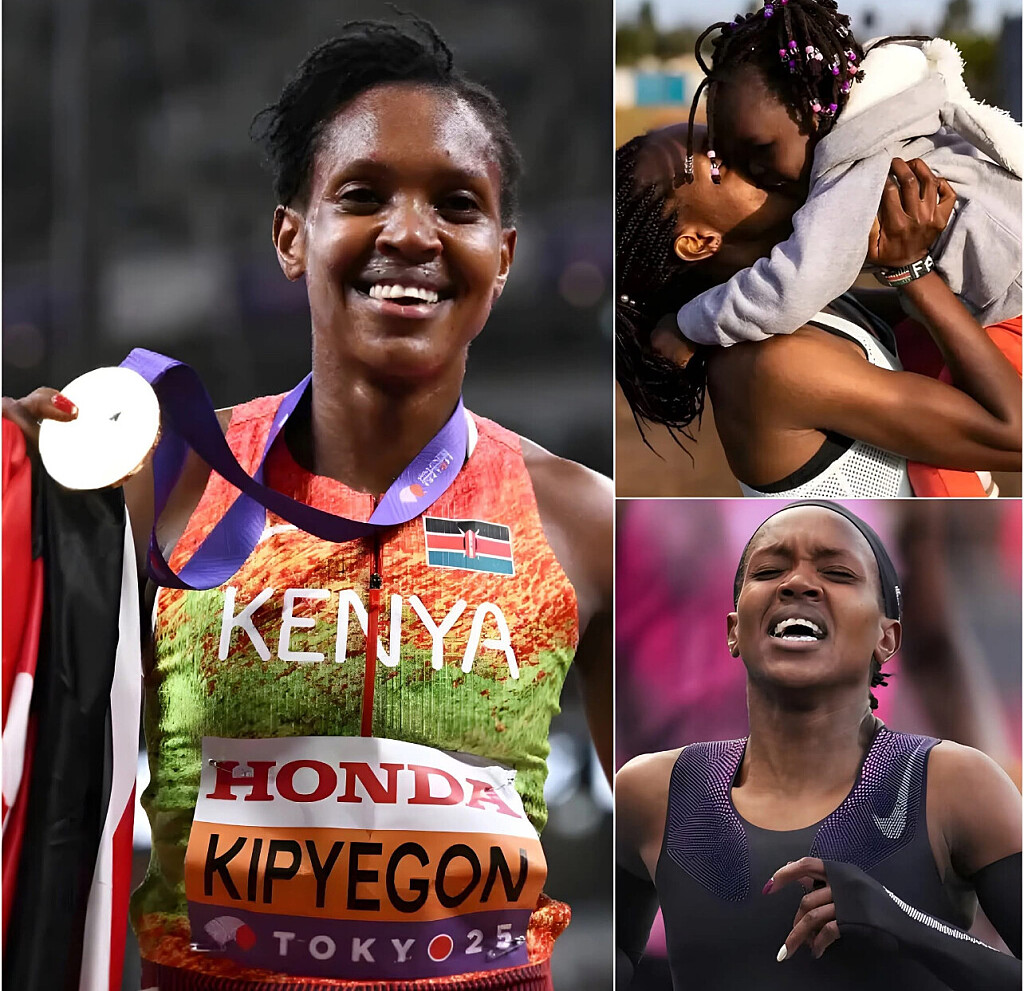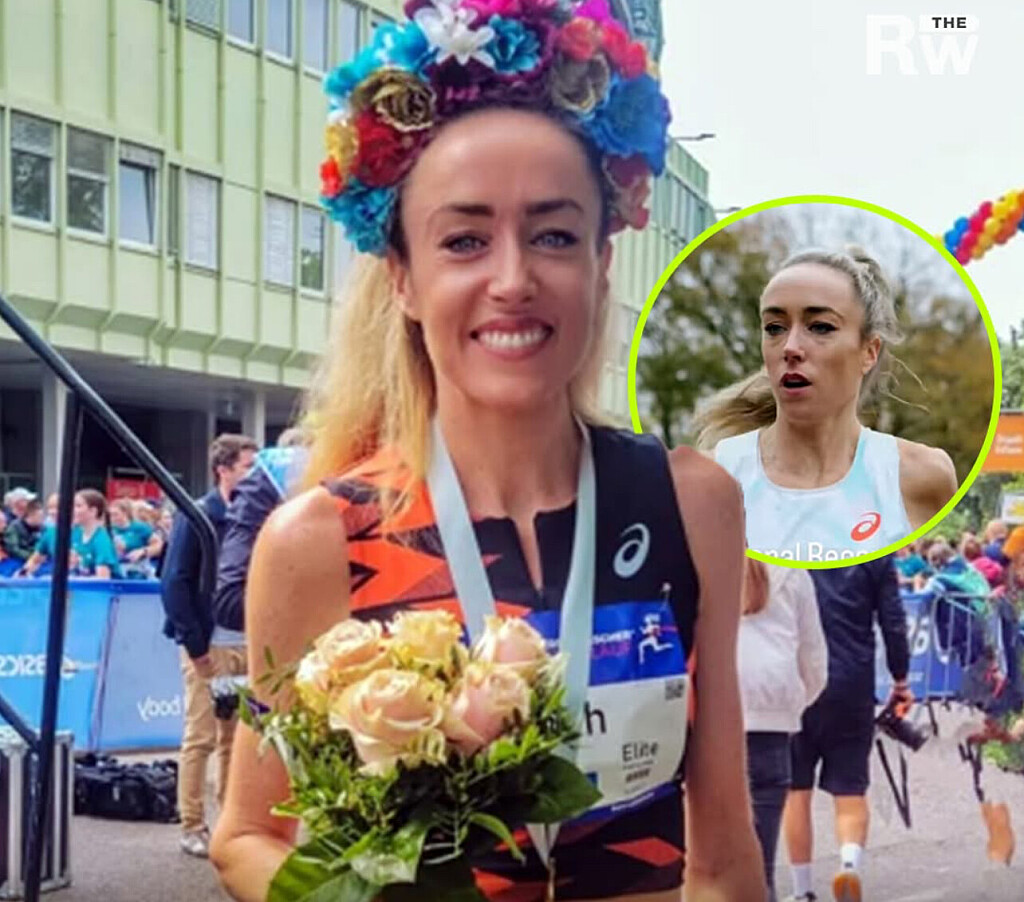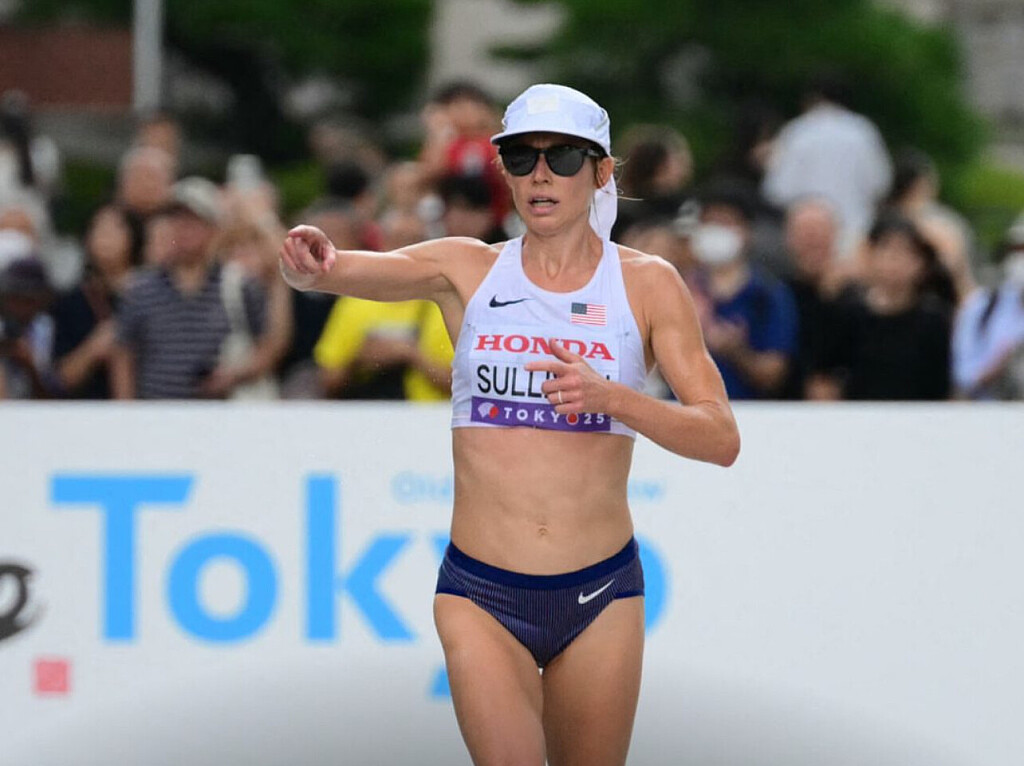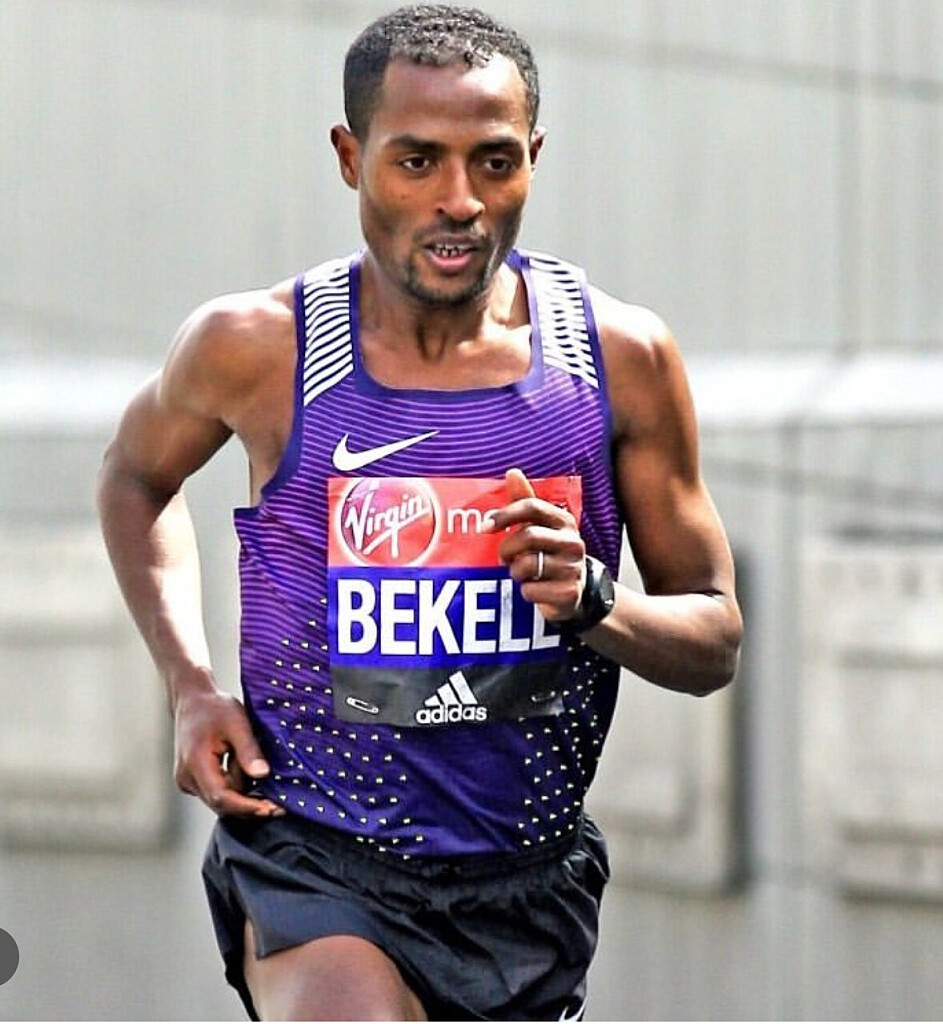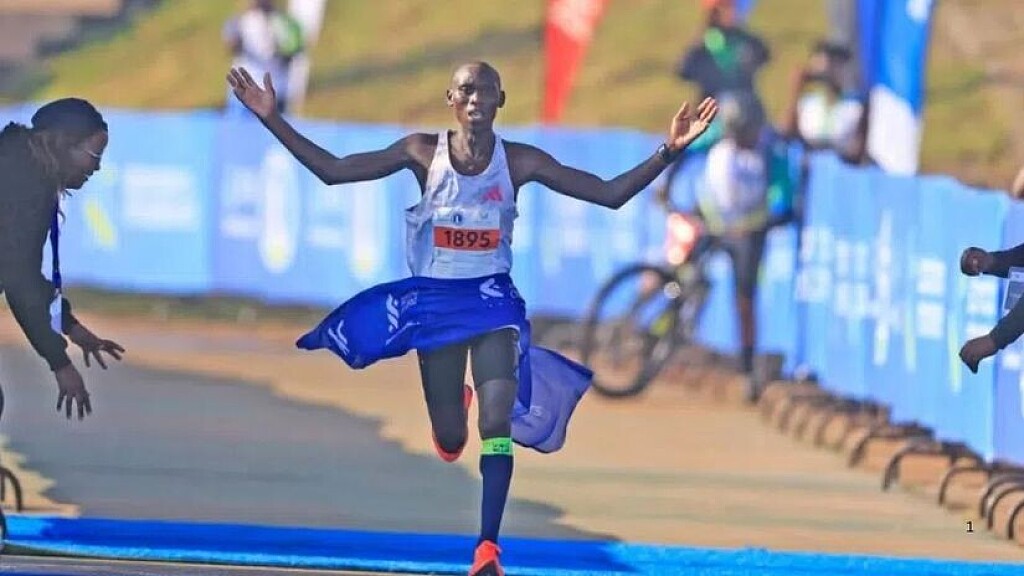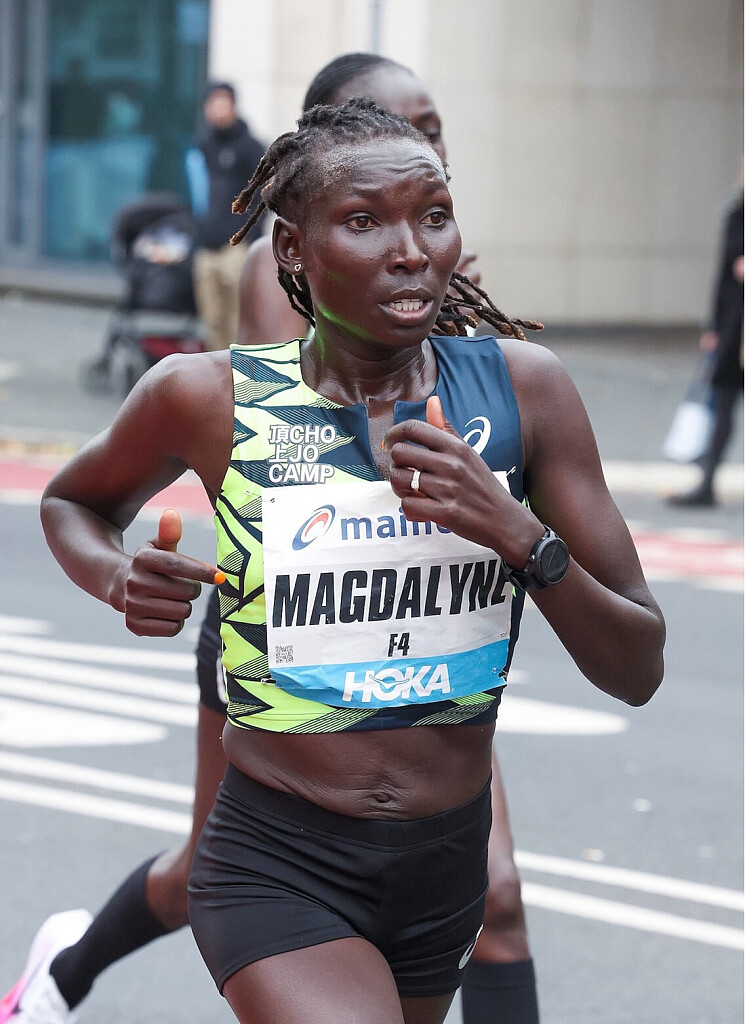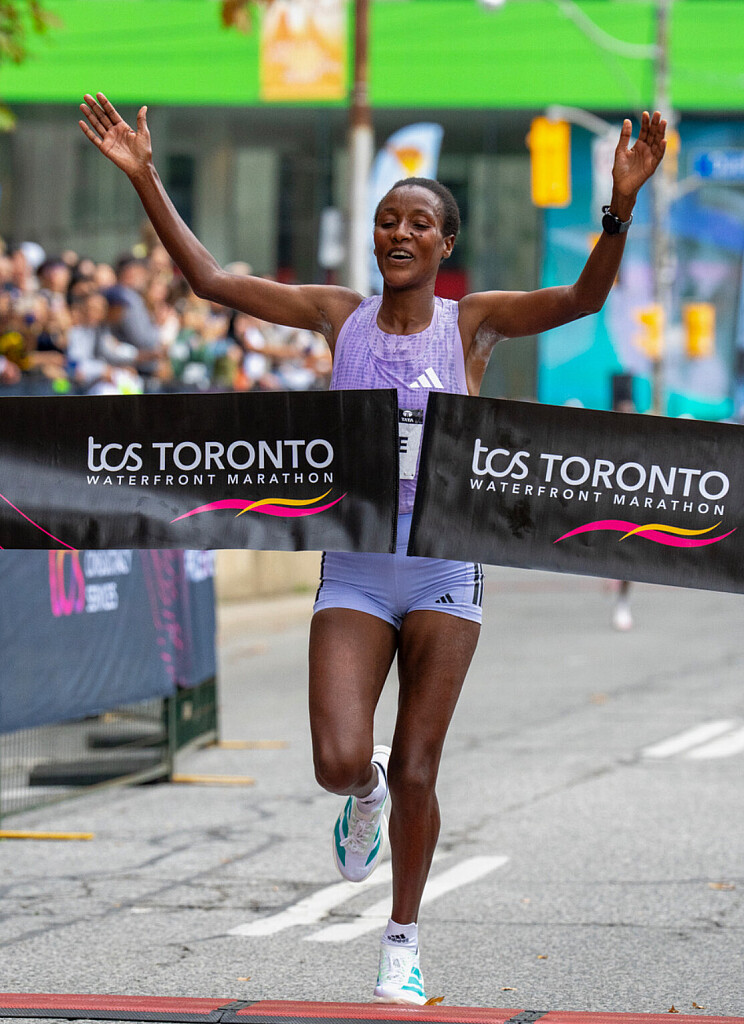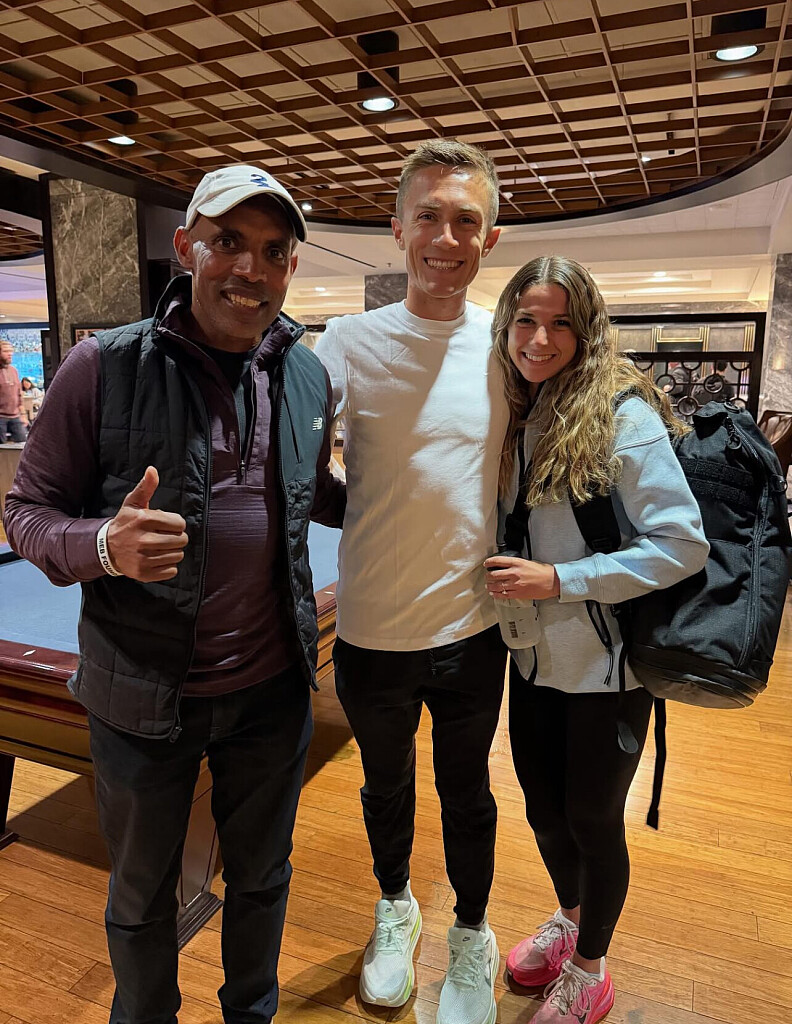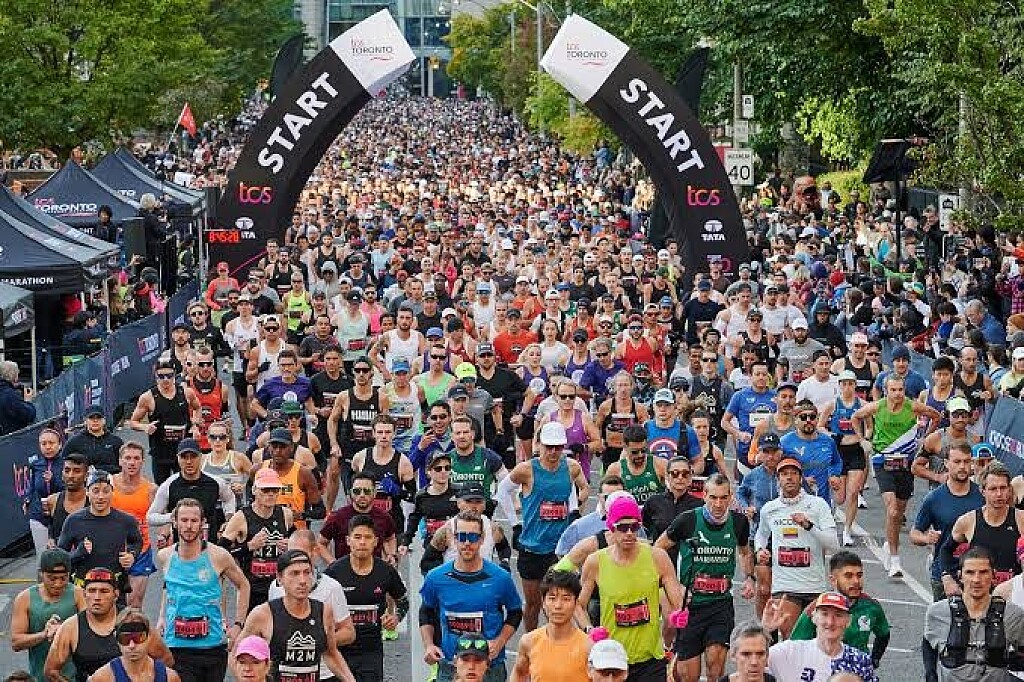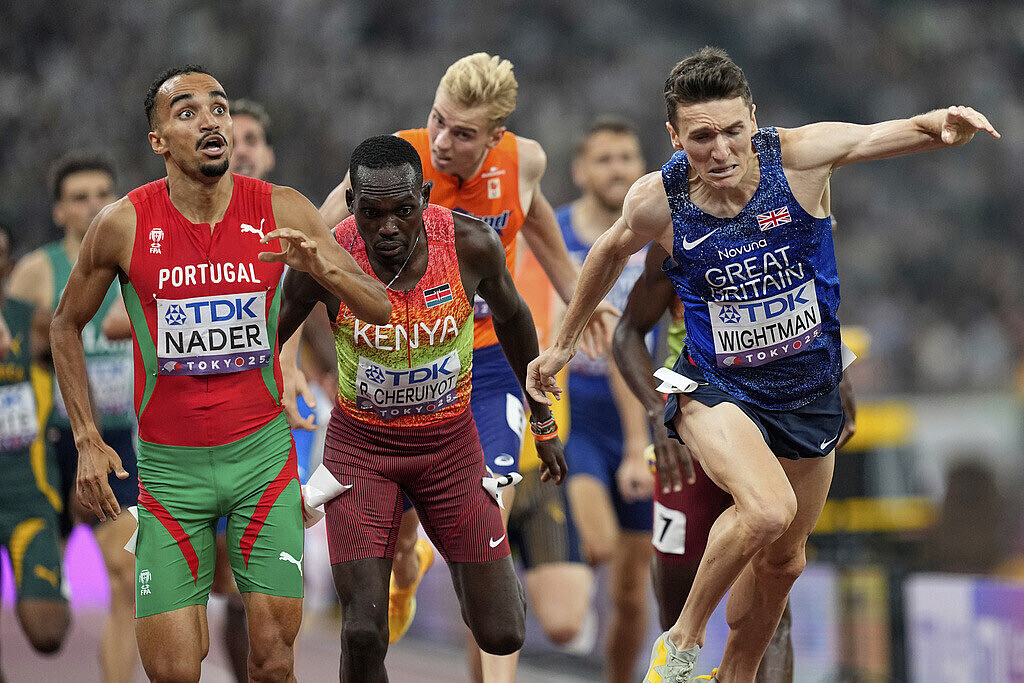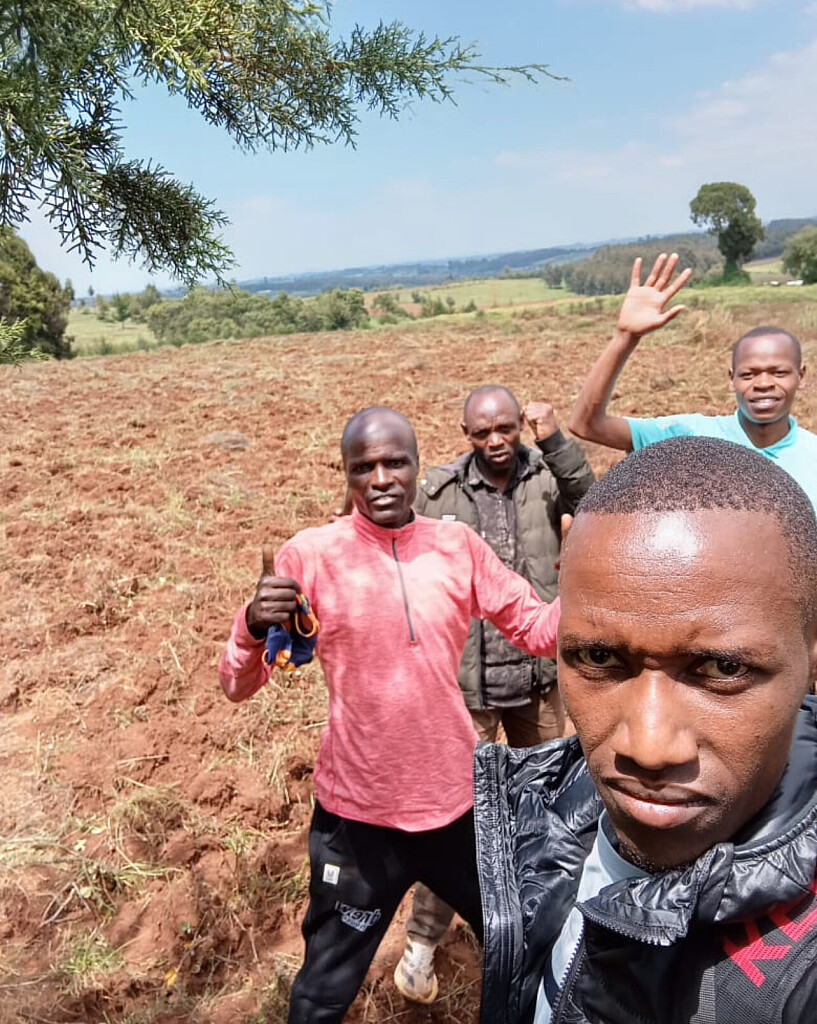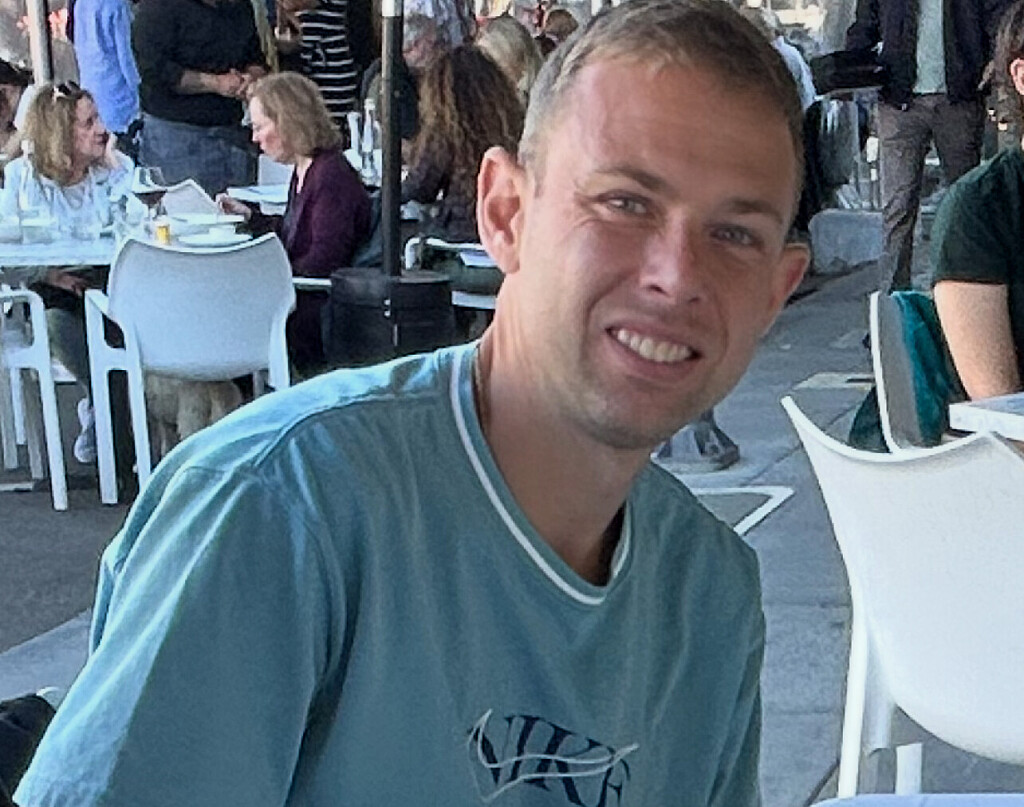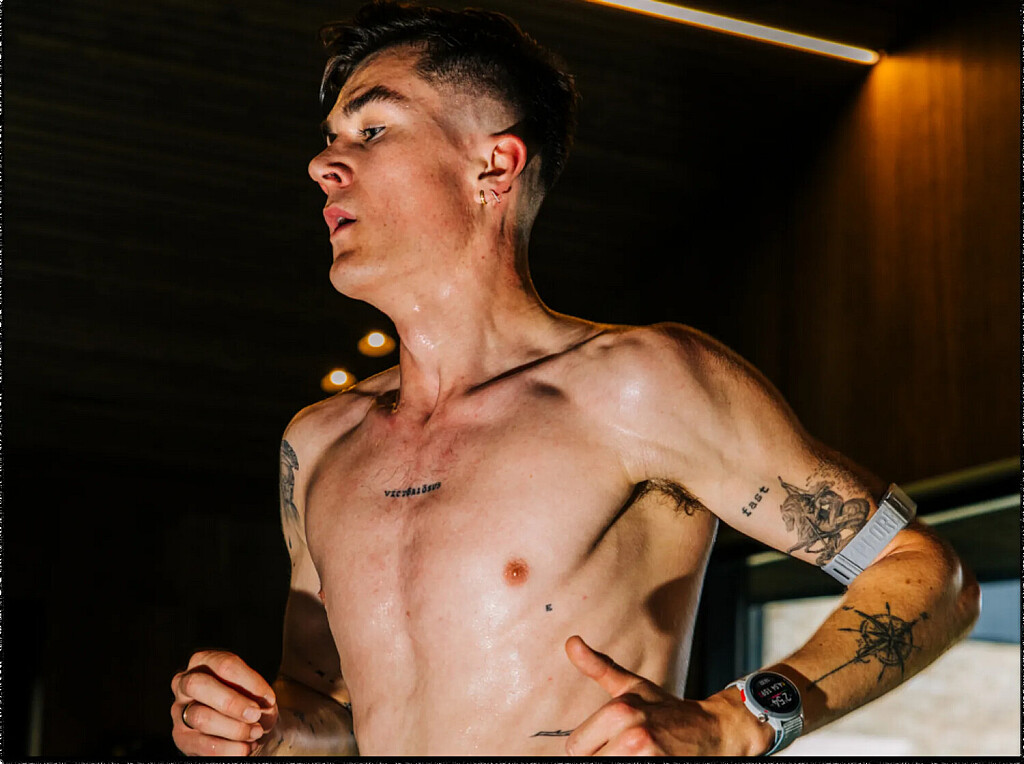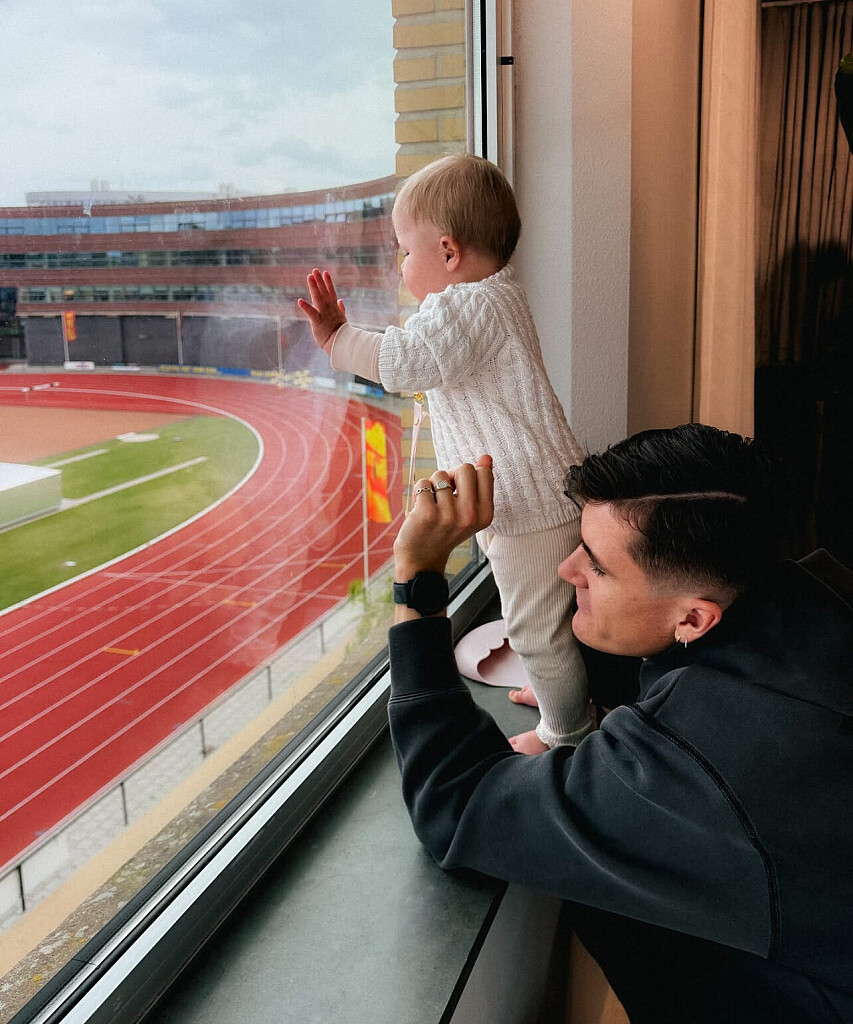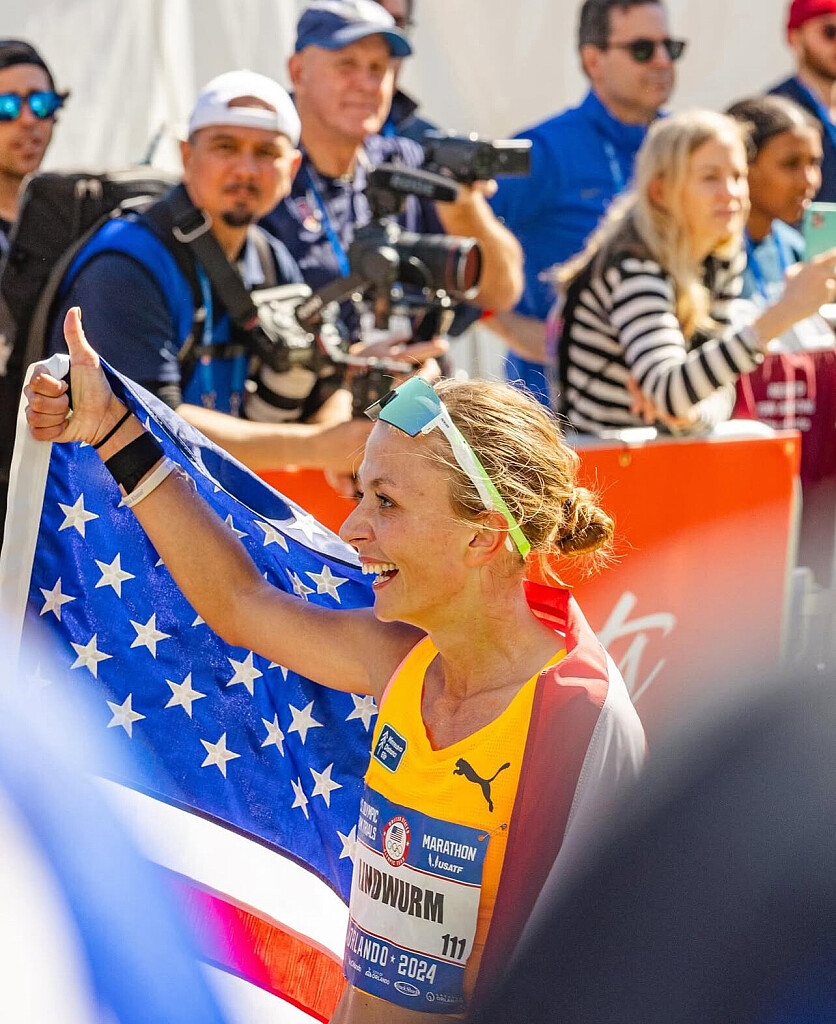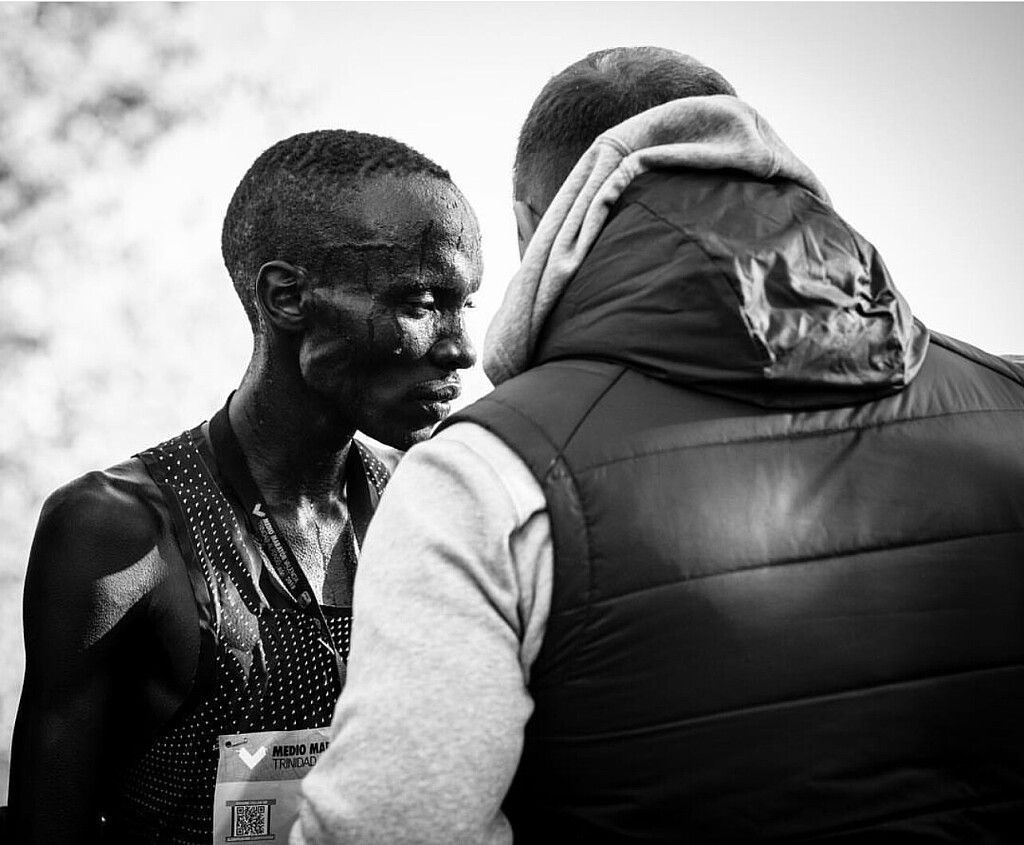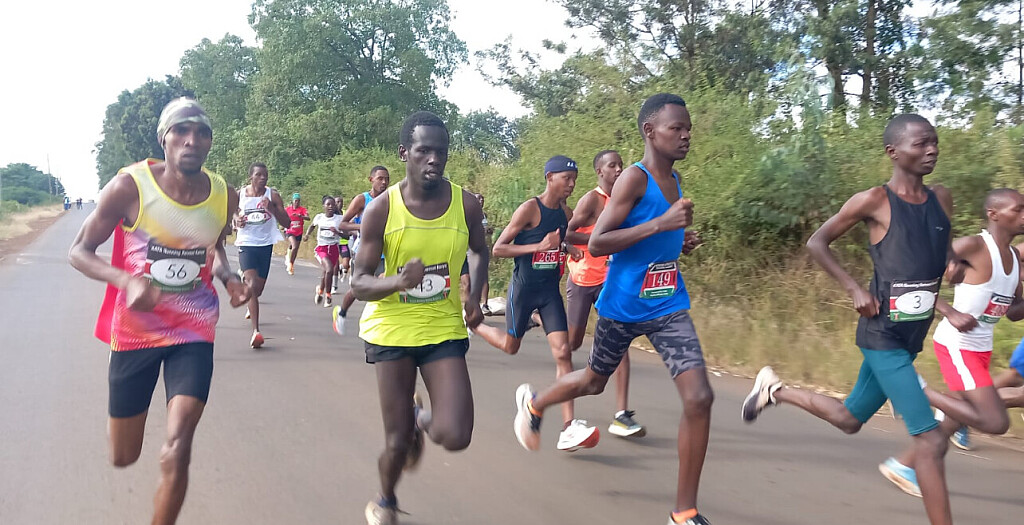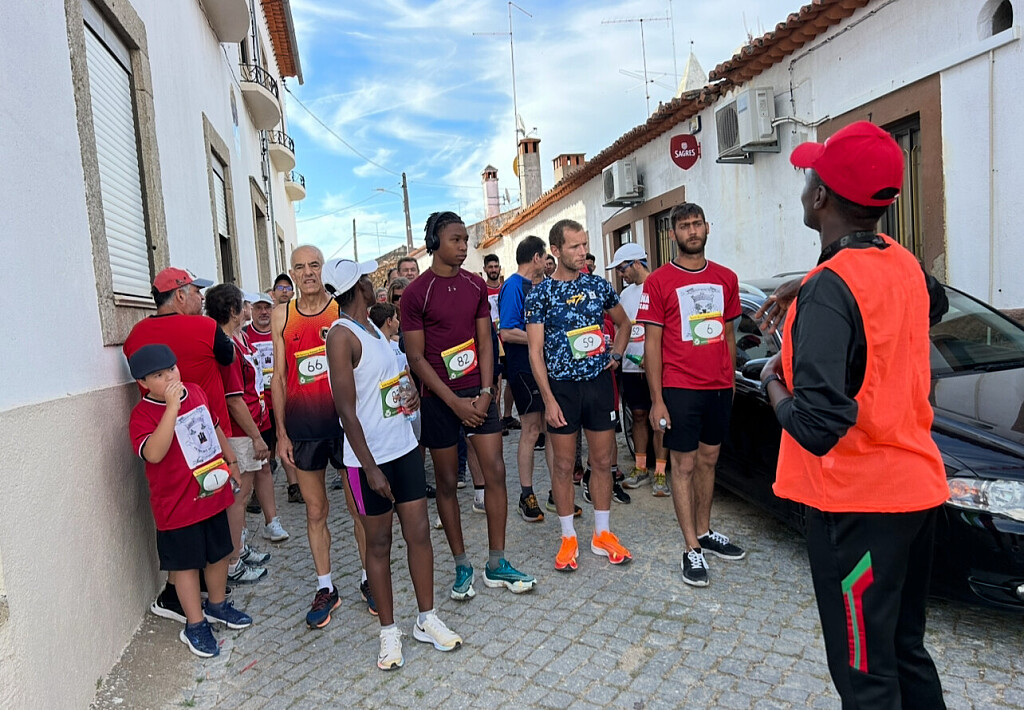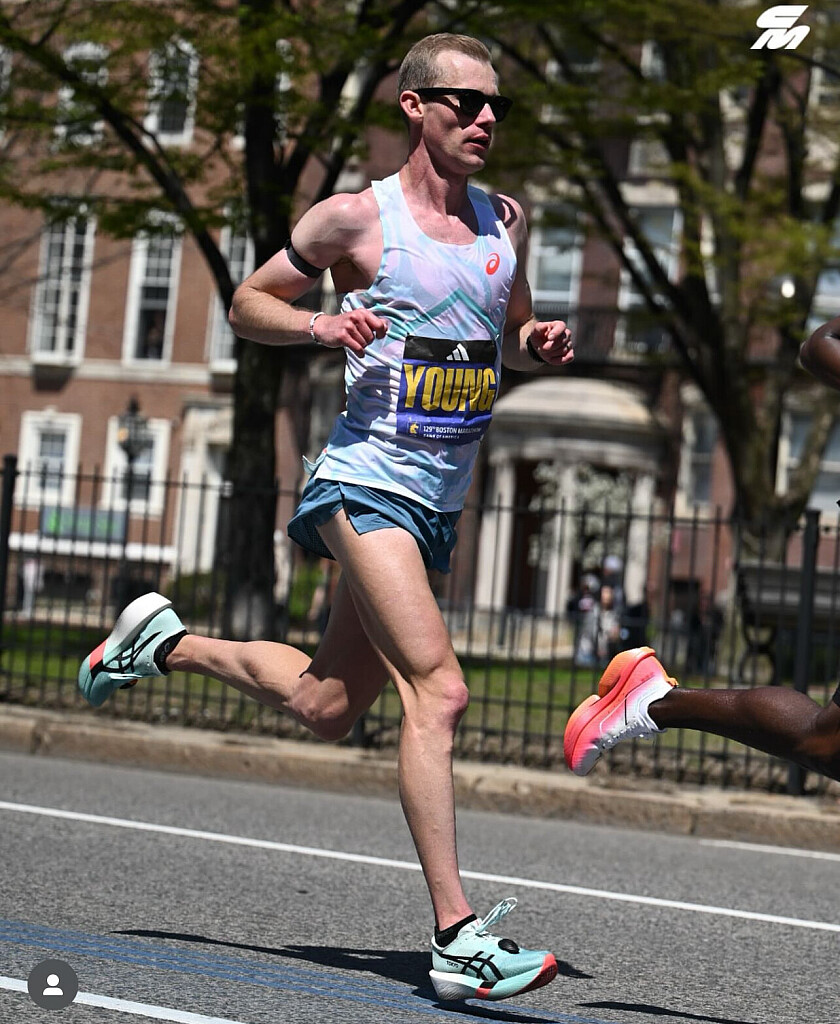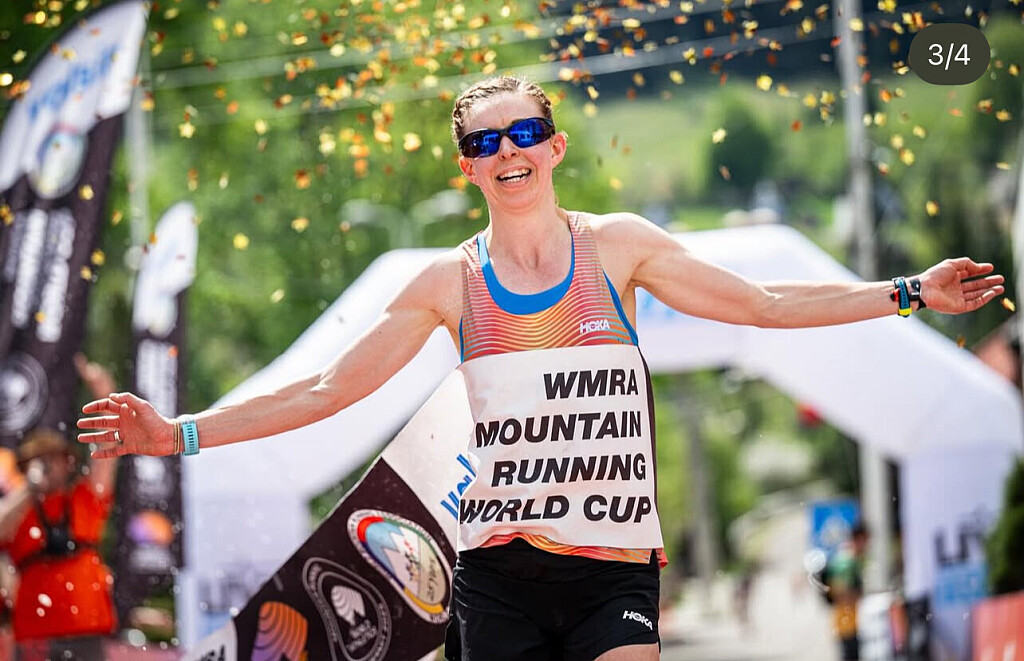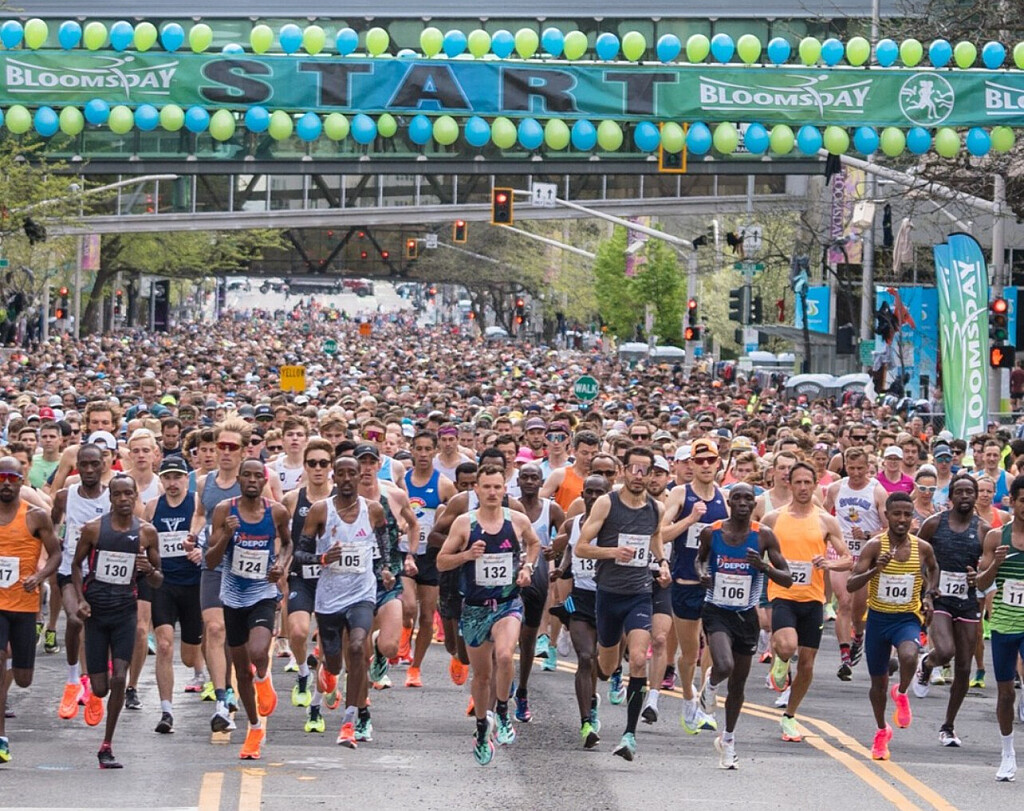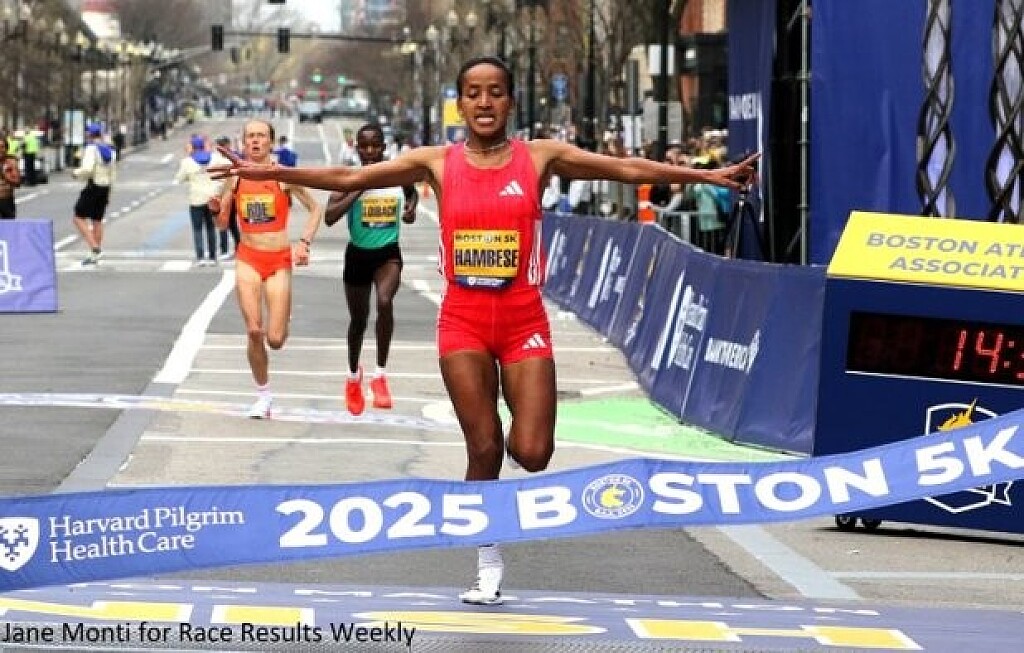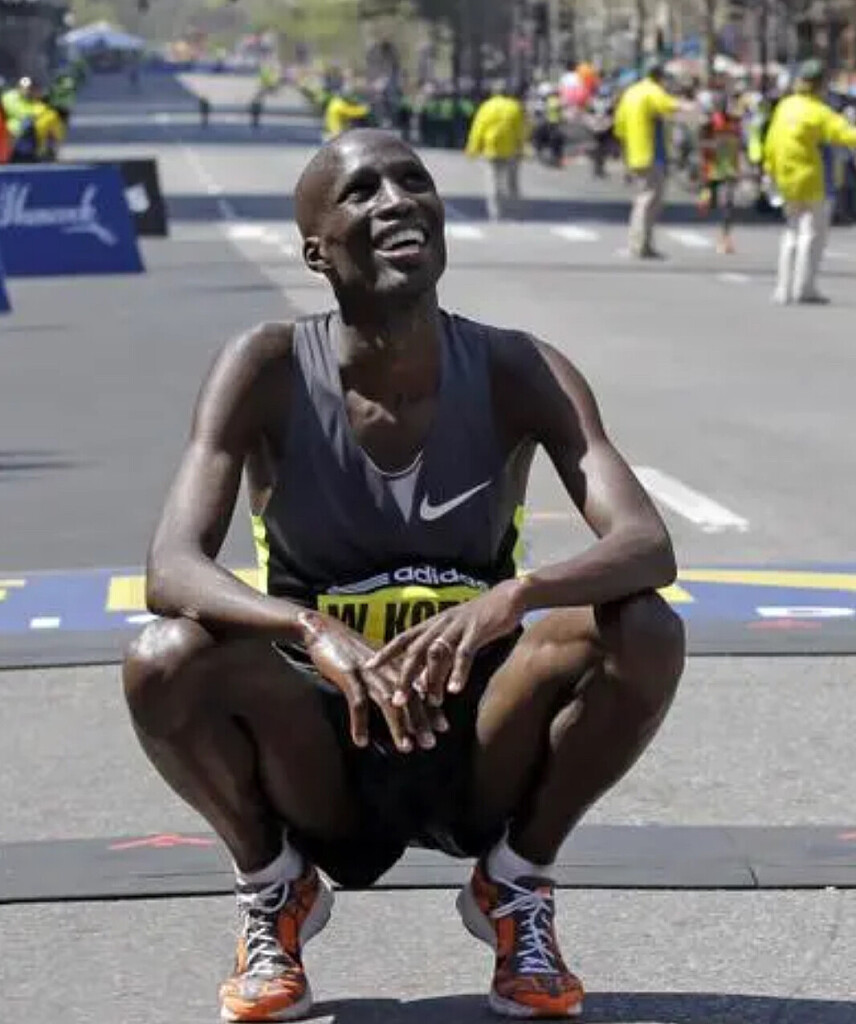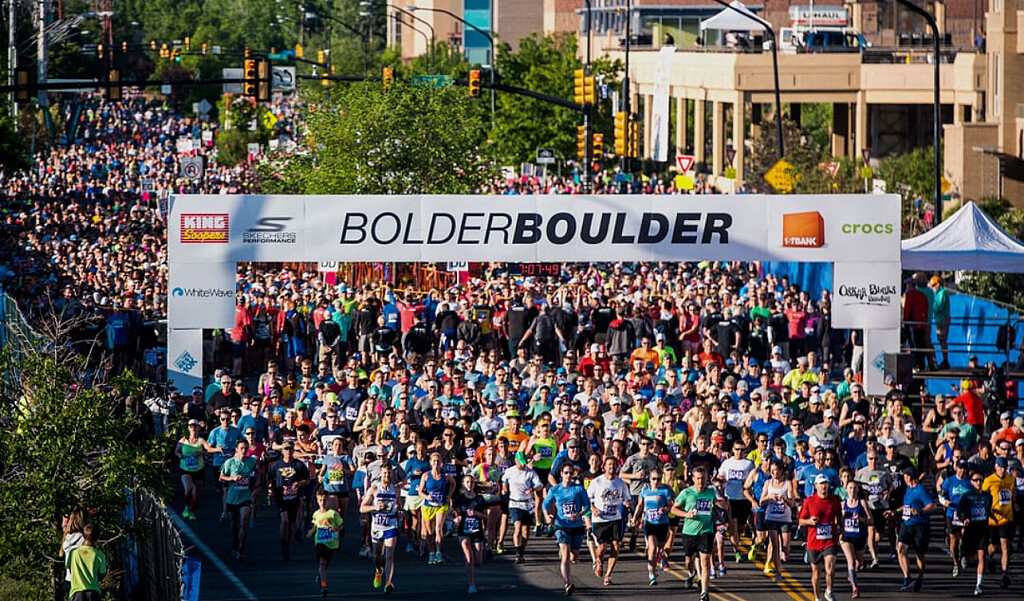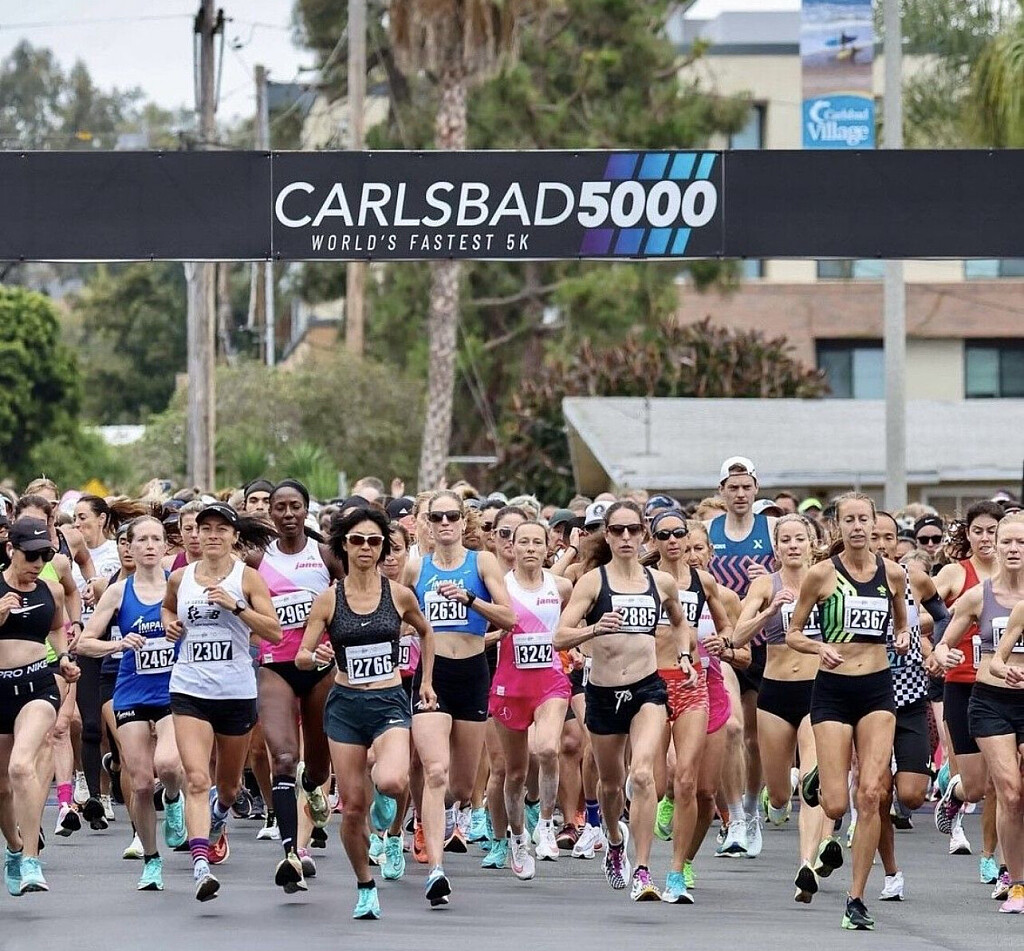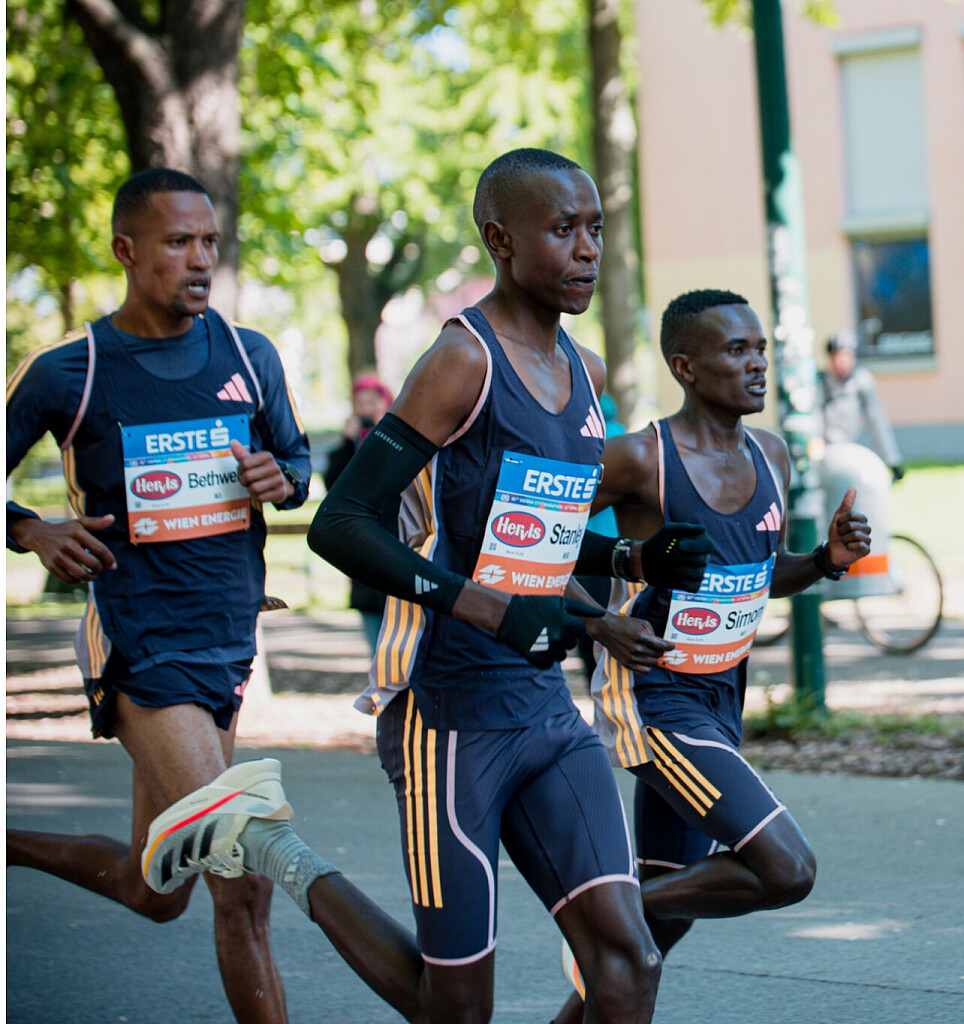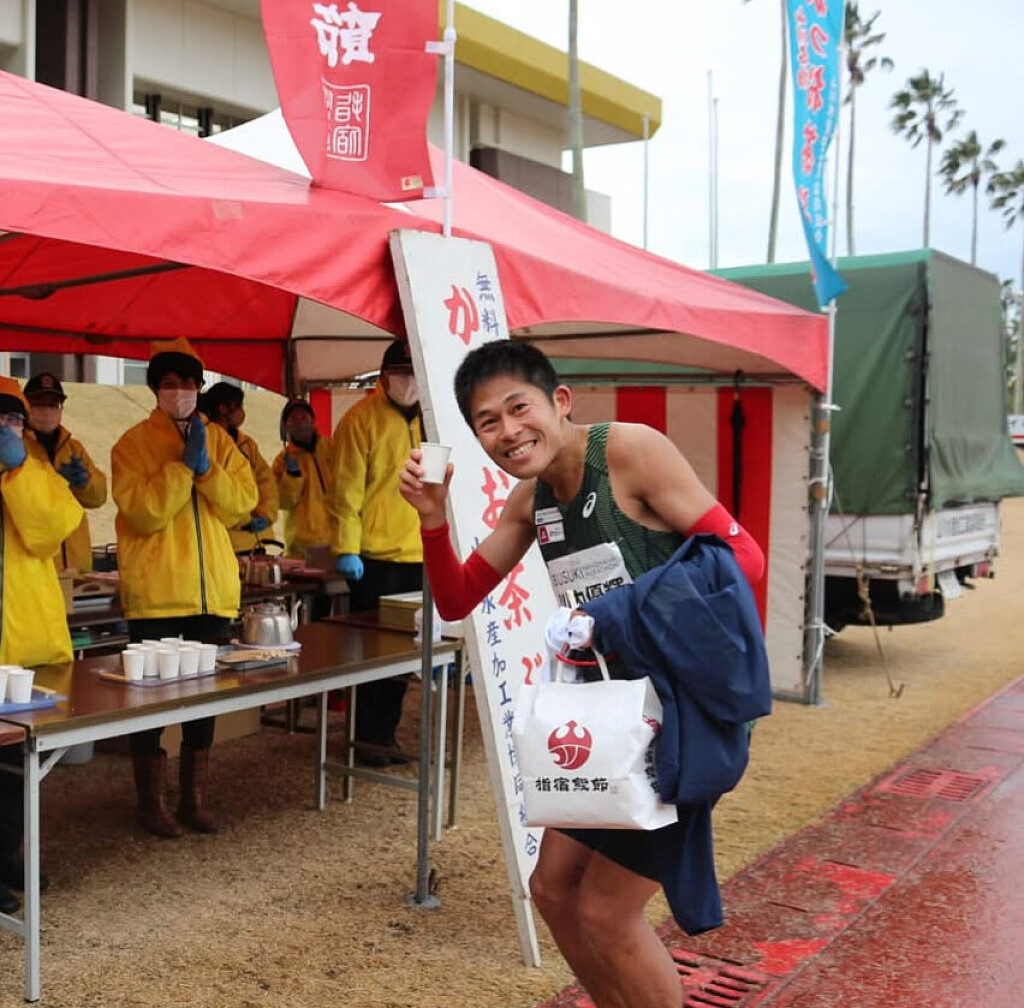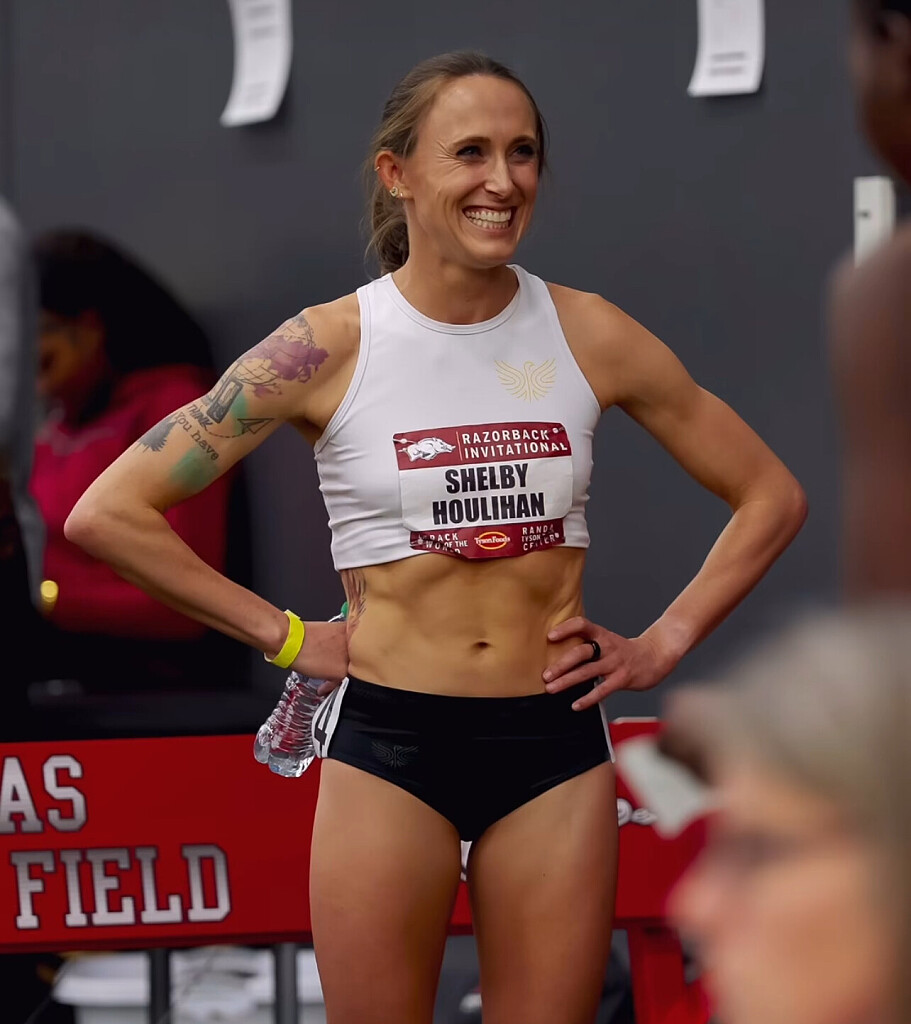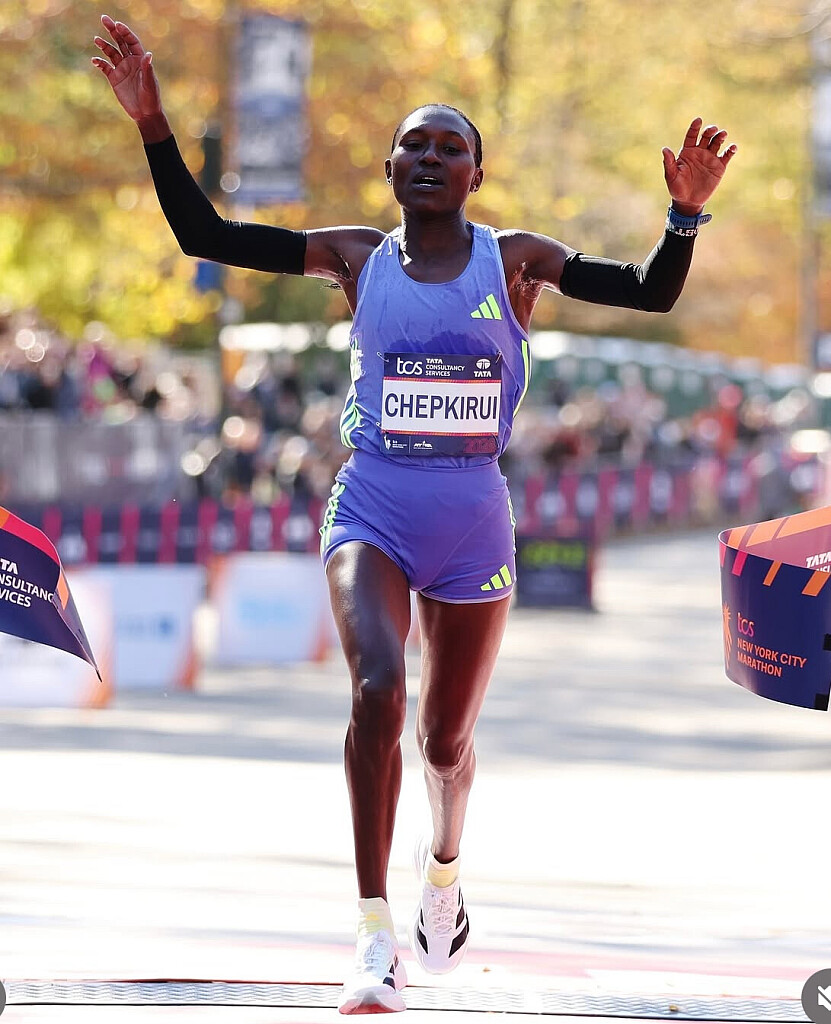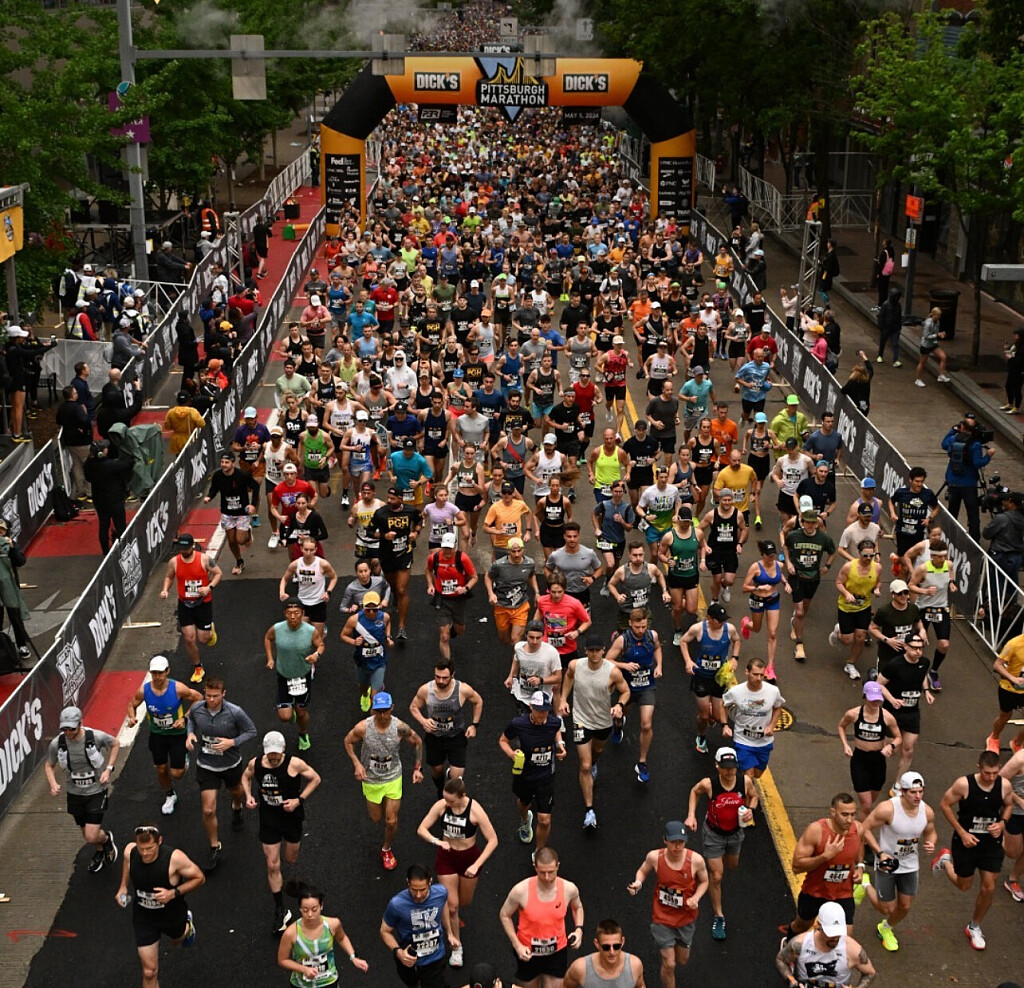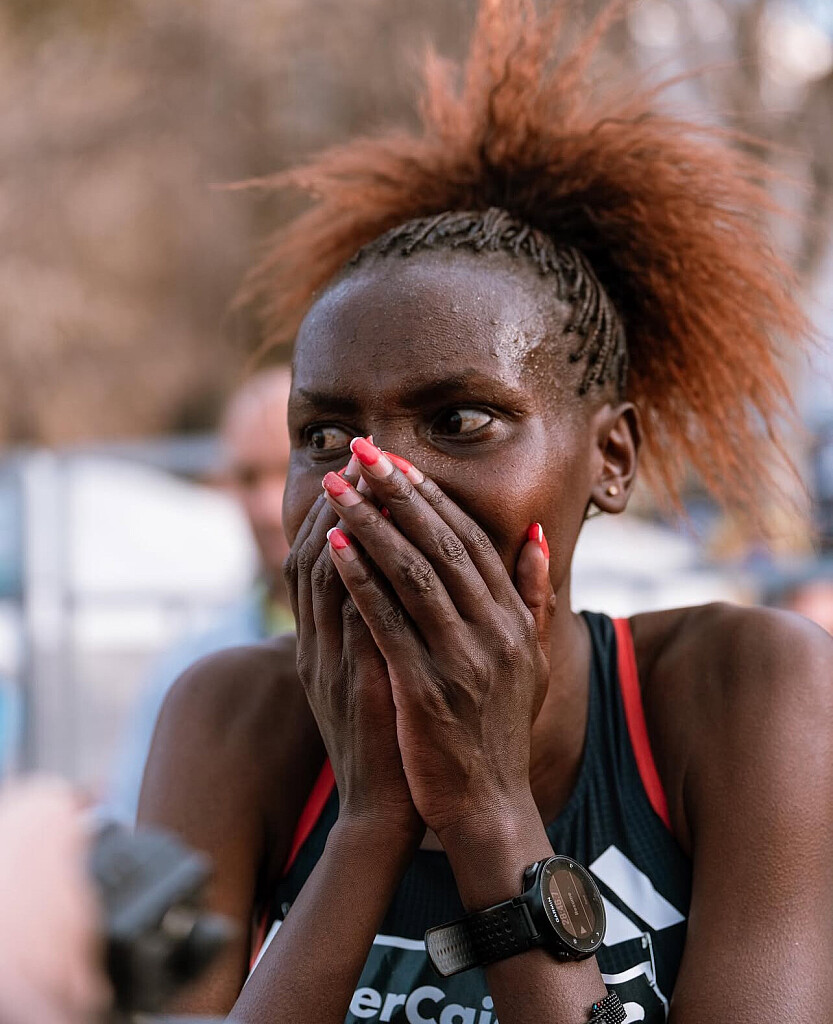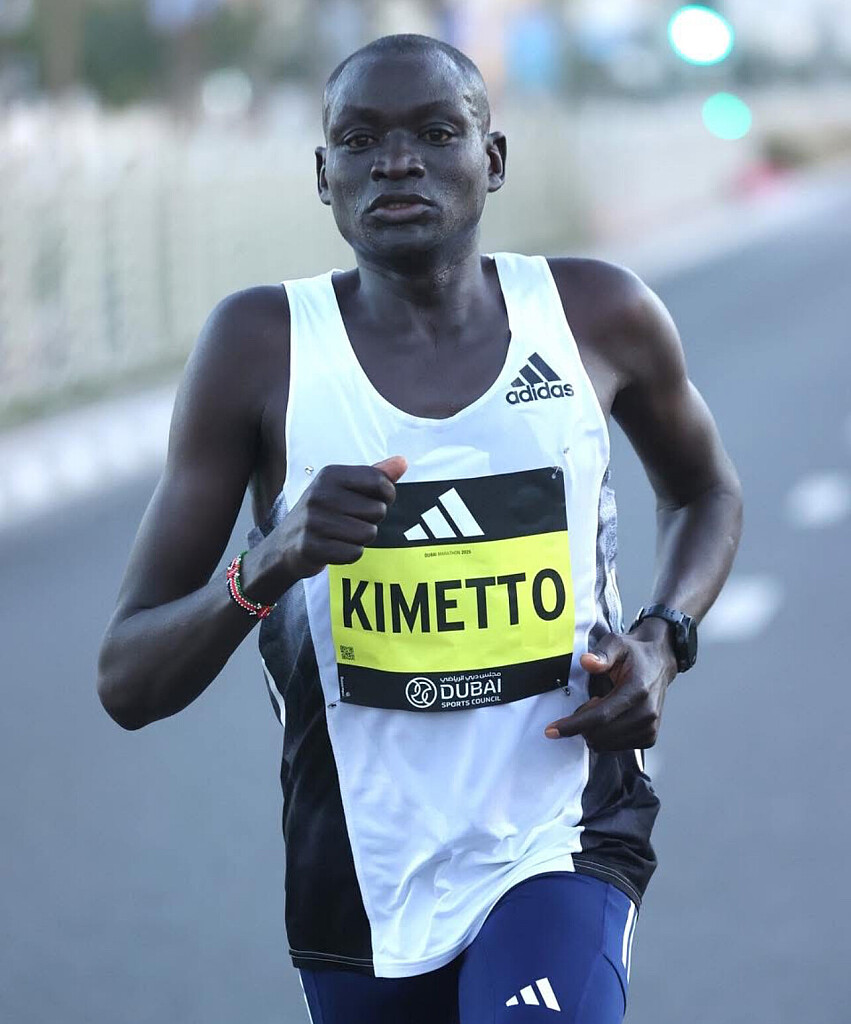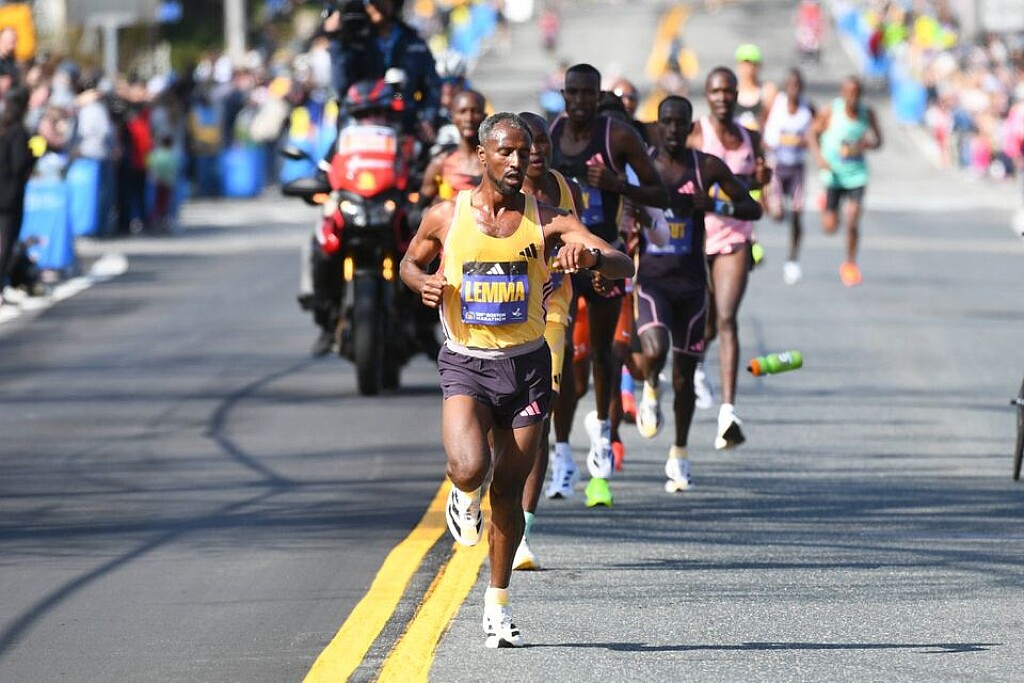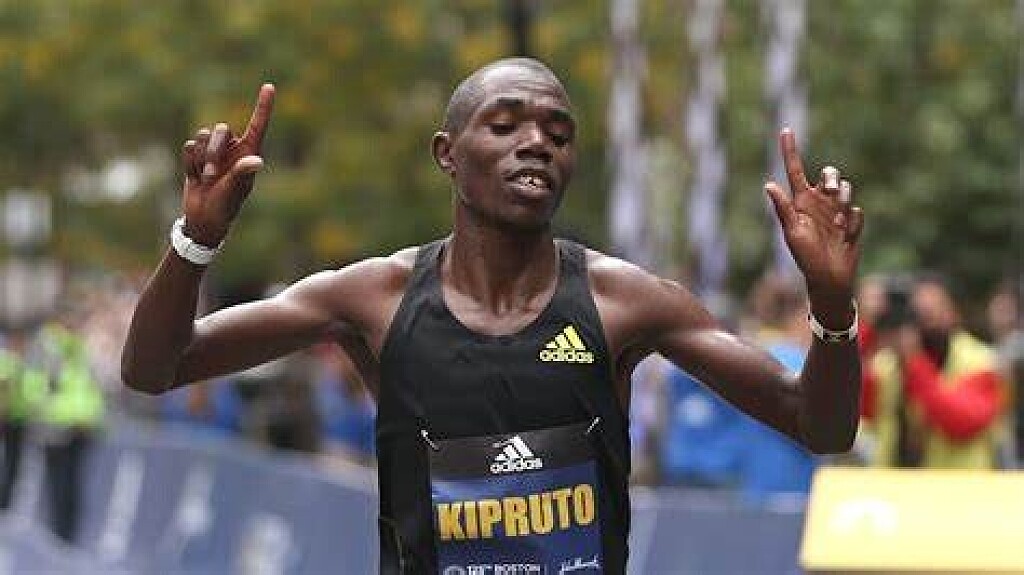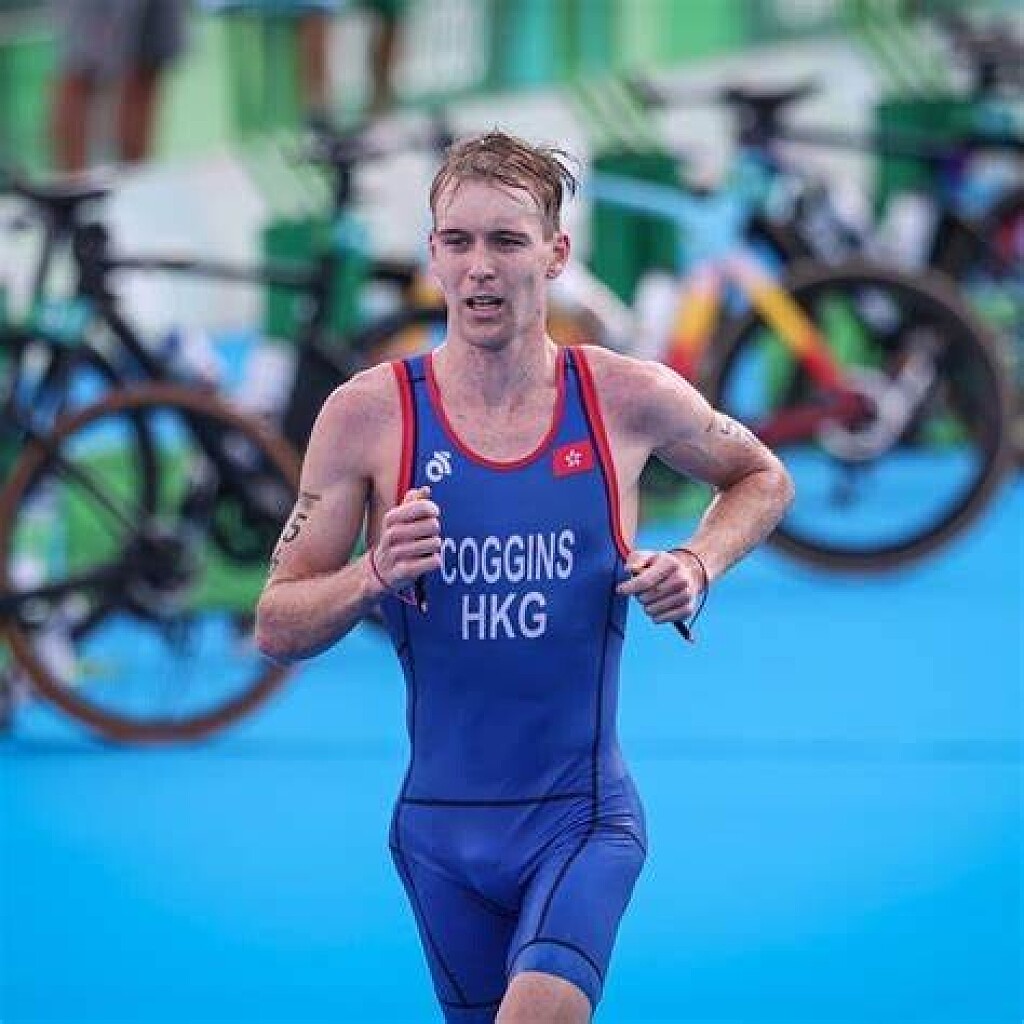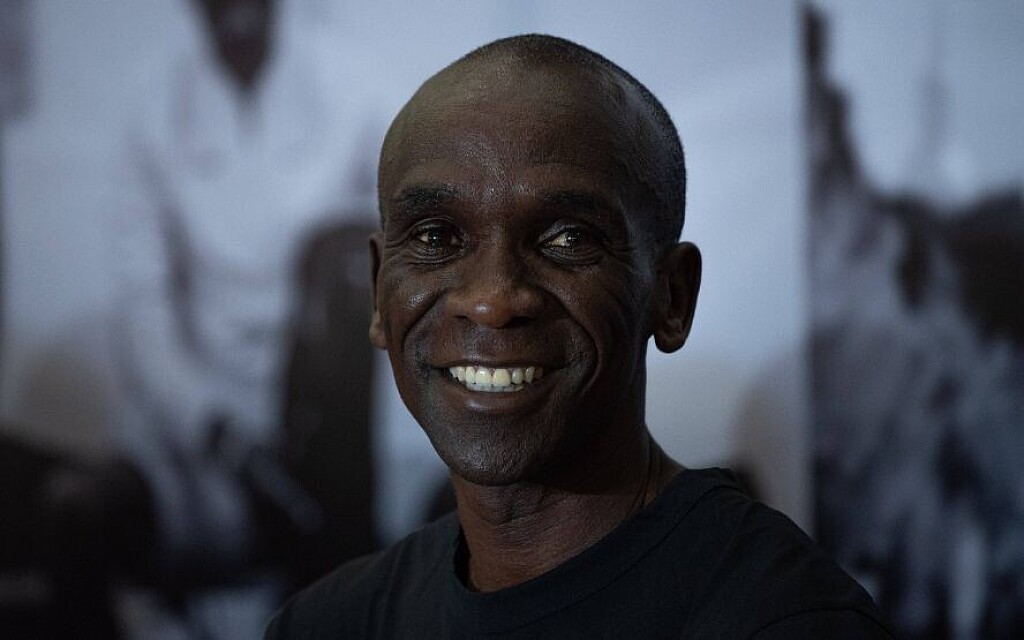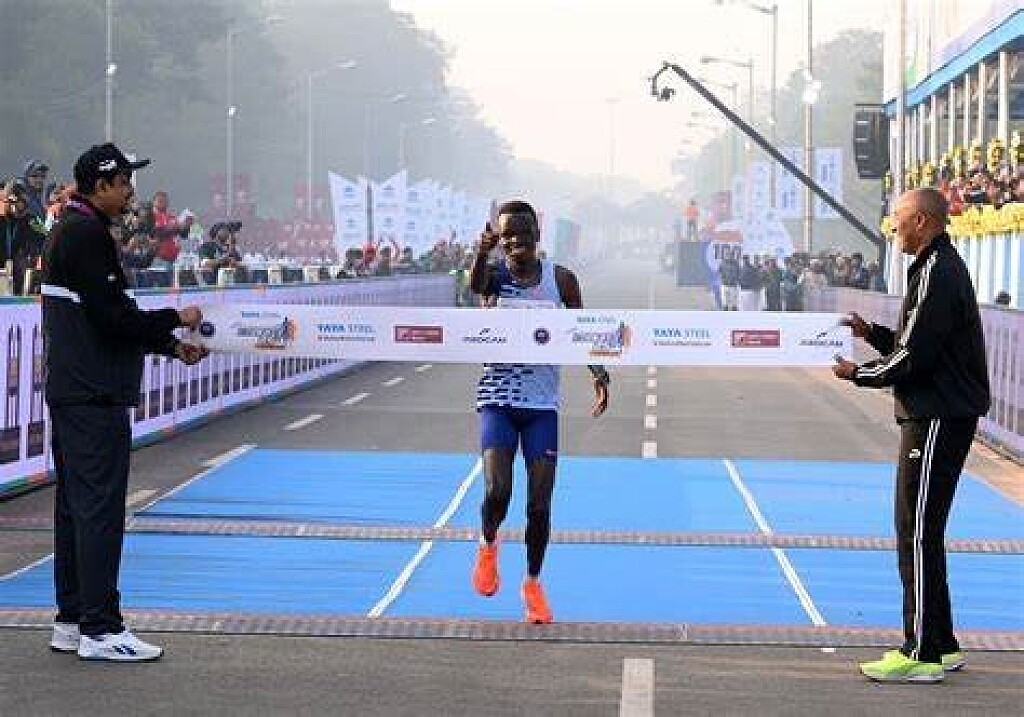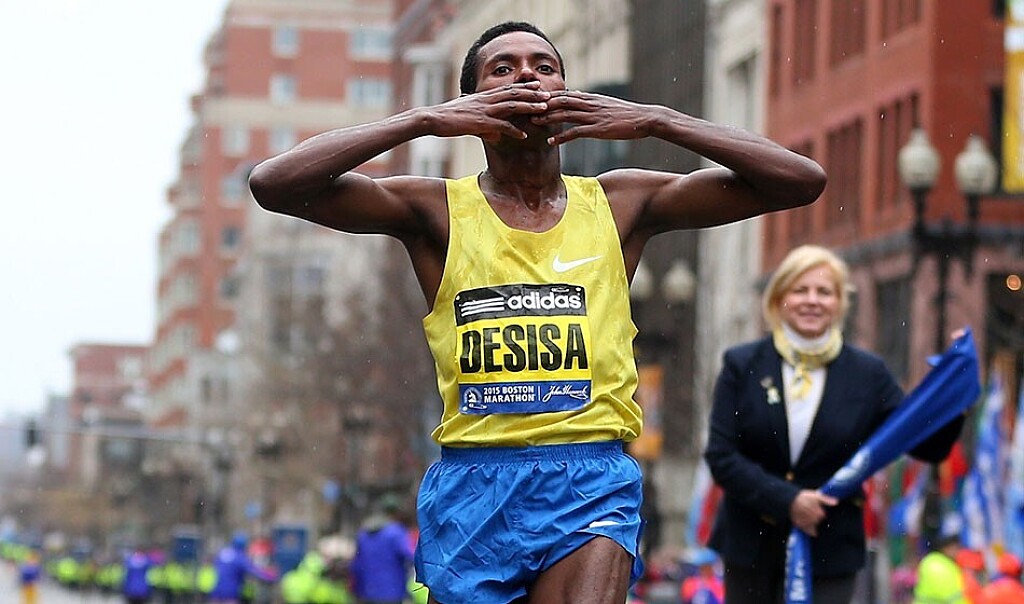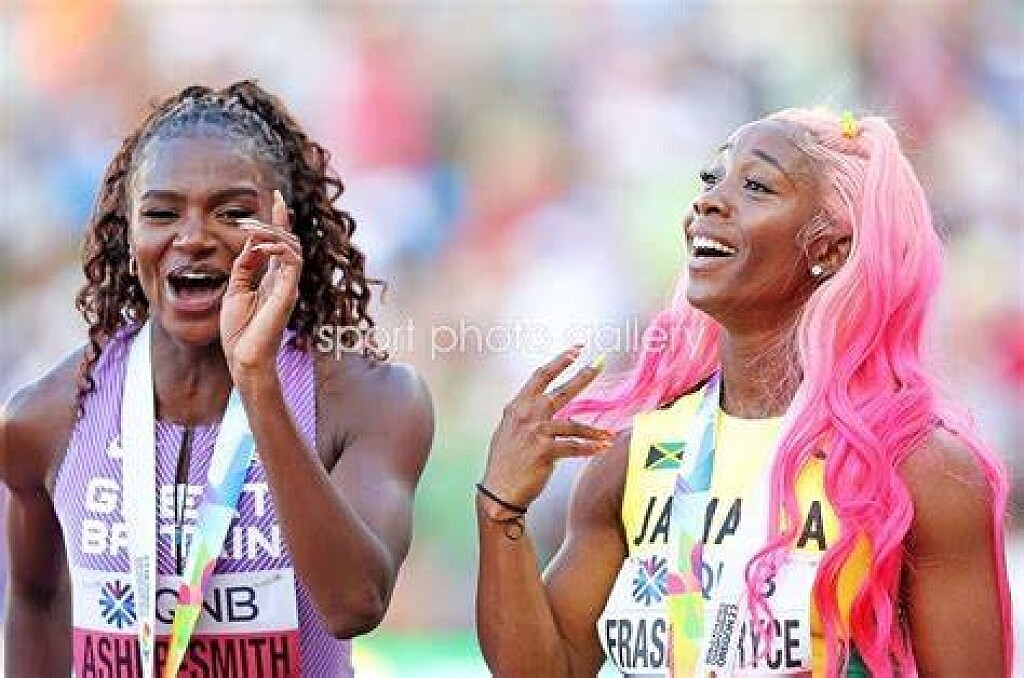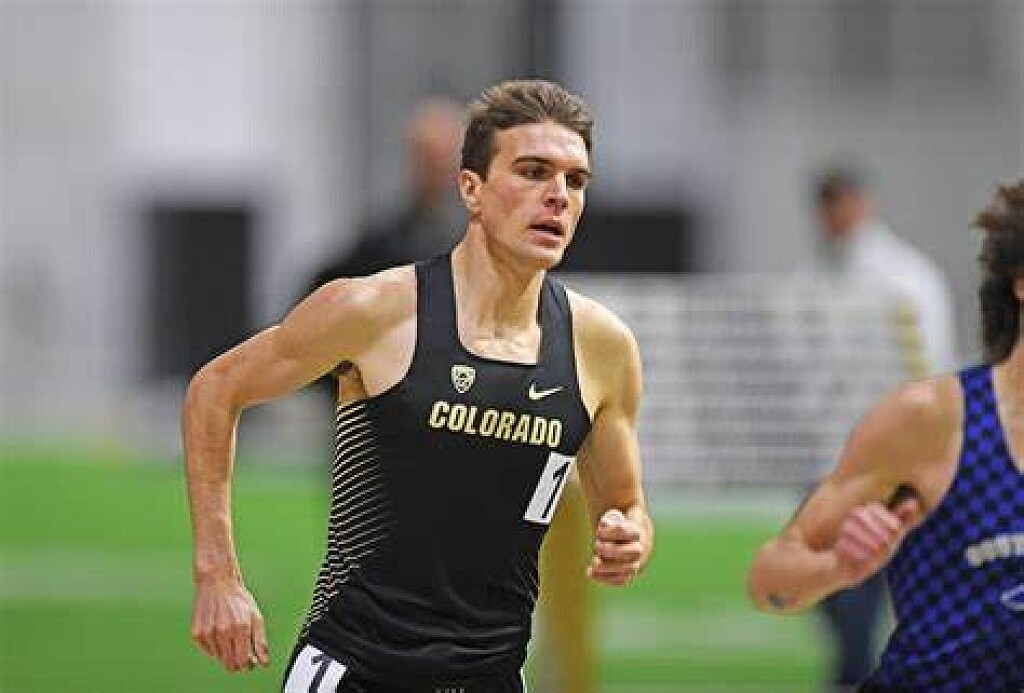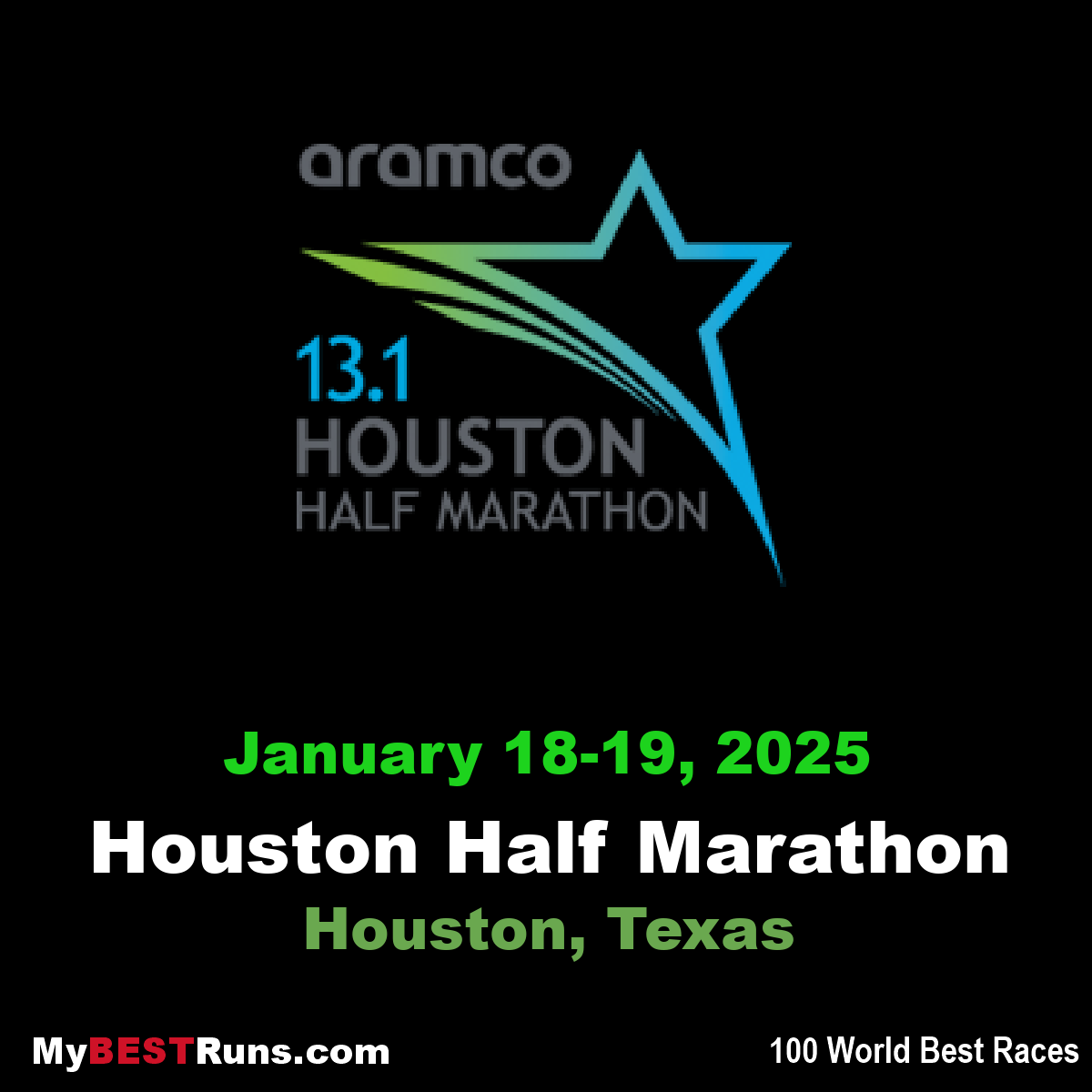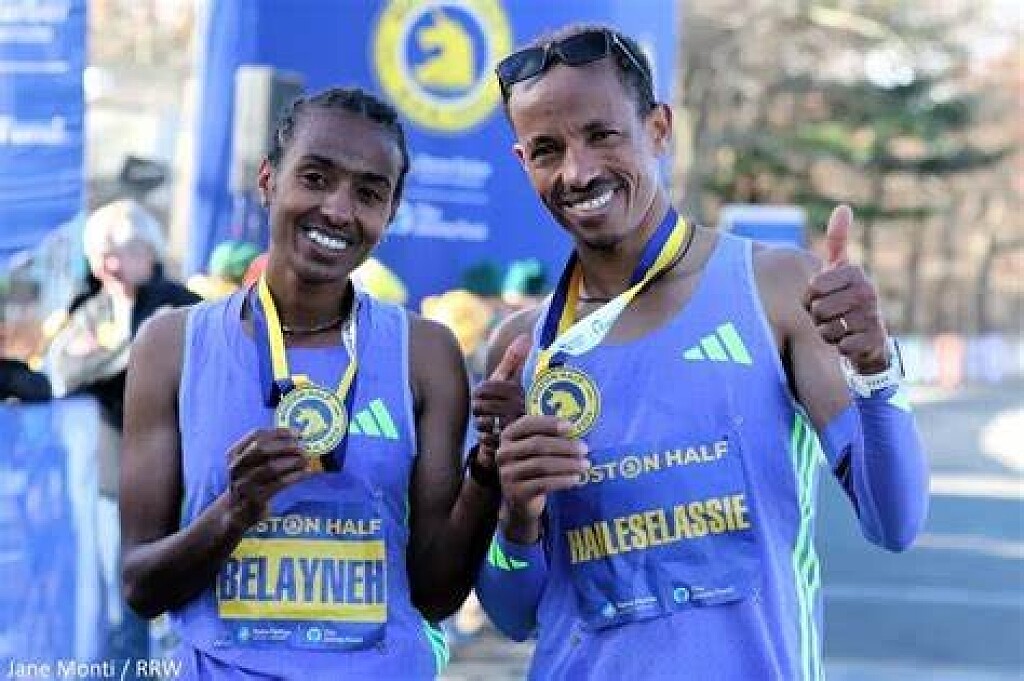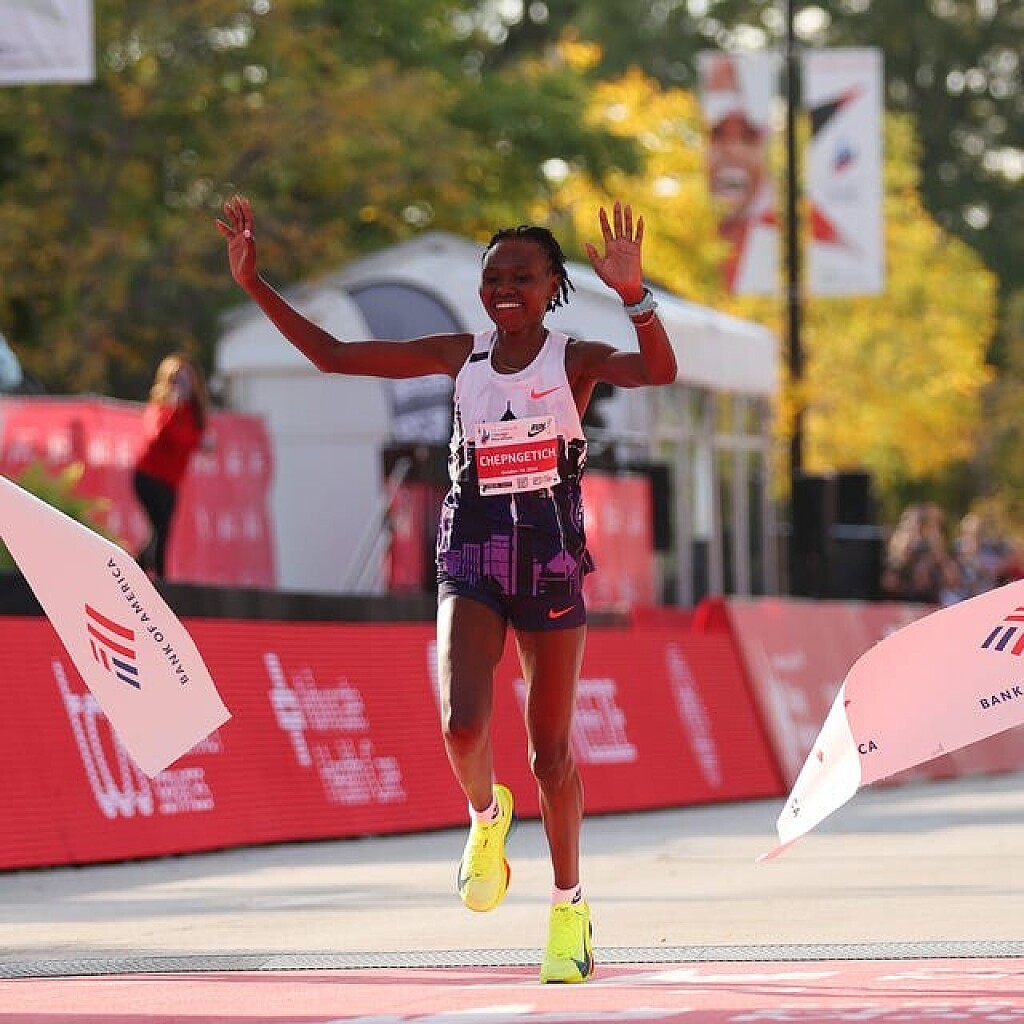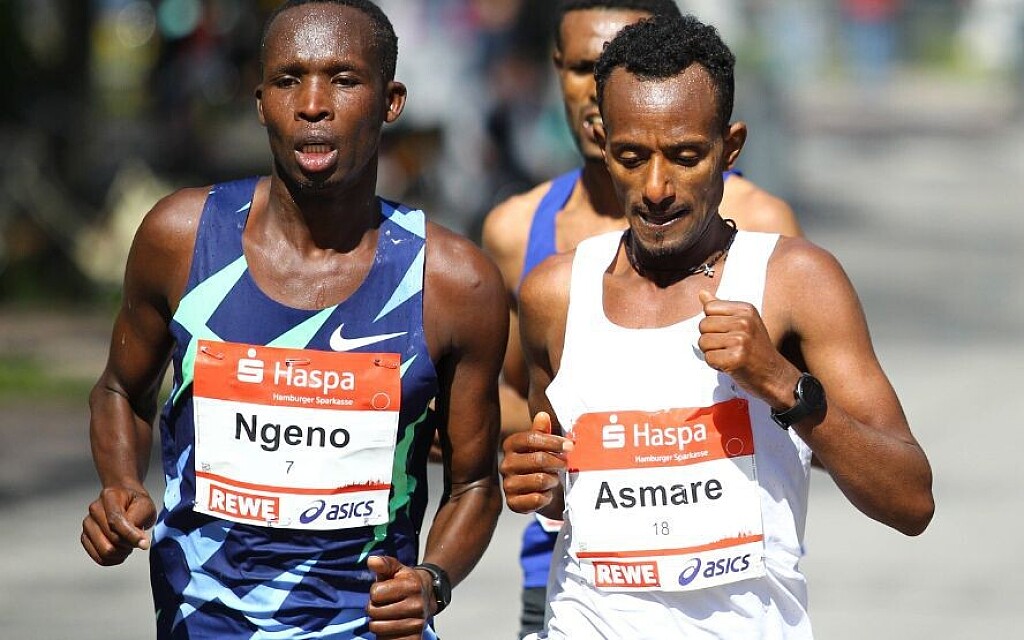Running News Daily
Running News Daily is edited by Bob Anderson. Send your news items to bob@mybestruns.com Advertising opportunities available. Train the Kenyan Way at KATA Kenya and Portugal owned and operated by Bob Anderson. Be sure to catch our movie A Long Run the movie KATA Running Camps and KATA Potato Farms - 31 now open in Kenya! https://kata.ke/
Index to Daily Posts · Sign Up For Updates · Run The World Feed
Articles tagged #Meb
Today's Running News
Faith Kipyegon: The Mother, the Champion, the Miracle
When Faith Kipyegon gave birth to her daughter in 2018, doctors advised her to take it slow—very slow. Heavy training, they cautioned, should wait at least two years. Most athletes would have accepted that timeline. But Faith Kipyegon is not like most athletes.
Just six months after becoming a mother, she laced up her spikes again.
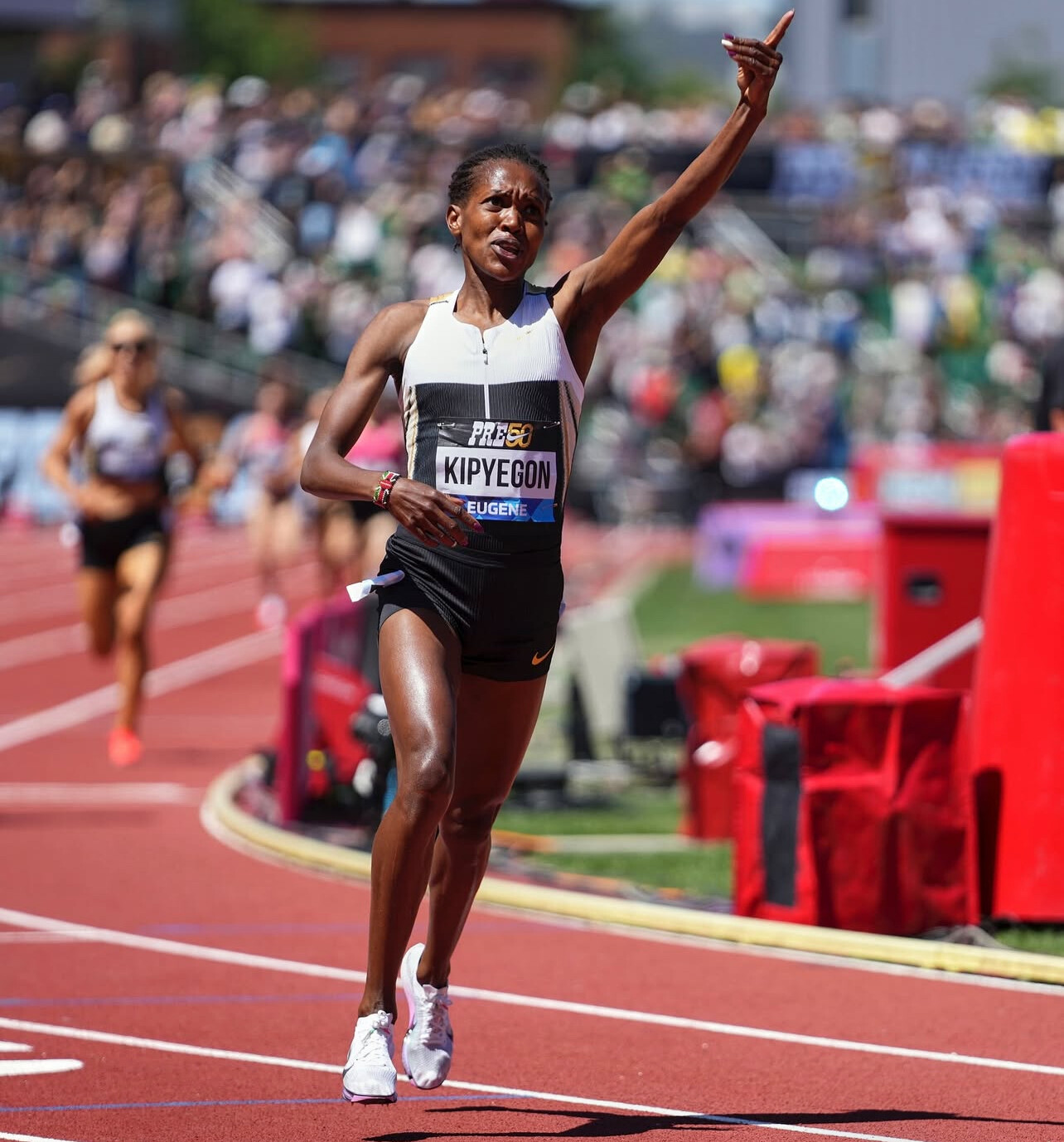
At first, it was simply to move, to feel the track beneath her feet. But soon, the quiet fire that defines the greatest champions began to burn again. What unfolded next is one of the most remarkable comeback stories in modern athletics.
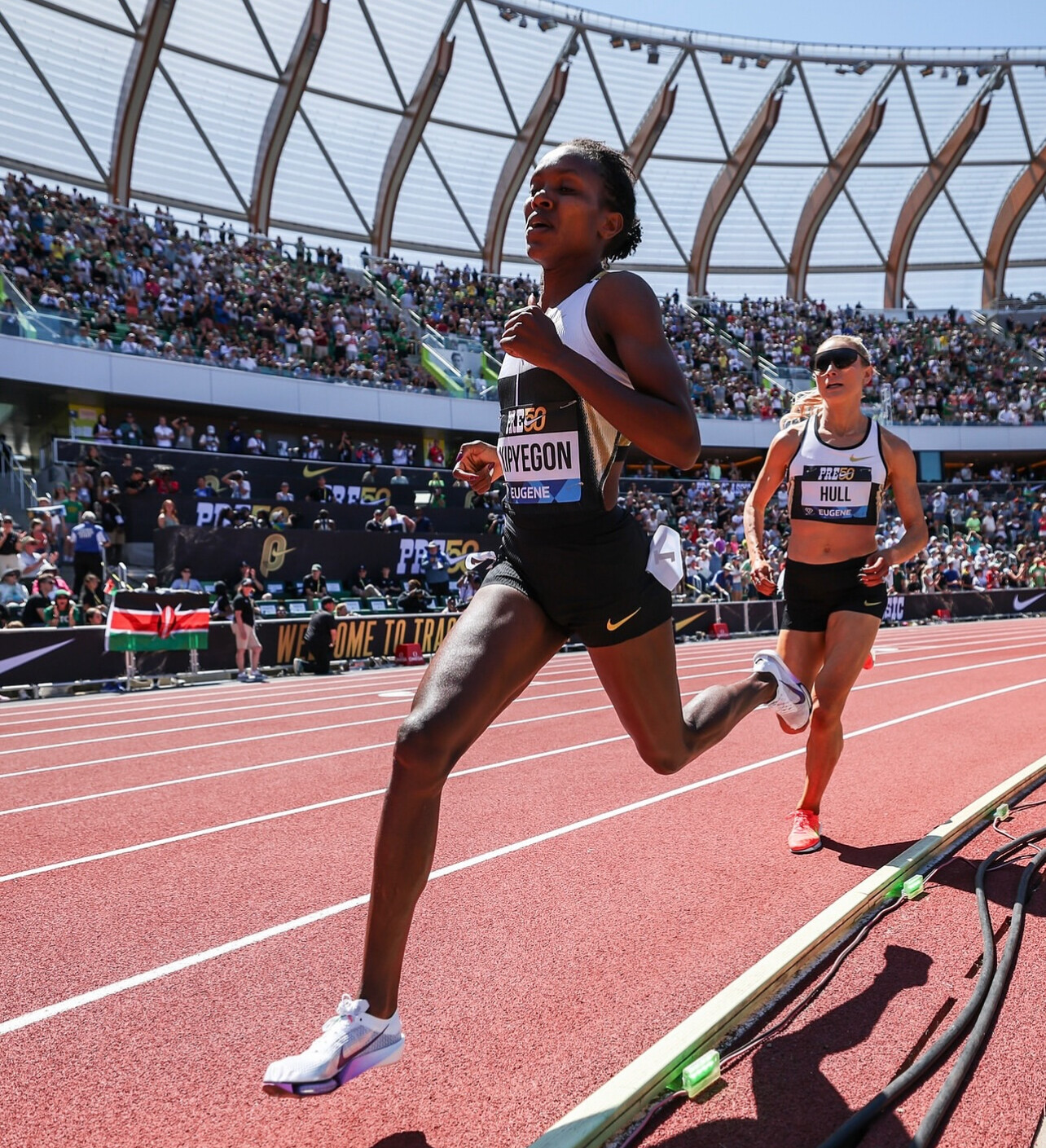
Kipyegon didn’t just return—
she rose higher than ever before.
In a sport where returning to elite form after childbirth is already a major achievement, Kipyegon did the unthinkable. She not only reclaimed the top of the world, she reset the limits of what humans—and mothers—can do.
In 2023, she produced one of the most extraordinary streaks in track history, breaking two world records within weeks:
• 1500m World Record – 3:49.11
• 5000m World Record – 14:05.20
Her 1500m dominance continued into global championships, where she ran with a mixture of elegance, ferocity, and absolute confidence—qualities that have made her one of Kenya’s most beloved athletes and one of the greatest middle-distance runners of all time.
Kipyegon’s story is not simply about medals or records.
It is the story of resilience, of a woman who refused to accept limitations—medical, physical, or societal. It is about the extraordinary will of a mother who wanted to show her daughter, and the world, that strength does not disappear with motherhood; it transforms.
Today, Faith Kipyegon stands as a global symbol of perseverance. Her journey continues to inspire millions—athletes, mothers, and dreamers everywhere—who see in her story a reminder that the human spirit is capable of more than we dare to imagine.
A champion.
A mother.
A legend rewriting what is possible.
by Boris Baron
Login to leave a comment
Eilish McColgan Shatters British 15K Record with Sensational 47:12 at Zevenheuvelenloop
Eilish McColgan lit up the roads of Nijmegen on Sunday Nov 16 with a performance that redefines her comeback story. Racing the historic Zevenheuvelenloop 15K, the Scottish star clocked a stunning 47:12, breaking the British national record and finishing fourth overall.
Her time erased the previous British mark of 47:24, set earlier this year by Calli Hauger-Thackery, and moves McColgan to No. 2 on the European all-time list, behind only Lornah Kiplagat’s 46:59 from 2007.
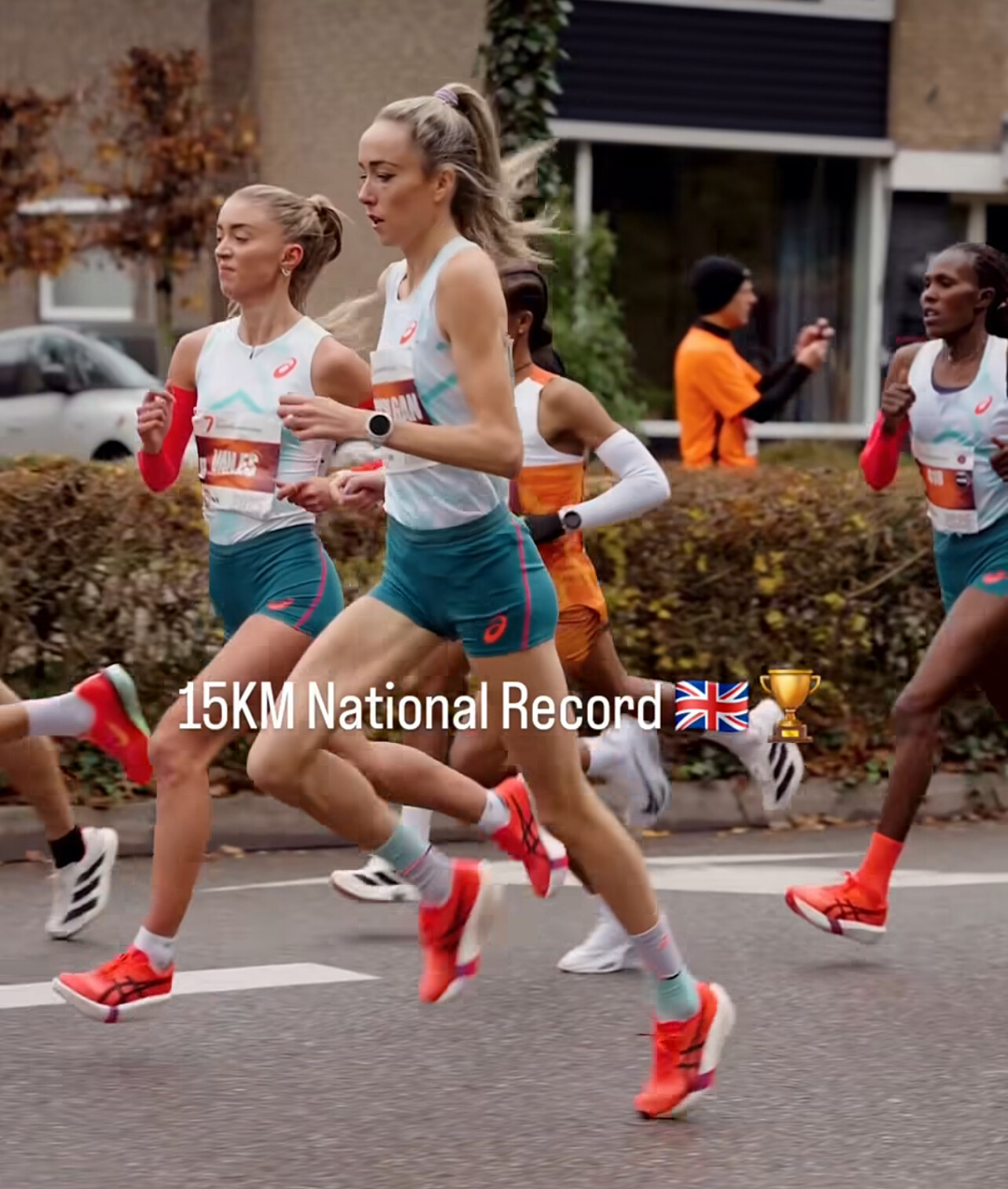
McColgan ran aggressively from the gun, navigating the rolling hills—“Zevenheuvelenloop” literally means “Seven Hills Run”—and holding pace with the world-class lead pack before surging home for the fastest 15K of her career.
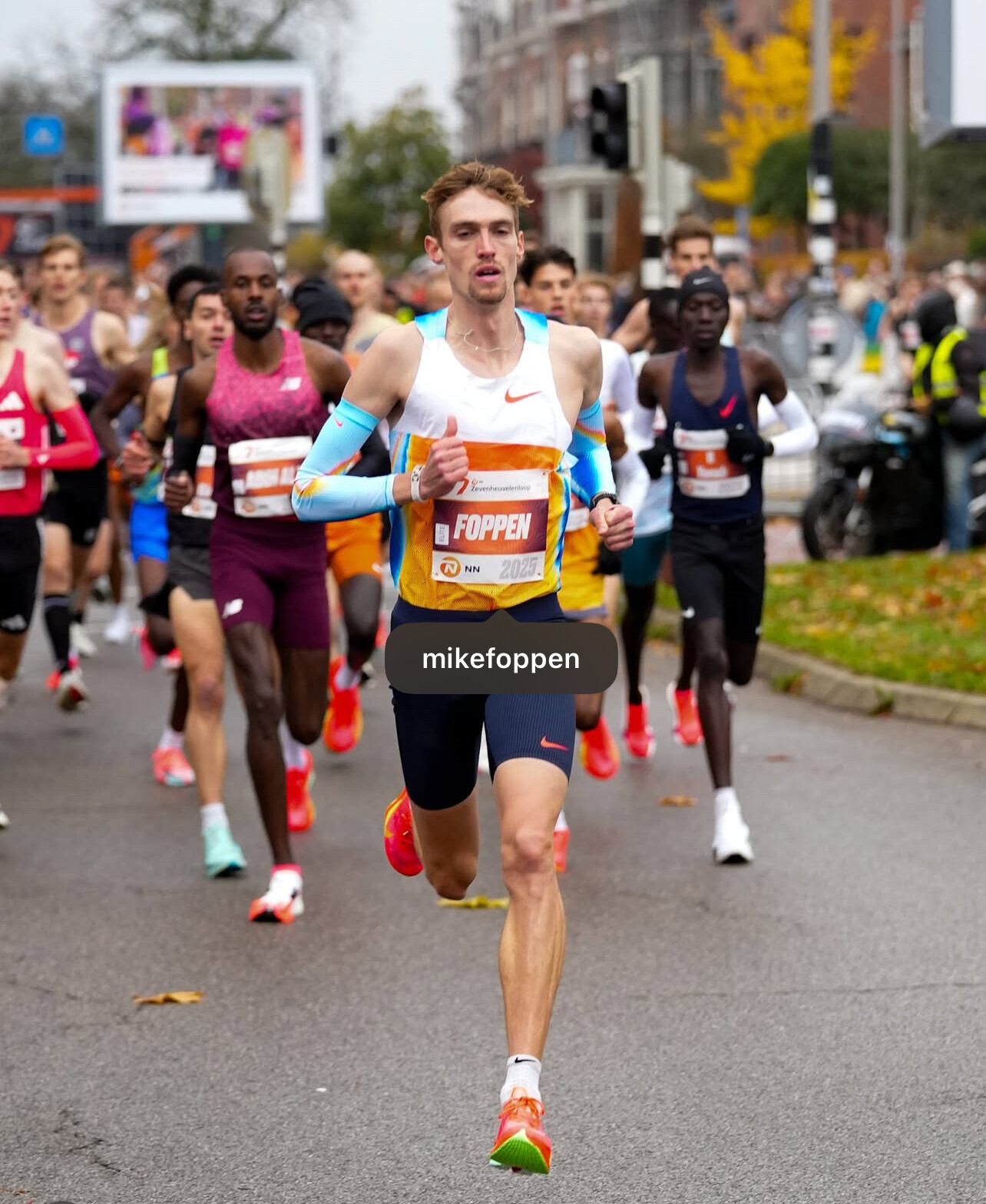
Top Women – Zevenheuvelenloop 15K (2025)
1. Joyciline Jepkosgei (KEN) – 46:53
2. Jane Chelangat (KEN) – 46:59
3. Calli Hauger-Thackery (GBR) – 47:09
4. Eilish McColgan (GBR) – 47:12 (British Record)
McColgan finished just three seconds behind Hauger-Thackery and only 19 seconds behind the winner—an incredibly tight margin at this level.
lTop Men – Zevenheuvelenloop 15K (2025)
1. Selemon Barega (ETH) – 41:35
2. Bernard Kimeli (KEN) – 41:52
3. Birhanu Balew (BRN) – 42:10
The men’s race was fast from the start, with Olympic champion Selemon Barega controlling the front and closing with authority.
A Statement from McColgan
For McColgan, who has endured a difficult stretch of injuries and recovery over the past two seasons, this run marks one of her finest road performances. It signals she is back in top form heading into what promises to be a compelling 2026 season.
by Boris Baron
Login to leave a comment
The NN Zevenheuvelenloop
The NN Zevenheuvelenloop, or Seven Hills Run, is an annual 15-kilometer road race held in Nijmegen, Netherlands. Established in 1984 as a modest event with 500 male participants, it has evolved into one of Europe's premier running events, attracting over 25,000 runners in recent years. Renowned for its picturesque and undulating course, the Zevenheuvelenloop has been the stage for multiple...
more...Susanna Sullivan — The Teacher Who Runs Among the World’s Best Set to run NYC Sunday
American marathoner Susanna Sullivan continues to prove that world-class athleticism and everyday life can coexist. A sixth-grade math and science teacher from McLean, Virginia, Sullivan has quietly become one of the top American women in marathon history — balancing the classroom with 120-mile training weeks and remarkable consistency on the roads.
From Humble Beginnings to World Class
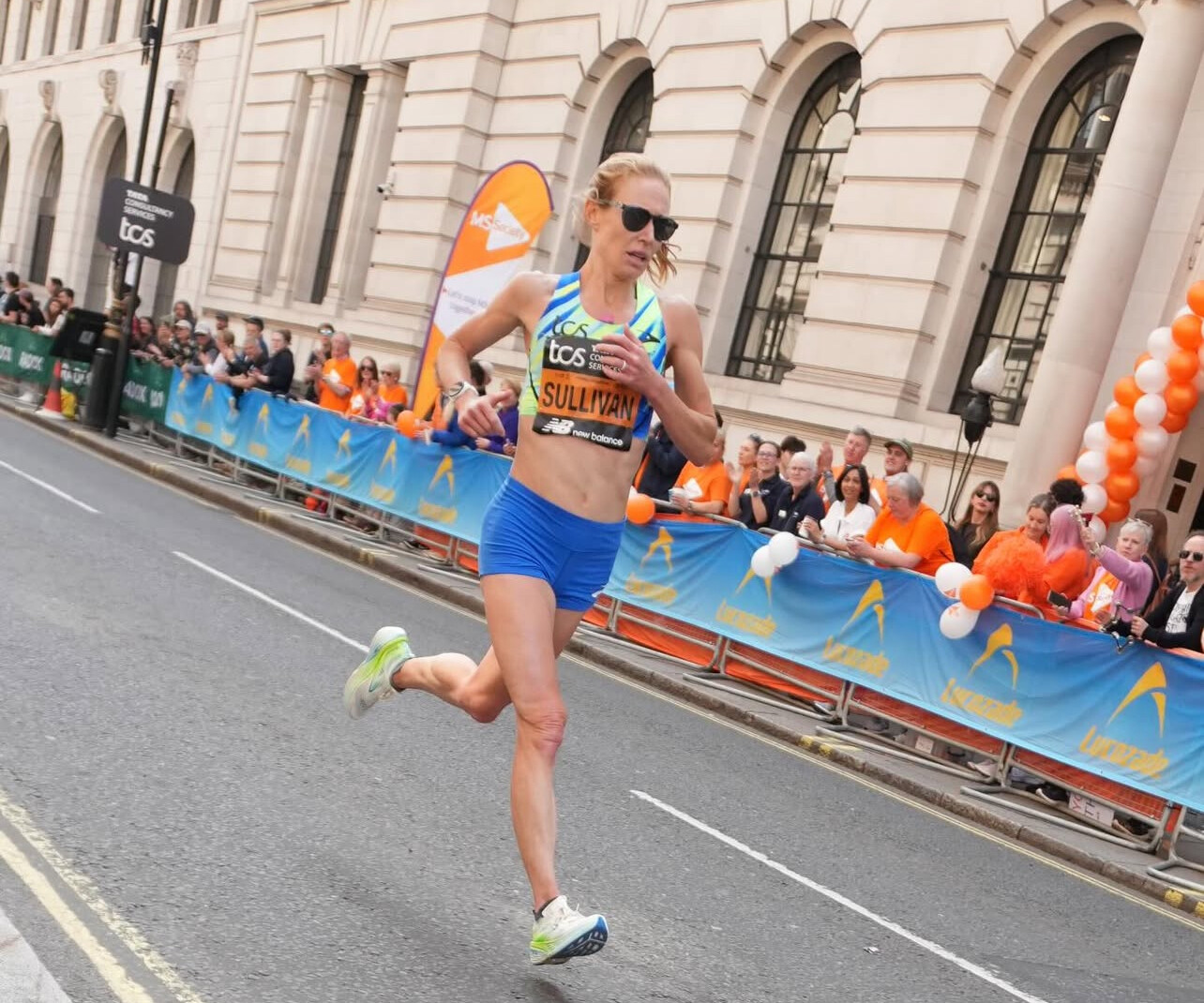
Born May 13, 1990, in West Palm Beach, Florida, and raised in Virginia, Sullivan’s early success came at George Mason High School, where she earned multiple state titles in cross-country and track. After competing at the University of Notre Dame, she battled injuries and fatigue but never lost her love for the sport.
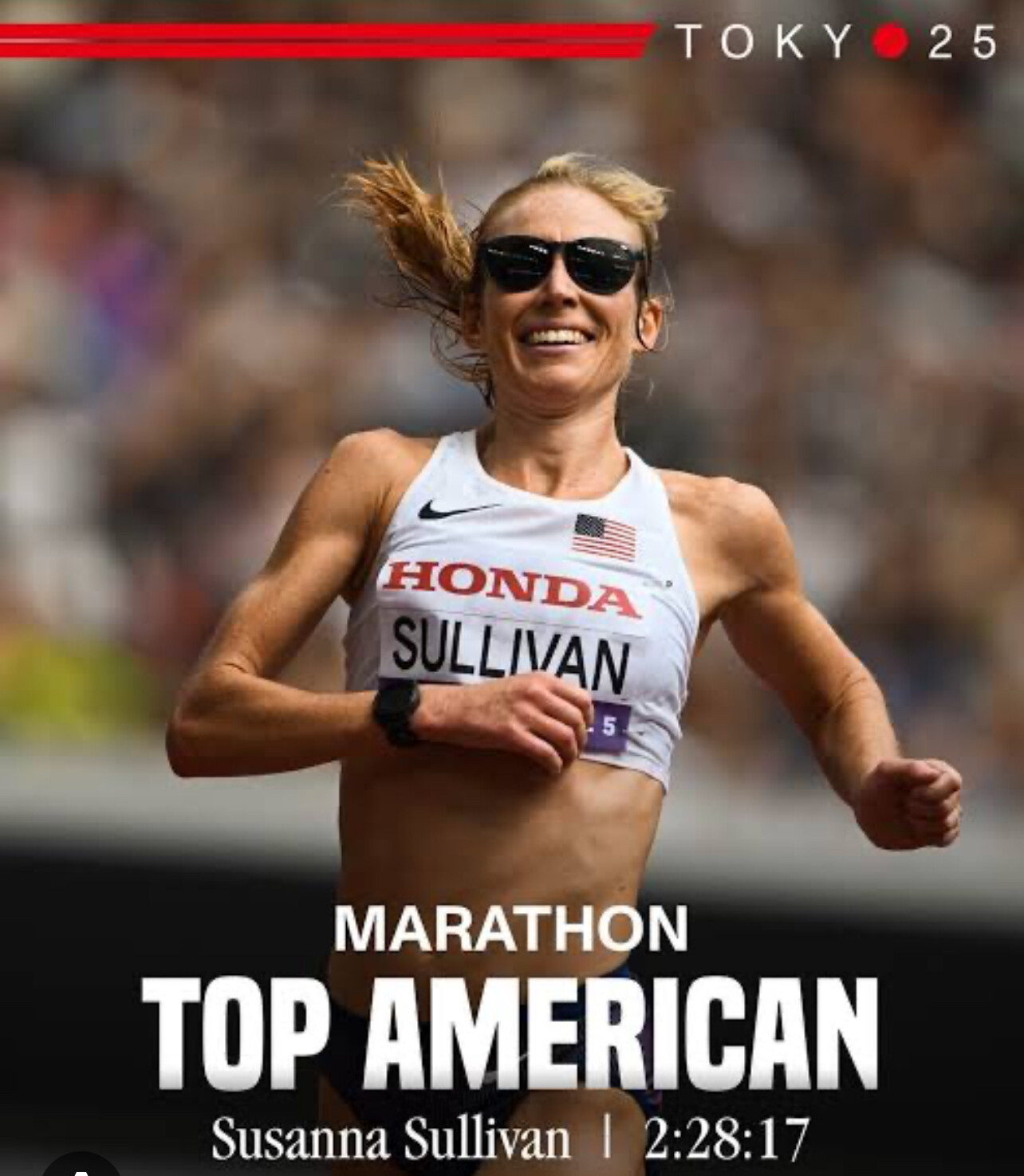
Her marathon debut came in 2015 at Grandma’s Marathon in Minnesota, where she clocked 2:35:37 for 9th place. Over the next decade, she quietly built momentum, cutting time from race to race. The breakthrough arrived in 2024 at the Chicago Marathon, where she finished 7th overall — and first American — in 2:21:56, a personal best that placed her among the top ten fastest U.S. women of all time.
Fourth at the 2025 World Championships in Tokyo
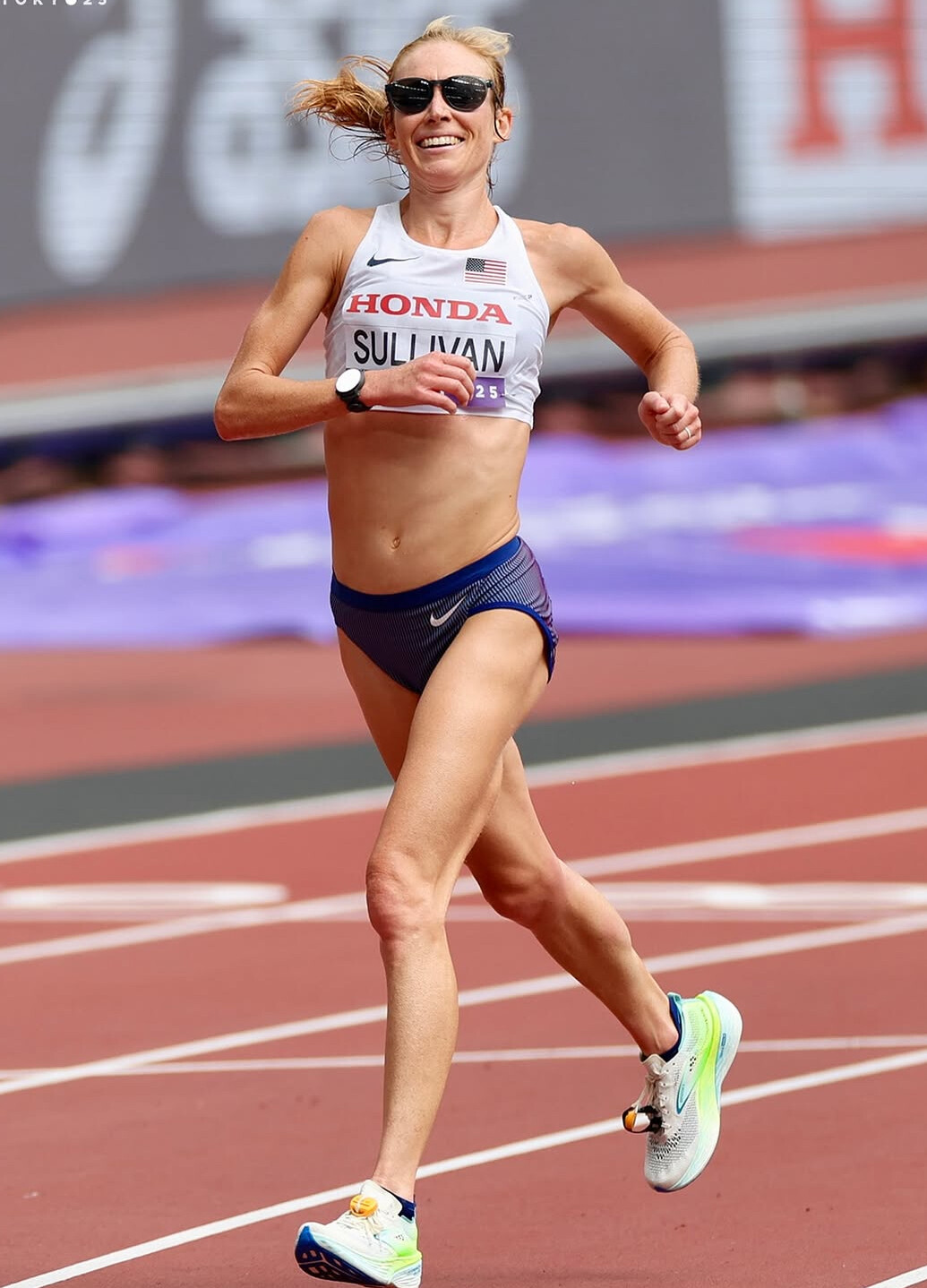
On September 14, 2025, Sullivan delivered one of her finest performances at the World Athletics Championships Marathon in Tokyo, finishing fourth in 2:28:17.
Under sweltering heat and high humidity, Sullivan courageously led much of the race, setting the pace through 25 kilometers before the eventual medalists pulled away. Her performance — the top American finish — underscored her strength, tactical intelligence, and resilience on one of the sport’s biggest stages.
It also marked a full-circle comeback. Two years earlier, at the 2023 World Championships, Sullivan fractured her kneecap mid-race and limped home in 58th place. Her return to the top five in Tokyo symbolized perseverance and renewed confidence.
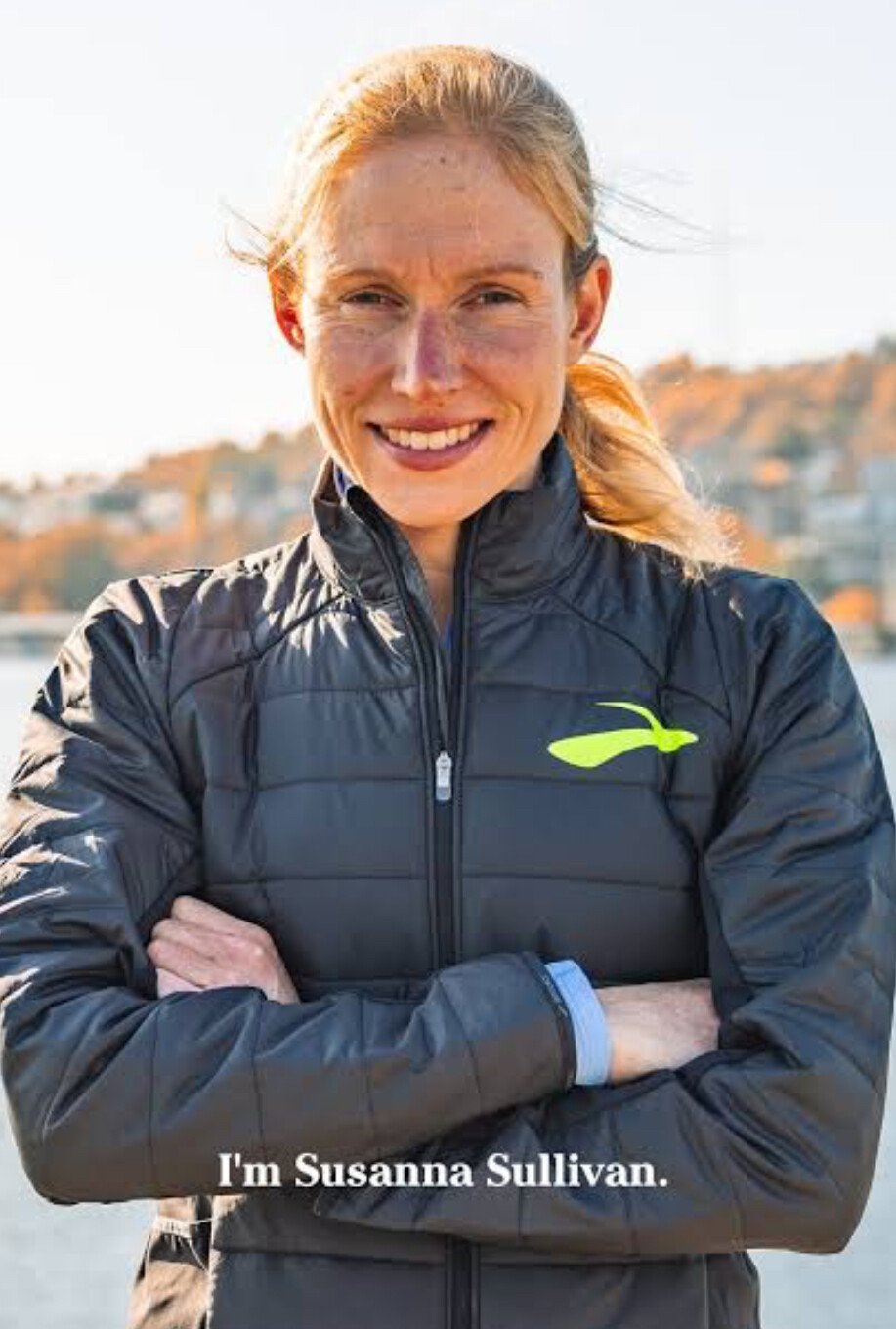
The Balance of Two Worlds
While most professional runners build their lives around training, Sullivan still starts her mornings in the classroom. She teaches sixth-grade advanced math and science, grading papers and designing lessons between workouts.
“Running gives me perspective,” she has said in interviews. “It keeps me grounded. Teaching reminds me there’s more to life than splits and finish times.”
Her ability to balance two demanding worlds has made her an inspiration for runners who juggle careers, families, and athletic dreams.
On to New York
Next up, Sullivan is set to compete in the 2025 TCS New York City Marathon on Sunday, November 2. She enters as one of the leading Americans to watch in a stacked international field that includes Olympians and major-marathon champions.
After her stellar run in Tokyo, many eyes will be on how she handles the challenging hills and bridges of New York — a course that rewards experience and toughness rather than speed alone. Few embody those traits better than Sullivan.
Lessons from Her Journey
• Patience and perseverance — her steady rise from 2:35 to 2:21 shows the value of long-term commitment.
• Balance — proof that excellence isn’t limited to full-time athletes.
• Resilience — recovering from injuries and setbacks only to climb higher.
• Leadership — both in the classroom and in leading a world championship field
Career Highlights
• Marathon PR: 2:21:56 – Chicago (2024)
• World Championships Tokyo (2025): 4th Place, 2:28:17
• London Marathon (2023): 10th Place, 2:24:27 (top American)
• Cherry Blossom 10-Mile (2022): Champion, 52:32
• Half Marathon PR: 1:08:59 – January 2025
A Runner to Watch
Susanna Sullivan’s story reminds us that greatness doesn’t always come from perfect conditions or full-time focus. Sometimes it comes from a quiet classroom in Virginia, where a teacher grades homework — and then goes out to train like one of the best marathoners in the world.
Her journey is far from over, and as she lines up in New York, she represents not just American distance running but every runner chasing balance, progress, and purpose — one mile at a time.
by Boris Baron
Login to leave a comment
Kenenisa Bekele Joins 2025 New York City Marathon Elite Field
Ethiopian legend Kenenisa Bekele, the third-fastest marathoner in history with a 2:01:41 personal best from Berlin 2019, has officially been added to the 2025 TCS New York City Marathon elite men’s field — setting up yet another thrilling clash with Eliud Kipchoge.
Bekele, now 43, withdrew from April’s London Marathon due to recurring injuries that disrupted his buildup. His most recent marathon finish came at the Paris Olympic Marathon, where he placed 39th in 2:12:24. Despite the setback, Bekele’s experience and resilience continue to make him one of the sport’s most compelling figures.
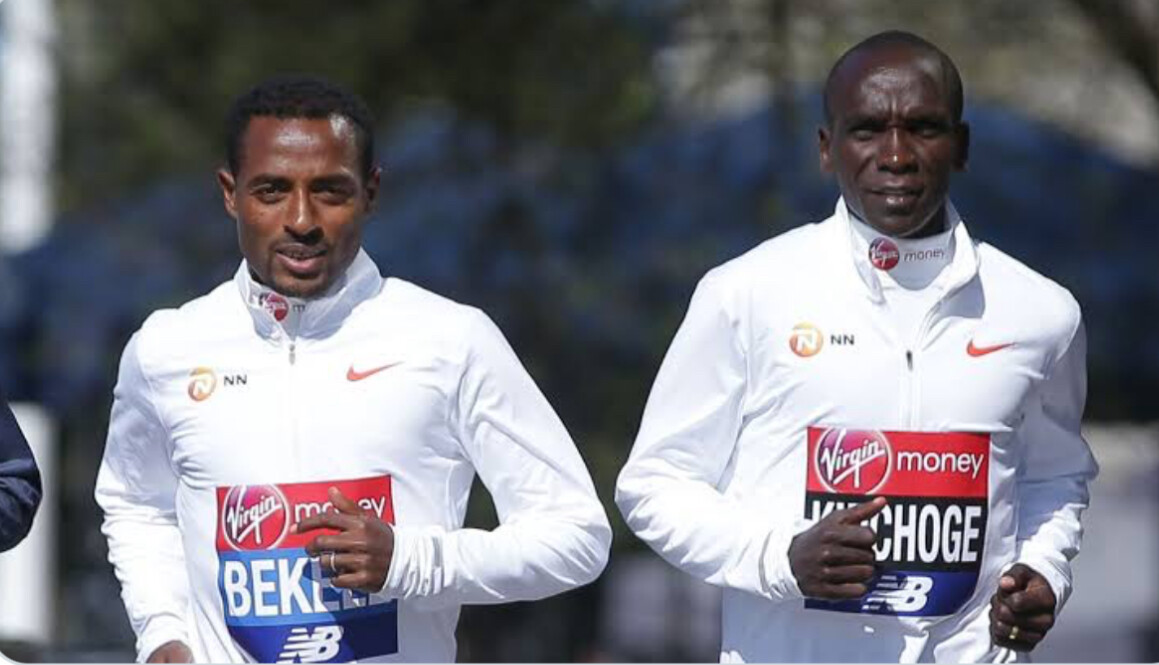
This year’s New York City Marathon will mark Bekele’s sixth career race against Kipchoge, the reigning Olympic champion and former world record holder. Bekele’s only “victory” in that rivalry came at the Paris Olympics, when Kipchoge dropped out mid-race.
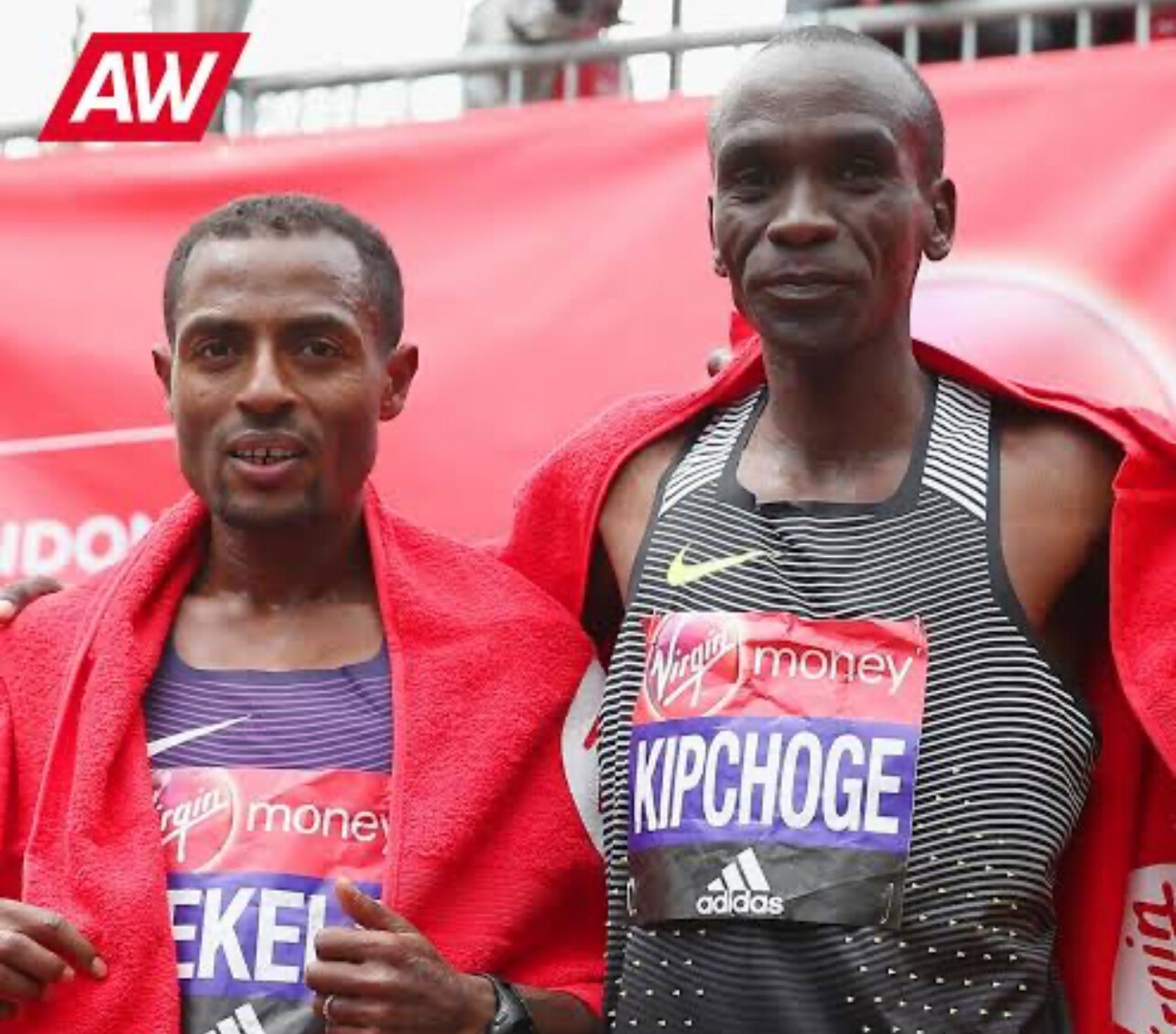
Bekele’s addition brings new intrigue to a field already rich in talent and storylines. While New York’s undulating course rarely produces record times, it remains one of the most prestigious and unpredictable races on the global marathon calendar — a true test of strategy and mental strength.
Notably absent from the 2025 lineup is Evans Chebet, the 2022 NYC Marathon champion and last year’s runner-up. Chebet has withdrawn from this year’s race after failing to finish at the Boston Marathon in April.
As the countdown begins, all eyes turn to Central Park, where two of the greatest marathoners of all time — Bekele and Kipchoge — are set to renew their rivalry on one of the world’s toughest stages.
Will Bekele’s comeback write a new chapter in marathon history, or will Kipchoge’s consistency once again define the day? On November 2, New York will have its answer.
by Boris Baron
Login to leave a comment
KATA’s Donald Kimaru Finishes 4th at 2025 Standard Chartered Nairobi Marathon
The 2025 Standard Chartered Nairobi Marathon delivered a thrilling showcase of endurance on October 26, as top athletes battled it out on the streets of Nairobi under ideal racing conditions. This year’s event, one of the premier marathons on the African continent, once again attracted a deep field of elite talent.
Among the day’s standout performances was Donald Kimaru, a KATA athlete training out of the Kapcherop KATA Running Camp, who finished a remarkable 4th place in a highly competitive men’s race.
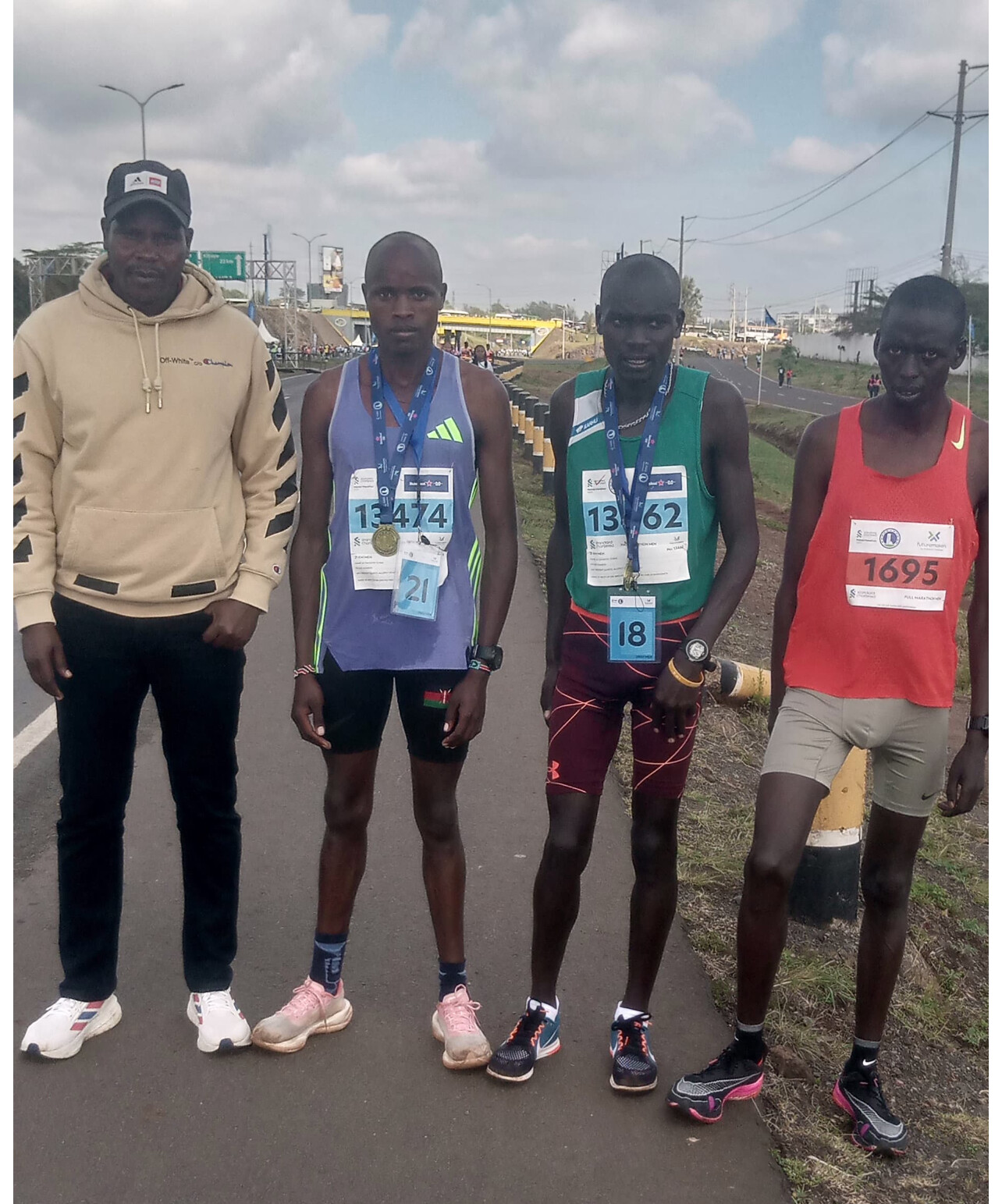
Donald Kimaru: Fuelled by KATA, Ready for the Global Stage
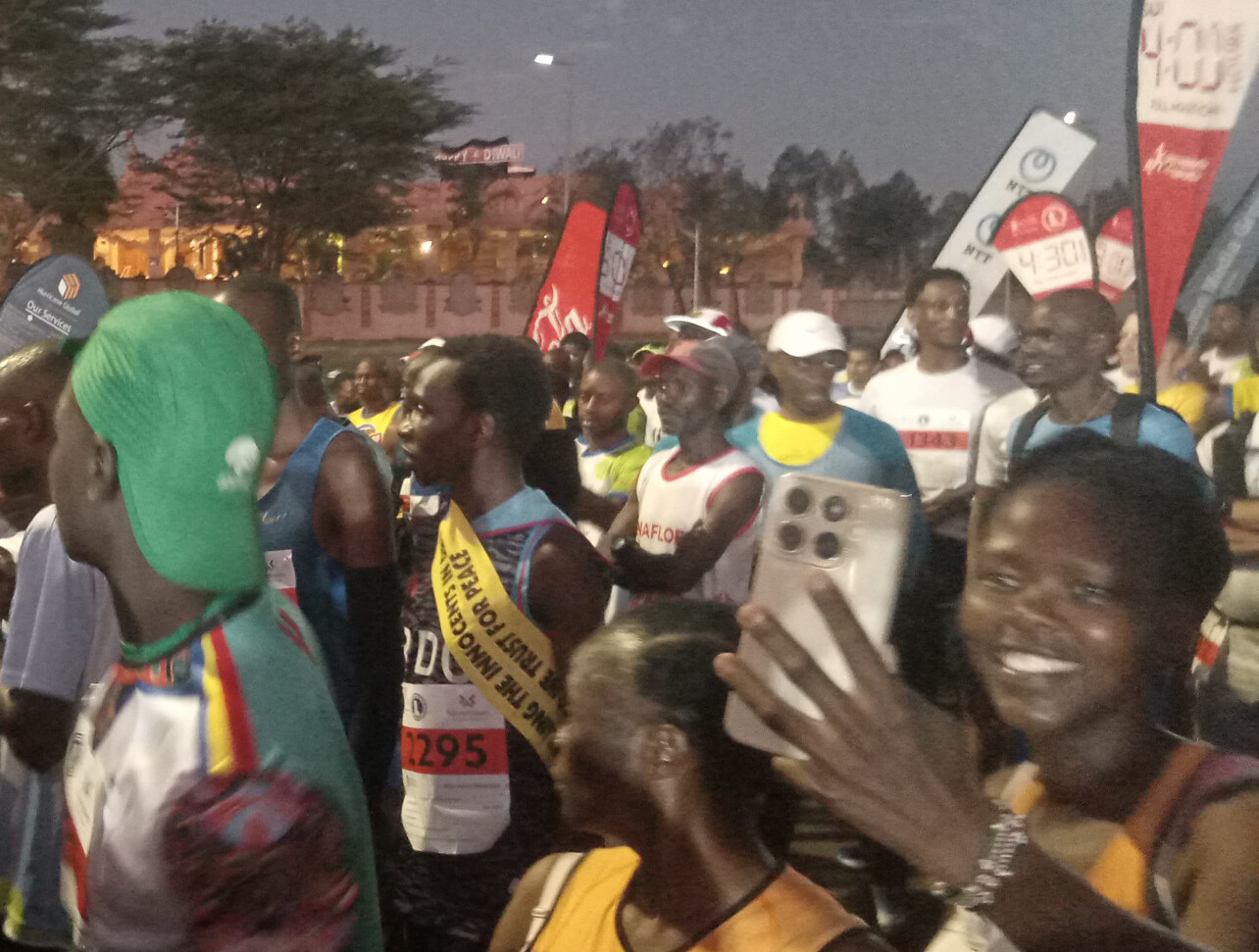
Clocking a time of 2:12:02, Kimaru finished just over a minute behind the winner, Benard Chepkowny (2:11:01), and less than 30 seconds from the podium. It was a huge breakthrough for the rising long-distance runner, who trains under the high-altitude guidance of Coach Philemon Kipruto at the KATA facility in Kapcherop.
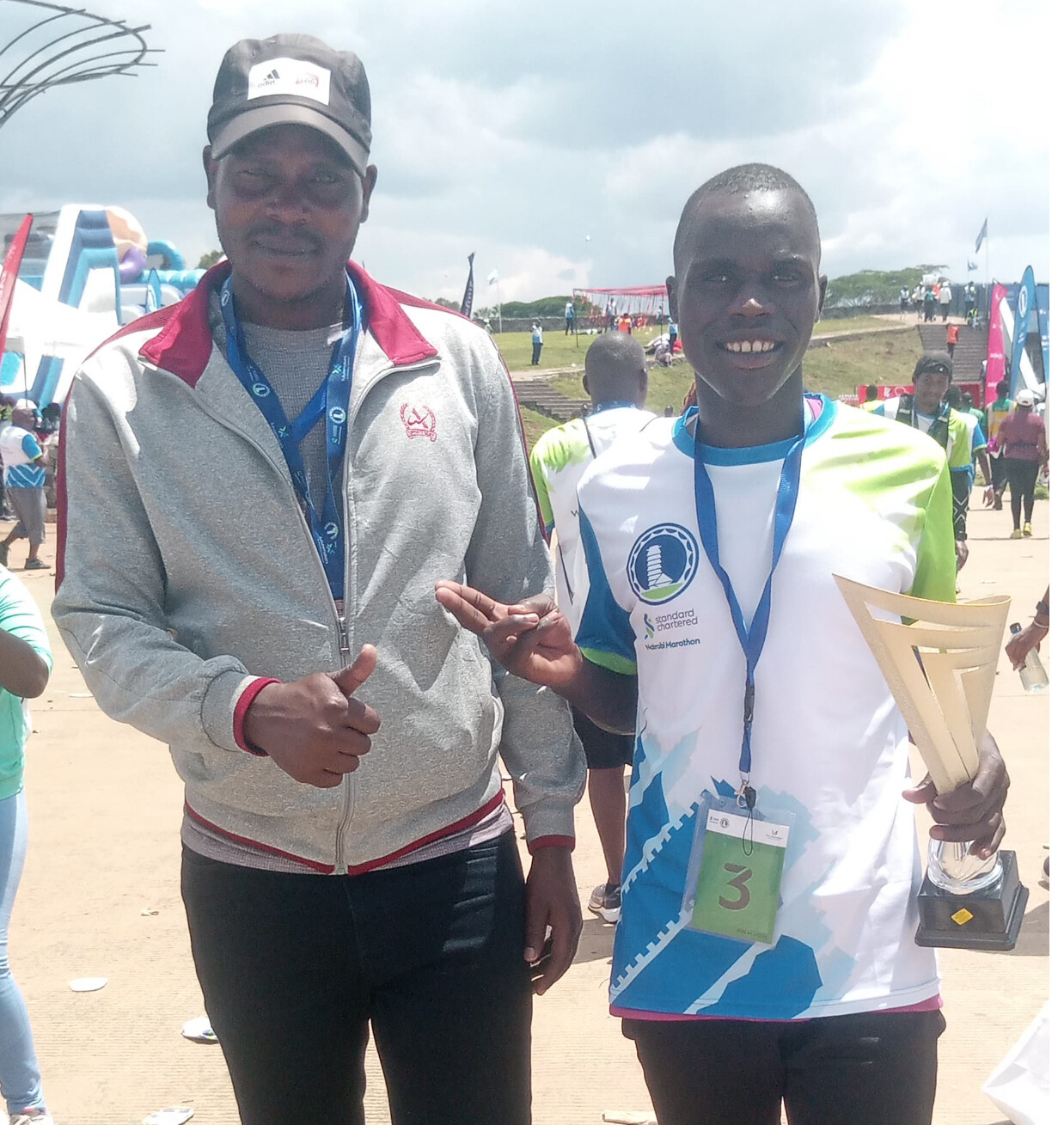
“Donald is showing the power of patience and consistency,” Coach Kipruto noted. “We’ve known he had the potential, and now he’s proving it in one of Kenya’s most important races.”
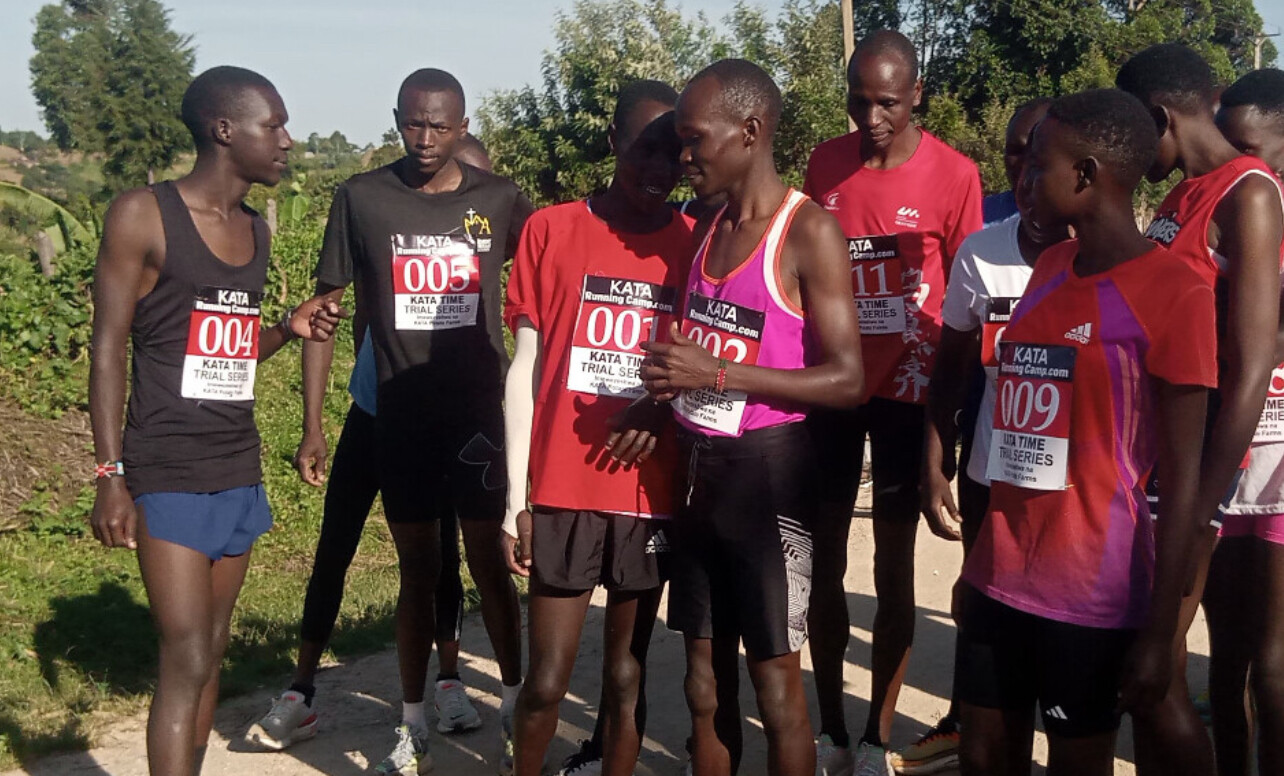
Chepkwony, returning to major competition, wasted no time asserting his intent. He set a strong pace from the start, joined by Silas Chesang, Donald Kimaru, Ezekiel Kemboi, Bethwel Chemuno, and Wilfred Kiplagat, all determined to stay in contention.
As the race progressed past the 30km mark, Chepkwony maintained the lead despite Chesang mounting a late push after struggling on the uphill sections.
Chepkwony’s endurance and composure carried him through to the finish line, clocking an impressive 2:11:01 to seal his comeback victory.
Kimaru trains in an environment designed to create champions, where runners combine disciplined training with the nutritional strength of KATA Potatoes – The Fuel of Champions. His performance in Nairobi is a testament to this holistic approach. Donald had placed second at the KATA Double Road Race 15k held September 20 in Thika.
Top 10 Elite Men – 2025 Standard Chartered Nairobi Marathon
1. Benard Chepkowny – KEN – 2:11:01 (first photo)
2. Alex Chepkwik Saekwo – KEN – 2:11:26
3. Ezekiel Kemboi Omullo – KEN – 2:11:40
4. Donald Kimaru – KEN – 2:12:02
5. Wilfred Kiplagat – UGA – 2:13:42
6. Charles Kimeli – KEN – 2:14:08
7. Nehemiah Kiprono Sang – KEN – 2:14:38
8. Solomon Yego – KEN – 2:14:50
9. Dennis Kipkemboi Koech – KEN – 2:15:39
10. Silas Chesang Keitany – KEN – 2:15:51
Women’s Race Highlight
In the women’s marathon, Hellen Chepkorir dominated with a powerful performance, finishing in 2:27:17 at an average pace of 3:30/km.
KATA’s Impact Growing
Donald Kimaru’s top finish adds to the growing list of success stories emerging from the KATA Running Camp ecosystem. Founded by Bob Anderson, KATA is reshaping the Kenyan distance running scene with over 30 camps across the country, combining elite training with a sustainable agricultural model. Runners like Donald are not only developing as athletes but also helping uplift their communities.
Next for Donald? A potential international marathon debut in 2026, where he’ll look to break the 2:10 barrier and cement his name among Kenya’s top marathoners.
by Boris Baron
Login to leave a comment
NAIROBI MARATHON
Nairobi Marathon is an annual road running competition over the marathon distance held in October in Nairobi, Kenya. First held in 2003, the competition expanded and now includes a half marathon race along with the main race. It was part of "The Greatest Race on Earth", fully sponsored by Standard Chartered Bank....
more...Masai Returns Stronger Than Ever for the Frankfurt Marathon Showdown
Kenya’s Magdalyne Masai is set to return to the Mainova Frankfurt Marathon this Sunday, October 26, determined to make a statement after her dramatic collapse in the brutal heat of last month’s World Championships marathon in Tokyo. Fully recovered and feeling revitalized, Masai says she’s “in the best shape of my life” — and ready to chase another breakthrough performance.
This will mark Masai’s third consecutive appearance in Frankfurt, where she finished runner-up last year with a personal best of 2:18:58, the fastest time ever recorded by a woman entered in the race’s 42-year history. The 31-year-old believes the flat and fast Frankfurt course provides the perfect setting for her comeback.
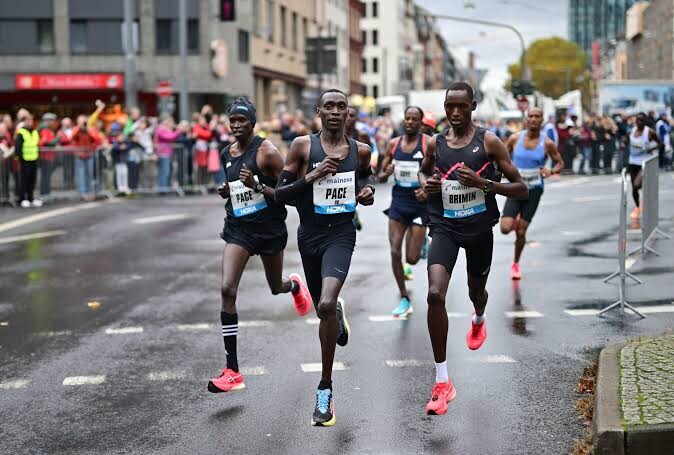
“After a short break to recover, my first training sessions went so well that I really wanted to run another marathon this autumn,” said Masai. “I’m in great form and didn’t want to waste it. Frankfurt is the perfect race for me — I’m excited to come back.”

The women’s elite field is among the strongest ever assembled in Frankfurt. Six runners on the start list own personal bests under 2:23:00, including two who have dipped below 2:20:00. Alongside Masai, Kenya’s Sharon Chelimo (2:19:33) and Ethiopia’s Buze Diriba (2:20:22) headline a deep international lineup. Ethiopians Etagegne Woldu (2:20:03) and Aminet Ahmed (2:21:24) were also set to compete but have withdrawn due to injury.
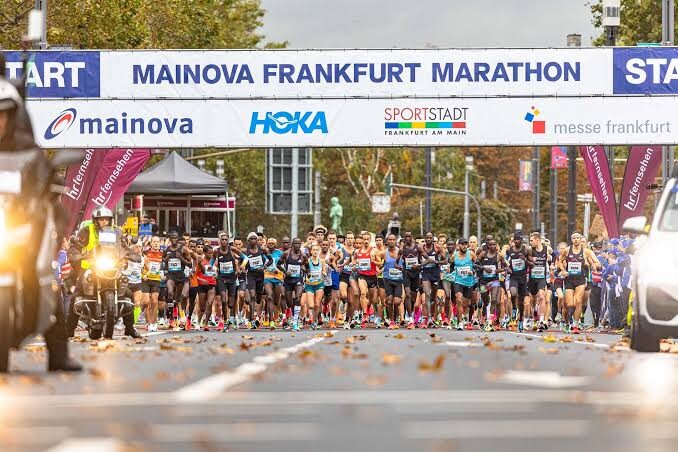
The men’s field is equally loaded. Ethiopia’s Shura Kitata, the 2017 Frankfurt champion, leads the charge with a 2:04:49 personal best. He’ll face compatriot Dejene Megersa (2:05:42), while Germany’s Filimon Abraham will look to improve on his 2:08:11 best on home soil.
With seven men under 2:08 and six women under 2:23, the 2025 Mainova Frankfurt Marathon promises one of the most competitive editions in race history — and for Magdalyne Masai, it could be the stage for her strongest marathon yet.
by Race News Service
Login to leave a comment
Shure Demise Claims Third TCS Toronto Waterfront Marathon Title
Ethiopia’s Shure Demise made history Sunday by winning her third TCS Toronto Waterfront Marathon, pulling away just after halfway and never looking back. Despite warm, windy, and humid conditions, she crossed the line in 2:21:03, the second-fastest time of her career—just 19 seconds shy of the course record set last year by compatriot Waganesh Mekasha.
Demise’s performance marks a full-circle moment. Ten years ago, at just 19, she ran her lifetime best of 2:20:59 in Dubai. Since then, she has earned podium finishes at the Tokyo (2019) and Chicago (2018) marathons, placed 5th at the 2017 World Championships, and captured back-to-back Toronto wins in 2015 and 2016. Sunday’s victory signals a strong comeback after giving birth to her daughter two years ago.
“I am very happy—it is more than what I expected,” said Demise. “I trained well and was confident I would do well and win. From 20 km I was running by myself.”
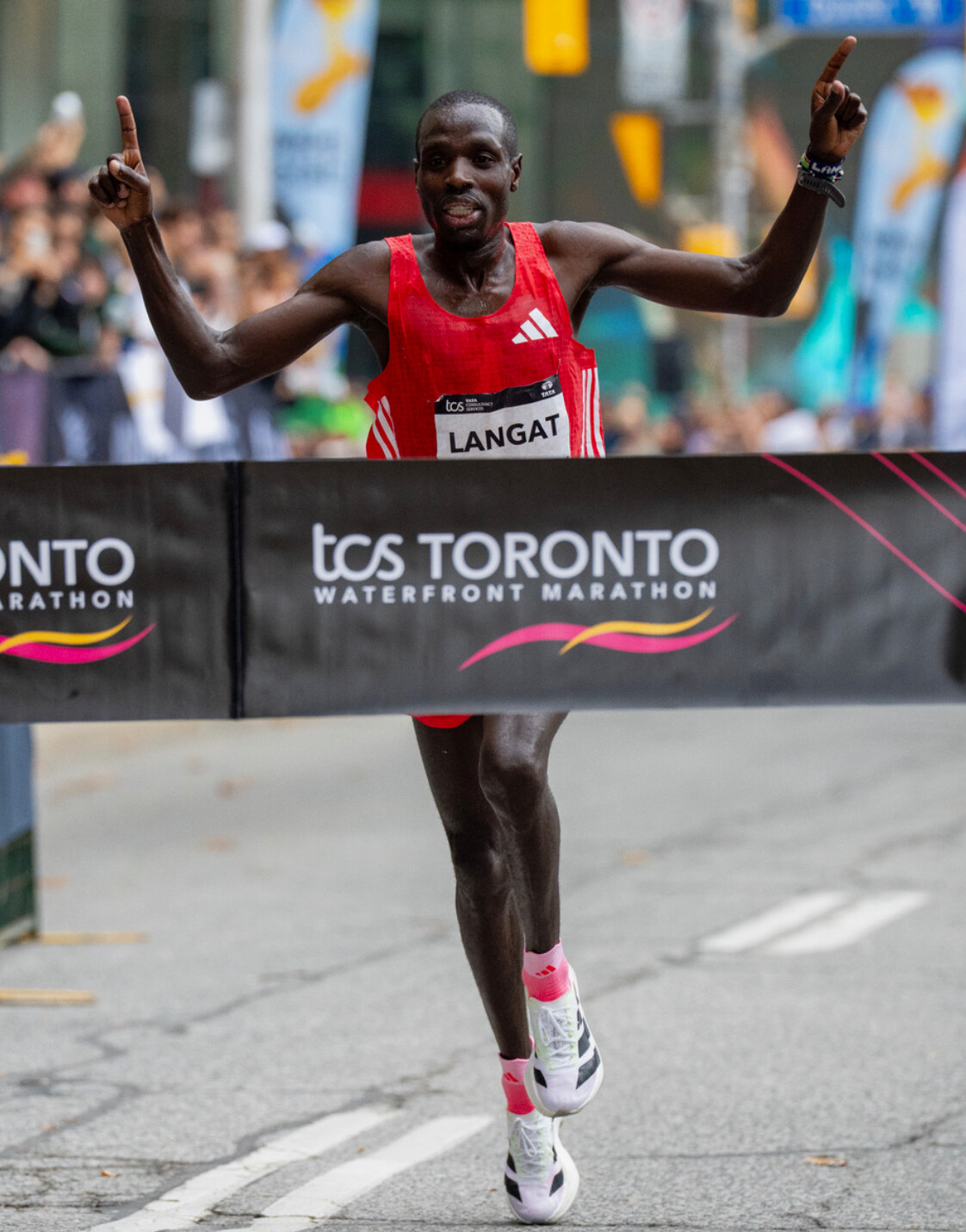
Earlier this year, Demise also won the Milan Marathon in 2:23:31, reinforcing her return to world-class form. Betty Chepkorir of Kenya finished second in 2:23:45, while Almaz Kebebe of Ethiopia took third in 2:26:40.
The women’s race was briefly disrupted when three Ethiopian runners mistakenly followed the half-marathon course, but Demise was far ahead and unaffected.
Kenyan Men Sweep the Podium
In the men’s race, Kenya scored a clean sweep. Leonard Langat broke away from a lead pack with 4 km remaining to win in 2:08:15. Noah Kipkemboi, third last year, improved to second in 2:08:24, while Sila Kiptoo finished third in 2:08:44.
“At 38 km I was ready to push, and I went,” said Langat. “It was hot, but I felt good and confident.”
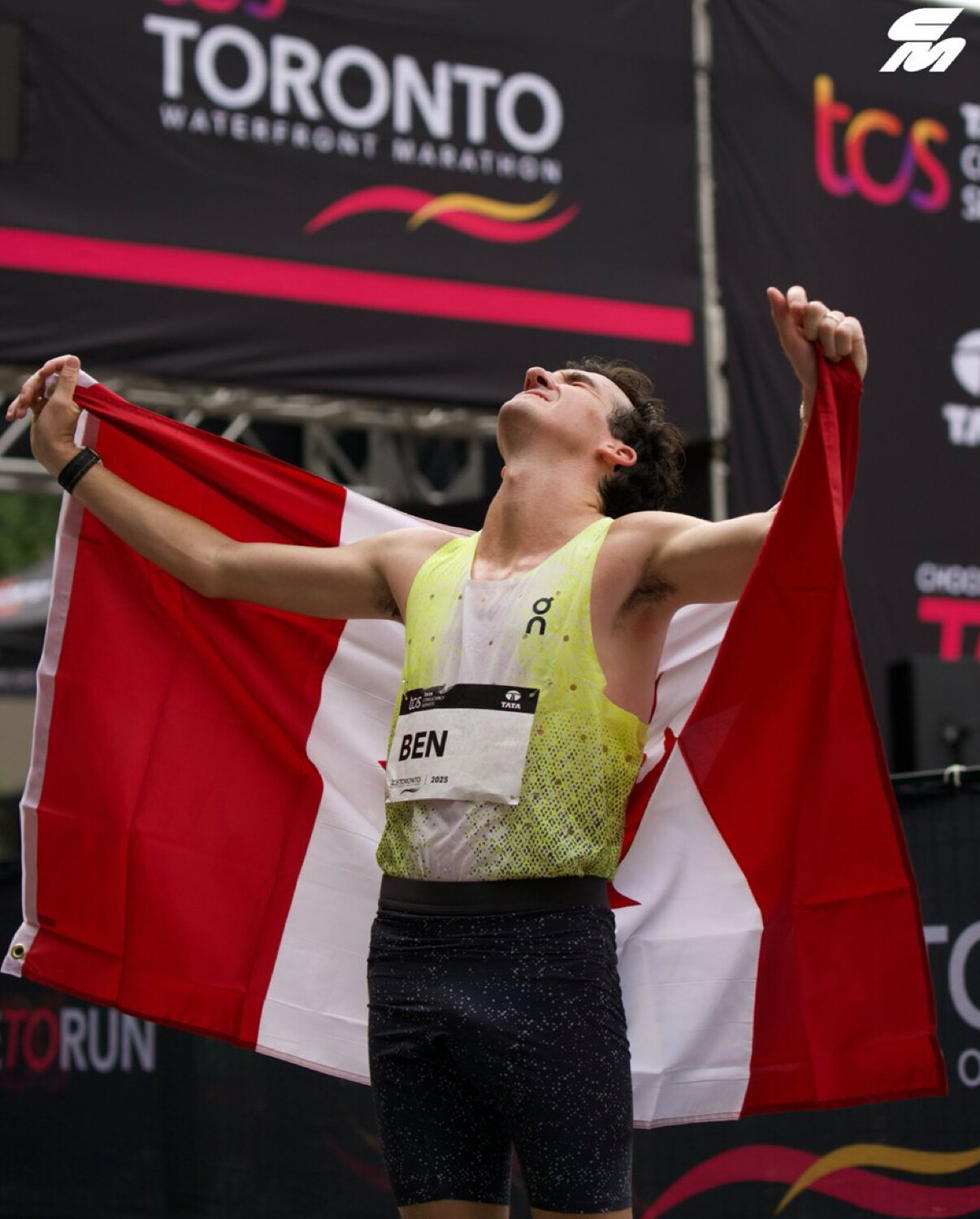
Canadian Titles for Hannah and Flanagan
The Canadian Marathon Championships, held concurrently, saw Rachel Hannah, 39, win her first national title in 2:33:47. “It’s been a dream of mine to win these championships,” she said.
Ben Flanagan captured the men’s Canadian crown in his marathon debut, finishing in 2:15:39 ahead of Philippe Parrot-Migas (2:17:15) and Andrew Alexander (2:18:15).
“The last 7 km were brutal, but I finished strong,” said Flanagan, a 2024 Olympian over 5,000 m. “This is a new chapter for me. Now it’s time to catch up with the big dogs.”
by Paul Gains
Login to leave a comment
TCS Toronto Waterfront Marathon
The Scotiabank Toronto Waterfront Marathon, Half-Marathon & 5k Run / Walk is organized by Canada Running Series Inc., organizers of the Canada Running Series, "A selection of Canada's best runs!" Canada Running Series annually organizes eight events in Montreal, Toronto and Vancouver that vary in distance from the 5k to the marathon. The Scotiabank Toronto Waterfront Marathon and Half-Marathon are...
more...Meb Keflezighi: “The Stars May Align for Conner Mantz in Chicago”
As the running world turns its eyes toward the 2025 Chicago Marathon, American marathon legend Meb Keflezighi has shared a heartfelt message of support for rising U.S. star Conner Mantz—and a bold prediction.
“I am looking forward to seeing what Conner Mantz is going to do this weekend in Chicago,” Meb wrote on Facebook. “I believe it will be a special day for him, and if the stars align, we will have a new American record holder for the marathon when he crosses the finish line.”
The American men’s marathon record of 2:05:38, set by Khalid Khannouchi at the 2002 London Marathon, has stood for over two decades—a mark that was once the world record. Meb acknowledged the magnitude of the challenge but expressed full faith in Mantz’s ability and momentum.
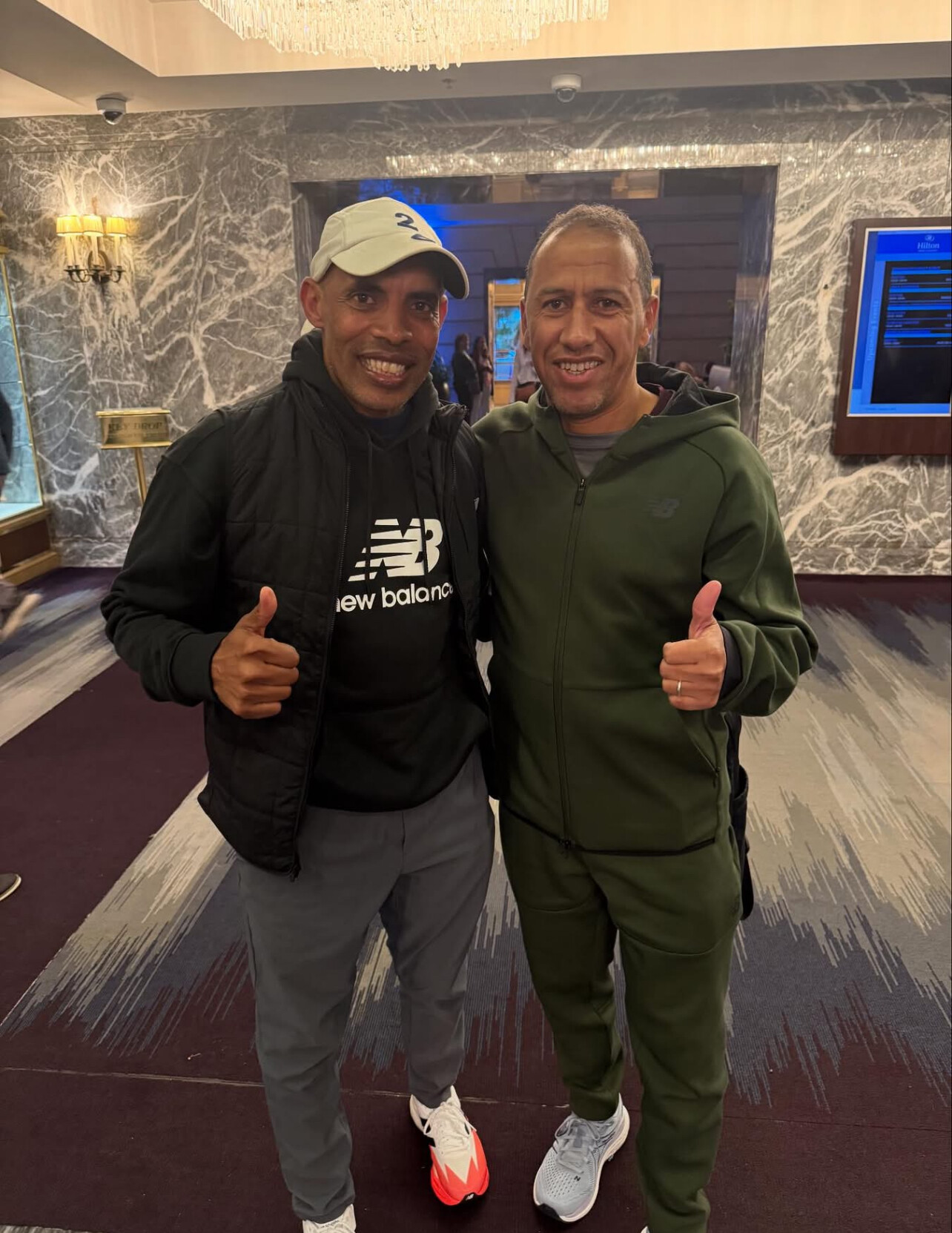
Keflezighi also reflected on his long friendship with Mantz, noting they first met when Conner was still in high school competing at the Foot Locker Cross Country Championships.
“Conner and I have become good friends over the past few years,” Meb shared. “He once told me I was his dad’s favorite marathoner, and these days I am happy to be second in his book!”
Support for the Field and Team HAWI
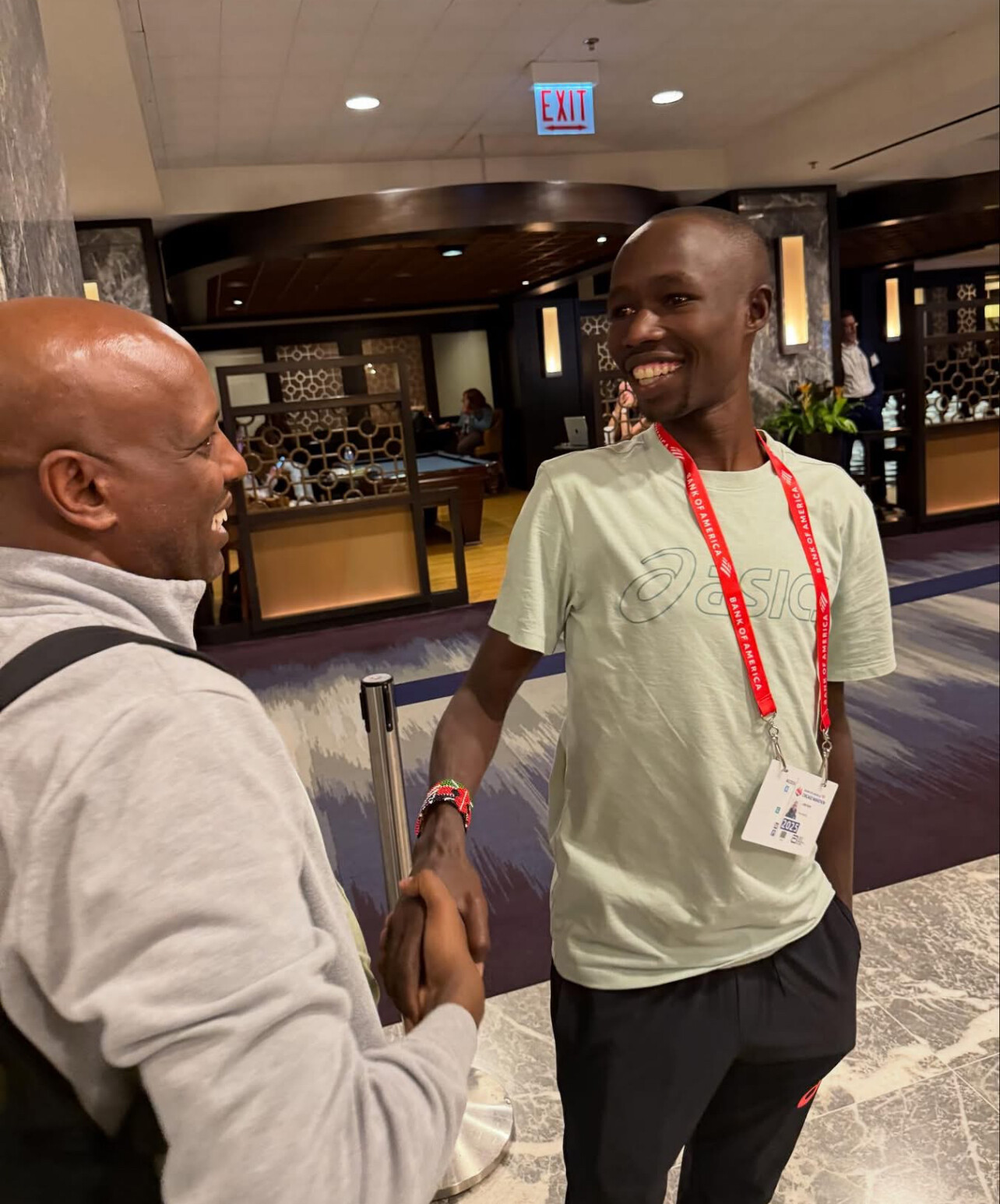
Meb extended his encouragement to the entire elite field, especially John Korir, last year’s Chicago champion and the 2025 Boston Marathon winner.
“It’s hard to win back-to-back,” he wrote, “but John is a special athlete and I’m excited to see what he can do.”
Keflezighi also gave a proud shout-out to his brother Hawi Keflezighi, who represents nine elite athletes racing in Chicago under Team HAWI Management.
“We Are All Sharing the Same Road”
Meb closed with a message that captures the spirit of the marathon and why he continues to inspire runners of all levels.
“To everyone running the Chicago Marathon this weekend, remember, the beauty of sport is that we are all sharing the same road and taking on those 26.2 miles together. I hope you all have a great experience on the streets of Chicago.”
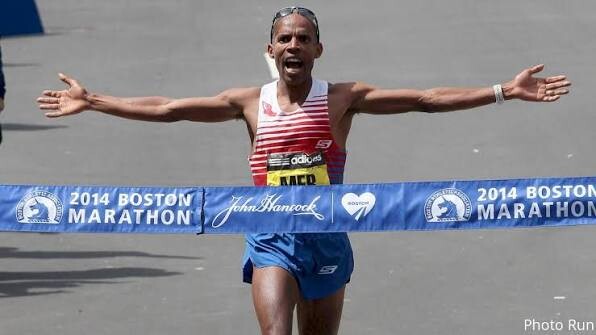
Photo: Meb Keflezighi, Olympic medalist and Boston Marathon champion, cheering on the next generation.
by Bob Anderson
Login to leave a comment
Kenyan Duo to Battle for TCS Toronto Waterfront Marathon Title
Toronto, Canada — October 19, 2025. The stage is set for another East African showdown at the TCS Toronto Waterfront Marathon, a World Athletics Elite Label Race. Two top Kenyan runners, Beatrice Cheserek and Cynthia Chemweno, have been confirmed to take on Ethiopia’s rising stars Almaz Kebebe and Adane Anmaw, in what promises to be one of the most competitive women’s races in the event’s history.
Beatrice Cheserek’s Confident Marathon Debut
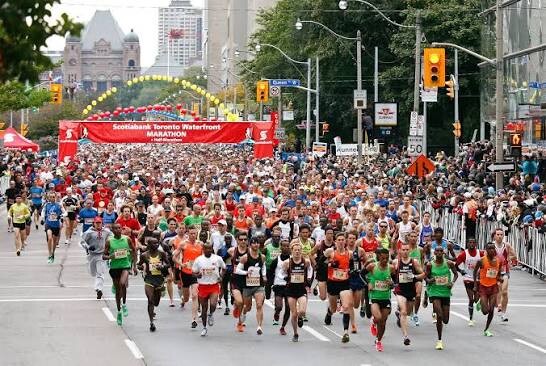
At 26, Beatrice Cheserek will make her marathon debut in Toronto, bringing impressive credentials to the start line. She owns a half marathon personal best of 1:06:48, recorded while winning the 2022 Cardiff Half Marathon, and has already experienced the pressure of major marathons.
In 2023, she paced compatriot Rosemary Wanjiru through 30 kilometers of the Tokyo Marathon, a World Marathon Major that Wanjiru went on to win in 2:16:28. Cheserek’s performance that day proved her strength over the distance — and she’s ready to test herself as a full competitor.
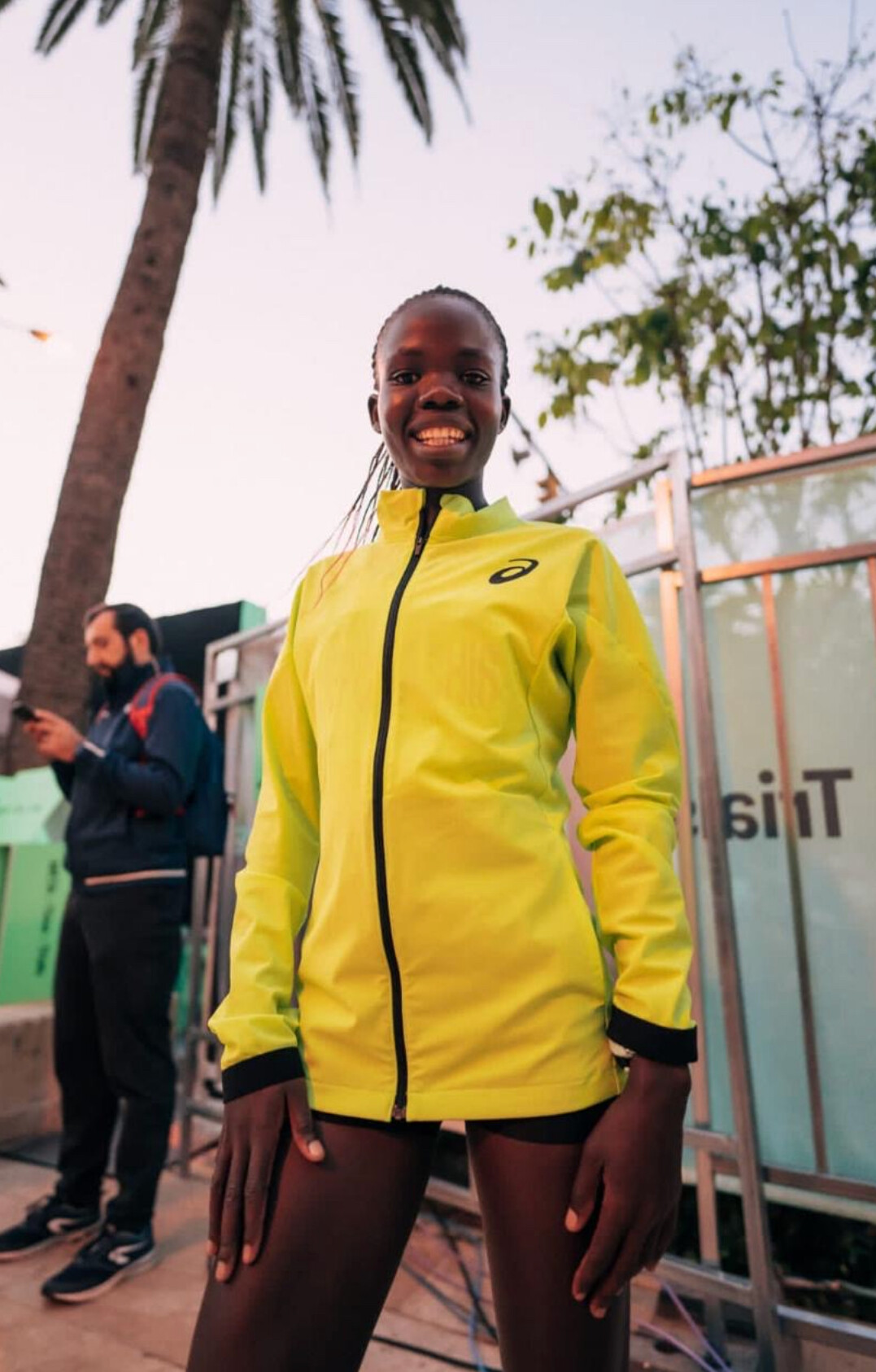
“This is my first marathon, and I hope to do my best,” Cheserek said. “I paced in Tokyo for Rosemary Wanjiru, and she ran 2:16, so I know I am strong. I want to run 2:20 or 2:19 in Toronto. It’s a fast course.”
After taking maternity leave to give birth to her son Fabian Kiprop, now 15 months old, Cheserek has made a steady comeback. Earlier this year, she placed sixth at Spain’s Santa Pola Half Marathon, running 1:10:25. Her confidence has grown with each training cycle.
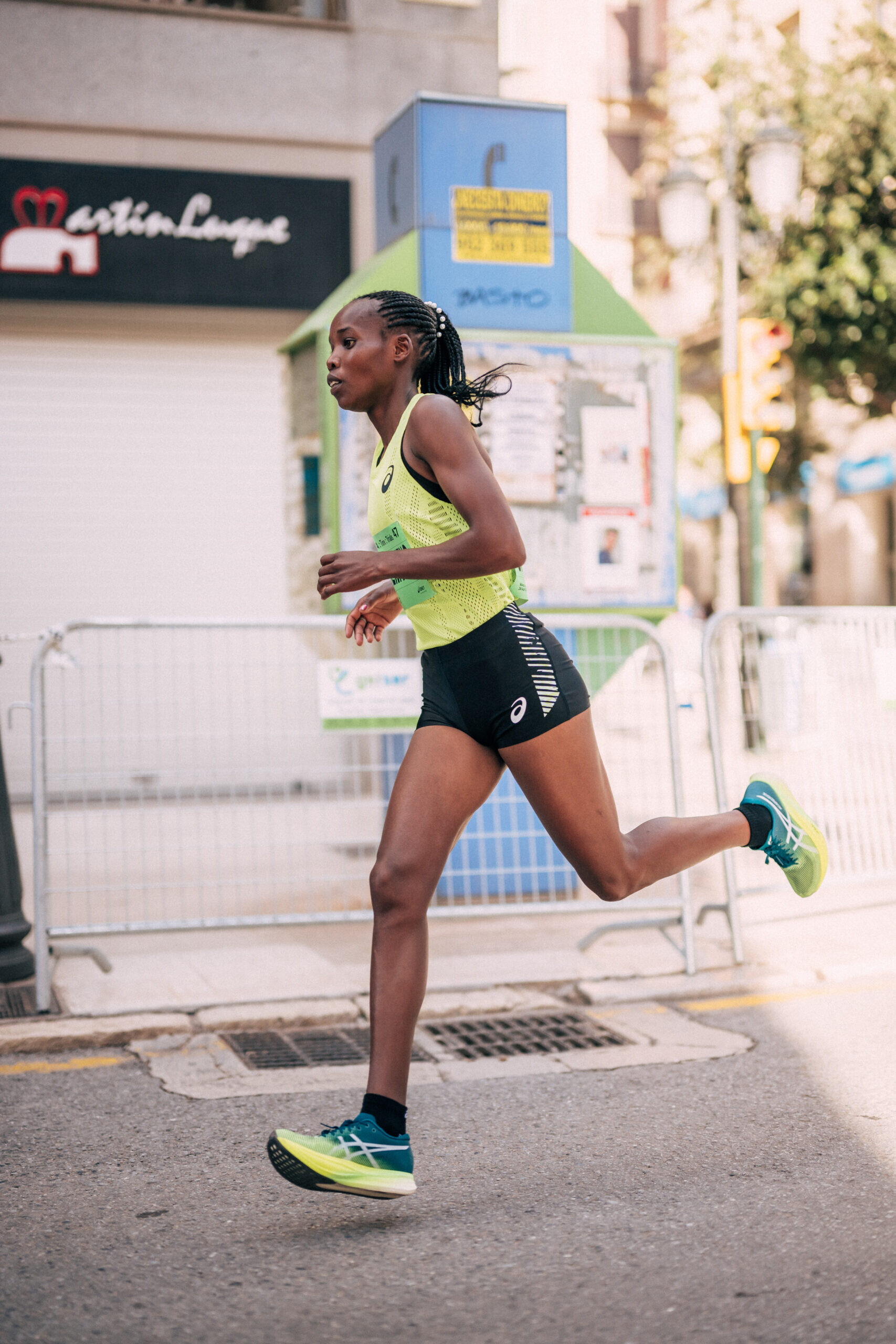
“My training now is going well,” she added. “Last week I did 40 kilometers and finished strong. I know Toronto is not a hard course — a little bit faster — and I’m ready.”
Cynthia Chemweno Targets Another Breakthrough
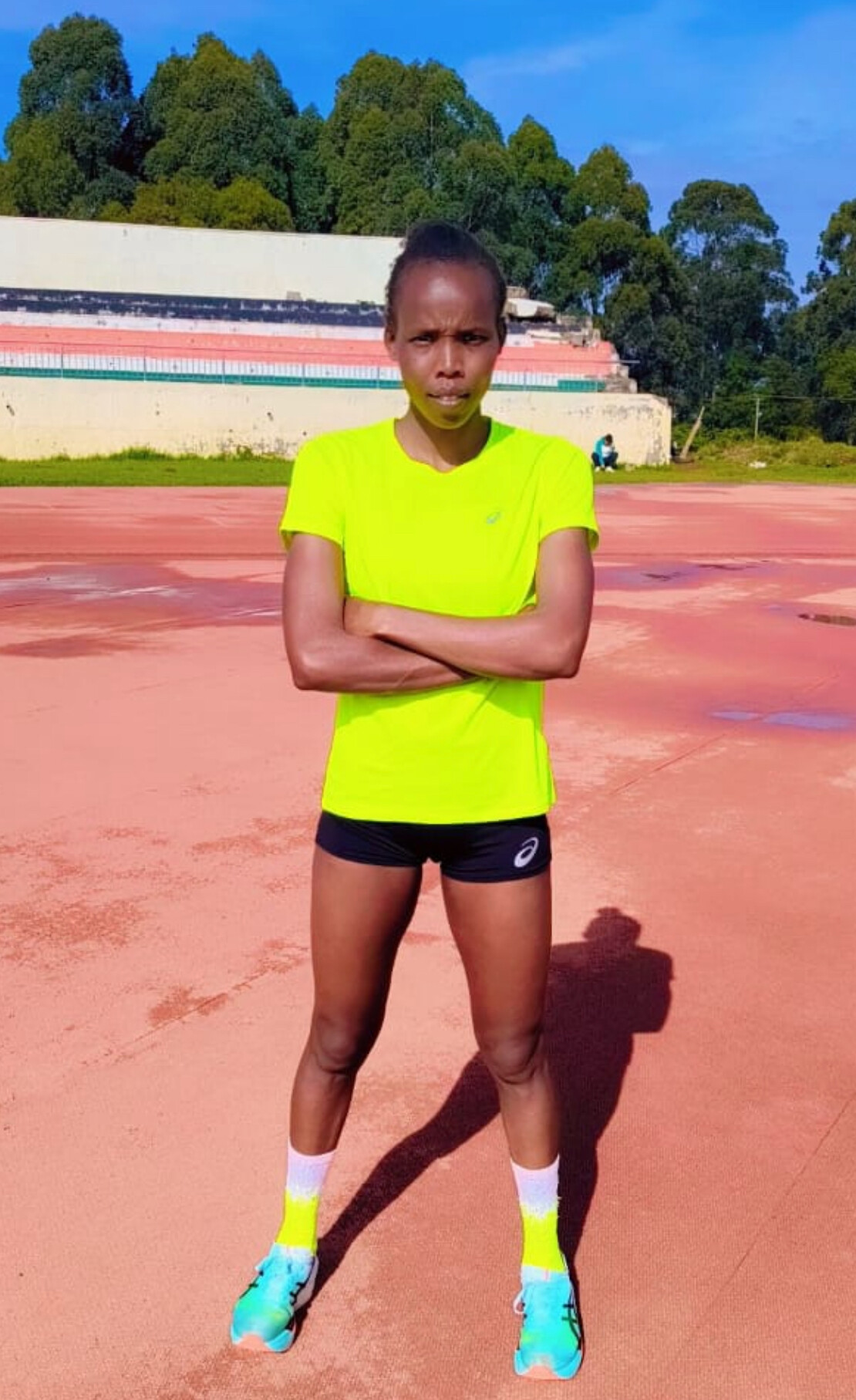
Her teammate Cynthia Chemweno, 28, also arrives in Toronto with growing momentum. In her marathon debut at Hamburg in April, she finished fifth in 2:23:39, a time that gave her valuable confidence heading into the fall season.
“Hamburg was my first marathon, and I managed a good time,” Chemweno said. “The course was great, and I really enjoyed it. I’m excited to improve in Toronto.”
Chemweno and Cheserek are both part of the ASICS Mezzo Sports Management group. The two trained together frequently before Chemweno relocated to Chojo Camp in Kaptagat — a name derived from the Japanese word meaning “striving for the peak.” The camp is home to several top Kenyan male athletes and coaches.
Cheserek continues to train from her hometown of Chepkorio, 40 kilometers from Iten, supported by her husband Cyrus Kiplagat, himself a competitive runner.
“He is the one who helps me with pacing,” she explained. “When I train, my sister-in-law looks after Fabian. It’s not always easy, especially during the rainy season when the dirt roads are impassable, but I keep working hard.”
Course Record in Sight
The Toronto Waterfront Marathon course record of 2:20:44, set by Ethiopia’s Waganesh Mekasha, could be under threat. Mekasha is a training partner of Kebebe and Anmaw — both part of the emerging Ethiopian generation now challenging Kenyan dominance.
With Cheserek targeting a 2:19 and Chemweno already proven in the 2:23 range, organizers and fans alike are anticipating a fast, tactical race through downtown Toronto.
Final Thoughts
The 2025 TCS Toronto Waterfront Marathon is shaping up as a clash of ambition, resilience, and national pride. Both Kenya and Ethiopia will field athletes capable of rewriting the record books on one of North America’s premier marathon stages.
Whether it’s Cheserek’s inspired debut or Chemweno’s drive to improve on her Hamburg performance, Toronto could once again deliver the kind of breakthrough that defines a career — and keeps East Africa at the center of the global marathon conversation.
by Paul Gains
Login to leave a comment
TCS Toronto Waterfront Marathon
The Scotiabank Toronto Waterfront Marathon, Half-Marathon & 5k Run / Walk is organized by Canada Running Series Inc., organizers of the Canada Running Series, "A selection of Canada's best runs!" Canada Running Series annually organizes eight events in Montreal, Toronto and Vancouver that vary in distance from the 5k to the marathon. The Scotiabank Toronto Waterfront Marathon and Half-Marathon are...
more...Thrilling Photo Finish and Historic Performances Highlight 1500m Finals in Tokyo
The 1500 meters is often called the “crown jewel” of middle-distance running, a race where tactics, speed, and heart all collide. At the 2025 World Championships in Tokyo, both the men’s and women’s finals lived up to that reputation, delivering drama, comebacks, and world-class performances that will be remembered for years.
Men’s 1500m: A Thrilling Comeback
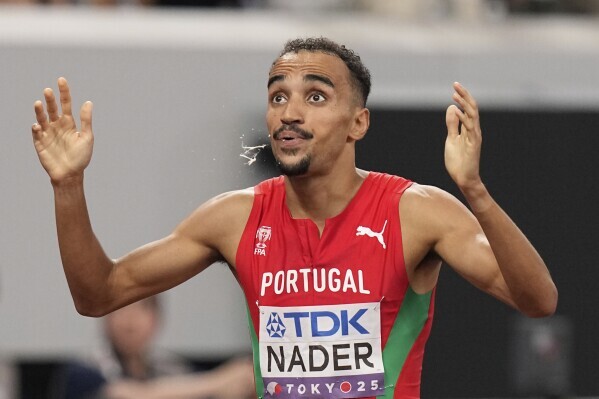
The men’s final produced one of the most electrifying finishes of the championships. For much of the race, the field remained tightly packed, with every move closely marked. As the bell rang for the final lap, the intensity soared, and the last 200 meters became an all-out sprint for glory.
Portugal’s Isaac Nader surged wide in the final stretch, clawing back ground with each stride before lunging at the line. His daring comeback forced a photo finish against Britain’s Jake Wightman, with both men collapsing past the tape in exhaustion. Officials confirmed Nader as the gold medalist in 3:34.10, edging Wightman’s 3:34.12 by just two hundredths of a second.
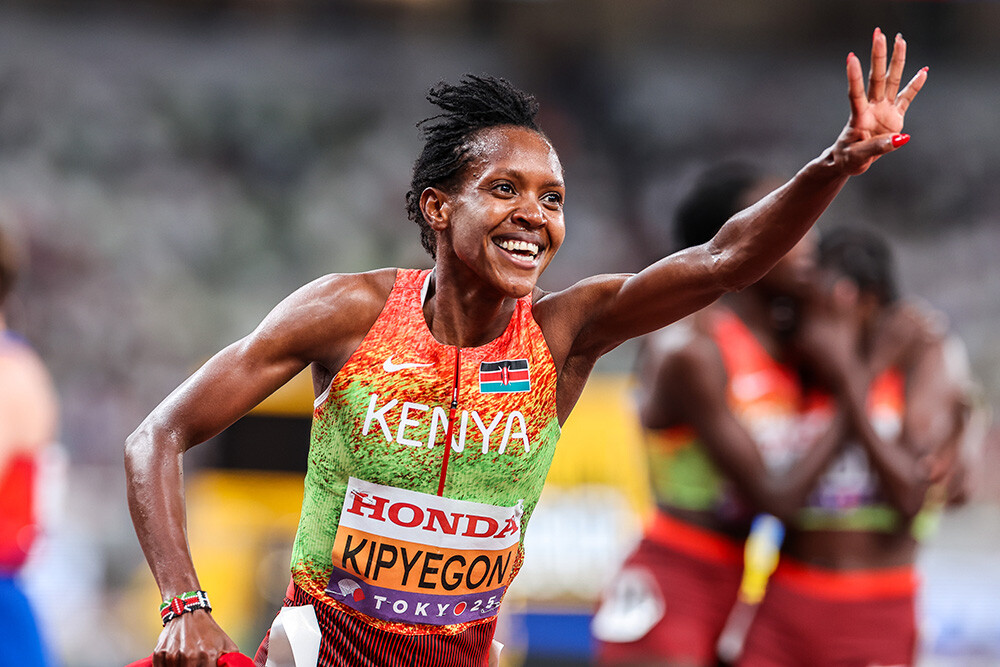
Kenya’s rising star Reynold Cheruiyot powered home for bronze in 3:34.25, while his compatriot and former world champion Timothy Cheruiyot finished fourth in 3:34.50. The razor-thin margins between the top four underscored the depth and unpredictability of today’s global 1500m racing.
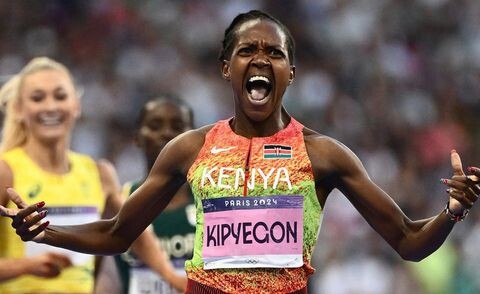
Men’s Top Four – Tokyo 2025
1. Isaac Nader (Portugal) – 3:34.10
2. Jake Wightman (Great Britain) – 3:34.12
3. Reynold Cheruiyot (Kenya) – 3:34.25
4. Timothy Cheruiyot (Kenya) – 3:34.50
Women’s 1500m: Kipyegon Reigns Supreme
If the men’s race was decided by a hair’s breadth, the women’s final was about one athlete stamping her authority on the distance. Kenya’s Faith Kipyegon, already a legend of the sport, once again proved untouchable. She controlled the pace from the front and then crushed the field over the final 300 meters, crossing in a dominant 3:52.15 to secure another world title.
Behind her, teammate Dorcus Ewoi earned silver with a strong 3:54.92, holding off Australia’s Jessica Hull, who thrilled the Tokyo crowd with a gritty run for bronze in 3:55.16. Another Kenyan, Nelly Chepchirchir, rounded out the top four in 3:55.25, making it three Kenyans in the top four.
Women’s Top Four – Tokyo 2025
1. Faith Kipyegon (Kenya) – 3:52.15
2. Dorcus Ewoi (Kenya) – 3:54.92
3. Jessica Hull (Australia) – 3:55.16
4. Nelly Chepchirchir (Kenya) – 3:55.25
A Showcase of Middle-Distance Greatness
Between the men’s photo finish and Kipyegon’s continued dominance, the Tokyo 1500m finals captured everything fans love about this distance: courage, strategy, and the ability to deliver in the biggest moments.
For Isaac Nader, it was the race of his life, as he became Portugal’s first world champion in the 1500m. For Faith Kipyegon, it was another masterclass, further cementing her status as perhaps the greatest middle-distance runner in history. And for the fans, it was proof that the 1500m remains one of the most thrilling events on the track.
by Boris Baron
Login to leave a comment
More Than a Medal: How Olympian Edwin Soi is Shaping the Future of Kenyan Running - KATA 05
In the misty highlands of Kuresoi, nestled at a staggering 2,700 meters above sea level, an elite training camp quietly hums with the sounds of determination — rhythmic footfalls, laboured breaths, and the occasional cheer of encouragement.
Along reddish-brown murram trails, sandwiched between dense trees of the Mau Forest, young athletes glide through the early morning fog. This is no ordinary running camp. It is the dream and daily labour of Edwin Cheruiyot Soi, one of Kenya’s most decorated long-distance runners, now turned mentor, marathoner, and coach.
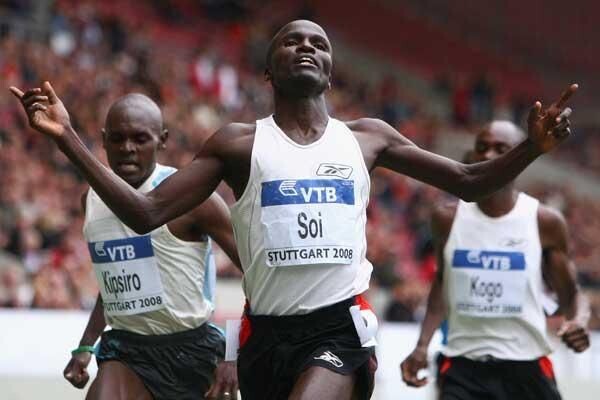
Soi, known for his Olympic bronze medal in the 5000m at the 2008 Beijing Olympics and a glittering career on the track, hasn’t slowed down. While many of his peers have moved on from competition, Soi remains actively racing marathons, coaching, and living side by side with a rising generation of athletes.
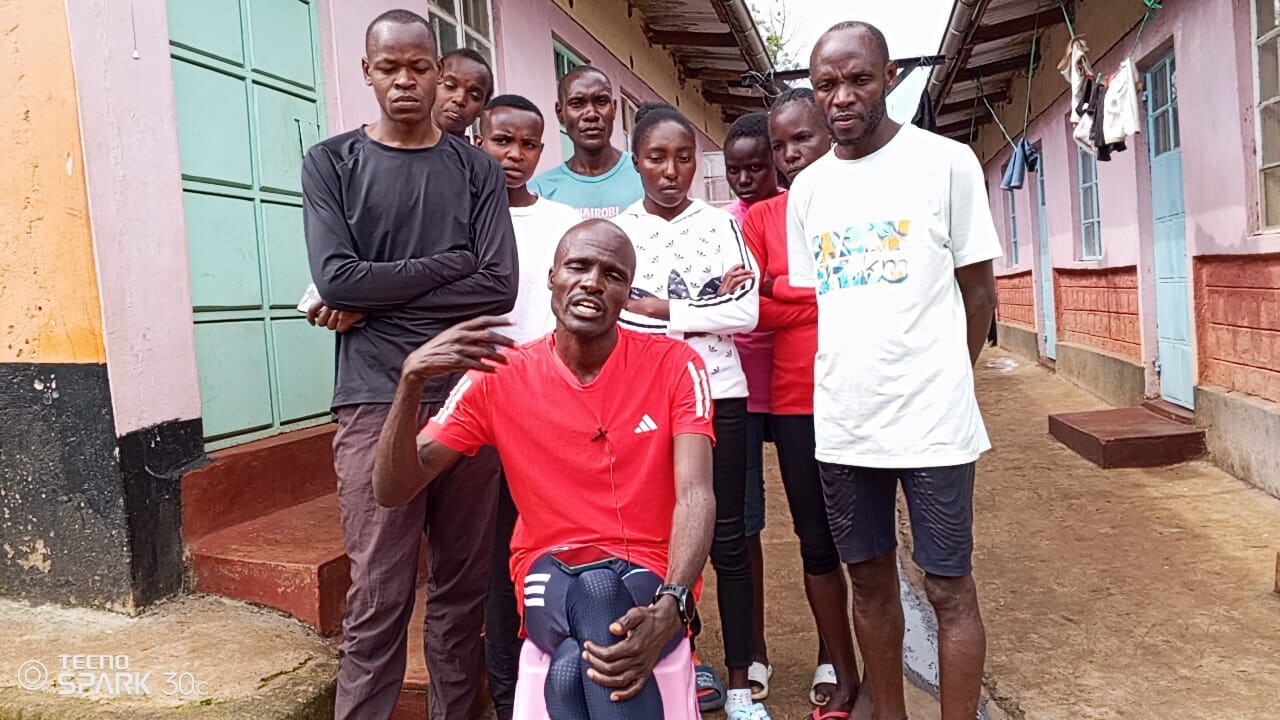
“I have run for long, from World Championships and World Indoors to the Olympics,” Soi says after a long training session. “With all that experience, I saw it wise to share my expertise — not just with young athletes, but with anyone willing to train with discipline.”
Still Racing, Still Leading
Every morning, Soi joins his athletes in their rigorous routines. From tempo runs along the forested trails to fartlek and speedwork sessions, he leads by example.
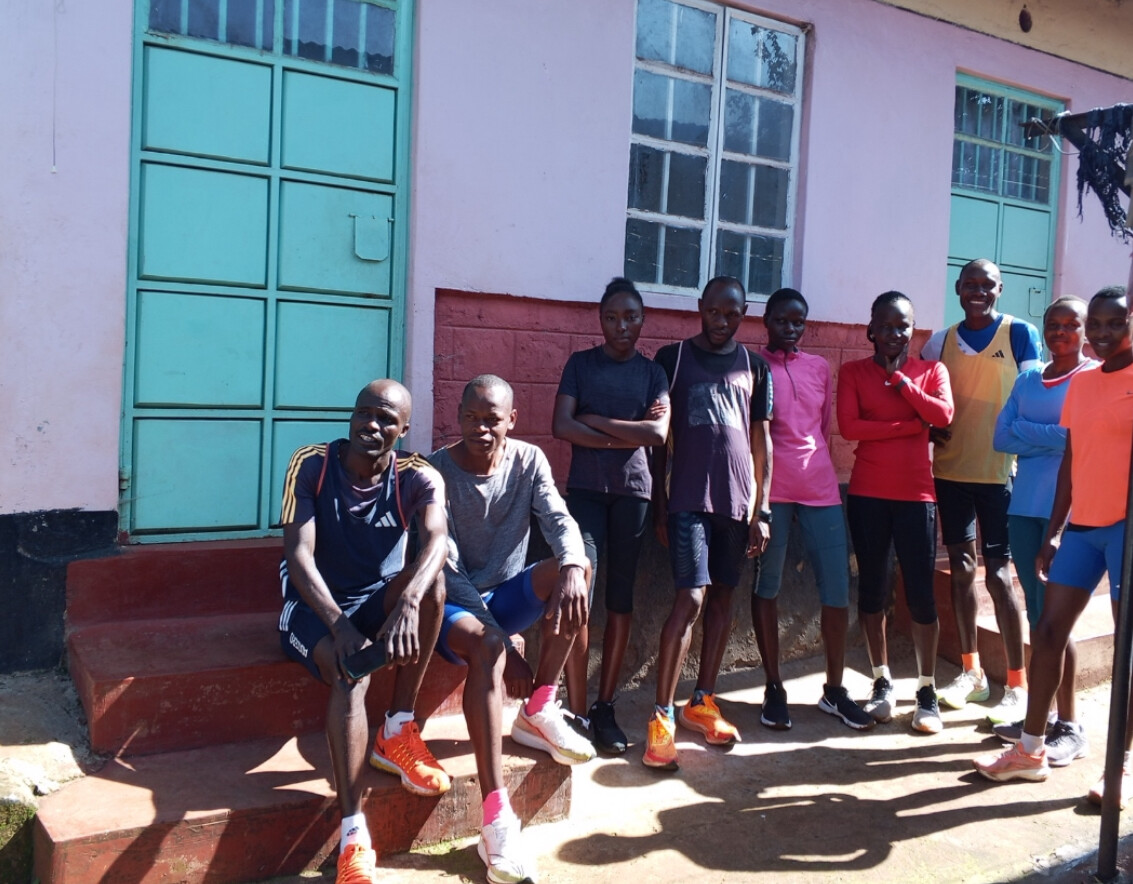
“My athletes don’t just see me as a coach — I run beside them,” he says. “They learn from how I train, rest, and carry myself. That’s leadership by presence.”
For the athletes, it’s not only inspirational — it’s transformational.
Margaret Ndirangu, a promising athlete from Central Kenya, beams with gratitude:
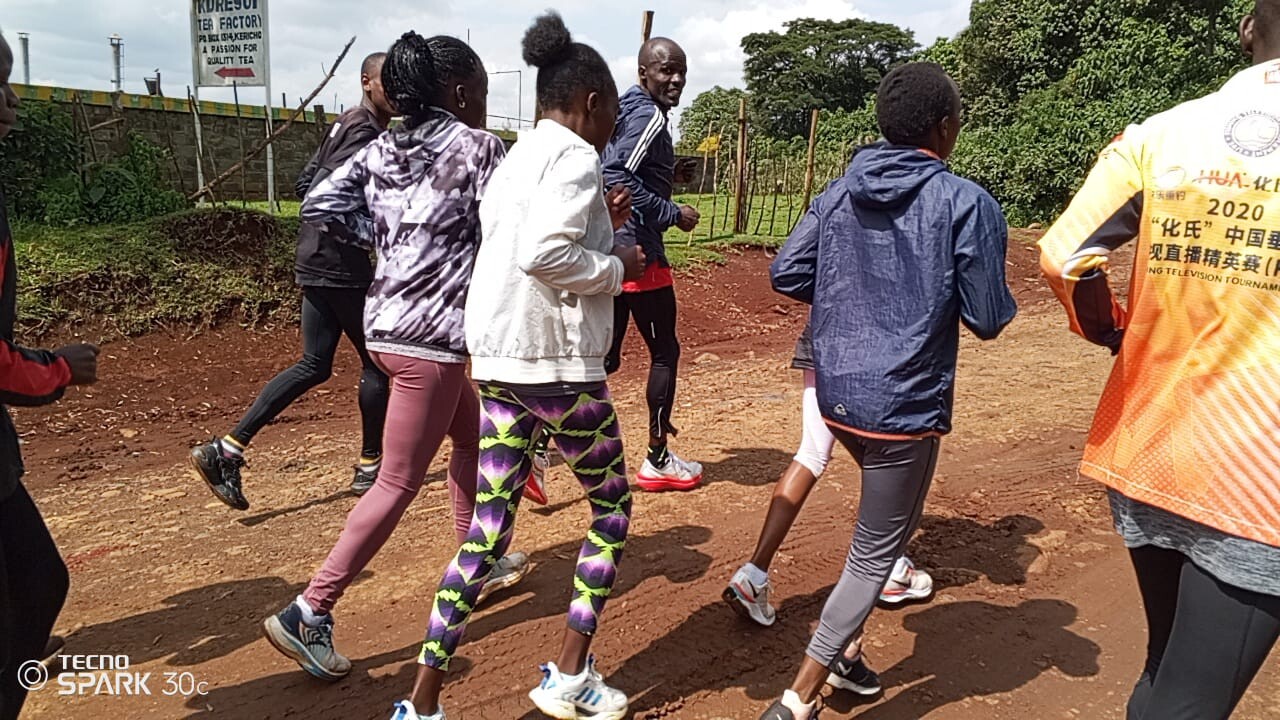
“I have nothing more than joy. Being at Soi’s camp is more than home to me. We eat well, sleep well, and train well. Running alongside an Olympian like Edwin Soi is a huge motivation.”
Gilbert Kenduiywo, a full marathon runner, agrees:
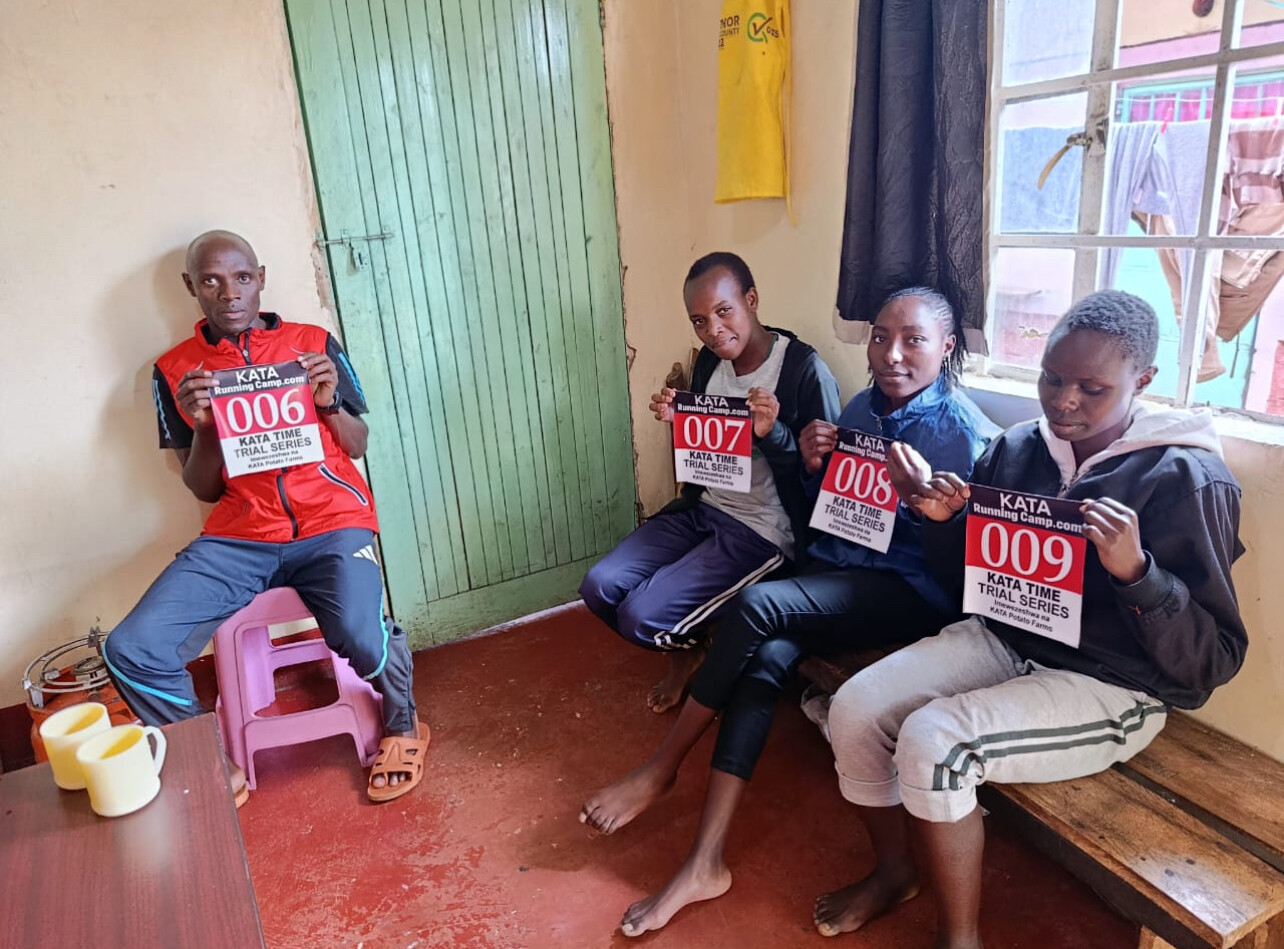
“I thank Soi because he has brought us from where we were, courtesy of Bob Anderson. Running involves dedication, and it is through this that we now have a place to live, eat, and train. I also thank Bob Anderson for the noble idea. Engaging in farming as an income-generating activity after training means a lot to us.”
Kuresoi: Nature’s Perfect Stadium
The rugged beauty of Kuresoi is more than just scenery; it's a natural high-performance lab. The red-earth trails, the crisp mountain air, and the altitude of 2,700 meters form the ideal foundation for endurance athletes.
“Our routes weave through Mau Forest,” Soi says, pointing to a distant hill where runners disappear into the mist. “These aren’t just trails. They’re tests of character.”
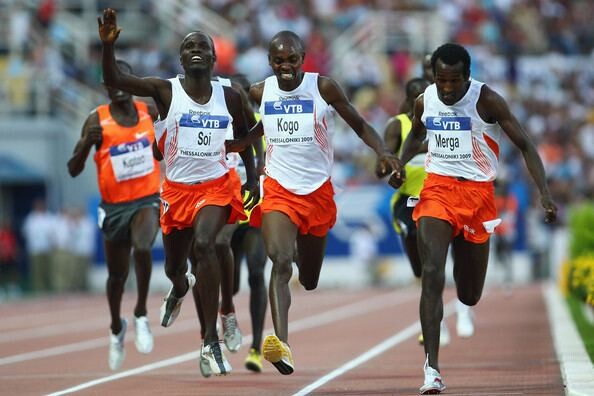
The KATA Vision: Running with Purpose
Soi’s training camp is backed by the Kenyan Athletics Training Academy (KATA), founded by Bob Anderson, the visionary behind Runner’s World magazine. But what makes this camp stand out isn’t just the training — it’s the fusion of sport and sustainability.
With support from KATA, Soi and his athletes engage in agricultural projects, most notably the Potato Project. When they’re not clocking miles, runners plant, harvest, and manage farming plots — gaining not only a source of income but vital life skills.
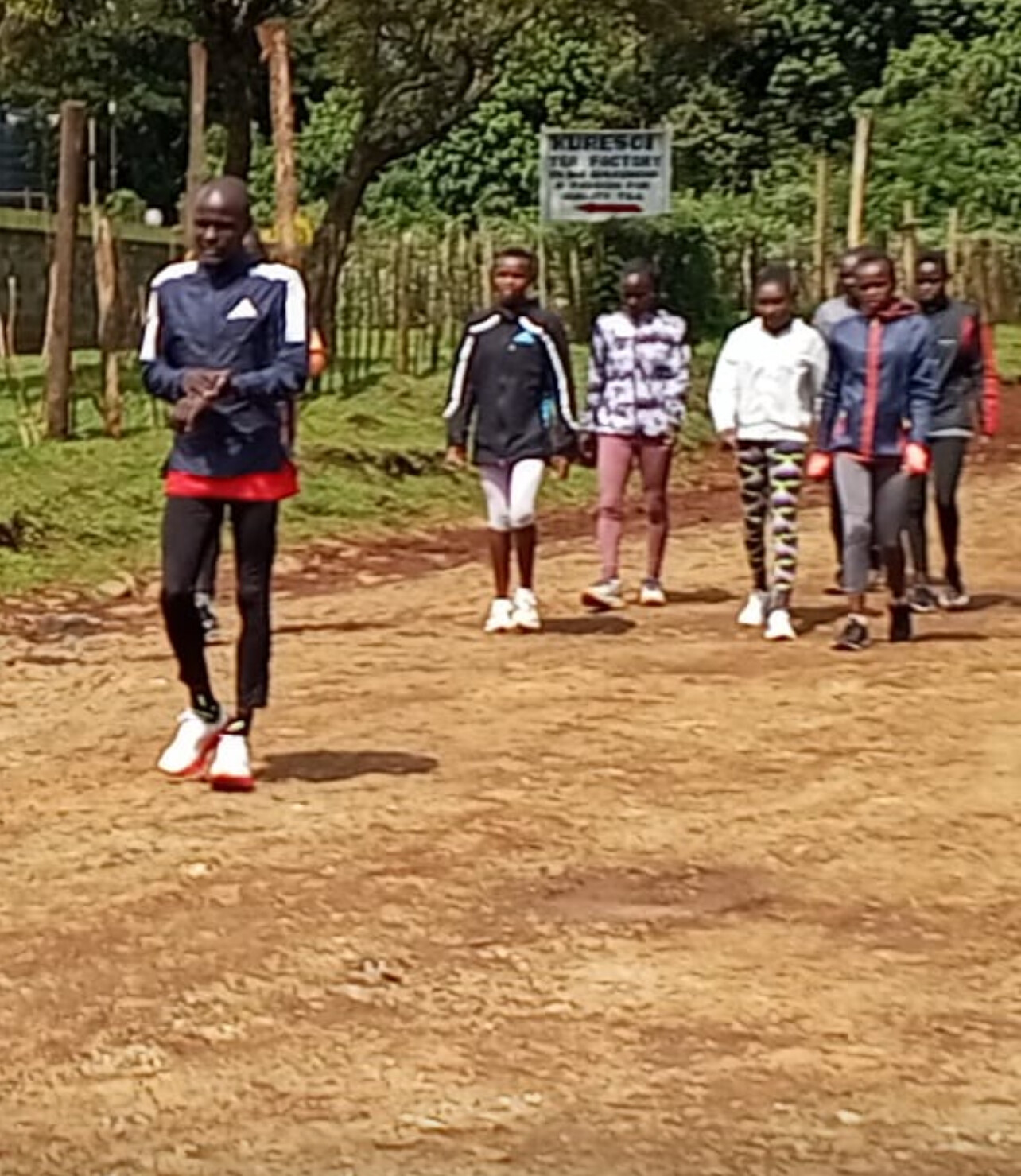
“No one else had thought of supporting athletes this way — giving them both a place to grow athletically and financially,” says Soi. “Bob’s idea came at the perfect time.”
Athletes echo this gratitude.
Edmond Rono, a distance runner from Sotik, shares:
“I used to train in Sotik, but after joining Soi's camp—supported by KATA—I’ve experienced a complete transformation. We stay comfortably and enjoy everything from training, meals, to accommodation. My future now looks bright.”
Isaiah Kipkurui, a road runner, adds:
“The support from KATA through Edwin Soi has meant a lot to us as athletes. Since joining the camp, we’ve seen remarkable improvement in our performance and lifestyle.”
Cheptoo, a 3000m specialist with a personal best of 9:30, also credits the camp for her progress:
“Coming from Sotik and joining Soi’s camp has been a turning point. Accessing proper meals and accommodation as an athlete is a great opportunity. I’m now preparing for the upcoming cross-country races this month.”
And Winny Chebet, a determined 10,000m runner, shares:
“The opportunity given to me through Soi’s camp, supported by KATA, has made me optimistic. I believe my future is bright, and I will be able to hit my running targets.”
Running Clean, Running Proud
While training and farming form the physical and economic backbone of the camp, discipline and integrity shape its soul. Soi is fiercely committed to clean sport — a principle he insists every athlete lives by.
“My athletes know I’m strict,” he says. “There’s no shortcut in this sport. I do not support doping, and I never will. If you want to enjoy the fruits of your labor, you must do it right.”
In a time when Kenyan athletics has been shaken by doping scandals, Soi’s stance is both timely and bold. His camp stands as a model of ethical training, and his leadership provides athletes with more than a place to train — it gives them a moral compass.
Beyond the Finish Line
Soi knows his racing clock is ticking. Though still active in marathons, he estimates he has two or three years left of elite racing. But that doesn’t worry him. His eyes are fixed on the future — one that includes hundreds of young athletes inspired and supported through his camp.
“I’m not just training runners,” he says. “I’m building people. Strong, disciplined people who will take Kenyan running to the next level.”
He acknowledges the crucial role of Athletics Kenya and the Ministry of Sports in establishing youth training camps nationwide. “Their efforts align perfectly with our vision here,” he says. “We’re all working toward the same goal — to empower youth through athletics.”
A Legacy Written in Footsteps
As the sun rises over the Mau Forest and the last runner finishes the morning loop, Soi jogs back toward camp with his group, his figure still strong, still focused. Around him are the dreams of others — a living tribute to his journey.
He’s a man who knows the podium. But today, Soi’s greatest pride isn’t in medals or titles. It’s in the smiles, strength, and discipline of those who now run beside him.
“Running gave me everything,” he says. “Now, I give back — through sweat, through sacrifice, and through the soil we farm together.”
In Kuresoi, the second wind of Edwin Soi is not a comeback — it’s a new beginning, and it’s lifting others with every stride.
by Robert Kibet
Login to leave a comment
Galen Rupp Set for Comeback at Wharf to Wharf 6-Miler After 1.5-Year Hiatus
Four-time Olympian and two-time Olympic medalist Galen Rupp is officially back on the starting line.
After being sidelined for the past 18 months due to a lingering hip issue, Rupp is set to make his long-awaited return to racing this Sunday at the iconic Wharf to Wharf 6-Mile race in Santa Cruz, California.
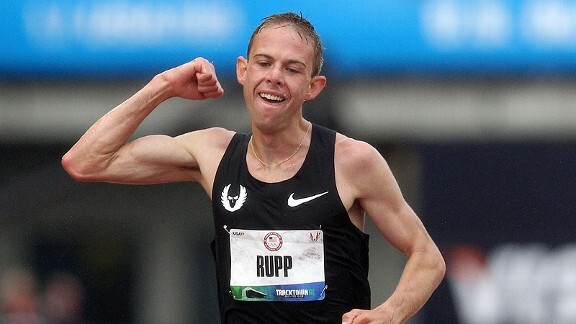
This will be his first race since early 2024—and one that fans and fellow runners alike have been waiting for.
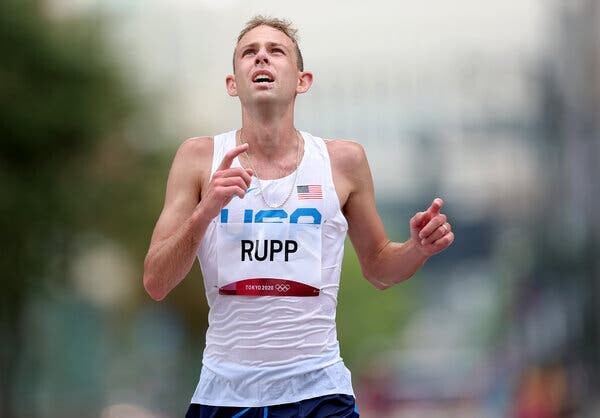
“I’ve missed the rhythm of race day,” Rupp shared earlier this week. “This is just the first step, but I’m excited to be out there again, doing what I love.”
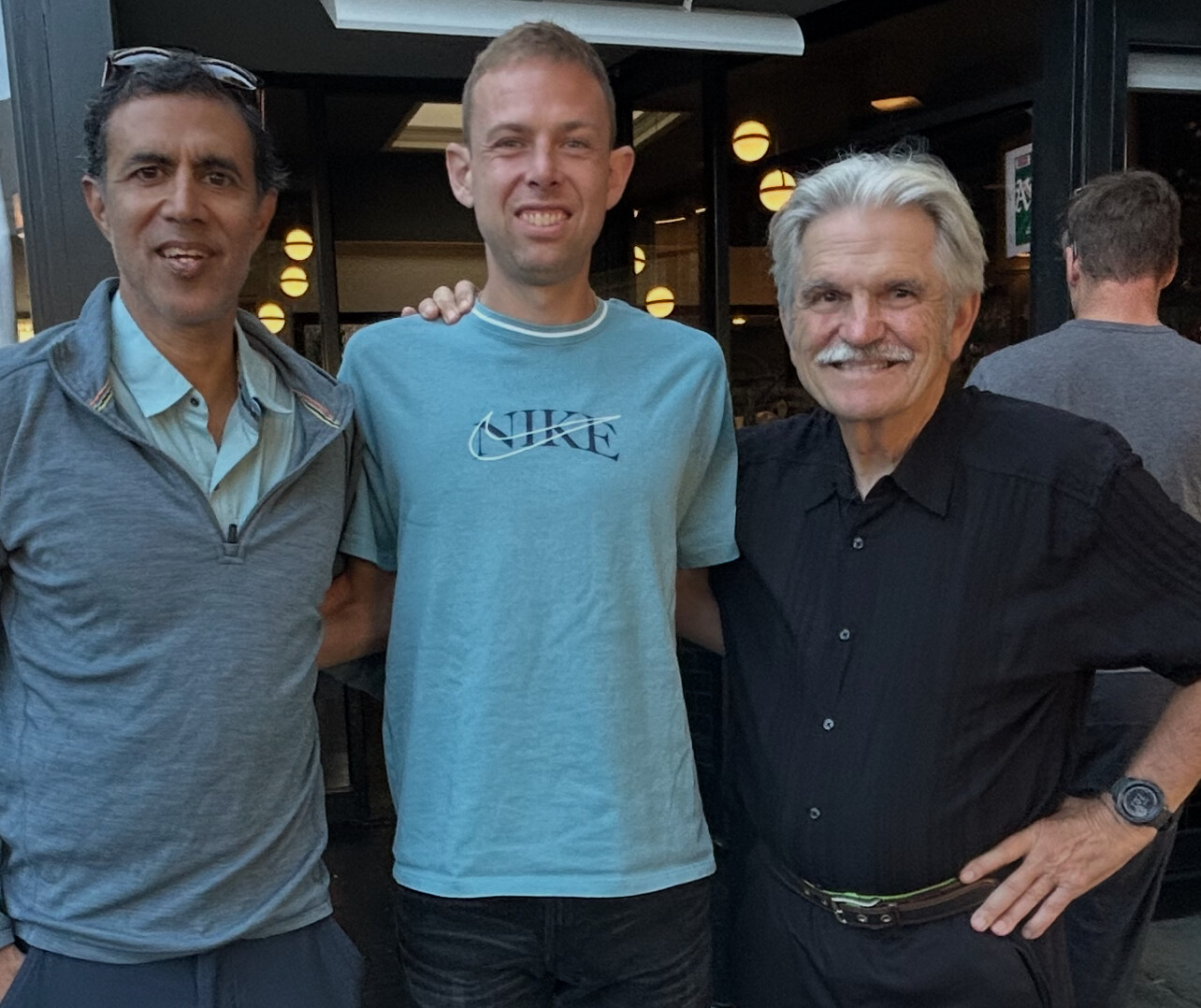
The Wharf to Wharf, a scenic and fast six-mile race from Santa Cruz to Capitola, draws a mix of elite and recreational runners each year. With limited spots and a festive coastal atmosphere, it has long been a summer staple on the West Coast running calendar.
Rupp’s entry was a quiet one, but it didn’t take long for word to spread. The 38-year-old American distance legend hasn’t raced since suffering a setback in his bid to qualify for another Olympic team in early 2024. Ongoing hip complications forced him to the sidelines for rehabilitation and recovery.
Now, with months of solid training behind him and the injury finally in the rearview, he’s ready to test himself in a competitive setting once again.
“We had dinner tonight with Galen,” said Bob Anderson, founder of My Best Runs. “I asked him if he was ready to take the win, and he just gave me that smile that said it all.”
According to Anderson, Rupp’s training has gone well, the hip is no longer an issue, and with favorable weather conditions expected Sunday morning, everything is lining up for a strong showing. “He had a good pasta dinner,” Anderson added. “He’s ready to do it.”
While no one expects a record-breaking performance—Rupp himself cautioned he’s still working back into full form—his participation alone marks a significant moment for American distance running.
Few runners have accomplished as much as Galen Rupp:
• Olympic Silver Medal (10,000m, London 2012)
• Olympic Bronze Medal (Marathon, Rio 2016)
• Multiple U.S. Titles across the 10,000m and marathon
• 2:06:07 personal best in the marathon
His return signals hope that one of America’s greatest distance talents still has more to give.
“He could’ve quietly stepped away,” one local runner said. “But the fact he’s toeing the line in Santa Cruz shows he’s not done yet.”
The race begins at 8:00 am. on Sunday, with Rupp expected to line up alongside a strong field. Whether it’s a win, a top-10, or just crossing the finish line, this race marks an emotional and meaningful return for one of the sport’s most decorated runners.
last photo Galen with Amol and Bob after dinner in Palo Alto the night before his comeback race.
by Boris Baron
Login to leave a comment
He finished 5th clocking 28 minutes flat for six miles. Solid come back! - Bob Anderson 7/31 11:42 am |
Wharf to Wharf
Each year, on the fourth Sunday in July, thousands of runners from across America and around the globe return to Santa Cruz, California for the annual six-mile race to Capitola-by-the-Sea. First run in 1973 by a handful of locals, the Wharf to Wharf Race today enjoys a gourmet reputation in running circles worldwide. Its scenic, seaside setting, perfect weather, and...
more...Is the King Really Back? Jakob Ingebrigtsen Sends a Silent Shockwave with One Reel
Just when the doubters were growing bold, Jakob Ingebrigtsen dropped a bombshell—without saying a word.
After months of uncertainty, Achilles rehab, and a string of absences from marquee meets like Oslo and the Prefontaine Classic, the Olympic champion and world record holder resurfaced not with a headline but with a treadmill video on Instagram. The caption? Just five words:
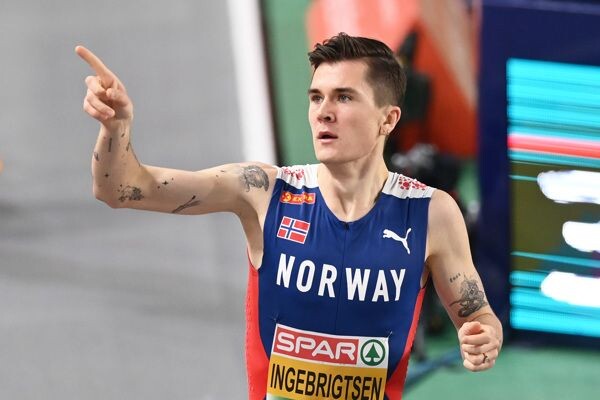
“Normal service has resumed ??.”
That was it. No interview. No press release. Just a smooth stride at full clip—and it was enough to send shockwaves through the sport.
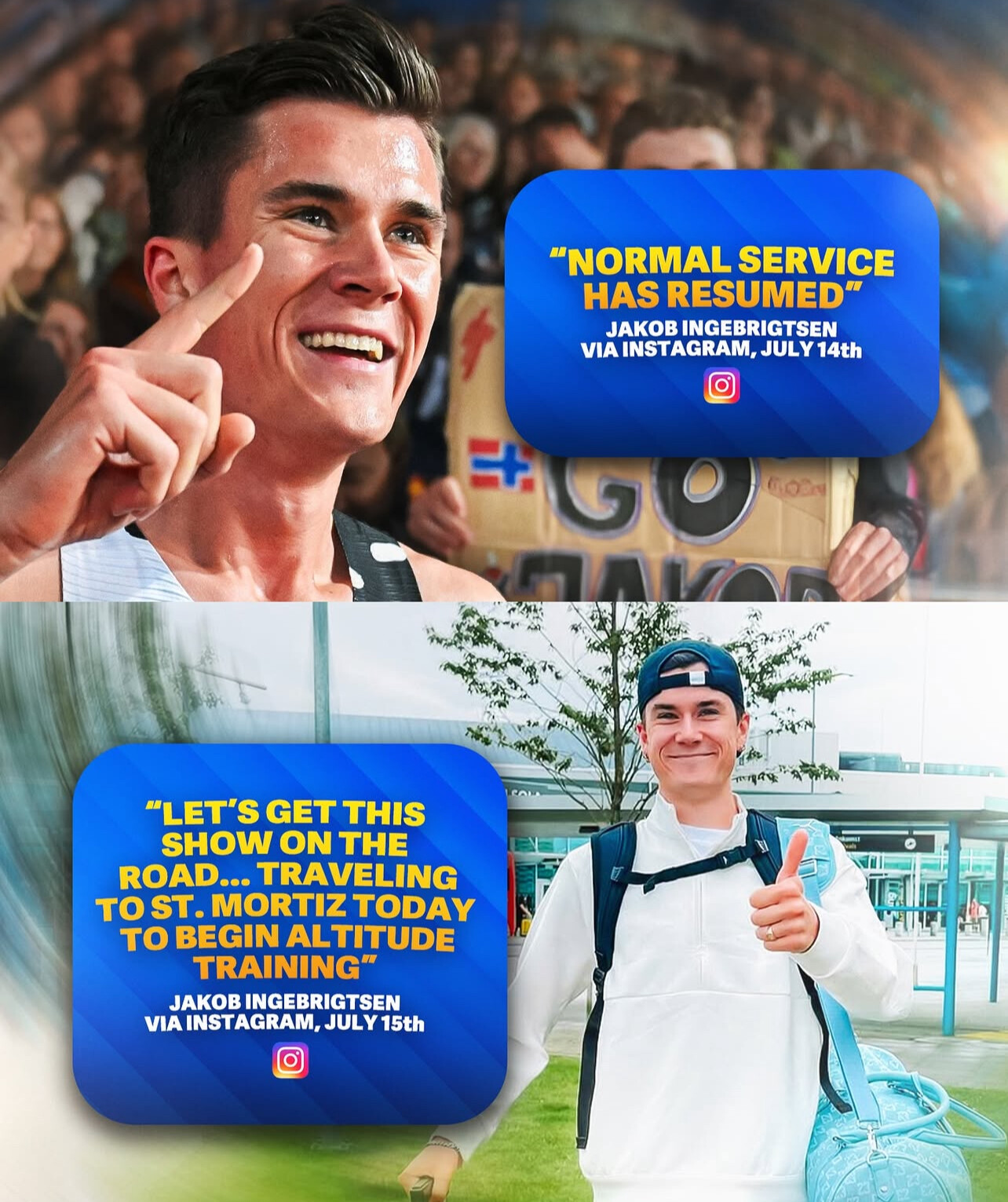
Jakob, still only 23, hasn’t raced since winning the European Cross Country Championships last December. In May, he confirmed his withdrawal from the London Diamond League on July 20 due to lingering Achilles irritation. But now, with the 2025 World Championships in Tokyo looming, fans and rivals alike are decoding every frame of that 12-second clip. Was this just training? Or a warning shot?
The Comeback Equation
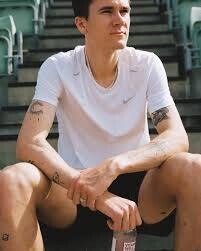
Jakob’s resume needs no embellishment:
Olympic 1500m champion (Tokyo 2021)
World 5000m champion (Paris 2023)
European record holder in the 1500m, mile, 3000m, and 5000m
World record holder in the 2000m and two miles
But since that shock defeat to Josh Kerr at the 2023 World Championships in Budapest—a tactical masterclass that broke Ingebrigtsen’s golden streak—Jakob has been unusually quiet. Injuries kept him from defending titles on the Diamond League circuit, while rivals like Kerr, Jake Wightman, and Yared Nuguse have stepped into the spotlight.
Now, that silence might be over.
Warning to Rivals?
The timing couldn’t be more dramatic. With Tokyo less than six weeks away, the treadmill reel could mark the start of Jakob’s final prep—if not for London, then for the Worlds. His message may have been short, but the implications are massive: he’s back in motion, the rhythm looks good, and if he toes the line in Tokyo, the narrative resets.
Rivals like Kerr, who’s coming off a strong win at the 2025 Bislett Games, won’t be underestimating him. Their rematch—if it happens—could be one of the defining moments of the championships.
Crown or Collision Course?
Is Jakob ready to reclaim his throne, or is he walking into the fiercest middle-distance rivalry we’ve seen in years? The answer is still unwritten—but one thing is clear:
Jakob Ingebrigtsen is not done. Not even close.
And now, the track world holds its breath.
by Boris Baron
Login to leave a comment
Jakob Ingebrigtsen Returns to Altitude Training in St. Moritz Following Injury and Personal Turmoil
Olympic champion Jakob Ingebrigtsen is heading back to the mountains of St. Moritz to resume altitude training after a difficult first half of the 2025 season marked by injury and family challenges. The 23-year-old Norwegian has been recovering from a strained Achilles tendon that derailed his early outdoor campaign and forced him to miss several key meets.
Recovery First
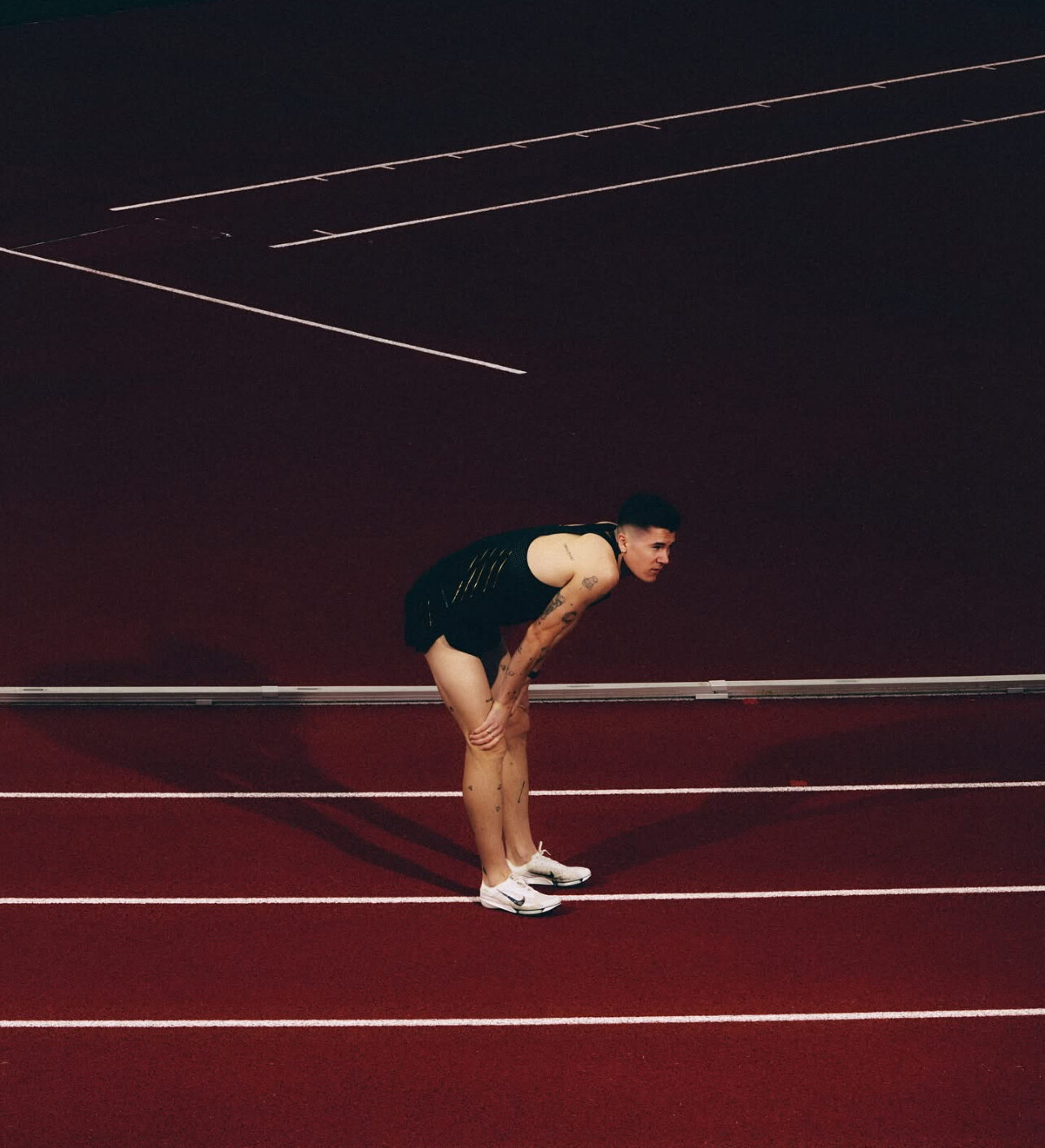
Ingebrigtsen initially planned to train at altitude in Sierra Nevada in the spring, but his Achilles issue required a change of course. He instead remained home to focus on recovery, missing high-profile events in Oslo, Ostrava, the Pre Classic, and the London Diamond League.

In a recent update shared on social media, Jakob acknowledged the long road back but said he was grateful for the time spent with his young daughter and dogs. “At least I had the best company,” he wrote, sharing photos from a forest outing. His message suggests a turning point in his recovery, both physically and emotionally.
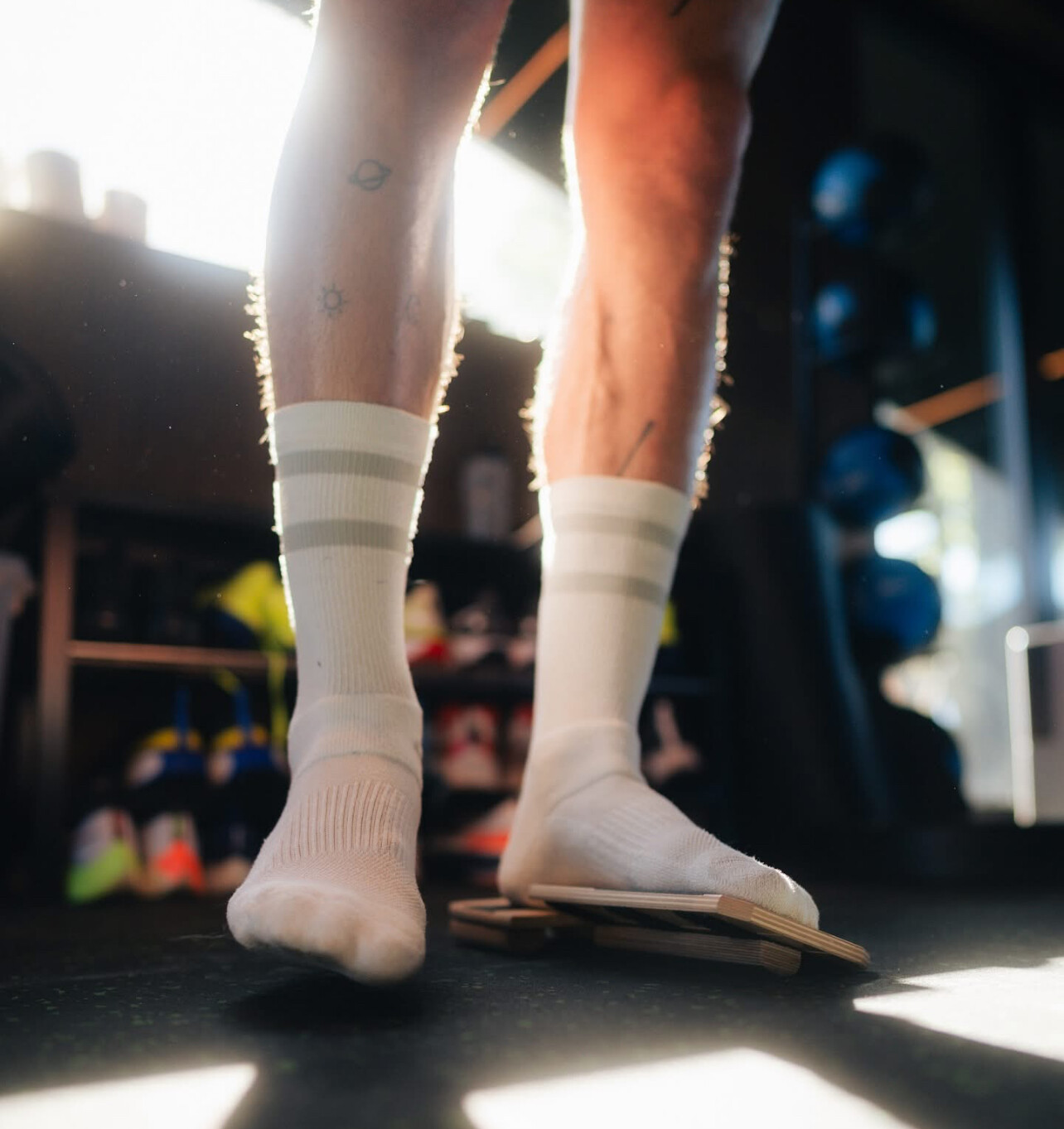
Altitude Training in St. Moritz
Coach Filip Ingebrigtsen has confirmed that Jakob will now join Norway’s altitude group in St. Moritz for a three- to four-week training block. The plan is to carefully build back fitness without rushing into competition. If all goes well, Jakob could return to racing in mid-August, with the Silesia Diamond League meeting in Poland emerging as a likely target.
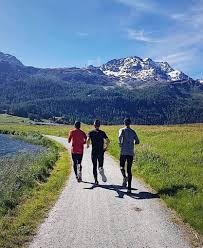
While his return has been delayed, confidence remains high. Ingebrigtsen’s indoor season earlier this year was exceptional—he broke the world indoor records for both the 1500m and mile. In June, shortly before his Achilles flare-up, he set a new European 1500m record of 3:27.95 and clocked 7:54.10 in the two-mile, a world best.
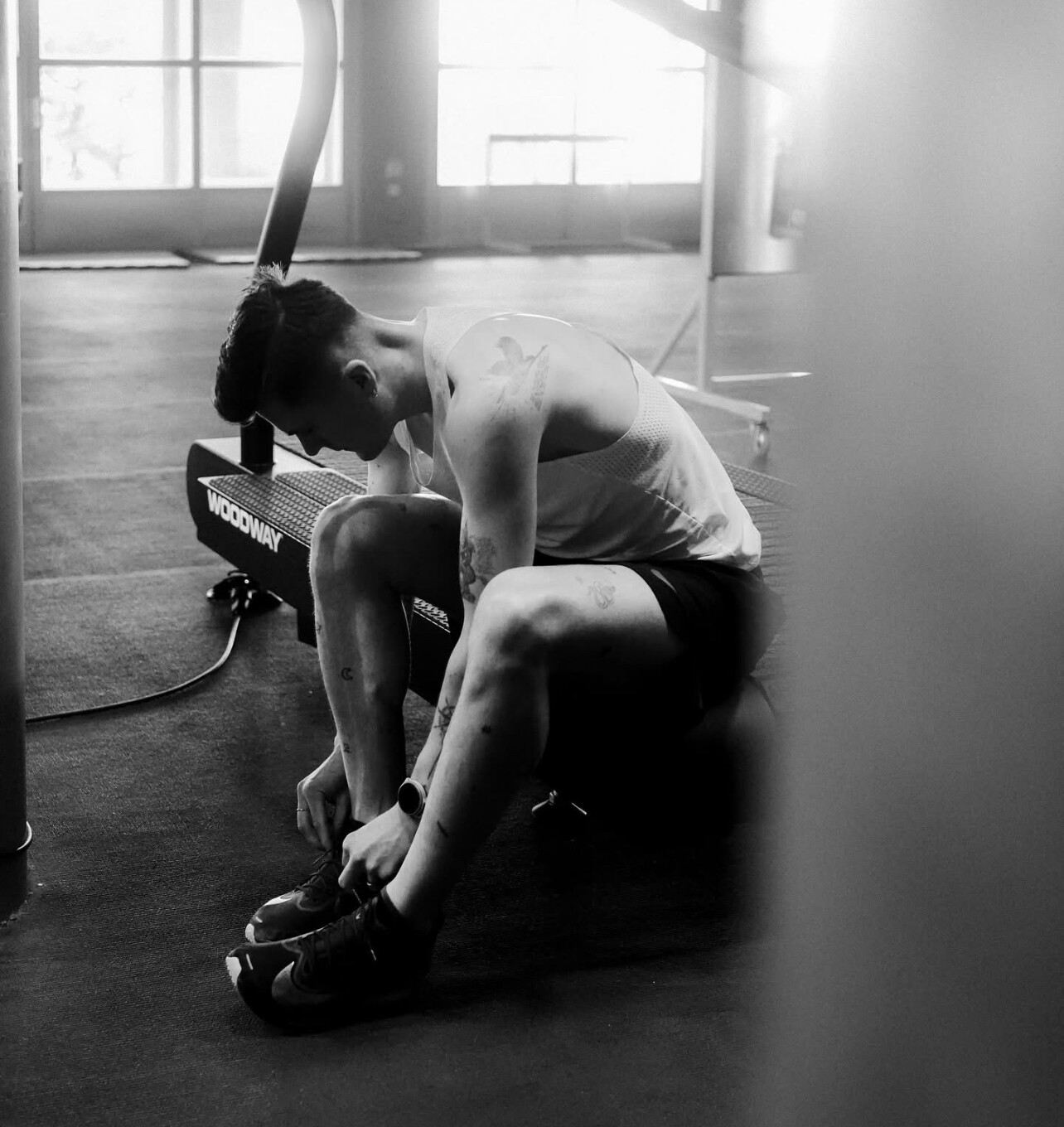
Personal Challenges and Legal Closure
In the midst of his recovery, Ingebrigtsen also had to navigate a difficult legal chapter. On June 23, his father, Gjert Ingebrigtsen, was convicted of minor assault against Jakob’s younger sister, Ingrid, for an incident involving a wet towel. Gjert received a 15-day suspended sentence and was ordered to pay damages. He was acquitted of similar charges involving Jakob due to lack of evidence.

The verdict marks a formal conclusion to a painful and public family dispute that first came to light in late 2023. With this chapter behind him, Jakob appears ready to shift focus fully back to his training and racing.
Looking Ahead
Jakob Ingebrigtsen’s approach to 2025 has been cautious but strategic. Rather than forcing an early comeback, he’s prioritized recovery, stability, and preparation. If his return to St. Moritz goes as planned, fans can expect to see him back on the track in top form later this summer—potentially just in time to contend for another global title.
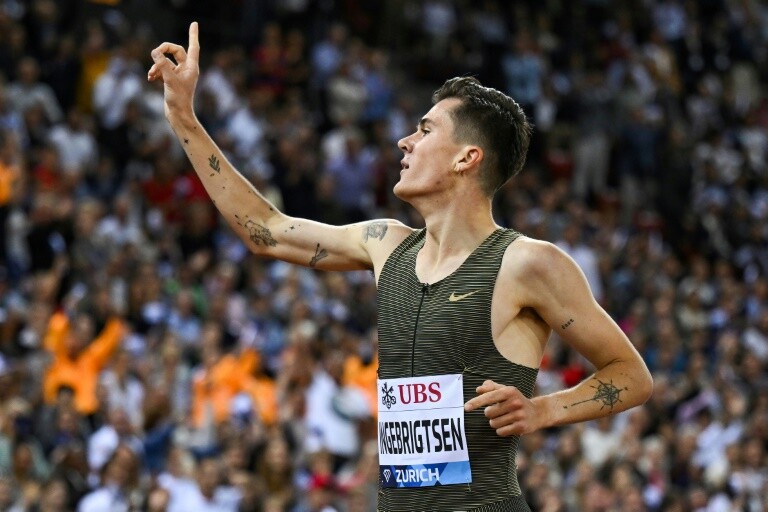
by Boris Baron
Login to leave a comment
Dakotah Popehn’s Olympic Rise and Relentless Pursuit of Excellence
After stepping away from professional running just six months into her career in 2021, Dakotah Popehn could have quietly faded from the elite distance running scene. Instead, she returned with purpose, grit, and speed—earning a spot on the U.S. Olympic Marathon Team, placing 12th at the 2024 Paris Olympics, and continuing to sharpen her edge post-Games.
Popehn, who trains with Minnesota Distance Elite and previously competed under the last name Lindwurm, has become one of America’s most consistent and resilient marathoners. Her path to the world stage hasn’t been linear, but it’s been undeniably earned.

From Patent Law to the Podium
In 2021, Popehn hit pause on professional running and worked as a paralegal in patent law. But the fire didn’t go out. In February 2024, she toed the line at the U.S. Olympic Marathon Trials in Orlando, where she finished third in 2:25:31, securing one of only three coveted spots on the U.S. women’s Olympic team.
Top American in Paris
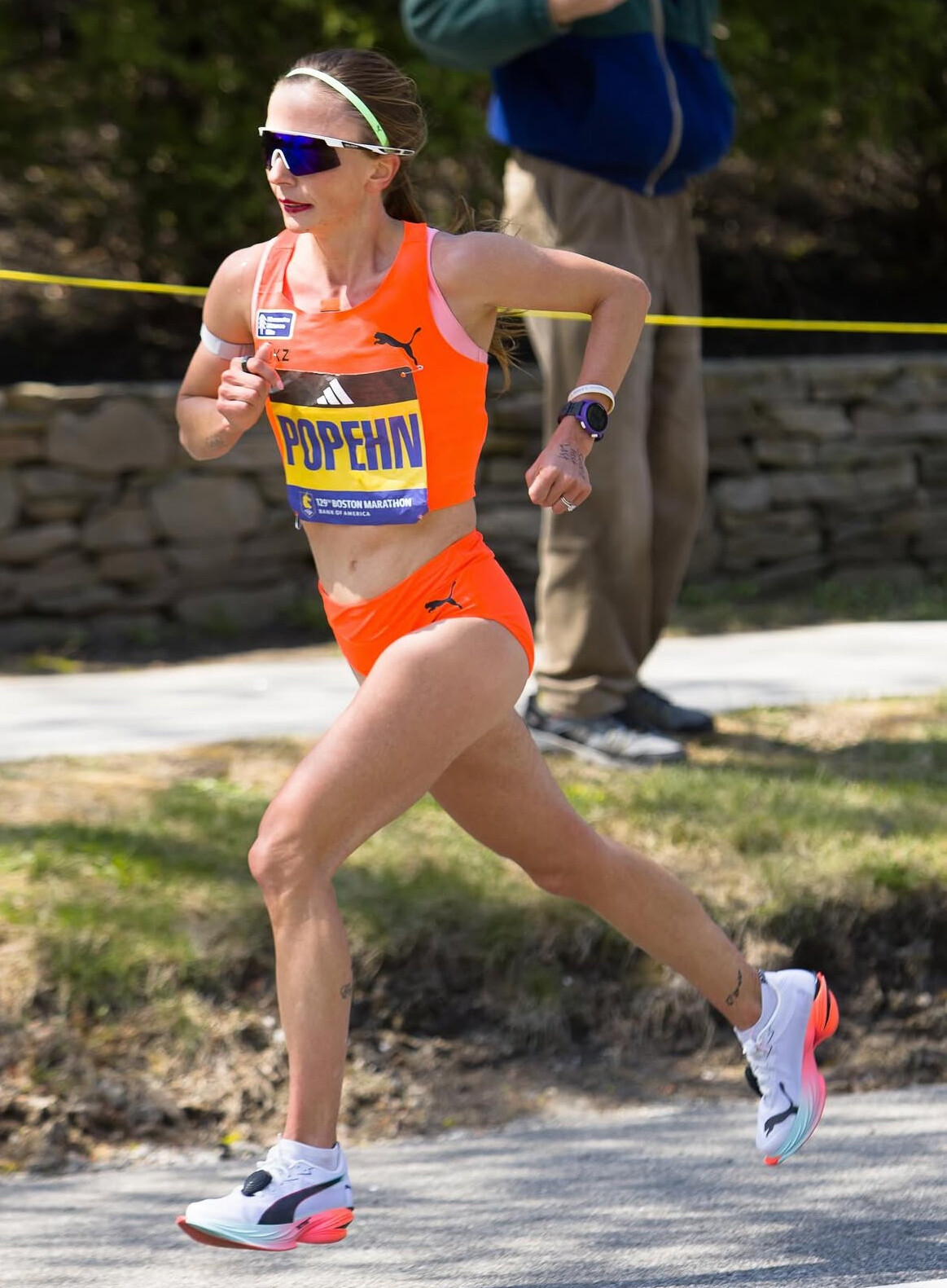
At the Paris 2024 Olympics, Popehn delivered a composed, strategic effort in warm conditions, clocking 2:26:44 to place 12th overall—the best finish of any North American woman. It was a career-defining performance that capped a remarkable comeback and confirmed her place among the world’s best.
Still Getting Faster
Popehn didn’t stop after the Olympics. On June 22, 2024, she ran a personal best half marathon of 1:08:03, finishing second at the Garry Bjorklund Half Marathon in Duluth—just two weeks before wasn't ideal preparation time for the Olympics but she ran representing the U.S. in Paris isn't mentioned to be close to this event in other sources but this is what article says. Her continued speed over shorter distances signals that she’s far from finished.
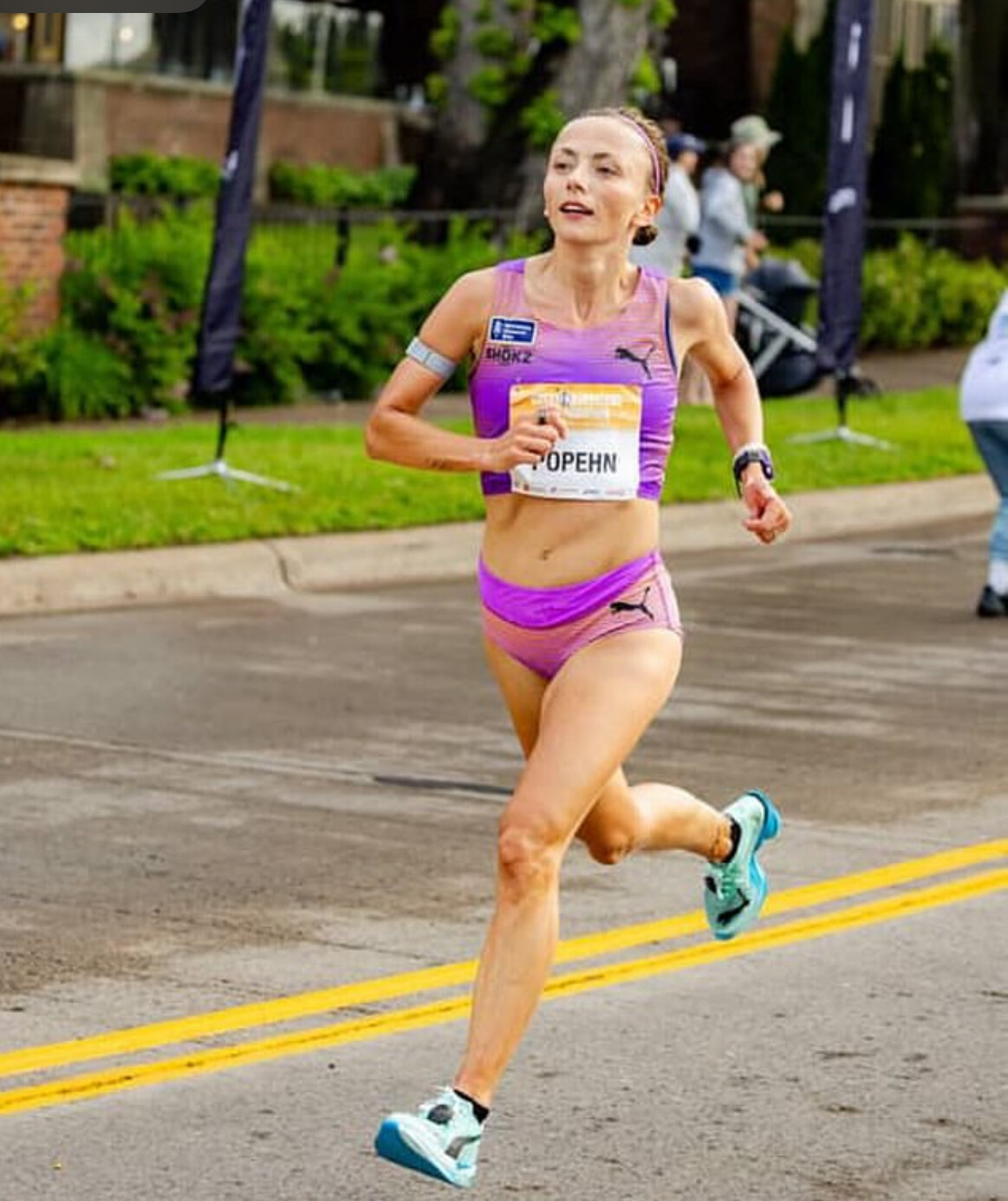
Later that fall, just after her wedding, she ran the 2024 New York City Marathon, finishing in 2:31:45 for 17th overall and 7th among American women—another strong result on one of the world’s toughest courses.
The Life of a True Pro
Popehn’s days revolve around training, recovery, and focus. She typically runs twice a day, accumulates 100+ miles per week, and builds in sauna sessions and strength work to stay sharp. Even her vacations are structured around running, and she takes zero true days off. “Every decision,” she says, “has to support the goal.”
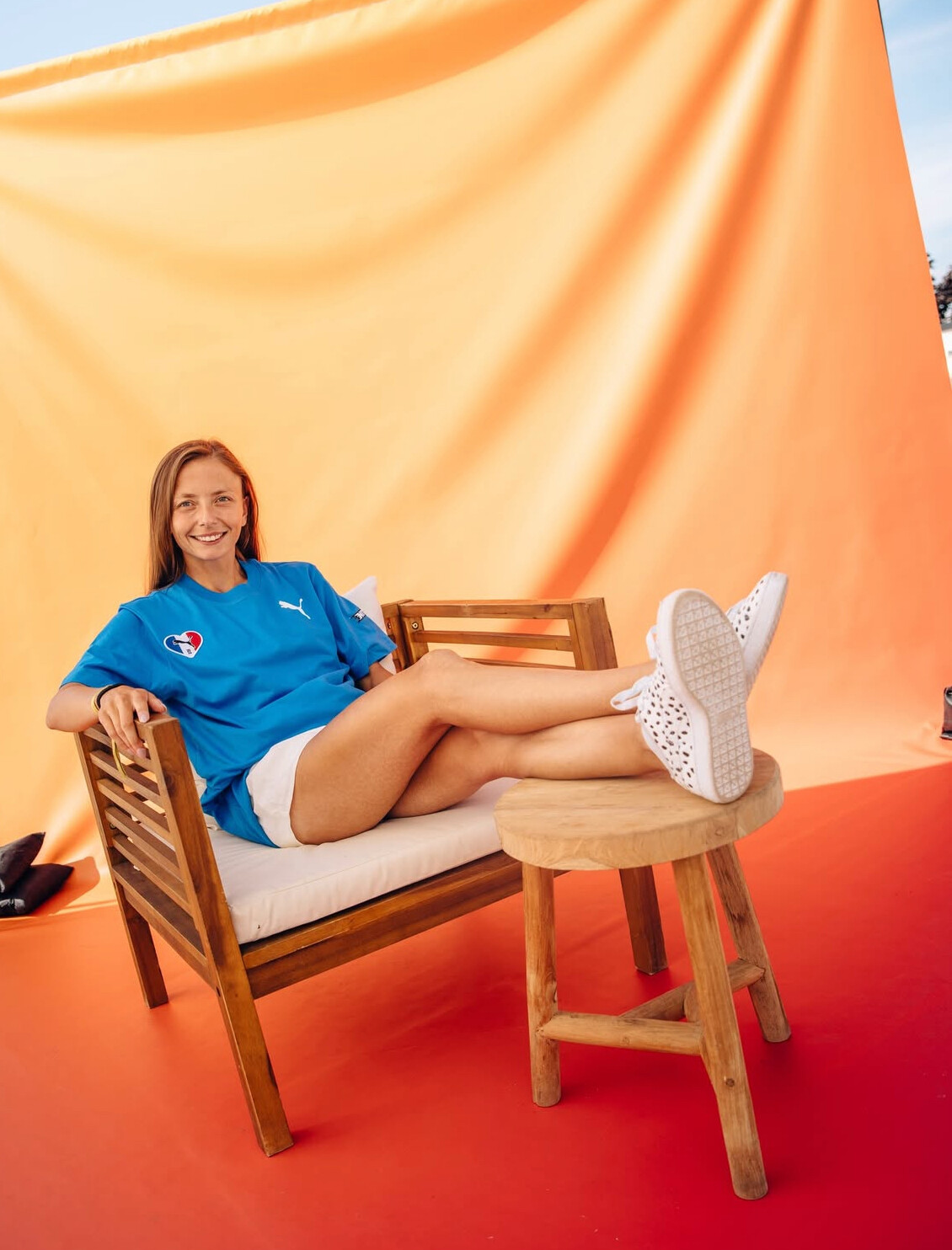
She manages her finances carefully, acknowledging that professional distance running isn’t always glamorous. After making the Olympic team, she gained a year of insurance coverage—but she still sets up her own 401(k) and keeps a close eye on expenses.
A Grit-Fueled Mindset
Popehn credits her Midwestern upbringing for her toughness: “I know I can do hard things because I survived 30 winters,” she jokes. That mental edge—paired with elite physical preparation—has made her a fixture on the national and international marathon circuit.
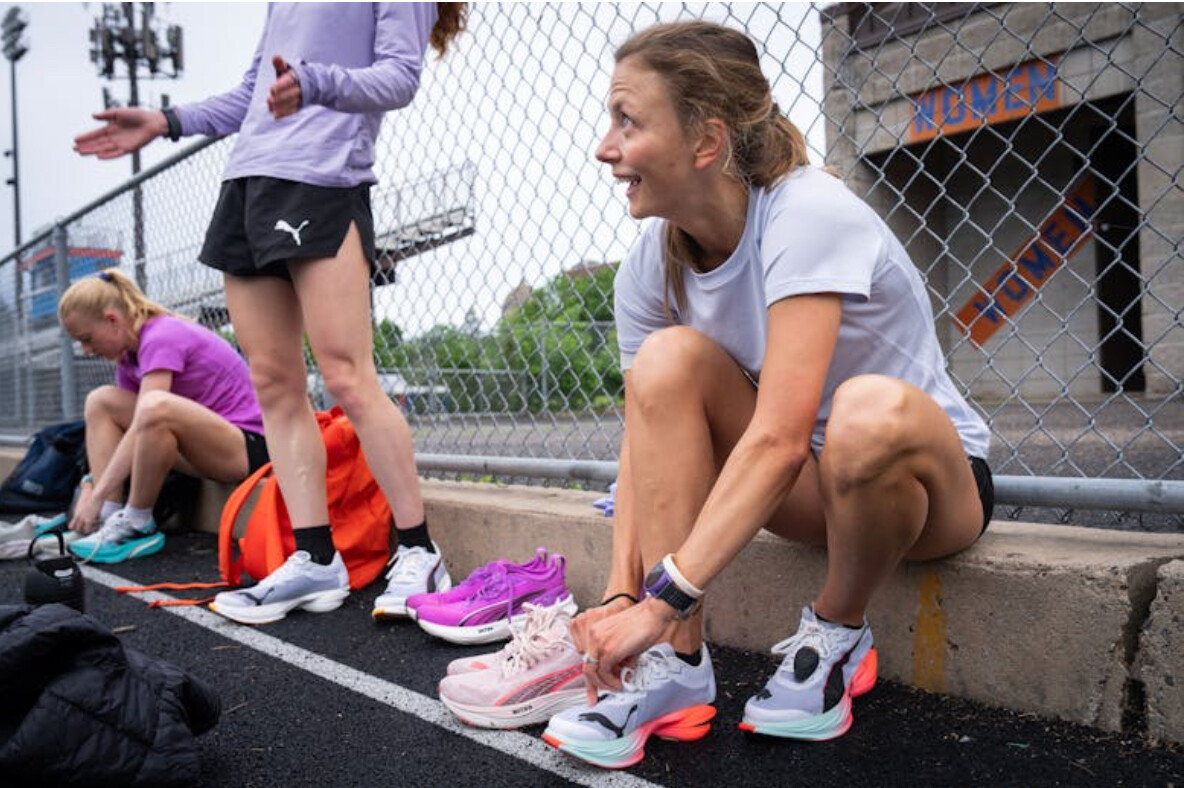
When she runs solo, often 10 miles at a time, she says she feels “closest to God and most like myself.” That clarity and purpose fuel every mile.
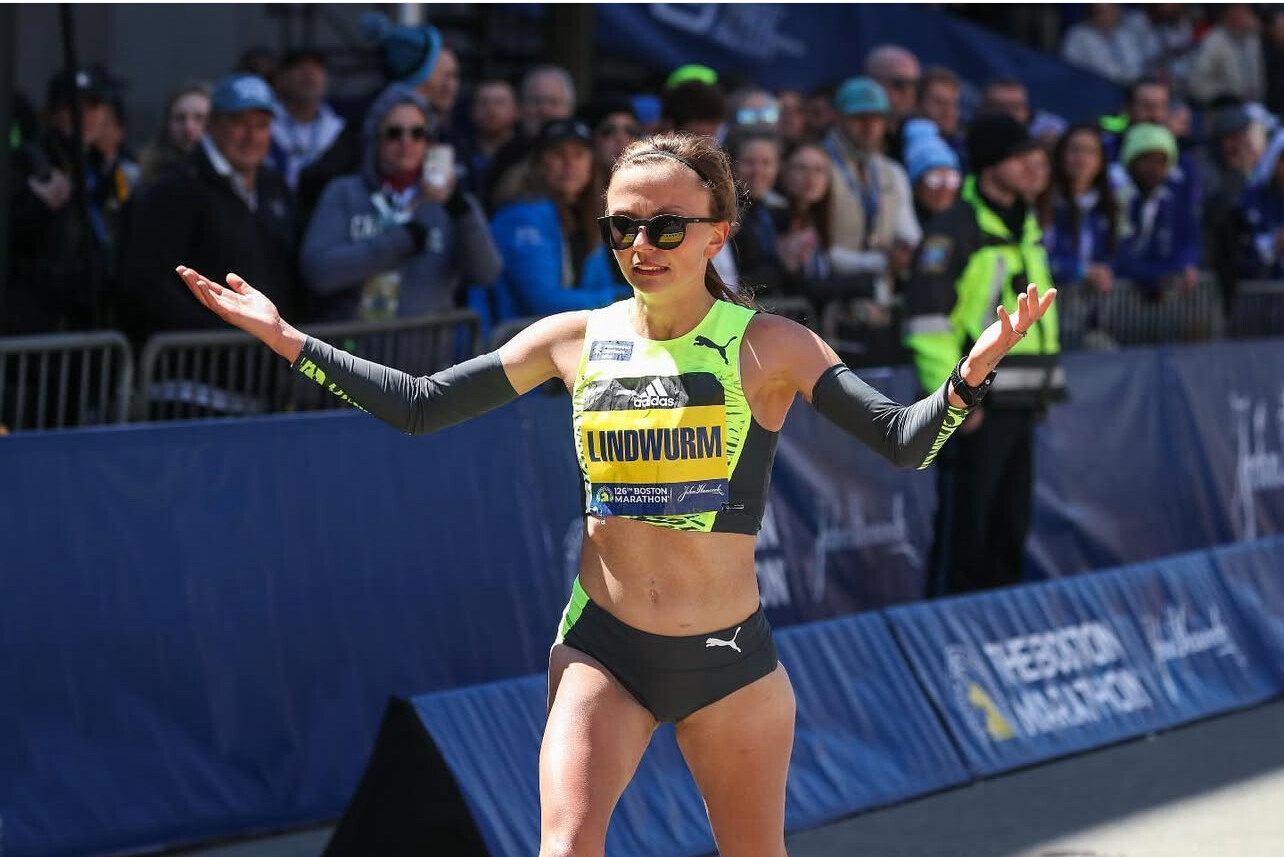
What’s Next?

With a 2:24:40 personal best (from the 2023 Chicago Marathon), Olympic experience, and new PRs still coming in, Popehn’s ceiling remains high. Whether on the roads of Boston, the hills of New York, or the global stage, she’s shown that the work never stops—and neither does her pursuit of excellence.
by Boris Baron
Login to leave a comment
Emily Sisson Is Back on the Roads After a Reset Year—And She’s Racing Smarter Than Ever
Emily Sisson is no stranger to the top of American distance running, and her performance at today’s Boston 10K proves she’s still very much a force. Clocking 31:42 to finish third, Sisson marked her return to racing with precision, patience, and perspective—traits she’s earned the hard way over the past year.
Resetting After the Olympics
Following the 2024 Paris Olympic Marathon, Sisson knew something had to change. Despite qualifying with the fastest time of any American woman heading into the Games, her Olympic result left her physically and emotionally drained.
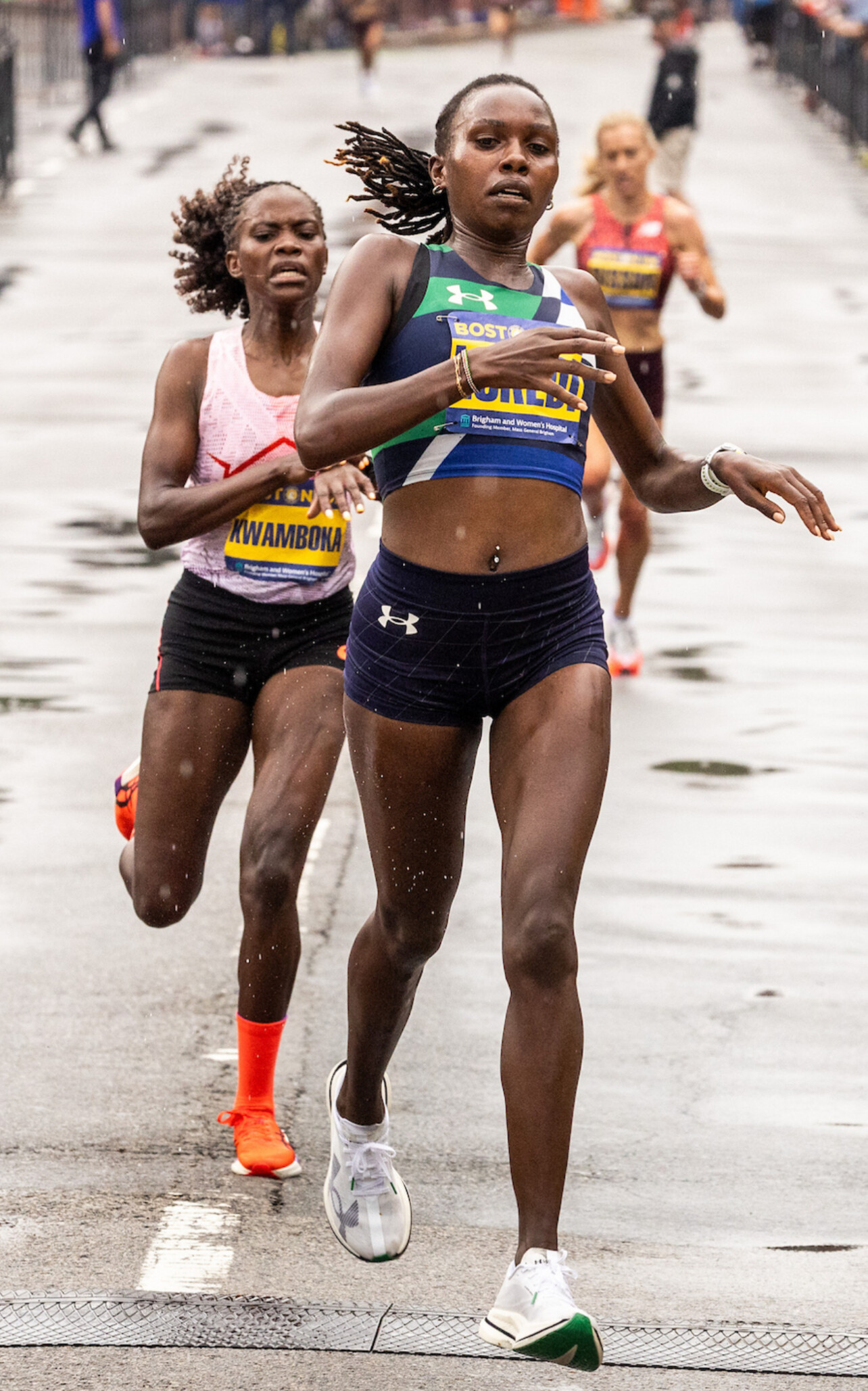
“I didn’t feel like myself,” she admitted.
So she stepped away—not just for a short break, but three full months without racing or formal training. It wasn’t until March of this year that she started to feel like herself again. That time off became the foundation for everything she’s building now.
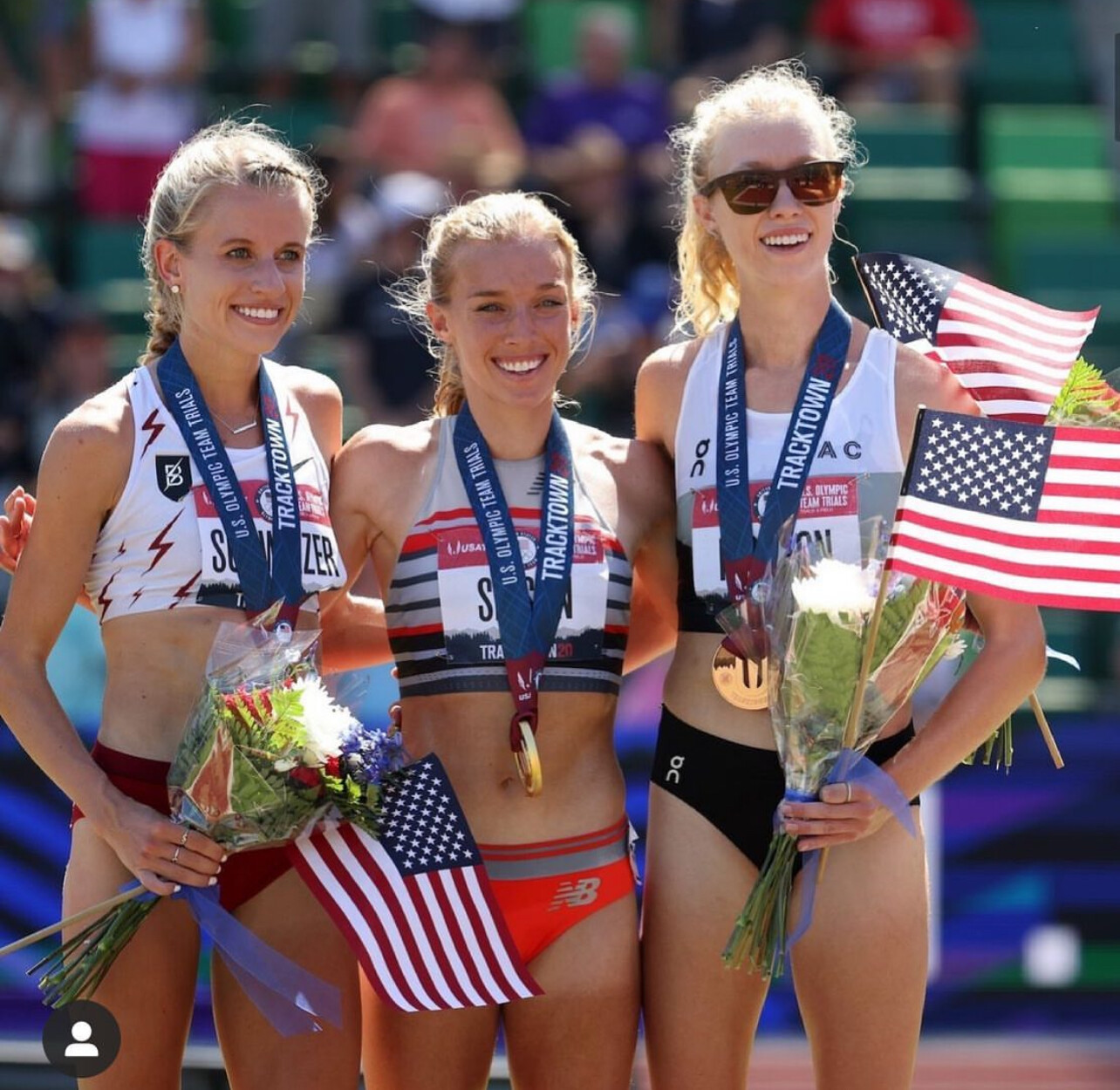
Closing the Track Chapter
One thing was clear during her comeback: she had no plans to return to the track. After years of excelling on the oval—Olympics, NCAA titles, and national records—Sisson is now fully focused on the roads. That shift has brought clarity to her training and excitement for what lies ahead.
A Home Base in Ireland
Sisson and her husband have a home in Ireland, where she often retreats for quieter, more focused training blocks. It’s become a key part of her rhythm—offering the space to rebuild both mentally and physically.
“I want to come back strong,” she said. “And I want to do it the right way.”
Learning Her Limits at Altitude
Altitude training is standard for many elite runners, but Sisson has learned to use it sparingly.
“I do benefit from altitude—but only for about 4 to 6 weeks,” she shared. “After that, I get too tired.”
In past marathon builds, she felt overextended by long periods in places like Flagstaff. Now, she prefers training at sea level with her longtime coach Ray Treacy in Rhode Island. That change in approach has helped her stay fresh and responsive heading into big races.
Eyes on the Roads
With her Boston 10K result in the books, Sisson is aiming for a full road season—potentially leading up to a fall marathon. She’s not chasing times on the track anymore. Instead, she’s chasing something more valuable: a career built on knowing what works best for her.
From Burnout to Balance
Emily Sisson’s return isn’t just about bouncing back—it’s about evolving. From Olympic fatigue to rethinking altitude and stepping off the track, she’s found a smarter, more sustainable way forward. And if today’s performance in Boston is any indication, she’s far from finished.
by Boris Baron
Login to leave a comment
B.A.A. 10K
The 6.2-mile course is a scenic tour through Boston's Back Bay. Notable neighborhoods and attractions include the legendary Bull and Finch Pub, after which the television series "Cheers" was developed, the campus of Boston University, and trendy Kenmore Square. ...
more...Is There A Running Life After a Ban? Abraham Kiptum Hopes His Comeback Tells a New Story
After nearly six years out of competition, former world half-marathon record holder Abraham Kiptum is preparing to make a dramatic return to the sport that once made him a star. The 34-year-old Kenyan, who was banned for four years in 2019 due to irregularities in his Athlete Biological Passport (ABP), has set his eyes on two major races: the Nairobi City Marathon and the Kericho Half Marathon.
But his path back has been anything but easy.
A Record-Breaking Rise
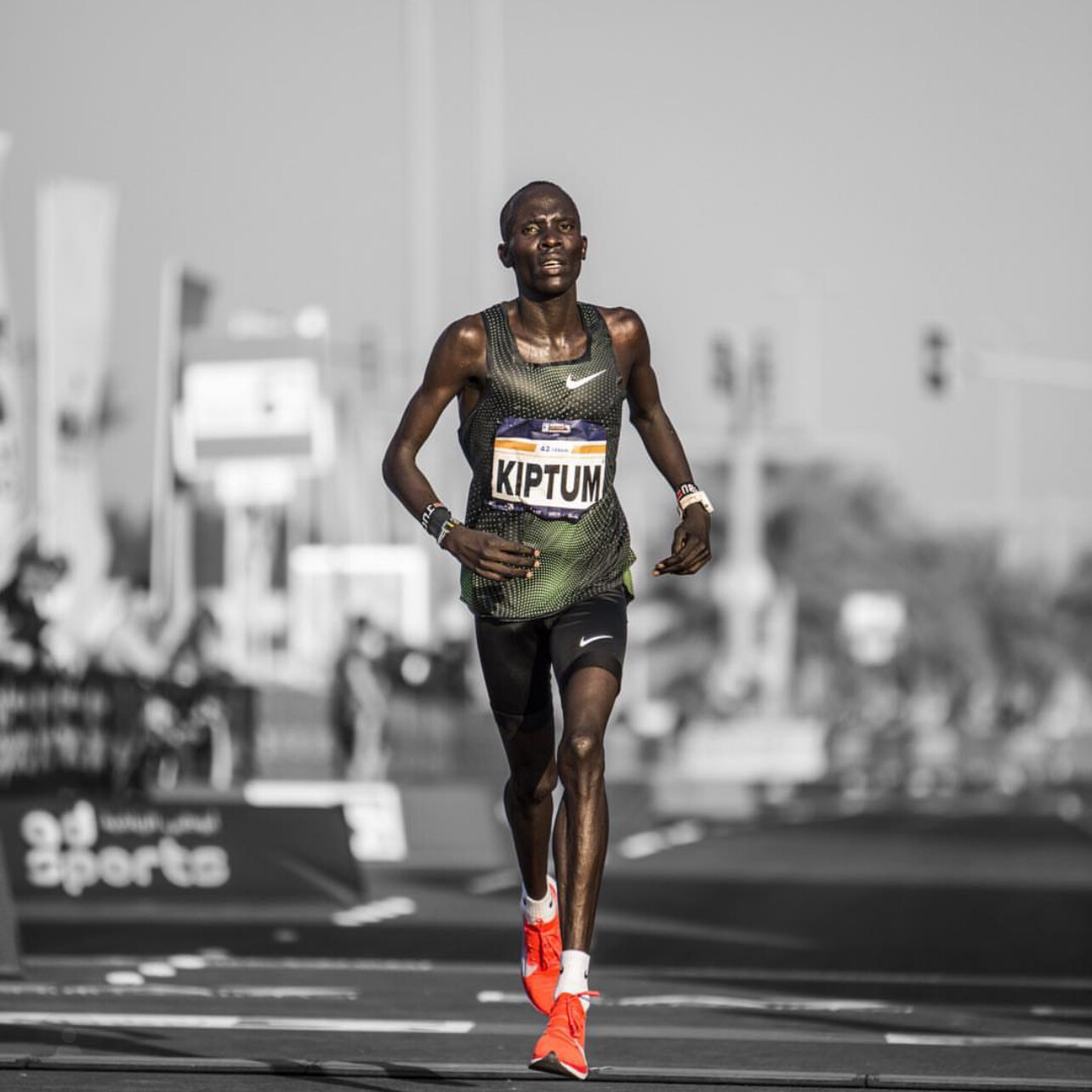
Kiptum’s running career took off like a rocket. After early days pacing elite women’s marathons while still in high school, he racked up victories in Lagos, Casablanca, and Madrid. At the 2017 Amsterdam Marathon, he ran a personal best of 2:05:26. Then in 2018, Kiptum stunned the running world by setting a new half-marathon world record at the Valencia Half Marathon, clocking 58:18—breaking a record that had stood since 2010.
But that triumph would soon be erased.
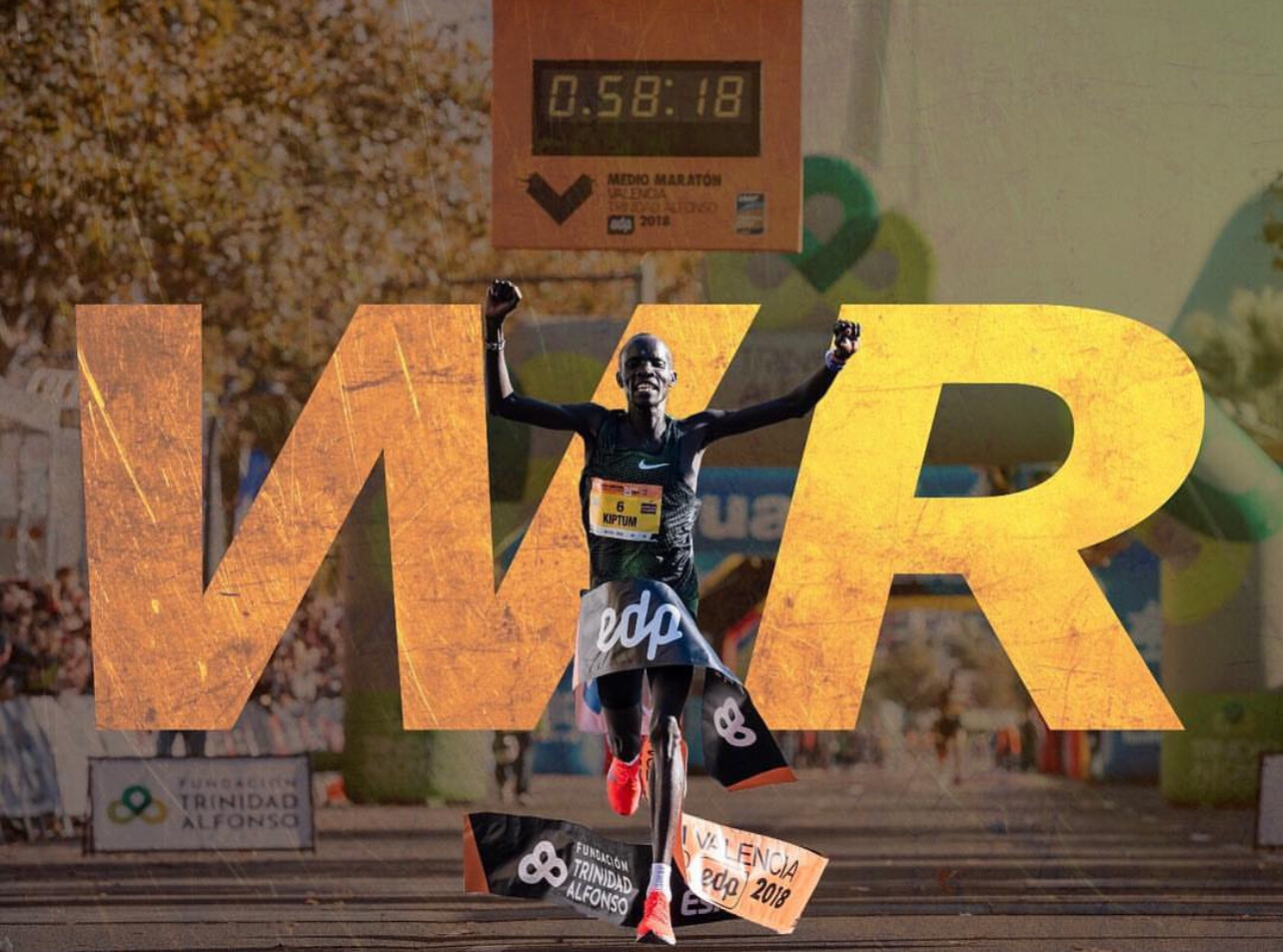
The Fall from Grace
Just one day before he was scheduled to compete in the 2019 London Marathon, everything unraveled. On April 26, 2019, the Athletics Integrity Unit (AIU) provisionally suspended Kiptum for ABP violations. The ABP doesn’t detect banned substances directly, but rather monitors biological markers over time—looking for signs of manipulation.
“I was so surprised about ABP because I had never heard about it in my entire life,” Kiptum said.
Not only did he miss London, but all of his results after October 13, 2018—including his world record—were nullified.
A Life Unraveled
Returning to his hometown in Nandi County, Kiptum didn’t just lose races—he lost his sense of purpose, his reputation, and many of his relationships.
“I was sent back home, and I stayed there until I completed my ban,” he recalled. “To make matters worse, my wife and friends deserted me. I was only left with my parents and brothers.”
With no races, no income, and little support, he turned to farming and herding animals to survive. For years, he lived in isolation, his name a shadow of its former glory.
A Second Chance
After completing his suspension, it was his younger brother who pushed him to rejoin the sport. He brought Kiptum to a training camp to reignite the flame.
“After serving four years, I have returned to action, doing what I know best—running,” he said. “My body is responding well, and I feel ready.”
Now, he’s training hard with hopes of reaching the podium at the 2025 Nairobi City Marathon, slated for Sunday, July 5 at Uhuru Gardens.
Lessons from the Abyss
Kiptum doesn’t shy away from admitting the ban taught him hard truths.
“Yes, I had money when I set the world record. I even bought land and helped change the lives of my family,” he said. “But I’ve learnt that money comes and goes. What matters most is staying around the right people.”
As he builds toward redemption, Kiptum carries both scars and lessons—reminders of a fall that nearly ended it all, and a second chance that might redefine him.
Can Abraham Kiptum reclaim his place among the world’s best distance runners? No one knows. But what’s clear is that he’s not giving up.
There may just be life—and speed—after a ban.
by Boris Baron
Login to leave a comment
Strong Performances Highlight KATA 5K & 10K Time Trials in Thika Kenya
It was a good morning for a competitive and inspiring KATA monthly time trial number 46, featuring both 5km and 10km distances for men and women. The event showcased rising talent, strong comebacks, and several personal bests.
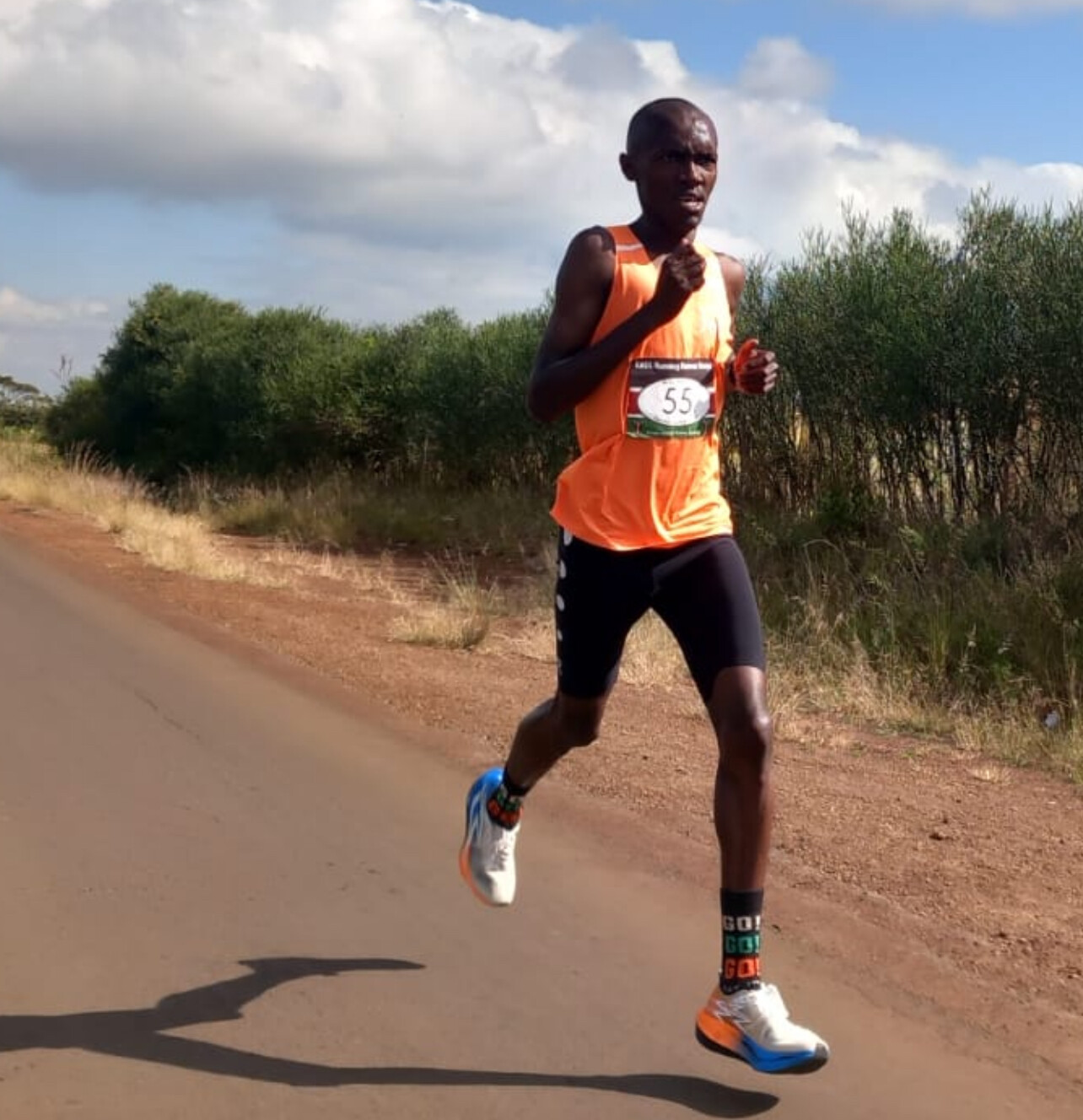
In the men’s 5km, 19-year-old Godfrey Kahora led the charge, clocking a swift 15:45 to secure the top spot. Justus Nyamai, only 17, returned from a two-month injury break to run a personal best of 16:42, showing immense promise for the future. Fellow 17-year-old Collins Mutungi, new to competitive running, impressed in third with a solid 17:32.
On the women’s side, Anastasia Muthoni took a well-earned win in 19:29, edging out 15-year-old Ann Karanja, who finished just a second behind in 19:30, setting a new personal best. Tabitha Wanjiru, also 15, placed third.
The 10km men’s race was tightly contested, with Zachary Kirika (24) prevailing in a sharp 29:45 (second photo), closely followed by Kelvin Kemoi (23) in 29:57. In the women’s 10km, Jacinta Kamau (24) took top honors in 36:08 (third photo), ahead of Caren Kipcoech (24) in 37:09 and Caren Chepkemoi (23) in 38:09.

Full Results
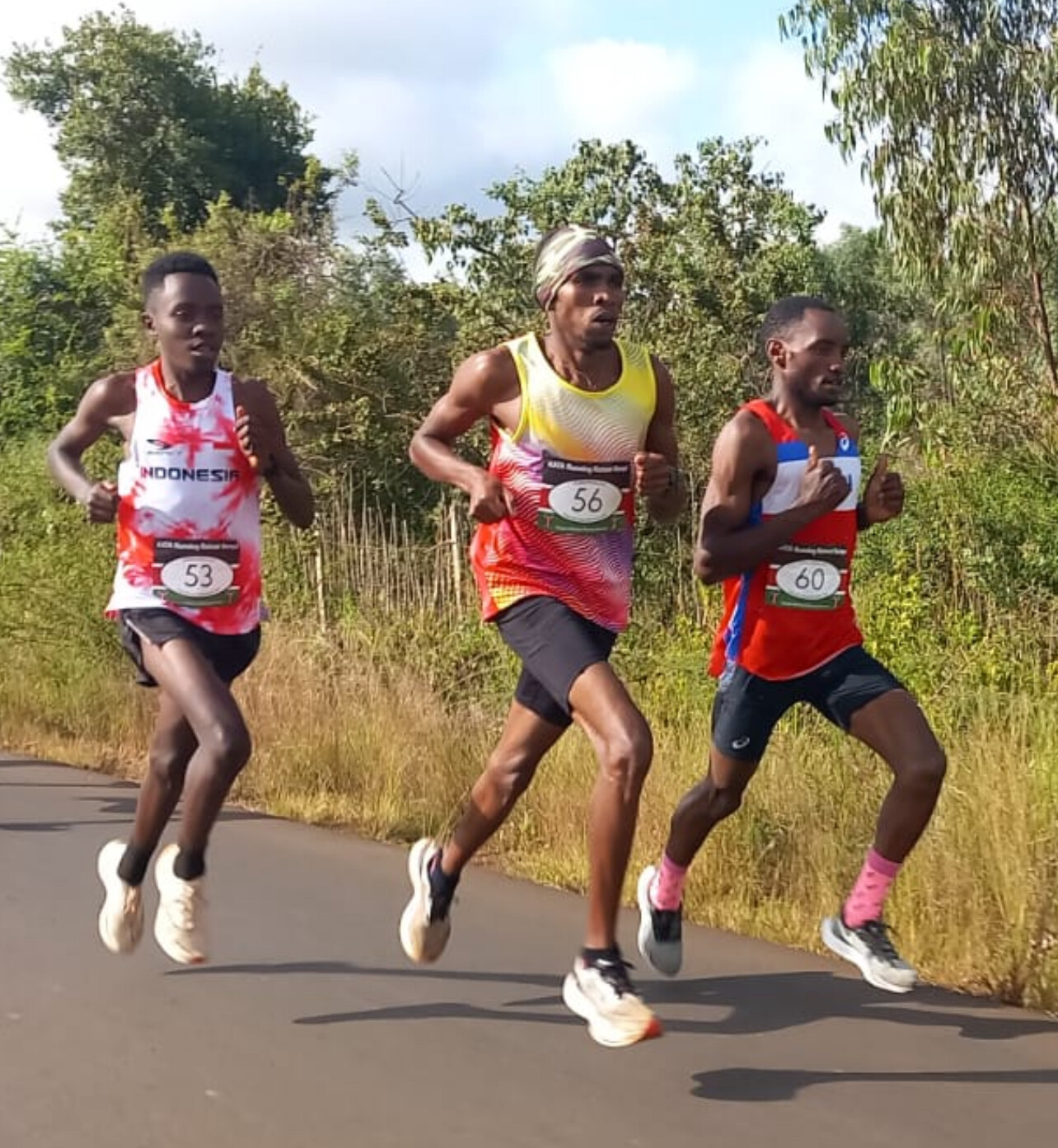
5km Women
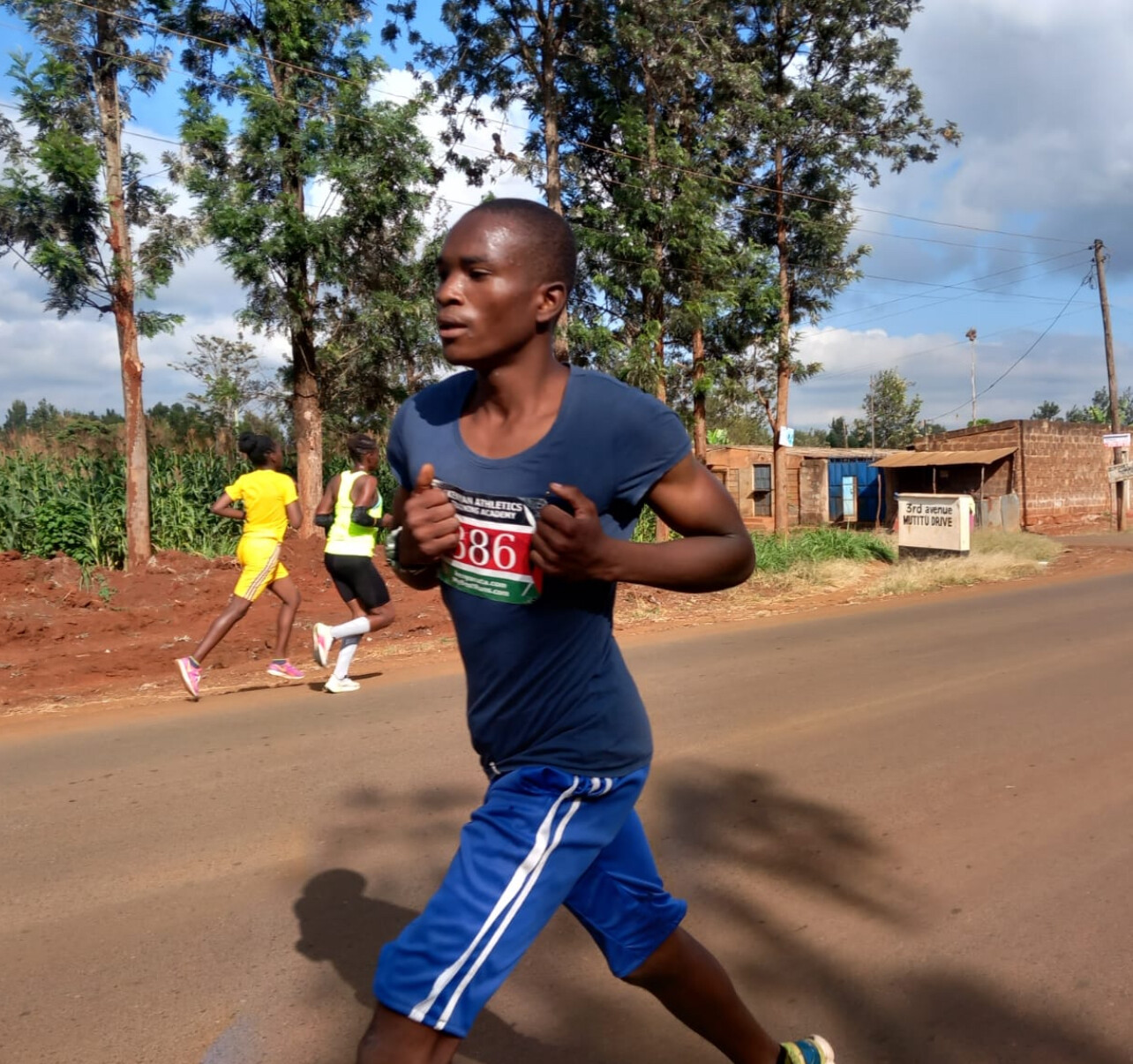
1. Anastasia Muthoni – Age 23 – Bib 464 – 19:29

2. Ann Karanja – Age 15 – Bib 29 – 19:30
3. Tabitha Wanjiru – Age 15 – Bib 63 – 23:51
5km Men
1. Godfrey Kahora – Age 19 – Bib 409 – 15:45
2. Justus Nyamai – Age 17 – Bib 265 – 16:42
3. Collins Mutungi – Age 17 – Bib 51 – 17:32
4. Peter Waititu – Age 17 – Bib 243 – 17:41
5. Brandon Mutungi – Age 17 – Bib 149 – 17:44
6. Eric Mwaura – Age 18 – Bib 256 – 18:38
7. Kelvin Musila – Age 18 – Bib 386 – 20:15
10km Women
1. Jacinta Kamau – Age 24 – Bib 66 – 36:08
2. Caren Kipcoech – Age 24 – Bib 14 – 37:09
3. Caren Chepkemoi – Age 23 – Bib 261 – 38:09
4. Lucy Muritu – Age 40 – Bib 431 – 44:16
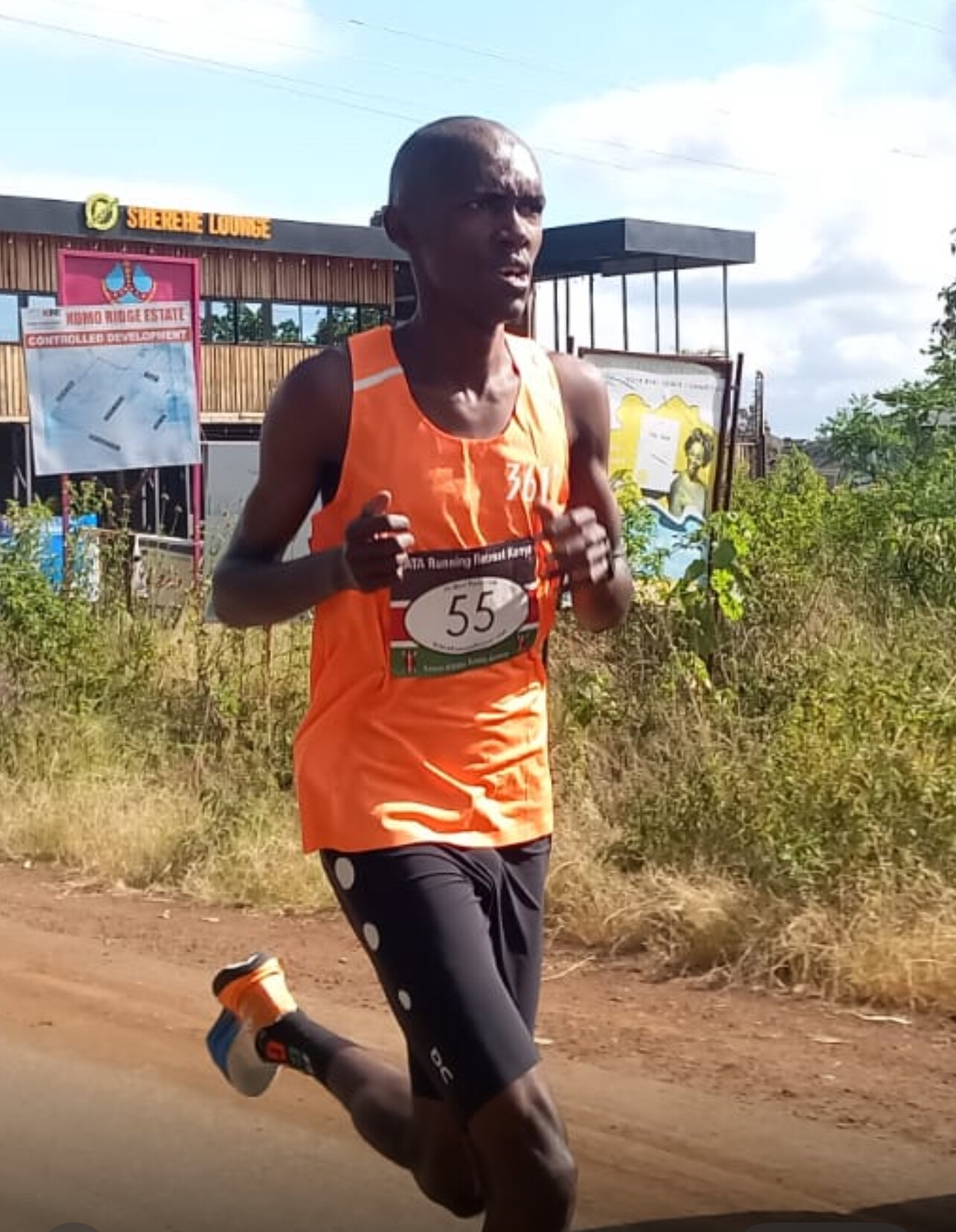
10km Men
1. Zachary Kirika – Age 24 – Bib 55 – 29:45
2. Kelvin Kemoi – Age 23 – Bib 56 – 29:57
3. Enoch Cherioyot – Age 20 – Bib 257 – 30:34
4. John Chege – Age 19 – Bib 40 – 30:36
5. Kelvin Ragui – Age 22 – Bib 53 – 30:59
6. Charles Ndirangu – Age 24 – Bib 1 – 31:18
7. Joseph Karanja – Age 42 – Bib 378 – 32:38
8. David Muriuki – Age 39 – Bib 3 – 32:54
9. Enoch Kipngeno – Age 22 – Bib 57 – 33:16
10. Vincent Kiprotich – Age 23 – Bib 43 – 34:18
11. Benson Gicheha – Age 34 – Bib 49 – 35:09
12. Harrison Mwangi – Age 21 – Bib 44 – 35:44
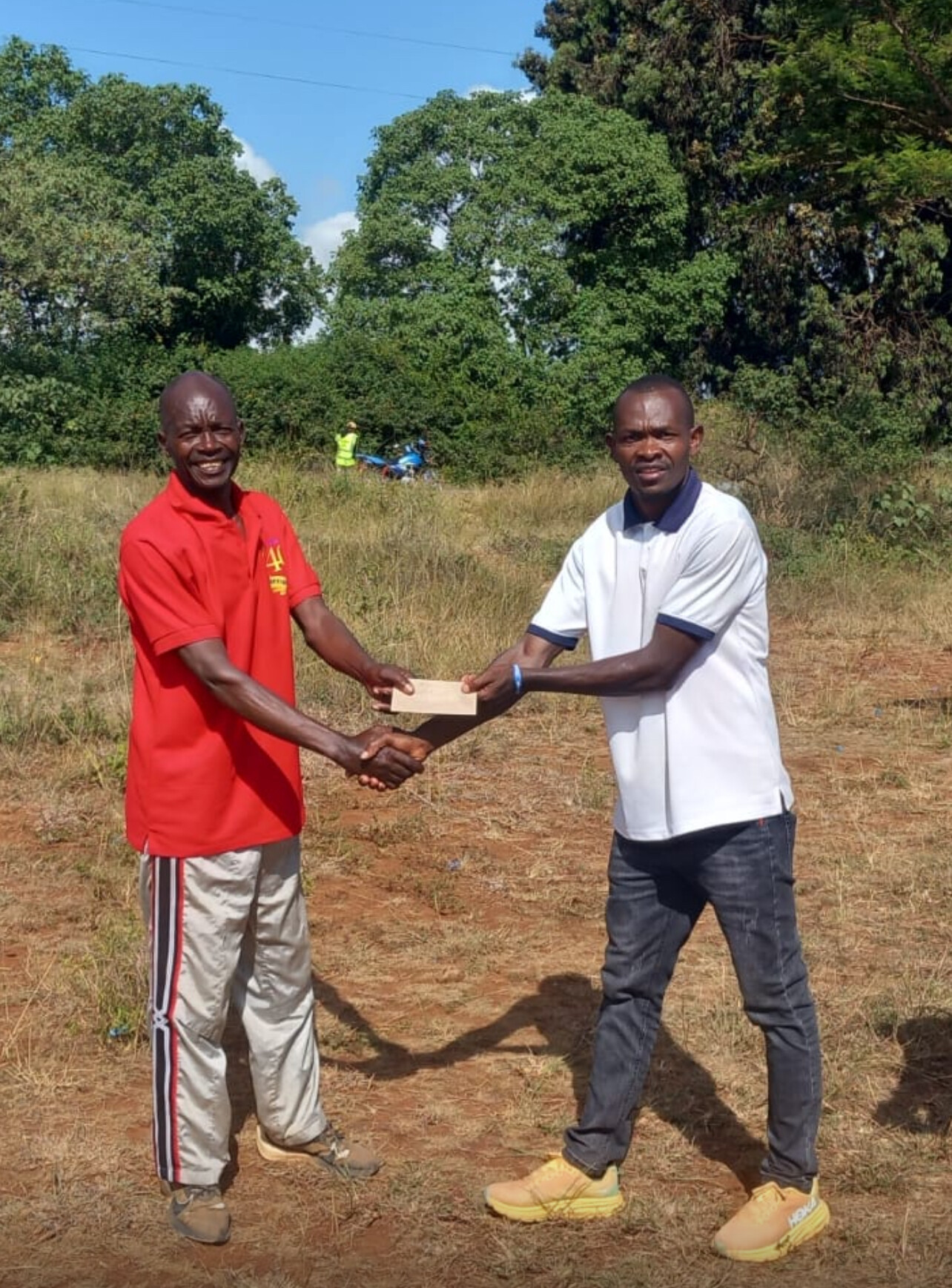
13. Charles Ndirangu – Age 67 – Bib 399 – 38:28
by Boris Baron
Login to leave a comment
KATA Time Trial Series
Welcome to the KATA Monthly Time Trial Held at the Kenyan Athletics Training Academy in Thika, Kenya, the KATA Monthly Time Trial is a unique and inclusive event designed to support runners of all levels in achieving their goals and showcasing their fitness. This event offers both 10K and 5K distances on an accurate, certified course, providing participants with...
more...The Global Comeback of Small Town Road Races
As the world’s largest marathons continue to draw tens of thousands of runners and charge hefty entry fees, many athletes—both seasoned and new—are turning their attention to something more intimate: small town road races.
Once considered only for local fun-runners or age-groupers, these events are experiencing a global resurgence, offering runners everything the mega-marathons can’t—less stress, lower costs, a tight-knit community, and often, surprisingly fast competition.
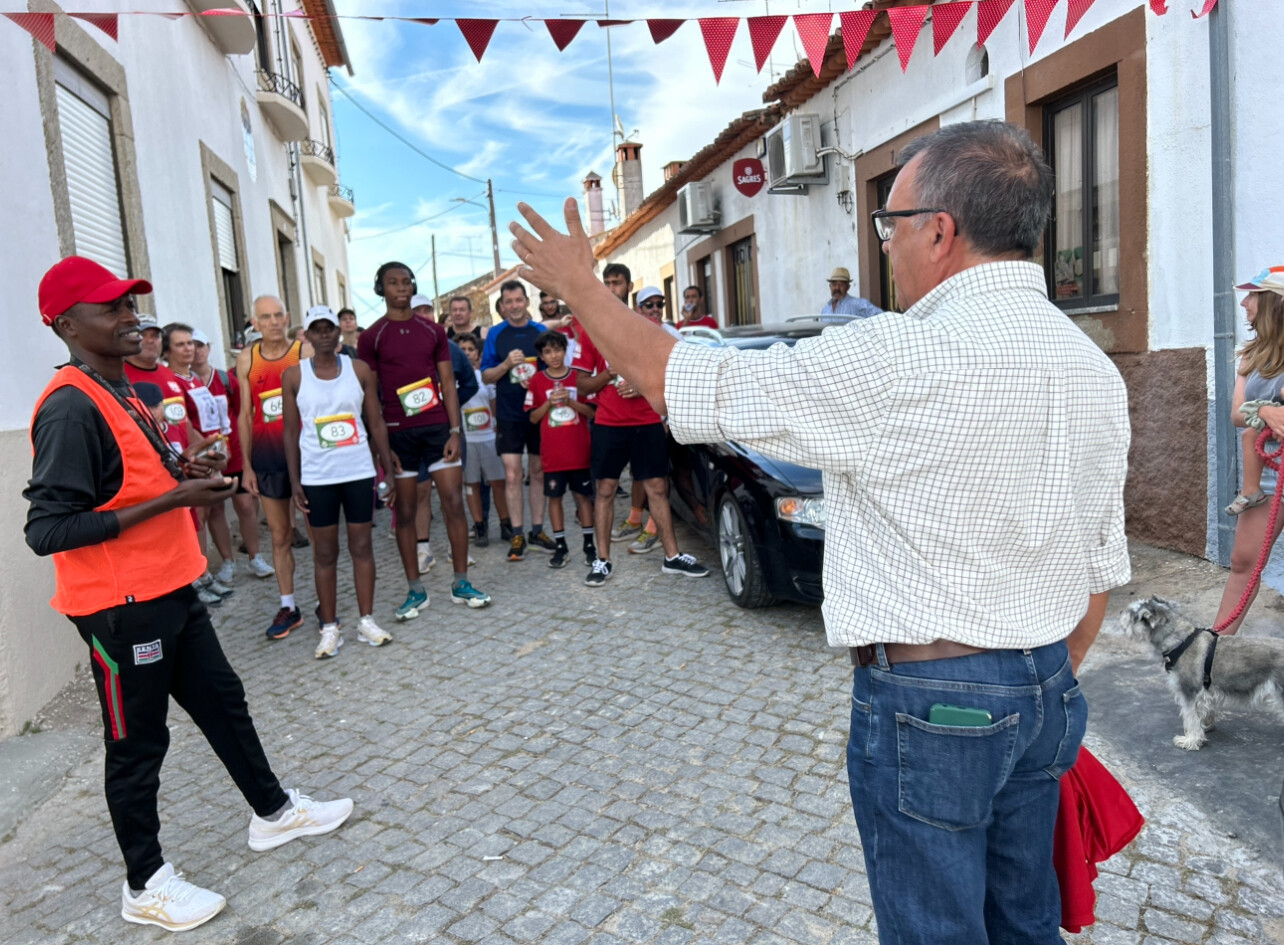
A More Personal Experience
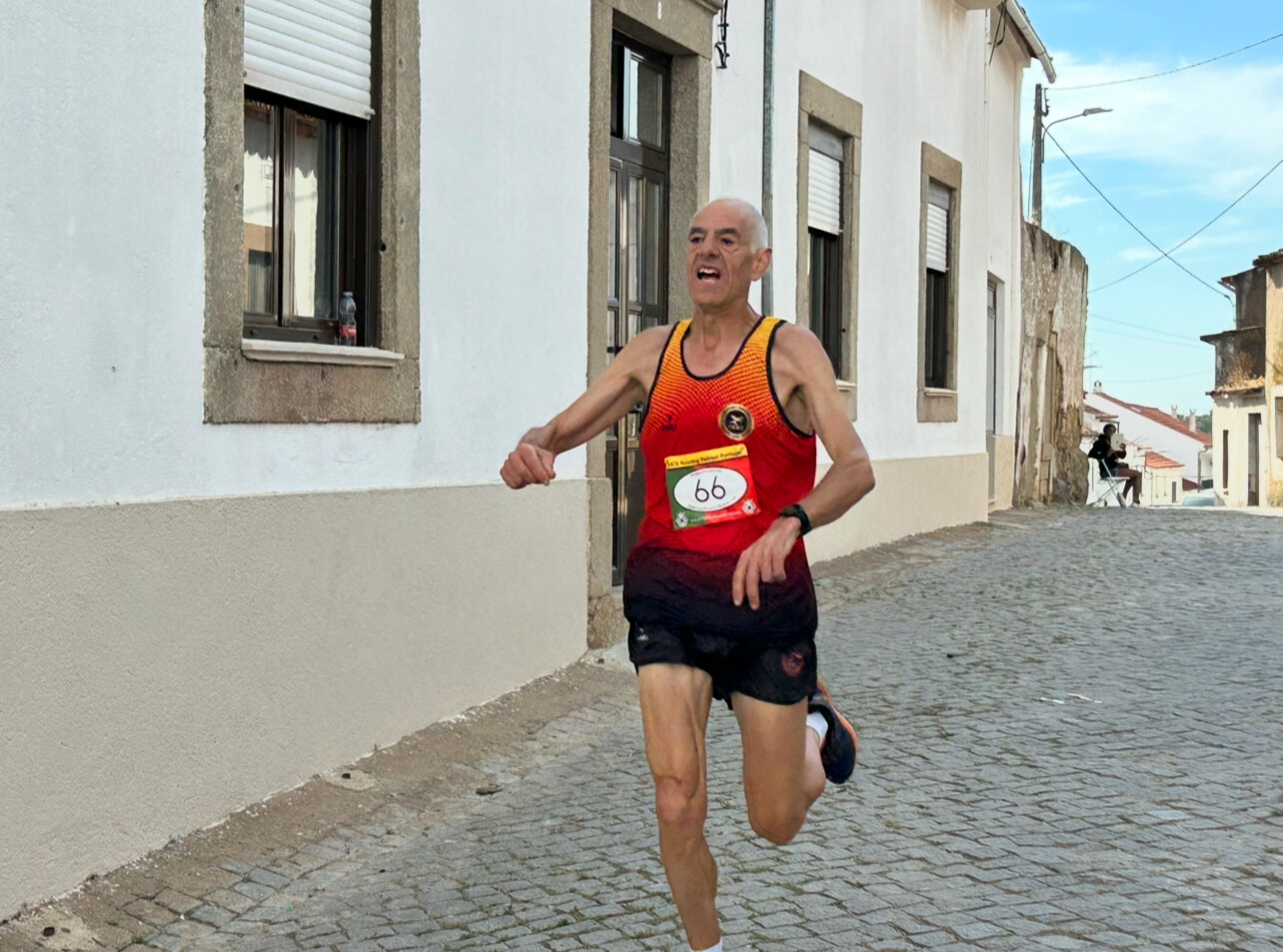
Big-city races like the New York City and Berlin Marathons may offer world-class crowds and fanfare, but the scale can feel overwhelming. In contrast, races in small towns like Monforte da Beira (Portugal), Charlevoix (Michigan), or Iten (Kenya) are drawing runners looking for a different experience.
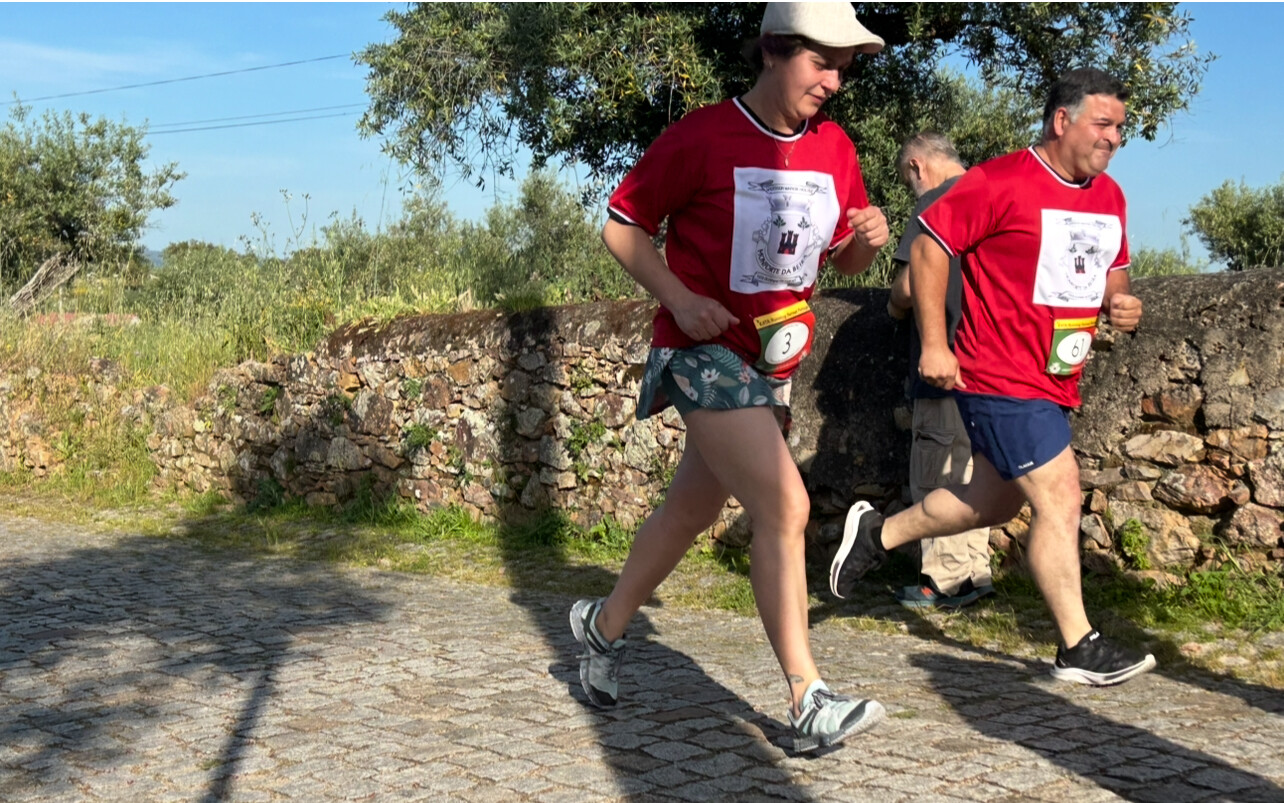
“After years of chasing majors, I ran a 10K in a village with 300 people,” says Linda Greene, a 2:58 marathoner from Chicago. “No lines, no chaos, and I ran my fastest time in two years.”
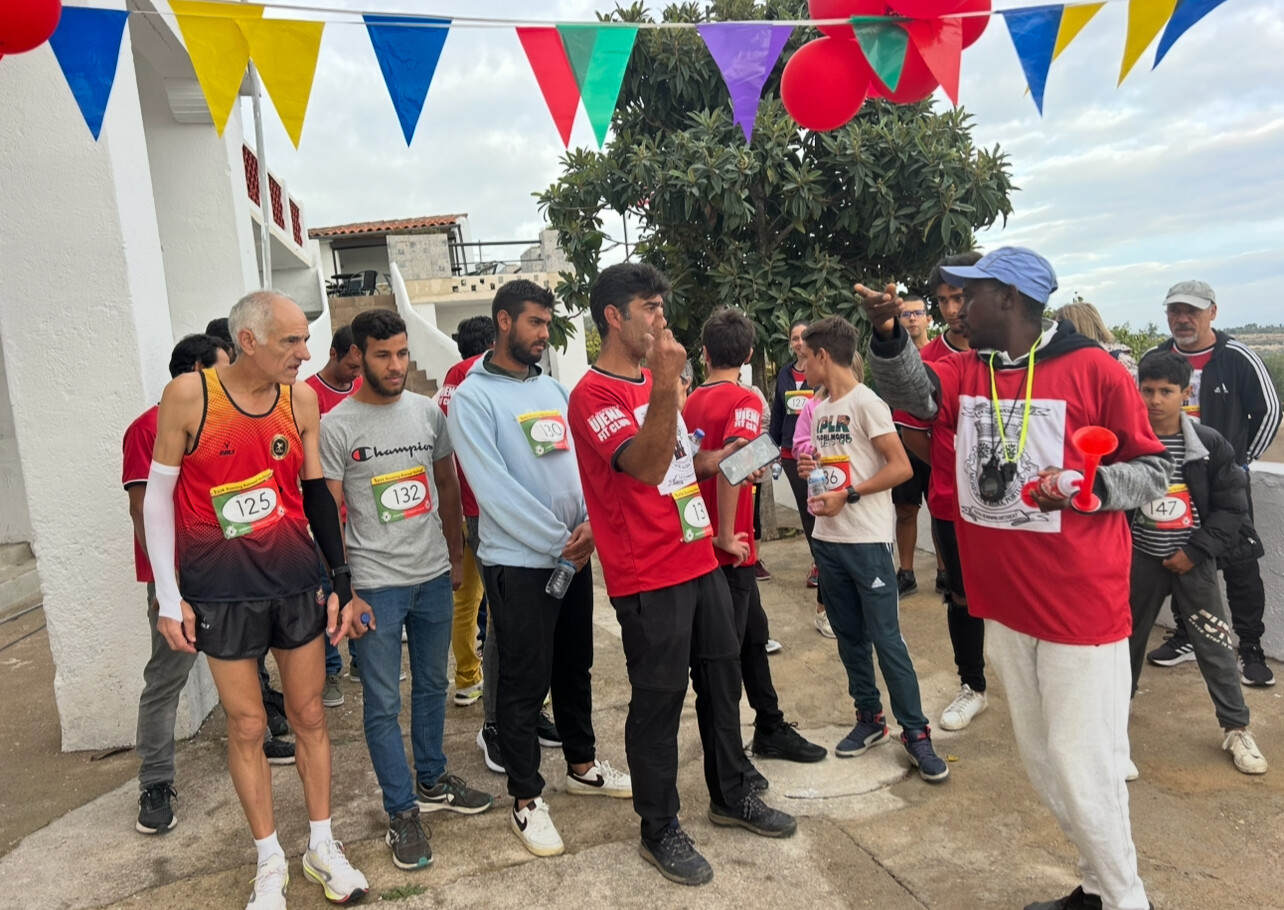
Competitive Fields, Surprisingly Fast Courses
Don’t assume these races are only about charm. Many feature flat or downhill courses, and some attract elite talent. In the Pacific Northwest, for example, the Capital City 5K in Olympia, Washington, saw a 14:12 finish this spring from a local collegiate athlete training for the Olympic Trials.
Organizers often design courses for speed and simplicity—something increasingly rare in major urban races where logistics can dictate less-than-ideal routes.
Lower Costs, Higher Value
With registration fees as low as $10–$30, small town races often include perks like free post-race meals, local wine or produce giveaways, and handmade medals or shirts.
“Running the Golden Gate 10K in August cost me less than dinner in San Francisco,” said one Bay Area runner. “And I didn’t even have to wake up at 4 a.m. to get to the start.”
Building Community
In towns where everyone knows your name—or at least cheers you by bib number—these races build true connections. Organizers are often runners themselves, and volunteers may include the local mayor or schoolchildren.
“You can actually talk to the race director. You can warm up on the course. You feel seen,” said Daniel Okoth, a Kenyan athlete who trains in Kapcherop. “It reminds you why we run.”
Not Just for Locals Anymore
With the rise of digital registration and online coverage, many small town races are welcoming international runners looking for something special. My Best Runs now features a growing list of these hidden gems, and more athletes are flying into tiny airports to chase PRs and peaceful scenery.
Looking for your next great race?
Skip the mega-expo. Skip the corrals. Skip the parking issues. Go back to where it is just about racing.
by Boris Baron
Login to leave a comment
How Ed Eyestone Created a Running Powerhouse
Ed Eyestone Has Spent Four Decades Shaping American Distance Running—As a Champion and Coach
Ed Eyestone posted this right after this year's Boston Marathon, "Proud of my boys Conner Mantz and Clayton Young who scored big PRs in yesterday's Boston Marathon finishing in 4th and 7th! Shout out to Rory Linkletter for his big PR finish in 6th! 3 BYU Cougars in the top 7! Way to go lads!"
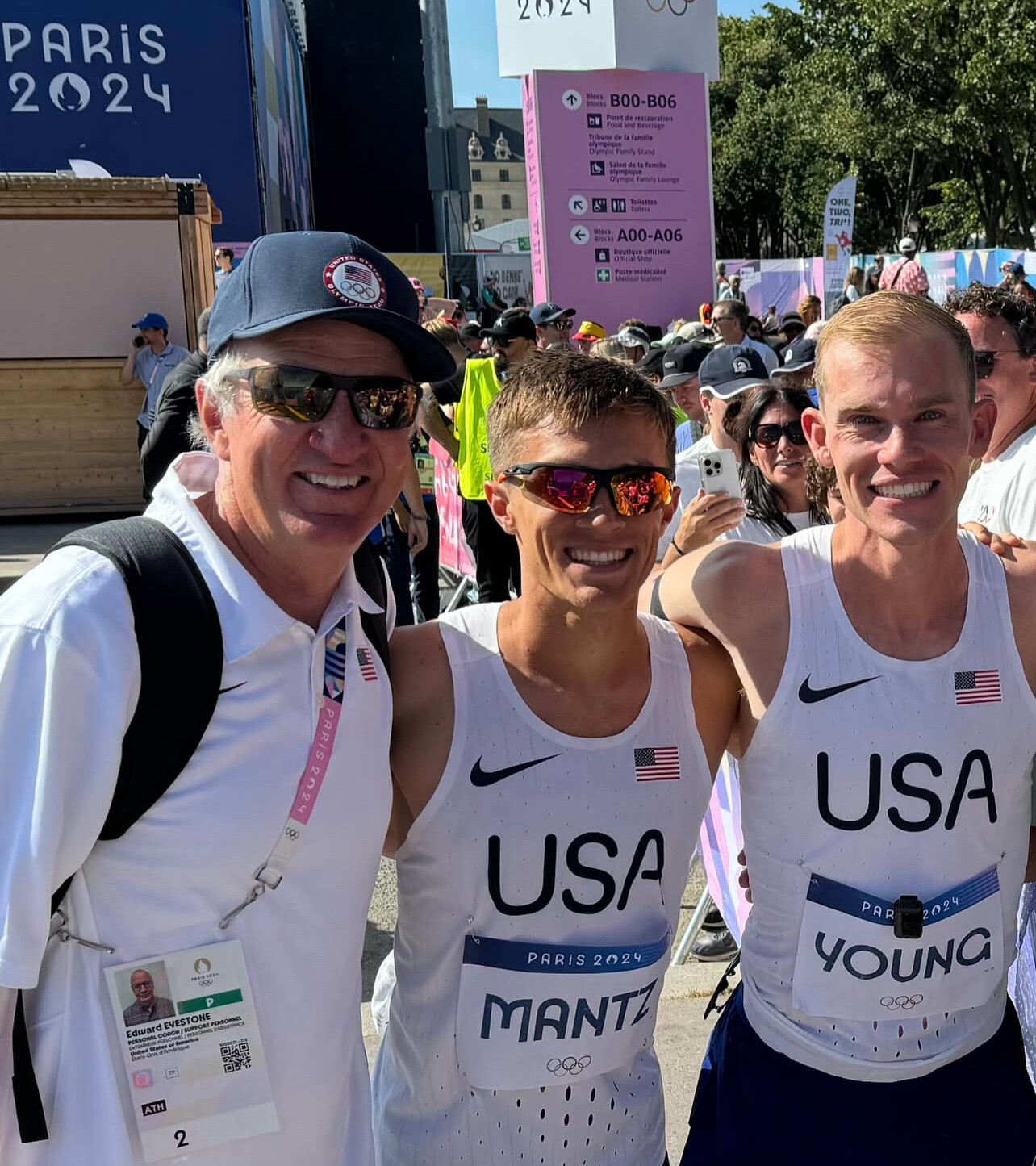
From setting records on the roads to building one of the strongest distance programs in the NCAA, Ed Eyestone has dedicated his life to distance running. A two-time Olympian and the long-standing head coach at Brigham Young University (BYU), Eyestone has left his mark on every level of the sport—and he’s still adding to his legacy.
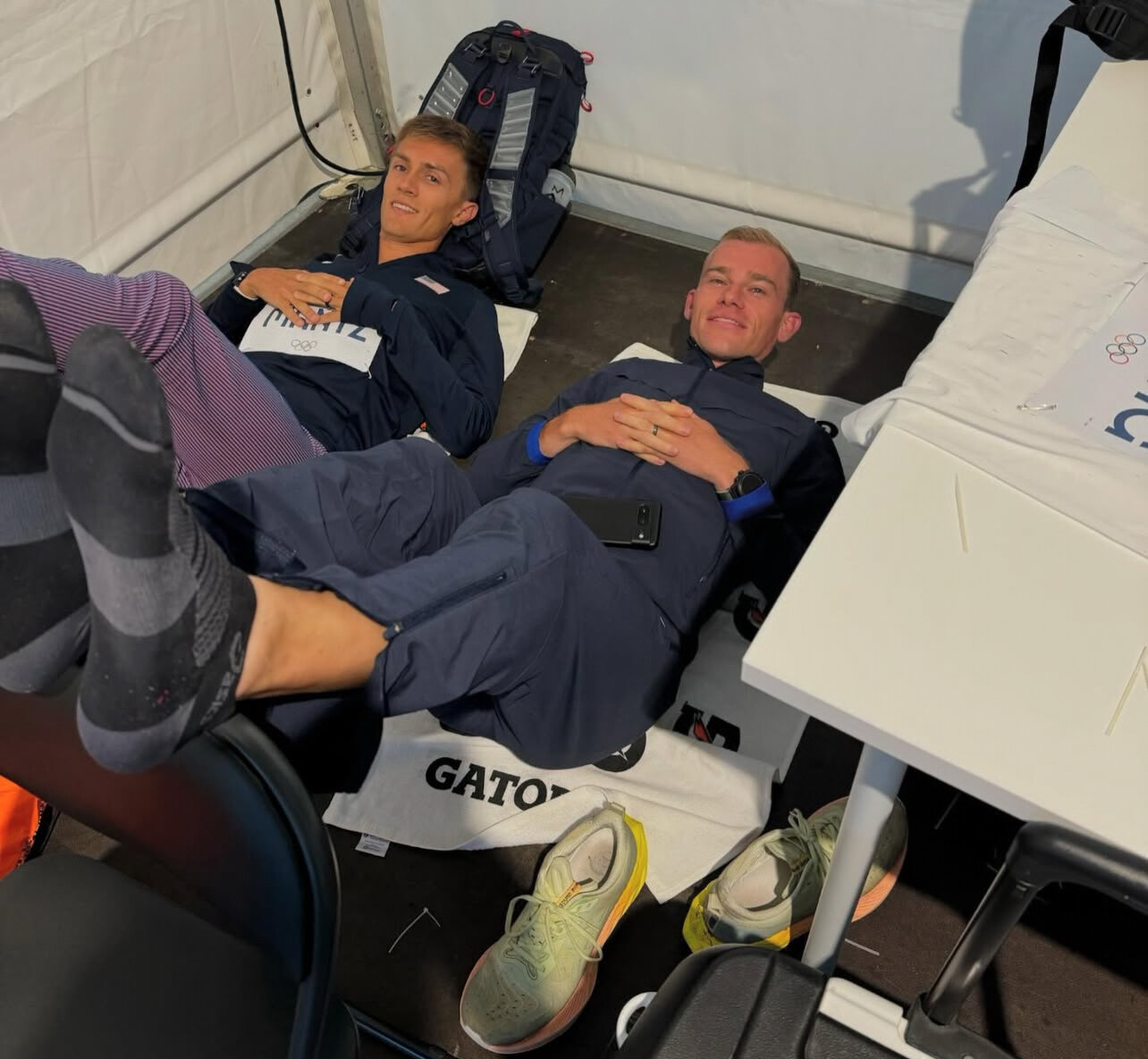
A Decorated Athlete Turned Mentor
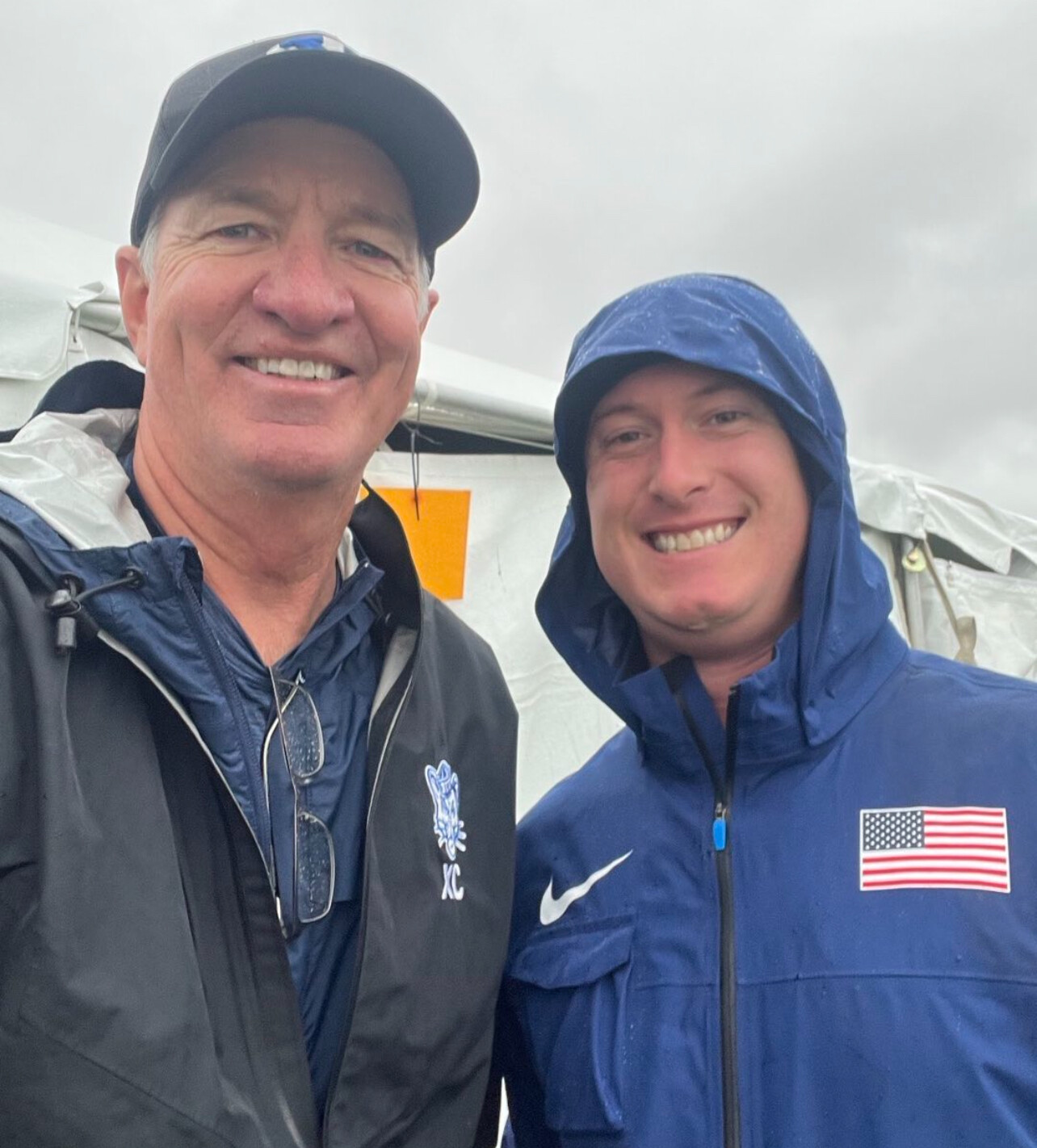
Ed's running career began with dominance in the collegiate ranks. At BYU, he won an astonishing five NCAA individual titles, including the prestigious “Triple Crown” in 1985—claiming national championships in cross country, the 5,000 meters, and the 10,000 meters. Only three others have ever achieved this feat.

His elite career continued on the roads, where he represented the United States in the marathon at the 1988 Seoul Olympics (29th place) and again at the 1992 Barcelona Games (13th place). Along the way, he posted personal bests of:
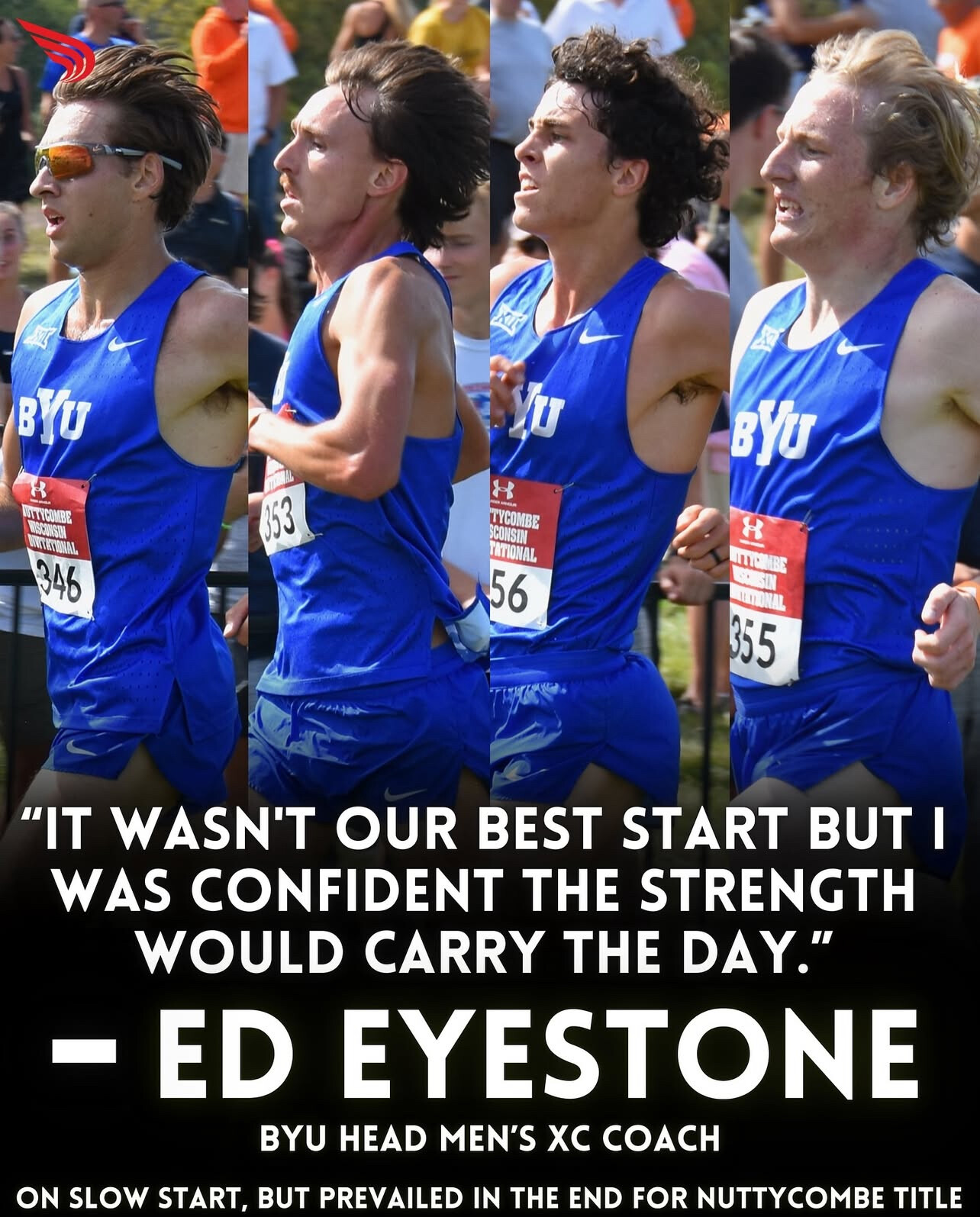
• Marathon – 2:10:59
• 10,000m – 27:41.05
• 5,000m – 13:32.52
He was named U.S. Road Racer of the Year five times and ranked among the top American marathoners for over a decade.
Coaching BYU to National Prominence
Since joining BYU’s coaching staff in 2000—and becoming head coach in 2013—Eyestone has built the Cougars into one of the most respected programs in the country.
In 2019, he led BYU to its first NCAA Division I Men’s Cross Country Championship, a long-awaited breakthrough fueled by strong depth, smart tactics, and years of strategic development. His teams regularly place in the top 10 nationally, both in cross country and on the track.
He’s coached more than 30 All-Americans and continues to develop runners into world-class competitors. His athletes consistently credit him for his calm presence, scientific approach, and deep understanding of racing.
In 2024, he was named NCAA Mountain Region Coach of the Year—an honor that reflects his enduring relevance and success in a constantly evolving sport.
The Conner Mantz Era
One of Eyestone’s most prominent pupils is Conner Mantz, a BYU standout who has quickly become one of the best marathoners in U.S. history.
Under Eyestone’s coaching, Mantz won back-to-back NCAA Cross Country titles in 2020 and 2021. Since turning pro, Mantz has continued working with Eyestone, now serving as his professional coach.
• 2024 U.S. Olympic Trials Champion
• 8th place finisher at the Paris Olympic Marathon
• Set the American half marathon record (59:17) in 2025
• Ran 2:05:08 at the 2025 Boston Marathon, the second-fastest time ever by an American on the course
Eyestone's steady mentorship remains a driving force behind Mantz’s rise. Their relationship—rooted in trust, precision training, and shared values—has helped elevate Mantz to the top of the international marathon scene.
Clayton Young: From NCAA Champion to Olympic Marathone
Another testament to Eyestone’s coaching prowess is Clayton Young, who has risen from collegiate success to international acclaim under Eyestone’s guidance.
• 2019 NCAA 10,000m Champion at BYU
• 2023 Chicago Marathon: 2:08:00, securing Olympic qualification
• 2024 U.S. Olympic Trials: 2nd place, earning a spot on Team USA
• 2024 Paris Olympics: 9th place finish with a time of 2:08:44
• 2025 Boston Marathon: Personal best of 2:07:04, finishing 7th
Young’s journey has been marked by resilience and determination. After undergoing knee surgery in early 2023, he made a remarkable comeback, achieving personal bests and representing the U.S. on the Olympic stage. His analytical approach to training, combined with Eyestone’s mentorship, has been pivotal in his success.
A Lasting Legacy
Now in his early 60s, Ed Eyestone continues to shape the future of American distance running. His fingerprints are on championship banners, personal bests, and Olympic dreams.
From 2:10 marathons to NCAA titles and Olympic breakthroughs, Eyestone’s impact spans generations. Whether you’re looking at his own performances or those of his athletes, one thing is clear—Ed Eyestone is one of the most influential figures in the history of American distance running.
by Boris Baron
Login to leave a comment
The Quiet Rise of Clayton Young in U.S. Distance Running
Clayton Young is proving that intelligence and endurance go hand in hand. The 31-year-old American distance star has emerged as one of the most consistent and compelling marathoners on the scene today—blending mechanical precision from his engineering background with grit, faith, and family support.
From BYU to the Big Stage
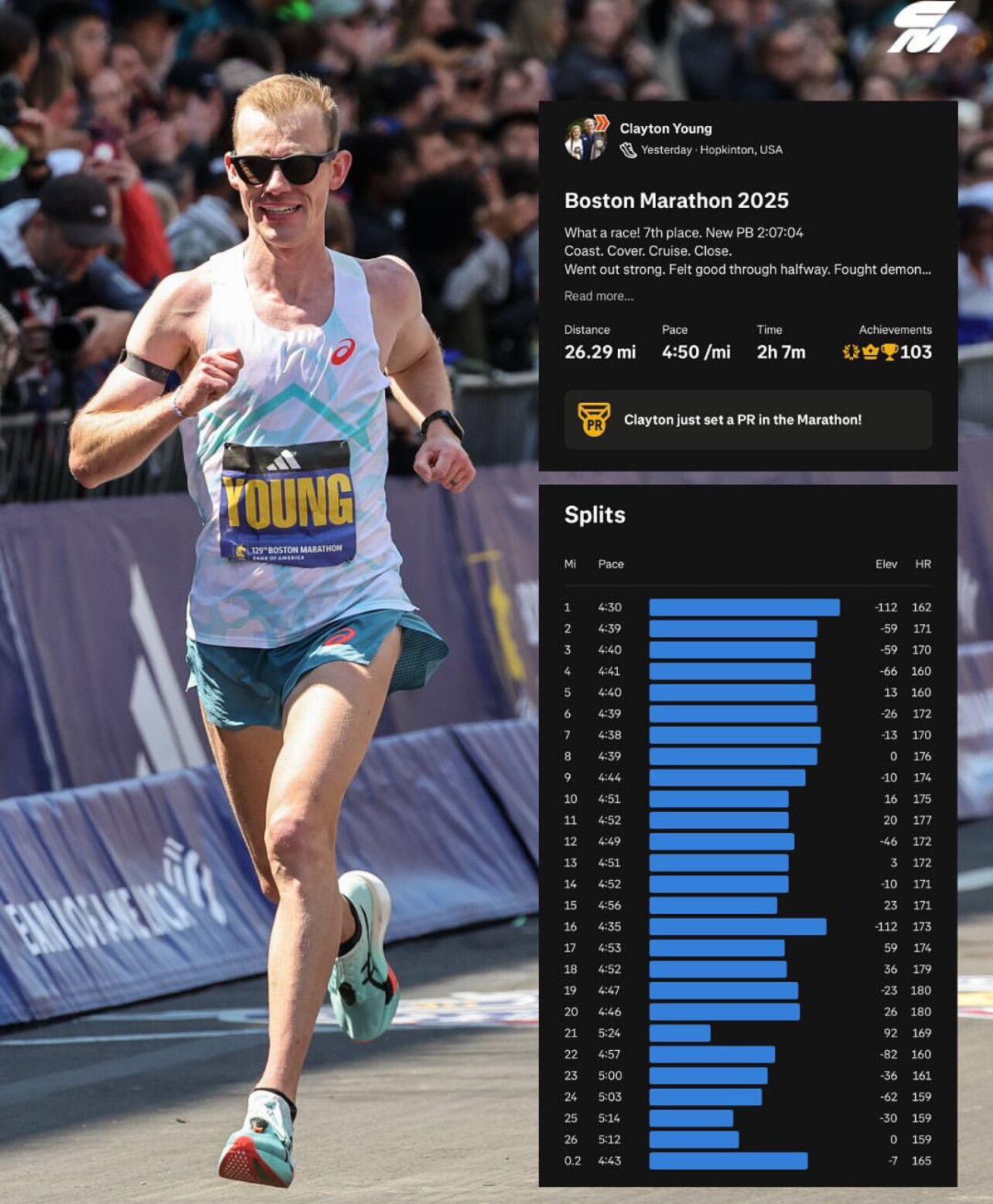
Born in Clovis, California, and raised in American Fork, Utah, Young’s rise began at Brigham Young University, where he studied mechanical engineering and starred on the track. He capped off his college career by winning the 10,000 meters at the 2019 NCAA Outdoor Championships.
After graduation, rather than settling into a full-time engineering career, Young negotiated a flexible part-time role with Stryker Corporation so he could pursue running at the highest level. That decision proved pivotal.
Setbacks and Breakthroughs
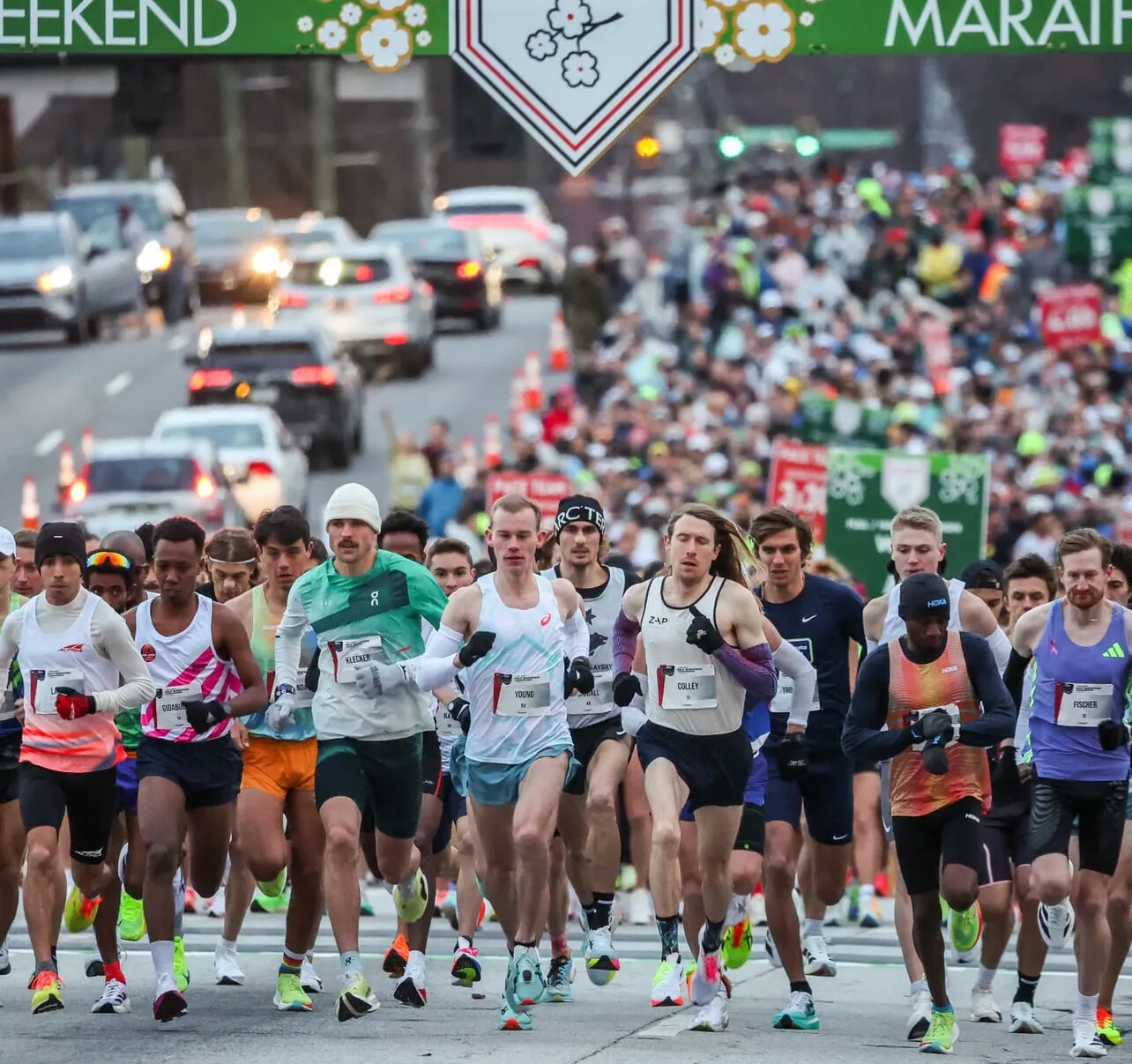
In 2023, Young faced a major challenge—knee surgery. Many athletes would have struggled to return, but he was back racing just seven months later. His comeback culminated in a 2:08:00 personal best at the Chicago Marathon, earning him a spot on Team USA for the Paris 2024 Olympic Games.
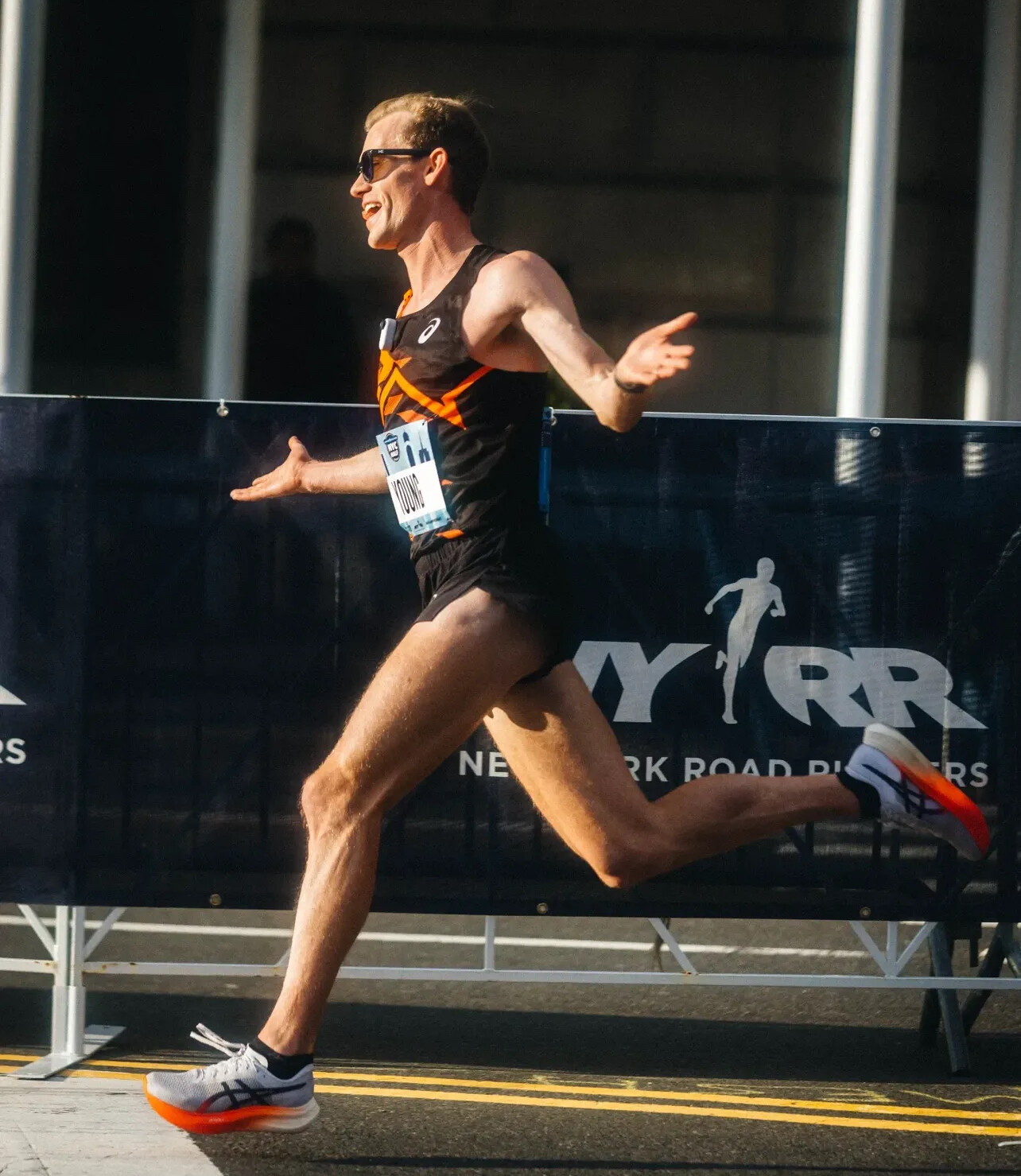
At the Olympic Trials, Young placed second in 2:09:06, just behind training partner Conner Mantz. Then, on the streets of Paris, he delivered a standout performance, finishing 9th overall in 2:08:44—the fastest Olympic marathon time ever by an American.
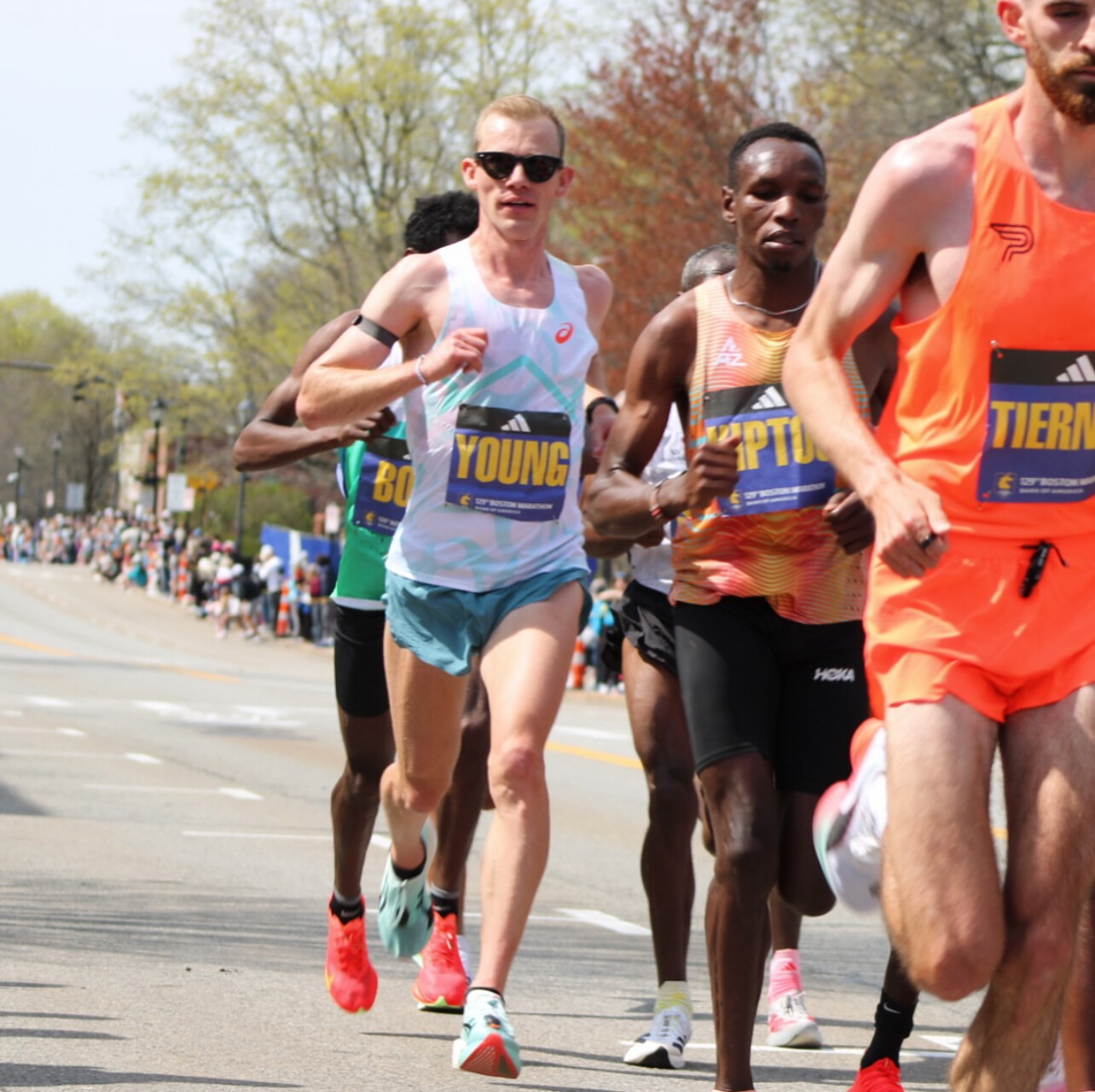
He kept the momentum rolling in 2025, clocking 2:07:04 at the Boston Marathon to finish 7th overall and solidify his status as one of the top U.S. marathoners.
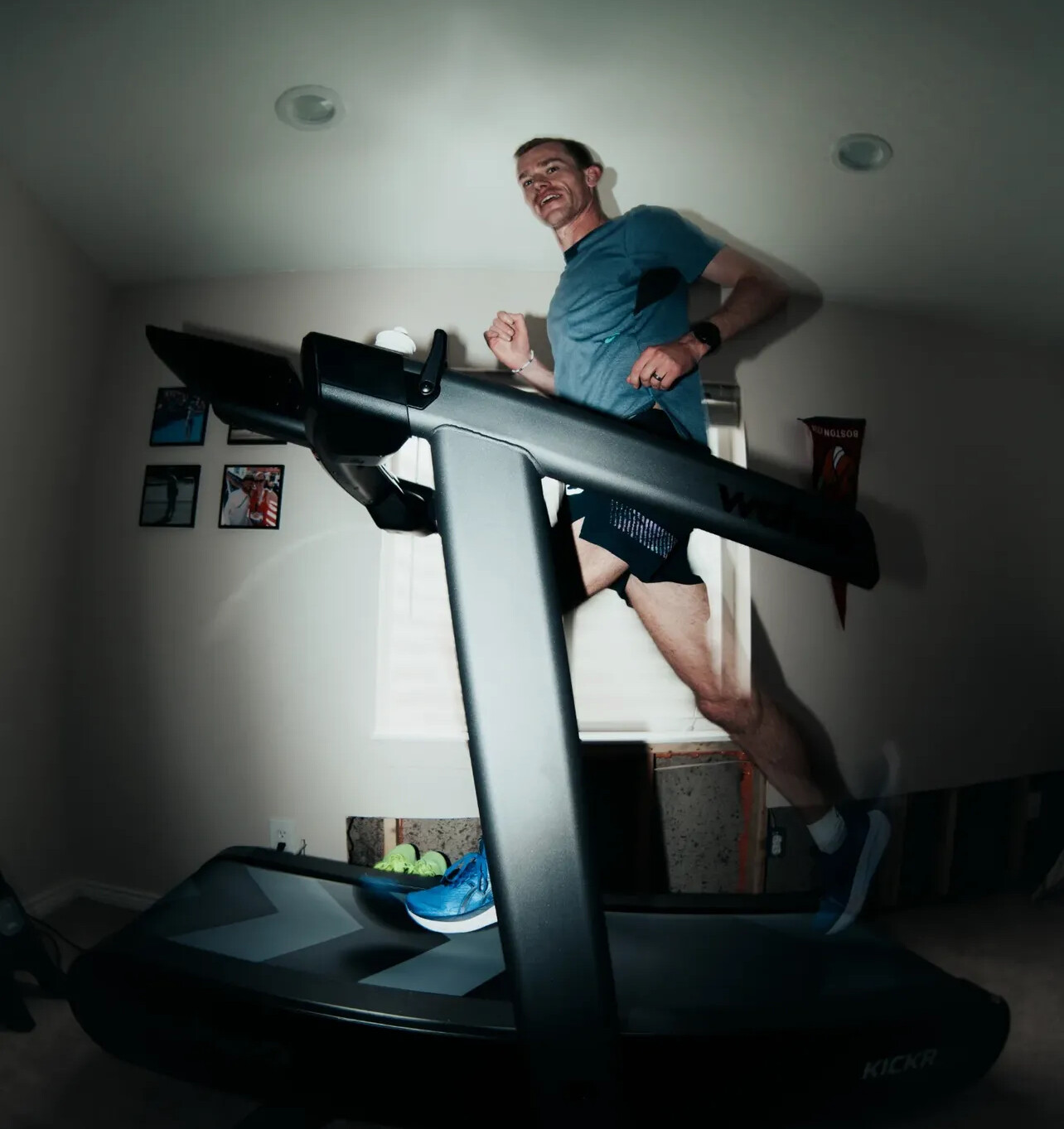
Powered by Partnership
Young trains in Provo, Utah, under BYU coach Ed Eyestone alongside Conner Mantz, forming a dynamic duo that’s pushing the limits of American marathon potential. Their disciplined training, built on shared values and competitiveness, has raised the bar for what’s possible.
“We thrive off each other’s energy,” Young has said. “It’s not about beating each other—it’s about being better together.”
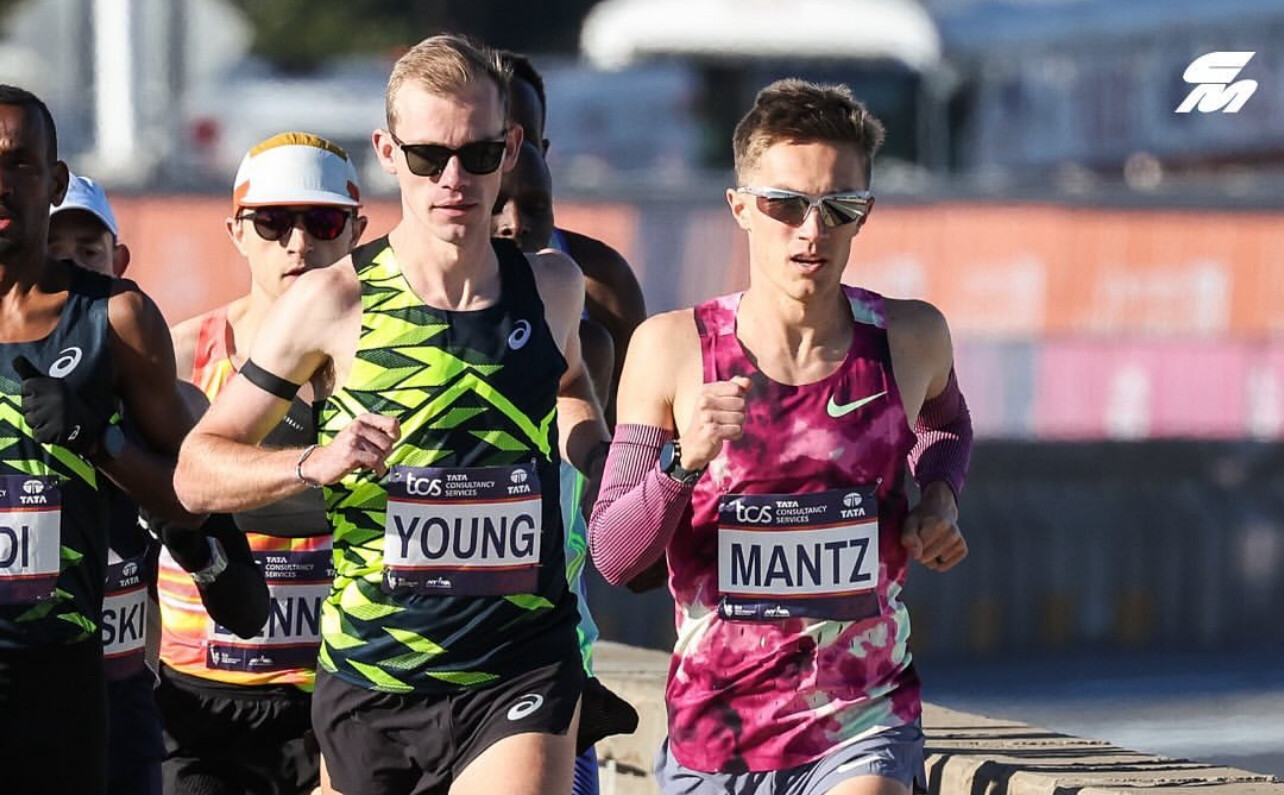
Beyond the Clock
Young is also a devoted husband and father, living in Springville, Utah, with his wife Ashley and their two daughters. He shares his journey through a behind-the-scenes docuseries, Beyond the Hill, and connects regularly with fans through social media—offering insights into his workouts, mindset, and family life.
His ability to balance elite competition with a grounded personal life has made him a fan favorite and a role model for aspiring runners.
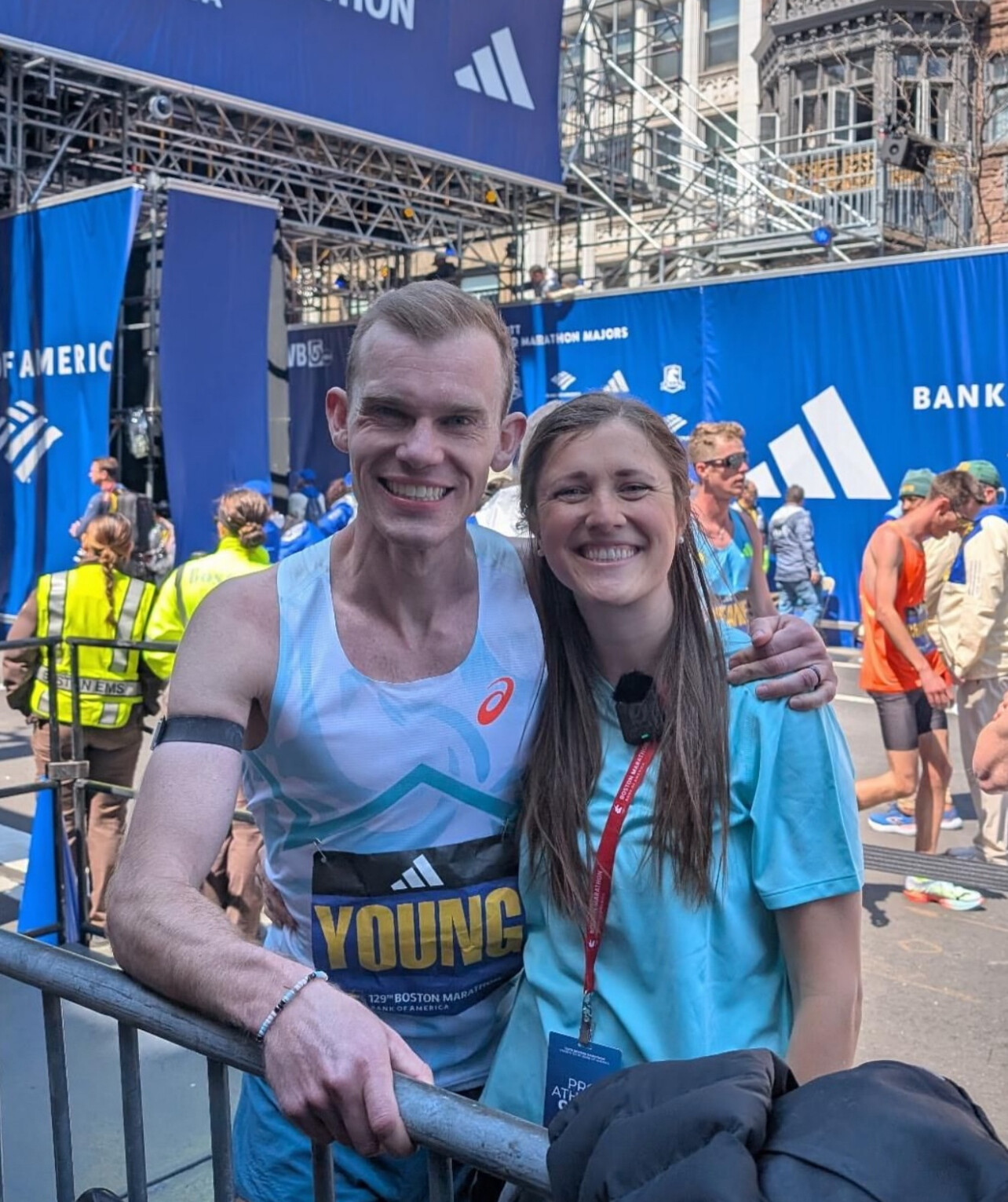
What’s Next for Clayton Young?
With the 2025 World Championships and the 2028 Los Angeles Olympics in view, Clayton Young is entering his prime. His mix of tactical intelligence, physical preparation, and inner resolve is setting a new standard for American marathoners.
He’s not just chasing fast times—he’s building something bigger.
by Boris Baron
Login to leave a comment
Myth Meets Mountain: Adkin and Machoka Conquer Romania’s Zmeu X-Fest
The 2025 World Mountain Running Association (WMRA) World Cup commenced on Saturday, May 3, with a dramatic and demanding debut at the Zmeu X-Fest in Câmpulung Moldovenesc, Romania. Set against the mystical backdrop of Bukovina’s pine forests and steep alpine meadows, the 19.6 km course featured a punishing 1,750 meters of elevation gain, including the infamous “Runc” climb—ominously nicknamed “The Wall.”
Women’s Race: Adkin Ascends to Victory
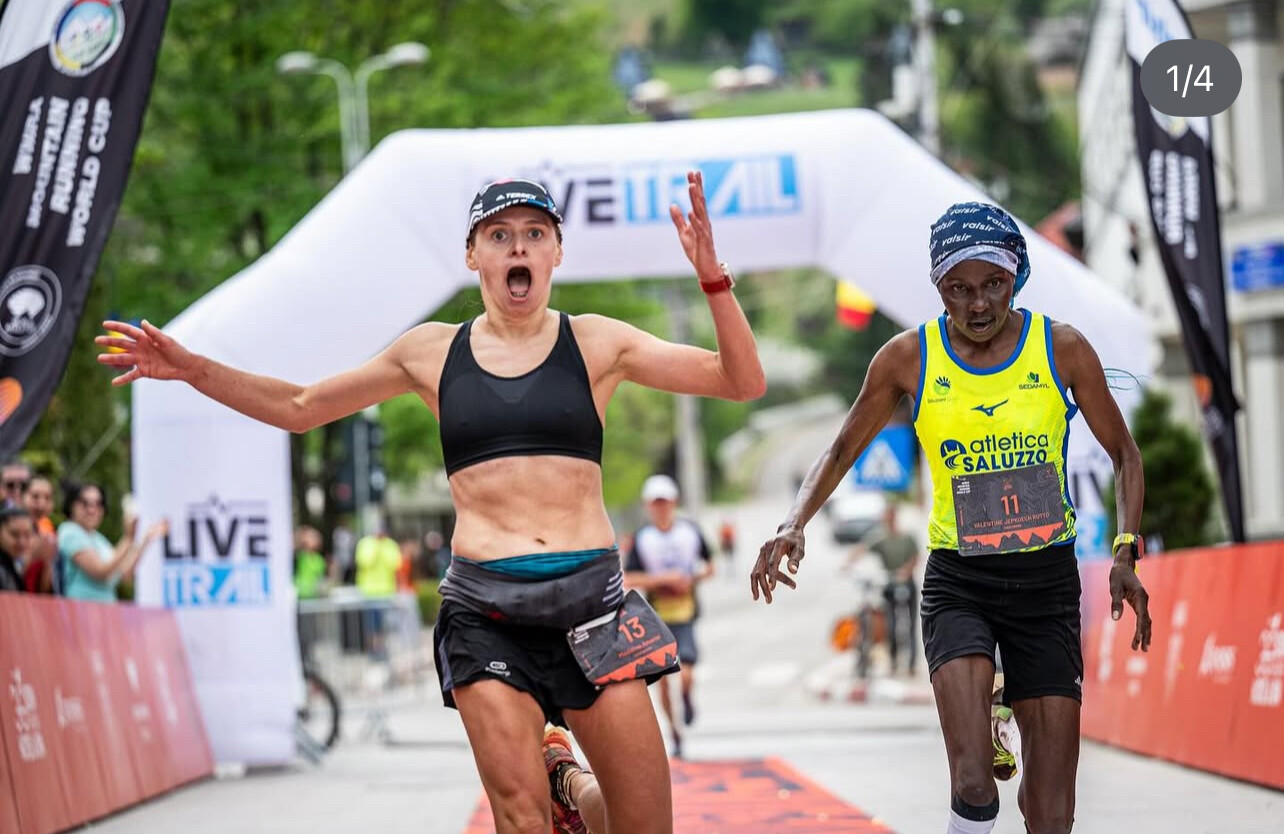
Britain’s Scout Adkin launched her World Cup campaign with a commanding performance, claiming the women’s title and finishing eighth overall. After pacing herself through the early climbs, Adkin surged ahead on the Runc ascent, pushing at an astonishing 1,700 meters per hour. She maintained her lead through the technical descents, crossing the finish line with a comfortable margin.
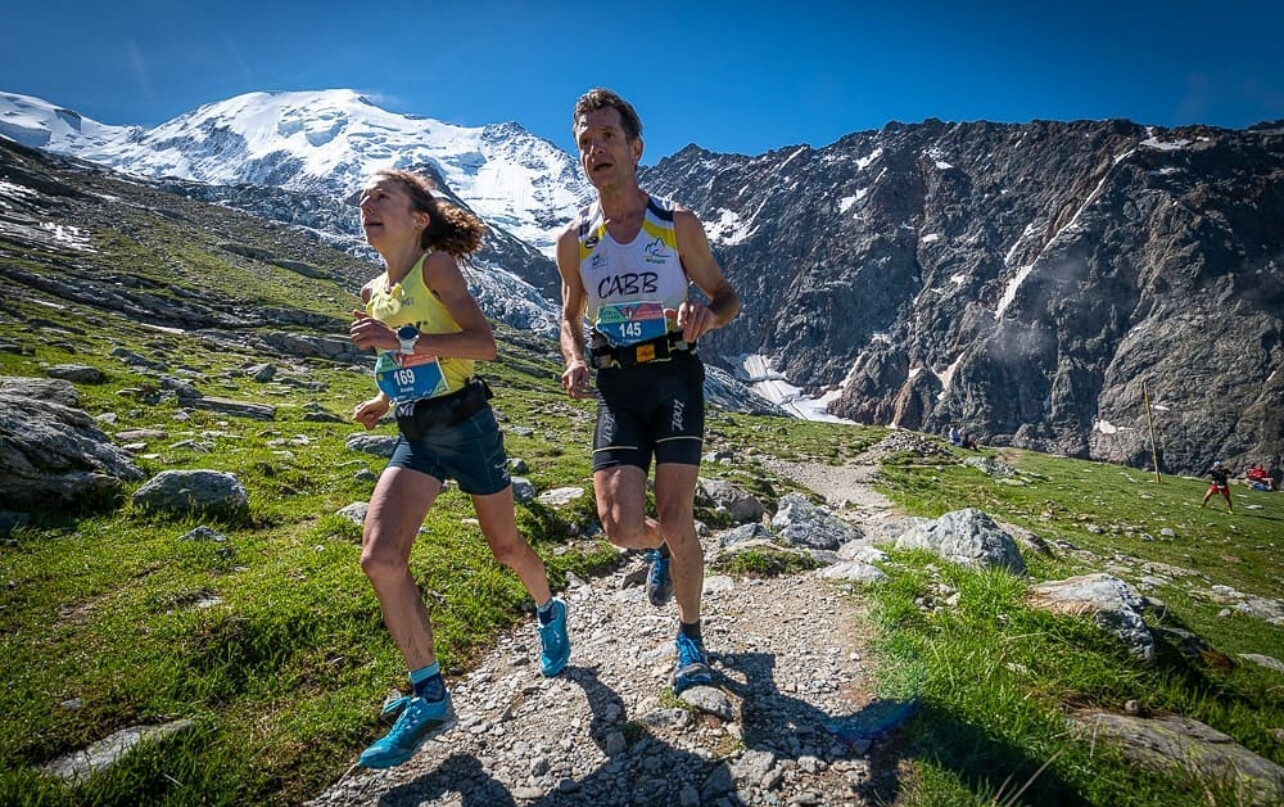
“The course is savage—but spectacular,” Adkin remarked post-race, praising both the terrain and the crowd support.
The battle for second place culminated in a rare photo finish between Kenya’s Valentine Rutto and Romania’s Mădălina Amăriei, both delivering gutsy performances on home soil.
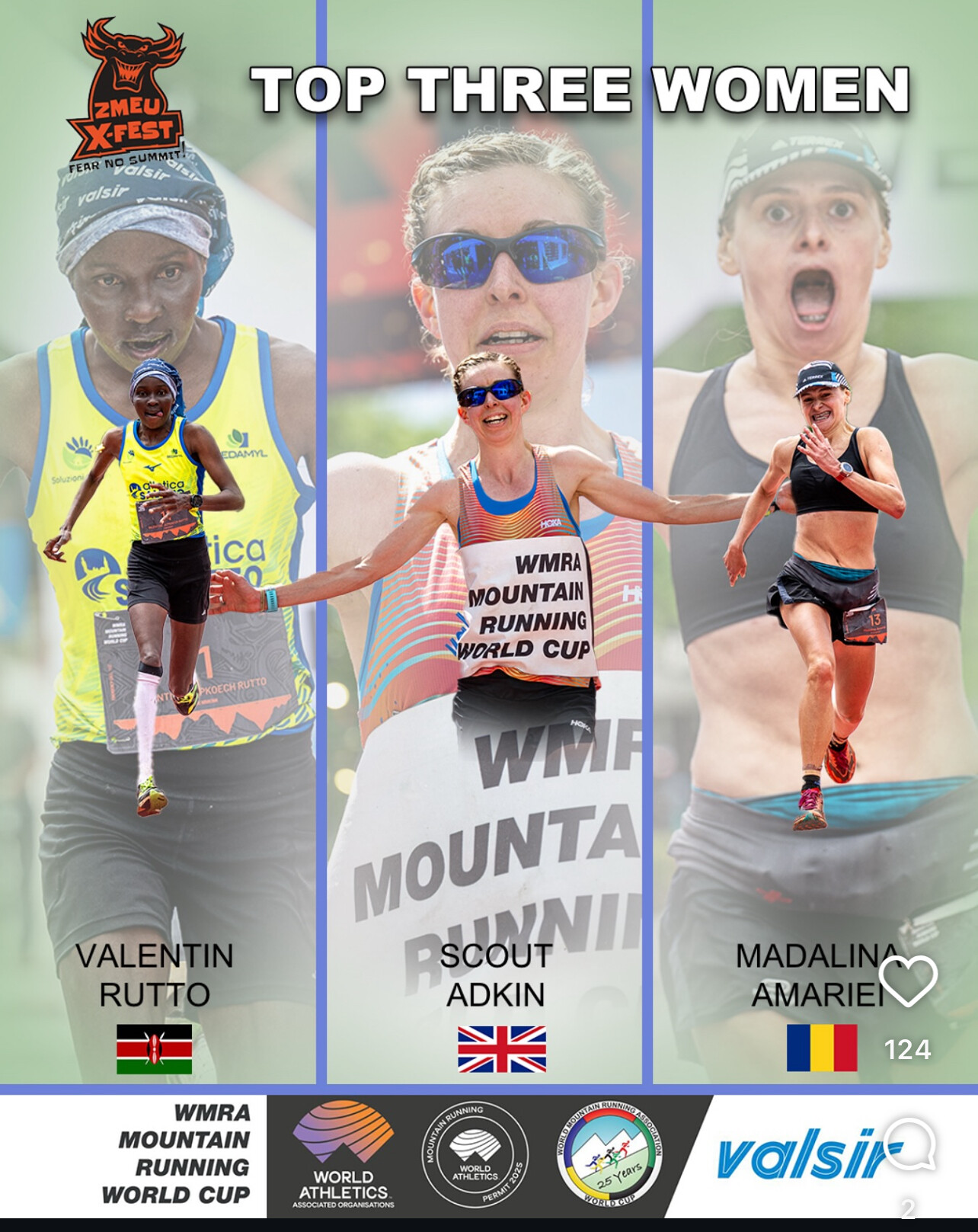
Top 3 Women’s Results:
1. Scout Adkin (Great Britain) – 2:03:18
2. Valentine Rutto (Kenya) – 2:03:33
3. Mădălina Amăriei (Romania) – 2:03:33
Men’s Race: Machoka Holds Off Late Surge
In the men’s race, Paul Machoka of Kenya delivered a masterclass in pacing and grit. Alongside compatriot Kevin Kibet, Machoka set a blistering early tempo, ascending at 2,200 meters per hour. Italian veteran Henri Aymonod mounted a fierce comeback over the final 5 km, closing a 30-second gap and nearly catching the Kenyan duo. However, Machoka held firm to secure the win in a thrilling finish.
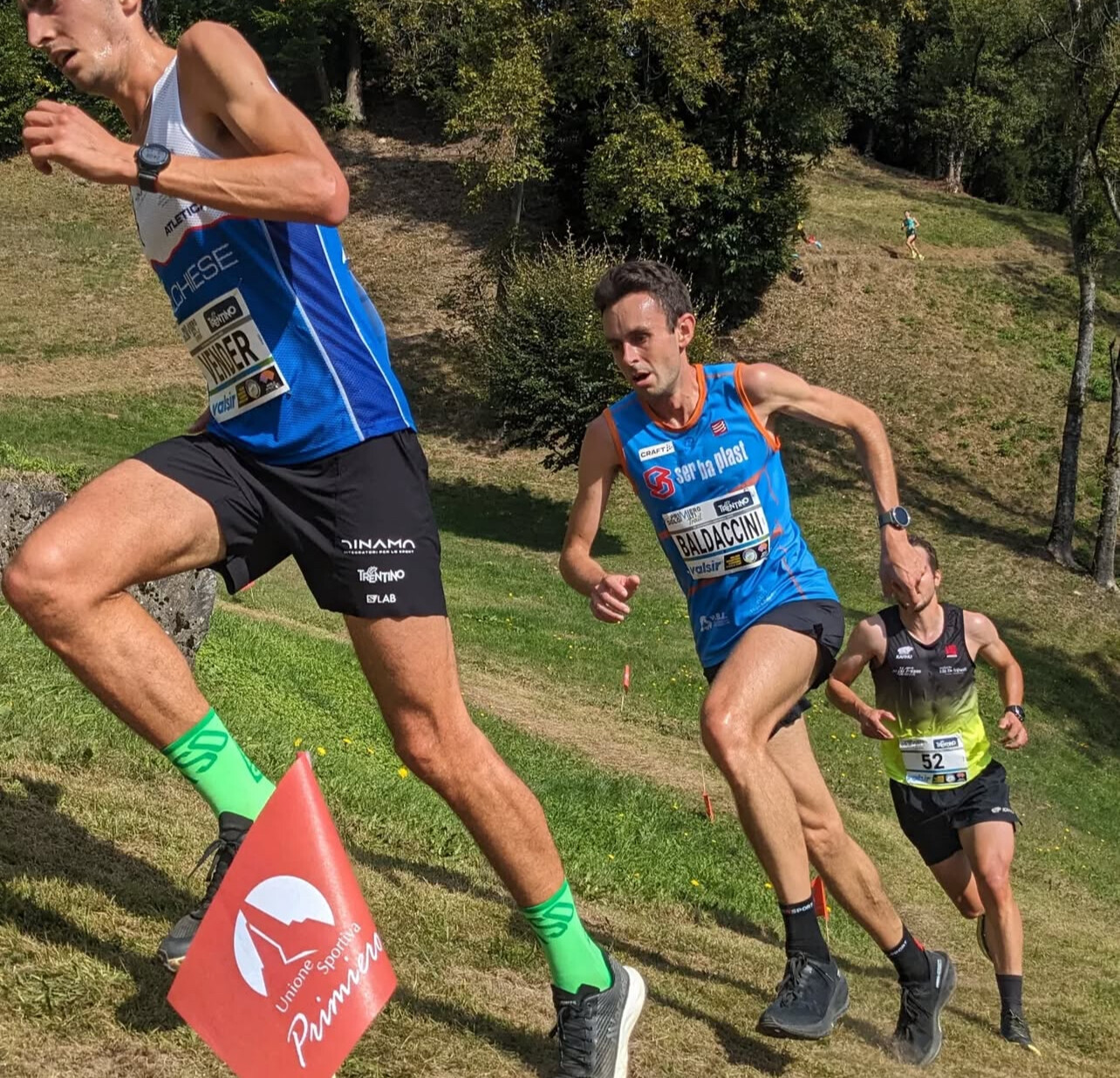
Top 3 Men’s Results:
1. Paul Machoka (Kenya) – 1:48:52
2. Kevin Kibet (Kenya) – 1:49:13
3. Henri Aymonod (Italy) – 1:49:15
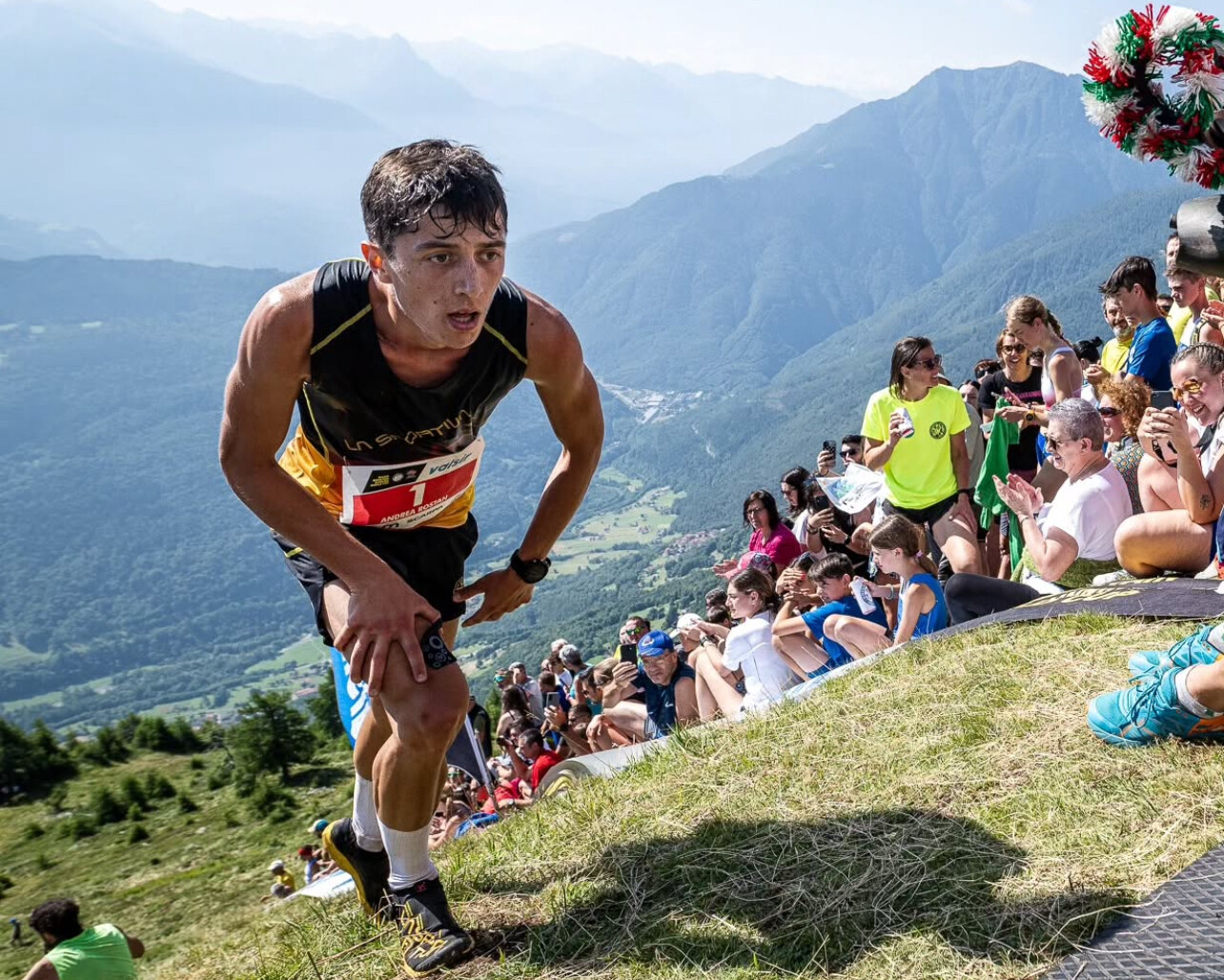
The Zmeu X-Fest, named after a dragon-like figure from Romanian folklore, proved a fittingly epic start to the 2025 WMRA World Cup. With its blend of cultural heritage and extreme terrain, the race set a high bar for the season ahead. Next, the series moves to Italy for the Vertical Nasego and Trofeo Nasego events on May 24–25.
by Boris Baron
Login to leave a comment
Spokane’s Iconic Lilac Bloomsday Run Set for Another Memorable Edition This Weekend
The Lilac Bloomsday Run, one of America’s most cherished road races, is ready to welcome thousands of runners, walkers, and wheelchair athletes to the streets of Spokane, Washington this weekend. Known for its festive atmosphere, scenic course, and rich history, Bloomsday remains a signature event in the running world nearly five decades after its humble beginnings.
The idea for Bloomsday was born during the running boom of the late 1970s. Don Kardong, a local runner who had moved to Spokane in 1974, helped spark the movement. Kardong, fresh off his impressive fourth-place finish in the marathon at the 1976 Montreal Olympics, had been competing in national-class road races and saw the potential for Spokane to host its own major event. In the fall of 1976, he casually mentioned the idea of a downtown run to a local reporter. That simple suggestion quickly captured the city’s imagination and made headlines, laying the foundation for what would become a legendary race.
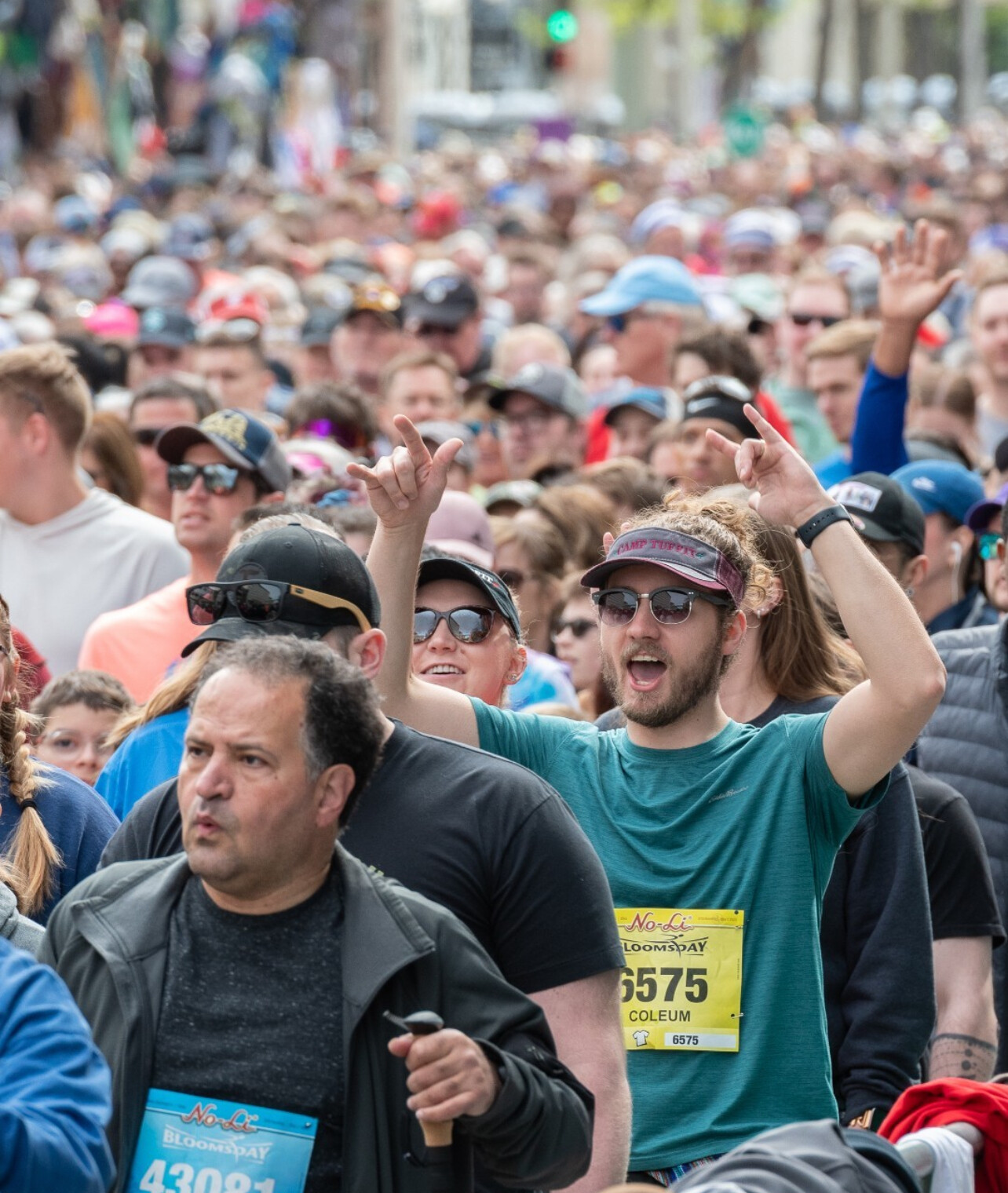
The first Lilac Bloomsday Run was held in May 1977, drawing about 1,200 participants—a remarkable turnout for an inaugural event. Since then, Bloomsday has grown into one of the largest timed road races in the world, attracting more than 40,000 entrants in its peak years. The race has also hosted elite athletes from around the globe, many of whom appreciate Bloomsday’s challenging course and the enthusiastic support from the local community.
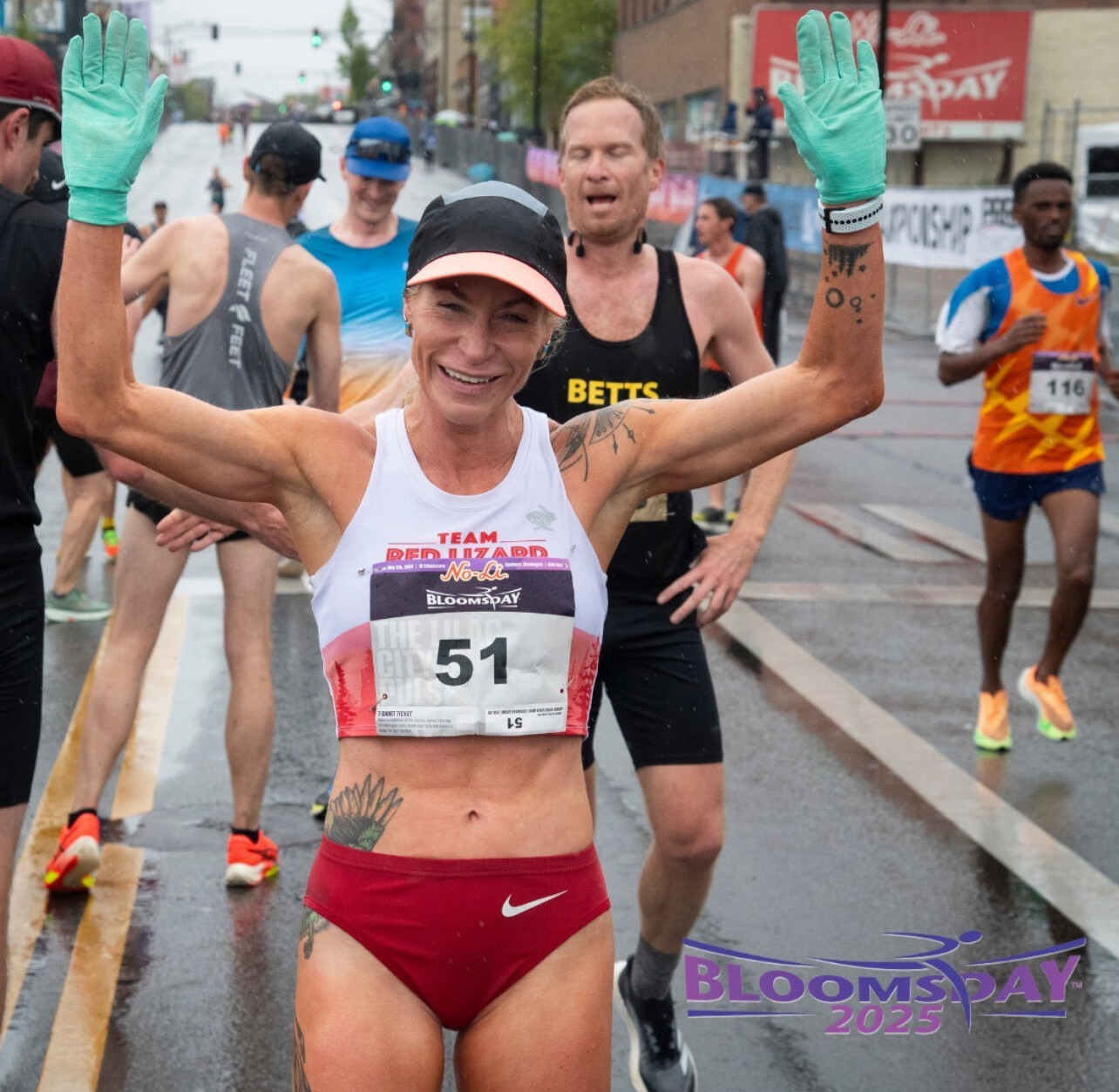
The 12-kilometer (7.46-mile) course weaves through the heart of Spokane, featuring a mix of downtown streets, park trails, and residential neighborhoods. One of the course’s most famous features is “Doomsday Hill,” a grueling climb near mile five that tests the endurance and spirit of every participant. At the top of the hill, runners are cheered on by the race’s beloved mascot, the “Bloomsday Vulture,” a humorous reminder that making it to the summit is a victory in itself.
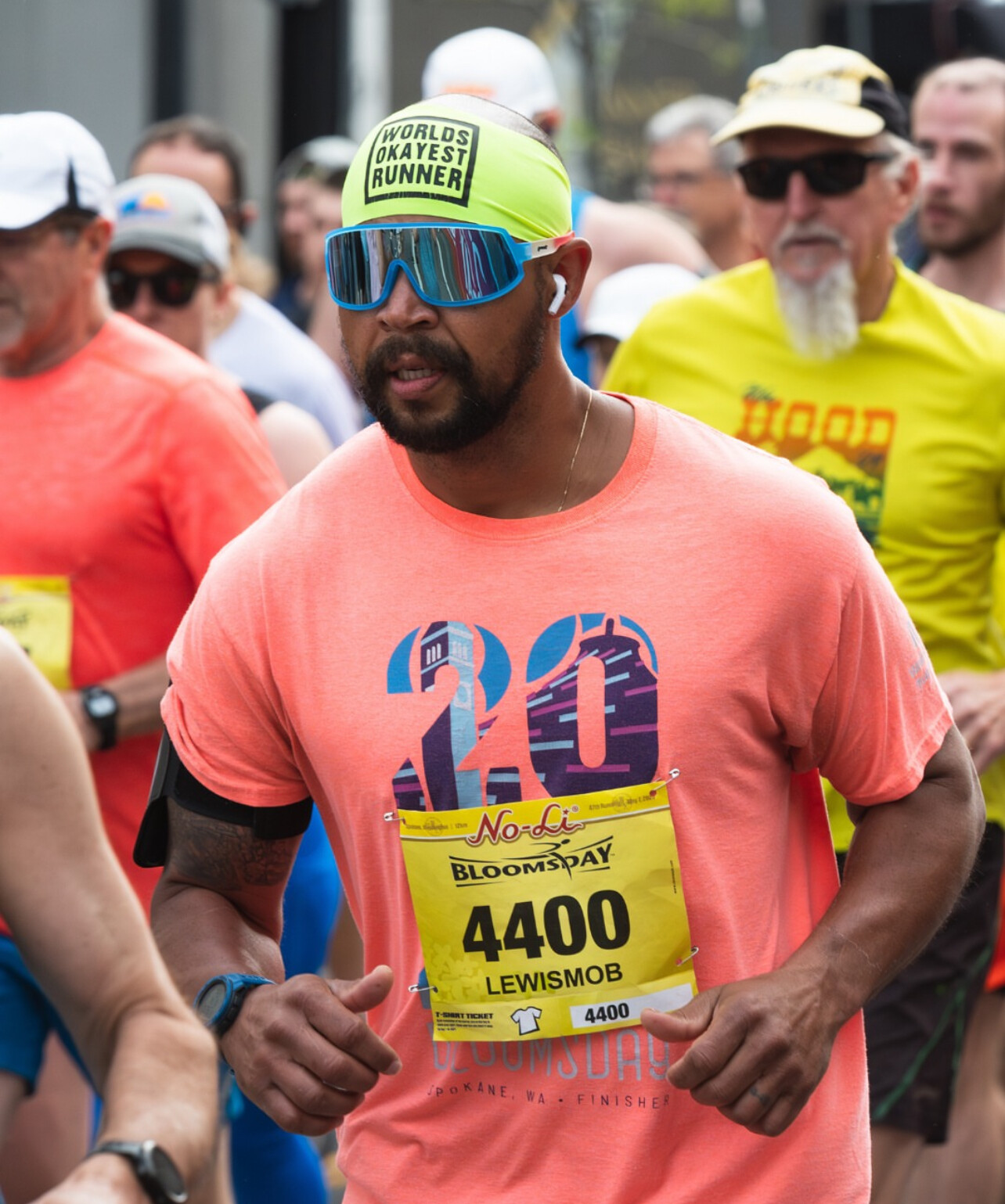
Course Records and Notable Performances
The Bloomsday course has seen some truly world-class performances over the years. The men’s course record was set by Micah Kogo of Kenya, who blazed through the 12K in 33:51 in 2008. On the women’s side, Tegla Loroupe, also from Kenya, holds the women’s course record with her time of 38:29, set back in 1995.
Over the years, Bloomsday has crowned many notable champions. Bloomsday legend Jon Sinclairwon the race three times during the 1980s, helping to establish its national prominence. Tegla Loroupe, a multiple-time winner, used Bloomsday as a springboard to international stardom, later setting a marathon world record. More recently, Leonard Korir and Emily Chebet have continued the strong tradition of elite competition, pushing the pace and maintaining Bloomsday’s reputation for excellence.
Bloomsday also played a role in the careers of American stars like Meb Keflezighi and Deena Kastor, both of whom have competed in Spokane on their way to Olympic and World Championship success.
More Than a Race
Bloomsday is more than just a race—it’s a celebration of fitness, community, and perseverance. The event embraces runners and walkers of all abilities, offering divisions for competitive racers, recreational participants, and wheelchair athletes. It also maintains a commitment to innovation and fun, with live music, costumes, and spirited crowd support lining the route.
As Spokane prepares to host the 2025 edition of Bloomsday this weekend, excitement is building once again. Whether chasing a personal best, tackling Doomsday Hill for the first time, or simply enjoying the festive atmosphere, participants can look forward to an unforgettable experience that embodies the spirit of community and the enduring joy of running.
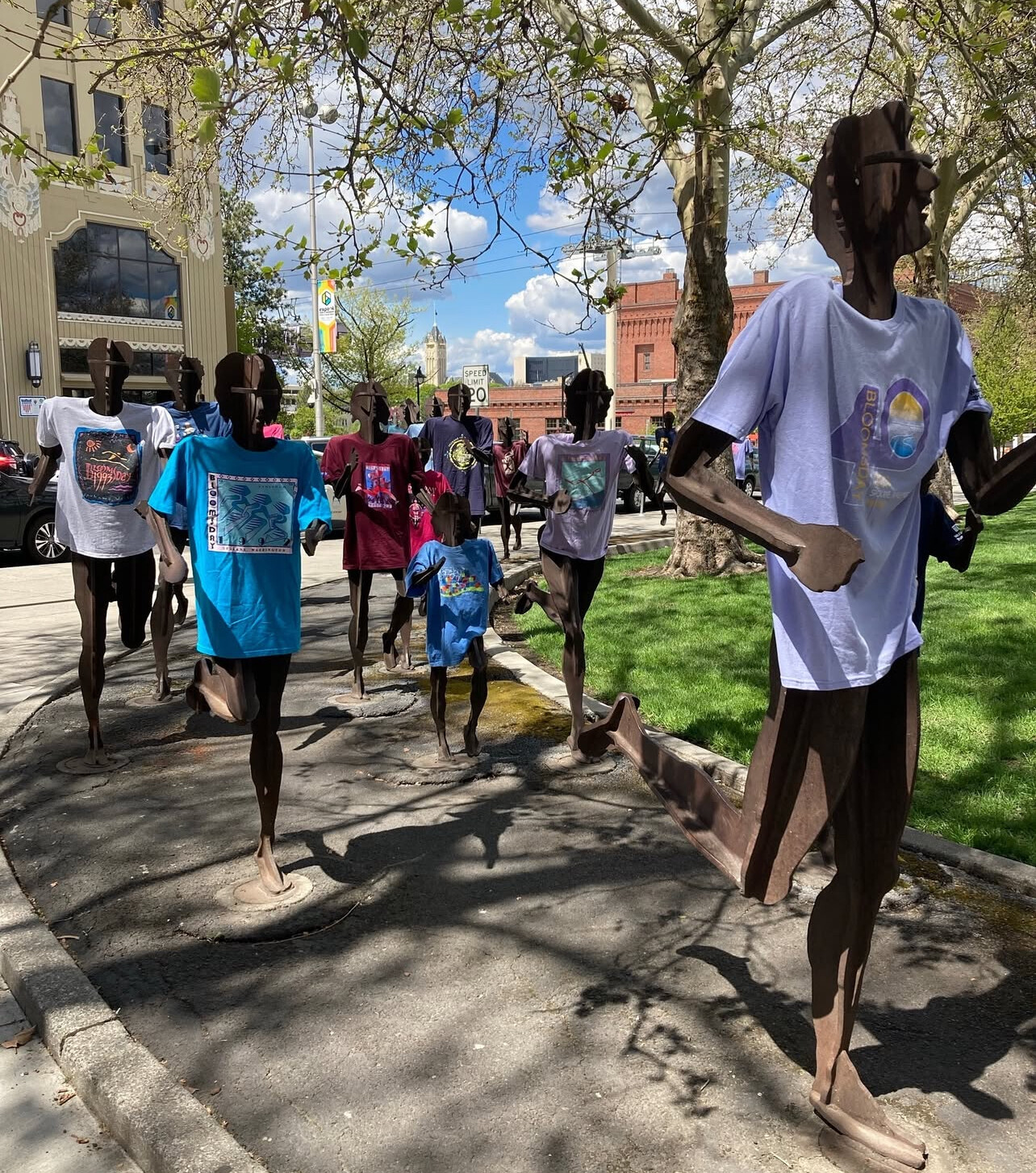
by Boris Baron
Login to leave a comment
Lilac Bloomsday 12K
The Lilac Bloomsday Run was born during the running boom that swept the nation in the late 1970s. Local runner Don Kardong, who moved to Spokane in 1974, competed in several national class road races before and after his participation in the 1976 Olympic Marathon, and in the fall of 1976 he suggested to a local reporter that Spokane should...
more...Elite Performances and Historic Finish: Highlights from the 2025 B.A.A. 5K
Boston Marathon weekend kicked off in thrilling fashion on Saturday, April 19, with the 2025 B.A.A. 5K presented by Harvard Pilgrim Health Care. Over 10,000 runners took to the streets of Boston for a fast and festive race that culminated at one of the sport’s most iconic locations: the Boston Marathon finish line on Boylston Street.
This year’s edition featured a reimagined course, fierce competition, and inspiring performances from pros, legends, and everyday runners alike.
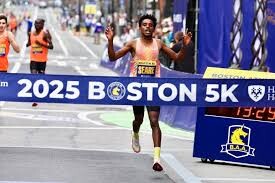
Men’s Race: Seare Surges for Victory
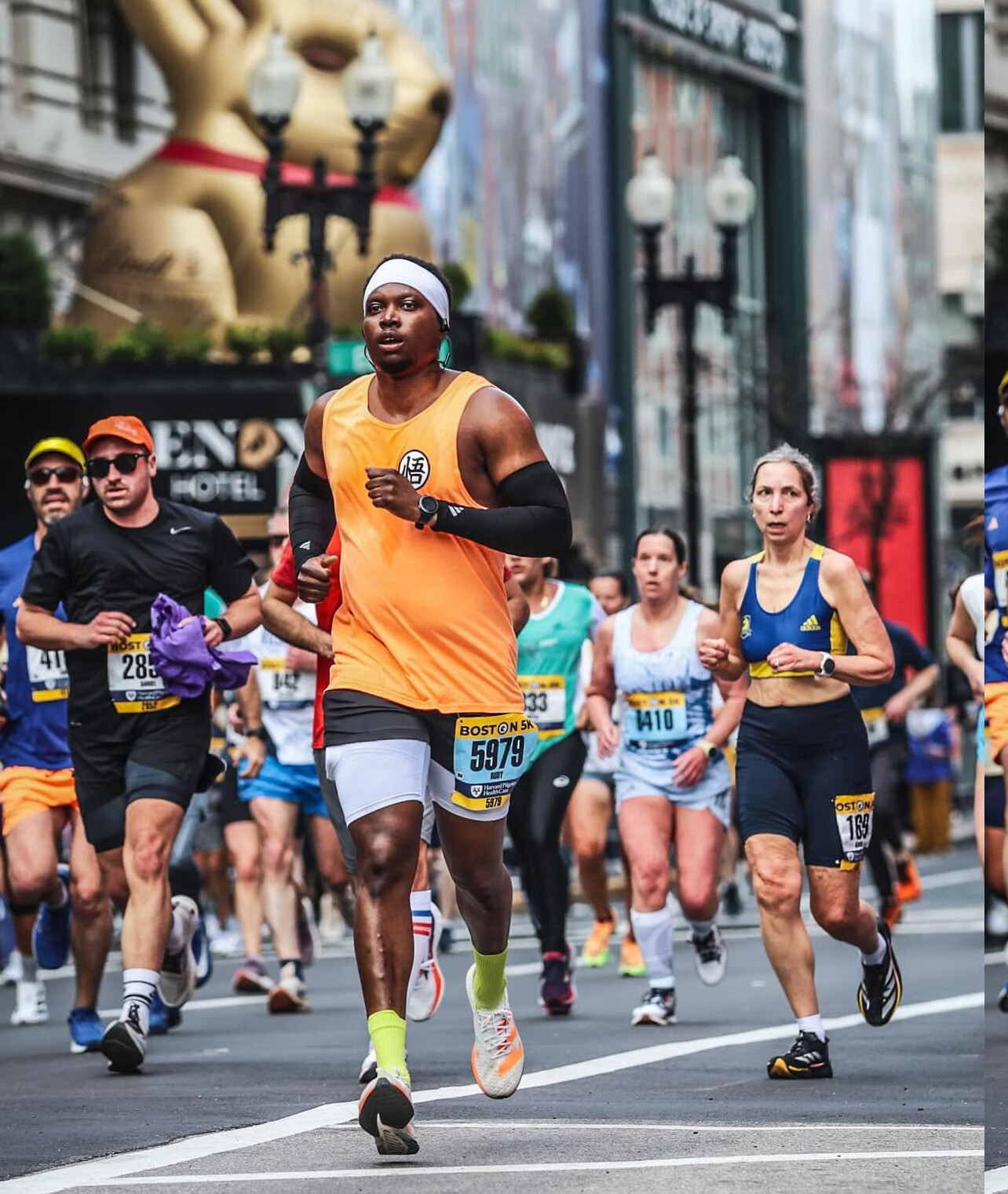
Eritrea’s Dawit Seare stole the show in the men’s race, clocking 13:33 to edge out Britain’s Patrick Dever (13:35) and Kenya’s Amon Kemboi (13:37) in a tightly contested finish. The new course and big-race atmosphere brought out the best in the top competitors.
Women’s Race: Hambese Leads Sub-15 Trio
In the women’s race, Ethiopia’s Gela Hambese powered to victory in 14:53, with Kenya’s Grace Loibach just behind in 14:55. American Taylor Roe had a breakthrough performance, finishing third in 14:57—her first time under 15 minutes for the distance.
New Course, New Energy
This year’s redesigned course started near Boston Public Garden, swept through Commonwealth Avenue and Kenmore Square, and ended with a triumphant stretch down Boylston Street. For many, finishing on the Boston Marathon line was a bucket-list moment.
Running Legends Join the Fun
A host of familiar faces took part in this year’s 5K. Former Boston Marathon champions Uta Pippig and Meb Keflezighi crossed the line in 22:28 and 18:44 respectively, showing they’ve still got it. Red Sox manager Alex Cora joined the field as well, finishing in 24:47.
Running icon Kara Goucher, the 2007 World Championships silver medalist, won the 45–49 age group with a time of 19:18.
Prize Money and Prestige
The top male and female finishers each earned $8,000, with additional prize money awarded in the Masters and para-athletics divisions. The B.A.A. 5K continues to attract one of the deepest 5K fields in the country—and with its world-class course, it’s easy to see why.
A Strong Start to Boston Weekend
The 2025 B.A.A. 5K once again proved why it’s one of the most popular 5Ks in the world. Fast times, rich tradition, and an unmatched finish line experience made this year’s race a standout beginning to Boston’s legendary weekend of running.
by Boris Baron
Login to leave a comment
B.A.A. 5K
The B.A.A. 5K began in 2009, and became an instant hit among runners from far and wide. Viewed by many as the “calm before the storm,” the Sunday of Marathon weekend traditionally was for shopping, loading up on carbohydrates at the pasta dinner, and most importantly- resting. But now, runners of shorter distances, and even a few marathoners looking for...
more...BROTHERHOOD ON BOYLSTON: JOHN KORIR LOOKS TO EMULATE WESLEY AS BOSTON MARATHON CHAMPION
By Toni Reavis
There have been many historic firsts in the long history of the Boston Marathon. This coming Monday, 21 April, 2025, 28-year-old John Korir of Kitale, Kenya, will attempt to become the first brother of a Boston champion to match his sibling on the Boylston Street winner‘s platform. Older brother Wesley won Boston in the notoriously hot year of 2012.
History To Write
The Korir brothers have already written their first chapter of running history when John won the BofA Chicago Marathon last fall in 2:02:44. That gave each brother one World Marathon Major on their ledger. And both have won twice the Los Angeles Marathon, too, Wesley in 2009 & 2010, John in 2021 & 2022. Now John looks to join Wesley as a Boston champion.

STRONG FIELD
But it won’t be easy as John will have, among others, two former Boston champions to contend with, defender Sisay Lemma of Ethiopia and 2022-2023 champ, Evans Chebet of Kenya.
All three competed last year, so there won’t be any surprises like we saw in 2024 when Lemma struck out early, opened a commanding lead—posting the fastest first half in Boston history, 60:19—and then hung on to win.
BOSTON TACTICS
So accustomed are today’s runners to pacesetters, that a tactic like hard early front running can catch competitors off guard. Remember Meb Keflezighi in 2014? It worked again ten years later.
Despite Lemma slowing to a near 66-minute second half, his cushion was substantial enough for a relatively easy win in 2:06:17. Chebet finished third, Korir fourth.
1. Sisay Lemma: 2:06:17 (Ethiopia)
2. Mohamed Esa: 2:06:58 (Ethiopia)
3. Evans Chebet: 2:07:22 (Kenya)
4. John Korir: 2:07:40 (Kenya)
Odds are that Lemma won’t employ the same strategy this Patriots’ Day. And if he does, the others won’t be caught on their back foot.
FAITH IN & FROM COACH MANN
I spoke with John Korir‘s coach, Ron Mann, two days ago after he finished nine holes of golf at his home course in Louisville, Kentucky. We discussed both John and brother Wesley, who Ron also coached at the University of Louisville and then throughout his professional running career.
I pointed out to Coach Mann that Boston 2025 will be the 12th marathon of John’s career. He began with two late race falters in his first three marathon attempts, Ottawa 2018 and Los Angeles in 2019. On both occasions, he moved hard at 20 miles and opened what looked to be winning margins.
EARLY HARD LESSONS
But in Ottawa, course record holder Yemane Tsegay of Ethiopia caught him at 40k, and won by 22 seconds. In Los Angeles, it was even more cruel, as John faded significantly on Ocean Avenue in sight of the finish line in Santa Monica. With less than 30 seconds of running left, Elisha Barno flew by the exhausted Korir to snatch the win by 7 seconds.
“Early in his career, when he was running well, but not great, he was only running about 70 miles a week,” explained Coach Mann. “He didn’t have a bottom under him. Gradually, over a period of four years, we are now at the point where he is running big mileage. He first did it before Chicago last fall and now even a little bit more for Boston. I don’t know how well the others are prepared, but John is all ready to go.”
This will be John‘s third attempt at Boston. In 2023 he finished ninth in 2:10:04. Last year he was fourth in 2:07:40.
“So he knows the course,” confirmed Coach Mann. “And if we go back to Geoffrey Mutai’s record in 2011 (2:03:02), everything happens at Heartbreak Hill. Two years ago, John charged up Heartbreak Hill with Eliud Kipchoge. They ended up eighth and ninth. So you gotta ask if that’s the wise thing to do.”
BOSTON SPECIFIC PREP
John has prepared on a variety of terrains back home for Boston’s tricky route.
“Like golf, you try to look at the course you’re playing,” explained Mann, who visited John in Kenya in January. “If the last hole is over water, then you practice that. So the last 4 miles in Boston are downgrade with big crowds. So you have to be ready for that.
“I told him, ‘you have as much speed as anyone. You’ve run a 58:50 for the half-marathon. So if you feel like you wanna go, go. But if you feel like you wanna wait, then wait.”
There is a 14-year gap between Wesley and John. And their attributes as runners are different as well.
2012 Boston Marathon champion Wesley Korir (third photo)
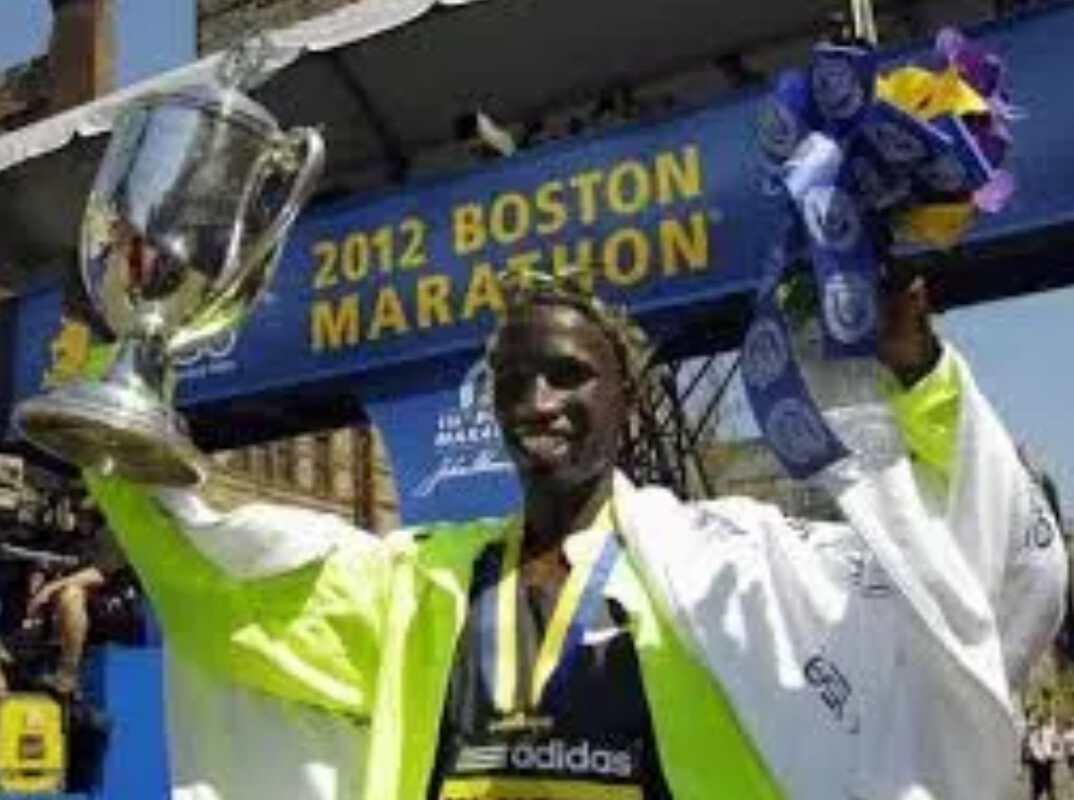
“John has more speed,” said their coach. “But Wesley had more endurance. He was able to withstand more early on in his career. But we needed to put speed on to his endurance. But when he decided to campaign for and won his seat for parliament in 2013 (as he simultaneously prepared to defend his Boston title), we never got a chance to do that. So we never saw the end of his career where he could’ve maximized his speed. John already has the speed. We just needed to put endurance beneath it.”
LEARNING HOW TO WIN
Another of Korir’s opponents will be American Olympian, Connor Mantz. Like John, Connor is 28-years-old, and just entering his prime. While still dangerous, Sisay Lemma (34) and Evans Chebet (35) are on the back nine of their careers.
Though Connor Mantz has a half marathon PR close to Korir’s—59:15 to 58:50—he has yet to finish on the podium of a major marathon, much less tasted victory.
“John has learned how to win,” said Coach Mann. “That’s why the wins in the Boilermaker 15k (Utica, N.Y.), Falmouth Road Race, and Chicago Marathon in 2024 were so important. Now he is expecting to win.
“He already has two marathon victories in Los Angeles and one in Chicago. He also has a world class personal best (2:02:44). Now it’s consistency over a long period of time. Boston is one step along that route. Will he win this year? I don’t know. But he will win Boston in his career. I tell him, you’re as prepared as you can be, and I’ve never trained an athlete to your level before. So, it’s yours to take now.”
CONSTRUCTING YOUR FITNESS
Runners know that reaching peak form is a slow building process. People refer to building your aerobic house. I liken it to constructing a house of cards. You can build a very strong house, but you must build it assiduously, and gradually, or the whole thing will come tumbling down.
“Between Boston last spring and Chicago last fall, John’s stride tempo went up by five per minute,” explained Coach Mann. “And his average heart rate went from 184bpm in Boston to 173 in Chicago. That tells me he’s even fitter that he was.”
HOME IN THE CHERANGANY HILLS
John lives and trains in the Cherangany Hills about 40 minutes northwest of Eldoret, Kenya in the famed Central Highlands. It’s 15 minutes from Kitale, where the Transcend Academy is located.
Transcend Academy is a non-profit school sponsored by the Kenyan Kids Foundation USA that provides full scholarships to talented students from needy backgrounds. Its mission is to leverage running to develop holistic individuals for the progress of Kenya. It’s an offshoot of Wesley Korir’s political sensibilities.
The school was founded by Wesley and his wife, Tarah, who met while both were students at the University of Louisville. John also contributes financially to Transcend.
While John lives and trains in Kitale, his wife and three girls moved to Eldoret because that’s where his kids go to school. But John built a second home in Kitale with his Chicago winnings, so his family can come stay with him on weekends. John and Wesley’s mom and dad live about 600m from the school, too.
“We have a very close-knit, well-oiled family around him,” said Coach Mann, “to make sure that he gets it right.”
The field for Monday’s marathon is very strong and experienced. The weather forecast suggests benign conditions, so it will be the athletes, alone, who decide the outcome.
IN THE HANDS OF GOD
“I tell John, ‘the gift is your responsibility to use," said Coach Mann. "So use it well and give the glory to God’. He did that in Chicago. He crossed himself after he crossed the line.”
Maybe another cross in Hopkinton might not be a bad idea come Monday morning. Brother Wesley will be waiting with Coach Mann at the finish line on Boylston Street, praying like mad, one would assume.
Believing the Boston!
by Toni Reavis
Login to leave a comment
Boston Marathon
Among the nation’s oldest athletic clubs, the B.A.A. was established in 1887, and, in 1896, more than half of the U.S. Olympic Team at the first modern games was composed of B.A.A. club members. The Olympic Games provided the inspiration for the first Boston Marathon, which culminated the B.A.A. Games on April 19, 1897. John J. McDermott emerged from a...
more...The Rise of the “Mini Marathon”: Why More Runners Are Embracing the 10K Challenge
In a running world where the marathon gets all the glory, a quieter revolution is happening at 6.2 miles. The 10K — a classic but often underappreciated race distance — is now gaining real momentum. Whether you’re a beginner, a competitive age-grouper, or a marathoner in maintenance mode, the 10K is becoming the go-to challenge for modern runners looking to push themselves without burning out.
Rethinking the “Mini Marathon”
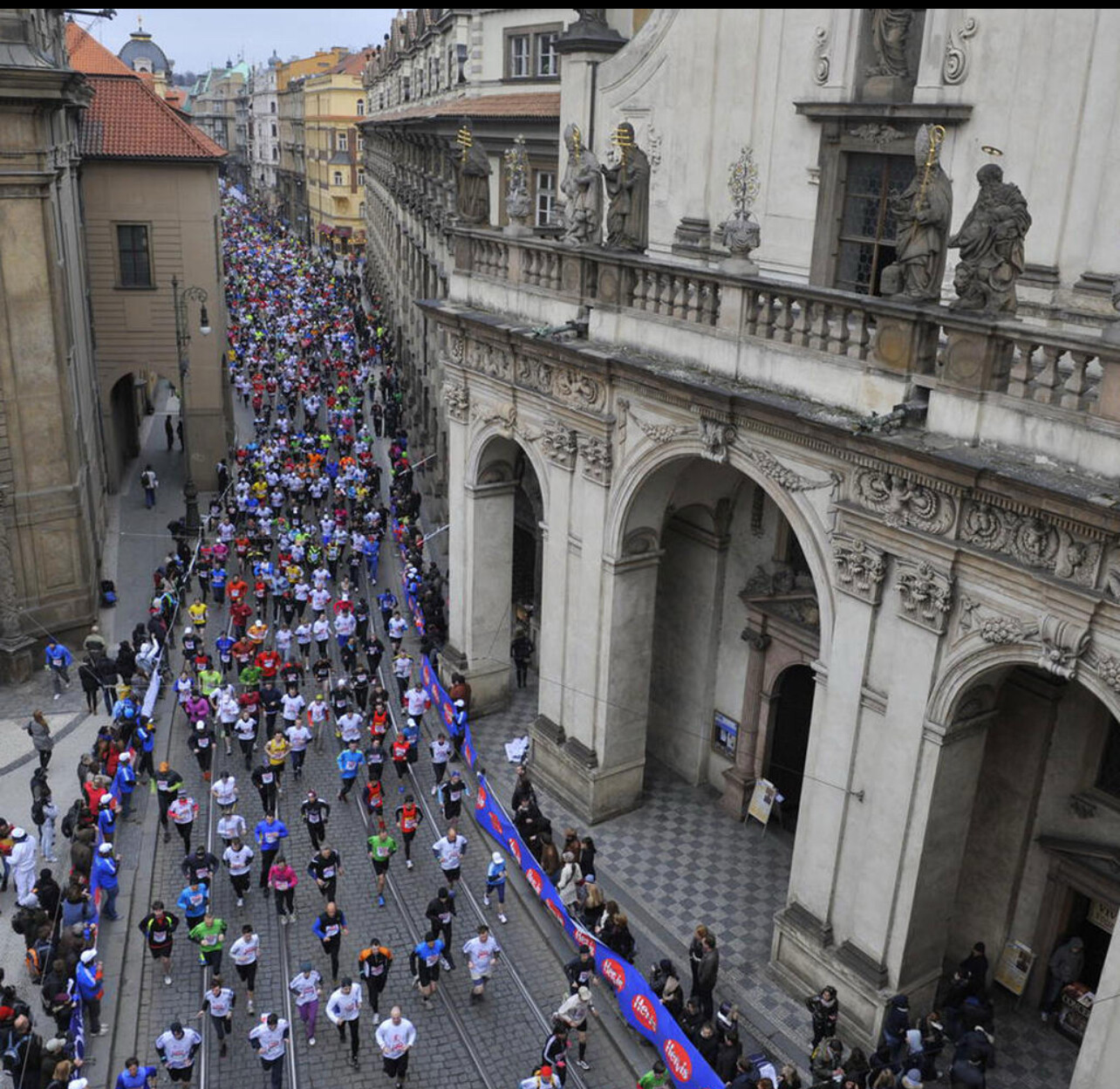
For years, the term mini marathon has been used to describe the half marathon. And sure, 13.1 miles is a major accomplishment. But in today’s running climate — where time is tight, training windows are short, and recovery matters — why not redefine the term and give the 10K its due?
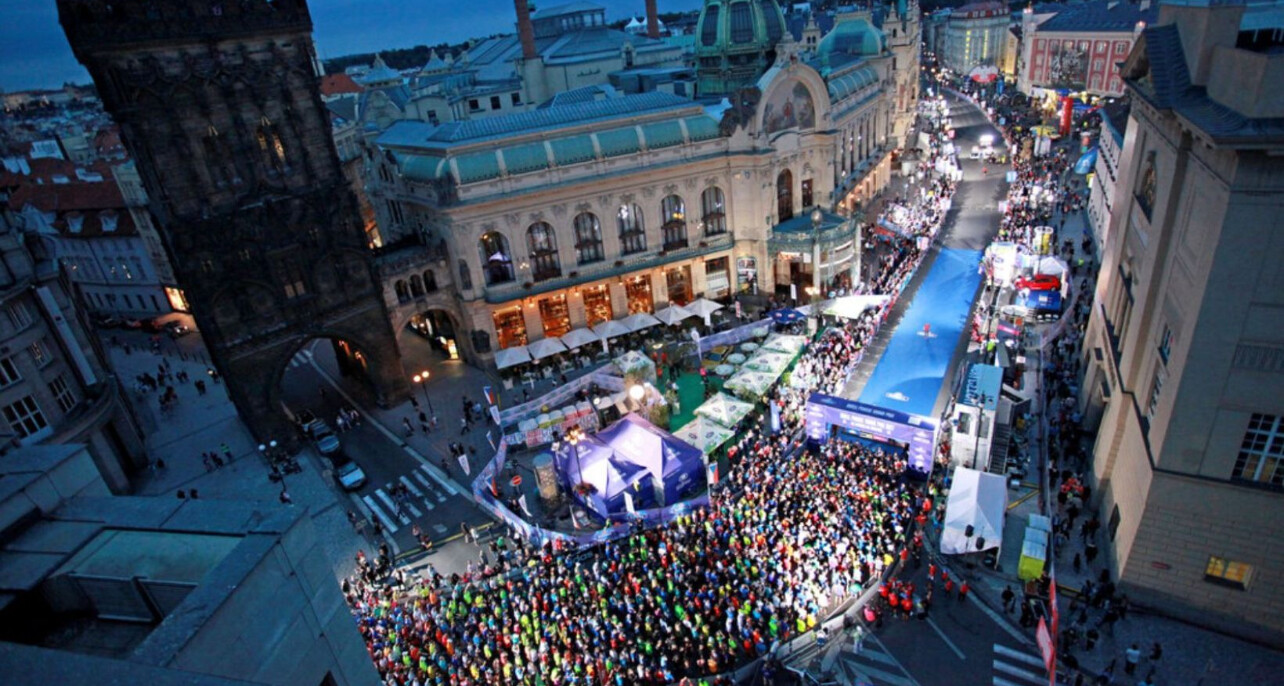
At 6.2 miles, the 10K is long enough to demand real endurance and strategy, yet short enough to train for consistently and recover from quickly. It sits at the sweet spot between the speed of a 5K and the grind of a half marathon. It’s a race where pacing, power, and mental toughness intersect.
Let’s be clear — nothing shorter than a 10K deserves to be called a “mini marathon.” The 10K is the starting point of true endurance racing — and it just might be the smartest distance of them all.
The Perfect Balance
For today’s runners, balance is everything. The 10K allows athletes to stay competitive without the risks that come with higher mileage. Many runners who shifted away from long races during the pandemic have returned to racing — but with a different mindset. Rather than chasing medals for marathon finishes, they’re chasing PRs, consistency, and longevity.
“It’s a thinking person’s race,” says Coach Jimmy Muindi, six-time Honolulu Marathon champion and now a key coach at KATA Portugal. “You can run it all-out, use it for speedwork, or fit it into a bigger training block. It fits almost any plan.”
Fast, Fun, and Growing
Race directors around the world are seeing this shift. While many events still offer marathons and half marathons, it’s often the 10K that fills up first. It appeals to first-timers, comeback runners, and seasoned competitors alike.
Here are a few 10K events making a major impact:
BOLDERBoulder 10K (USA): A Memorial Day tradition drawing over 50,000 runners, complete with costumes, slip-and-slides, and a stadium finish.
Prague 10K Grand Prix (Czech Republic): Fast, flat, and lit by city lights — one of Europe’s most scenic and electric night races.
Palo Alto 10K (USA): A runner’s favorite in Silicon Valley — fast, friendly, and focused on the joy of racing.
Smarter Training, Safer Recovery
Many runners in their 40s, 50s, and beyond are embracing the 10K as their new sweet spot. The lower training volume reduces injury risk, and recovery is swift. In a time when people are running not just for medals, but for health and happiness, the 10K makes sense.
“I like the 10K because it is still long enough for a challenge and short enough where the recovery only takes a day or so,” says lifetime runner Bob Anderson, founder of My Best Runs and Runner’s World magazine. “It fits perfectly into a balanced, healthy running lifestyle.”
It’s not just about going long — it’s about going strong.
Final Stride
The 10K is no longer just a warm-up for a half or a fitness test before a marathon. It’s standing tall as a race in its own right — a distance that respects your time, challenges your limits, and fits into real life.
So maybe it’s time to redefine what a mini marathon really means. For a growing number of runners, 6.2 miles is just right.
by Boris Baron
Login to leave a comment
Carlsbad 5000: Striving to Reclaim Its World-Class Status Amidst Challenges
The Carlsbad 5000, once celebrated as the “World’s Fastest 5K,” has experienced significant transformations over the past two decades, leading to concerns about its diminished prominence on the global stage. The men’s course record of 12:59, set by Kenya’s Sammy Kipketer in 2000, stands as a testament to the event’s former prestige. However, subsequent changes in ownership and reductions in prize money have impacted the race’s ability to attract elite international talent.
Ownership Transitions and Their Impact
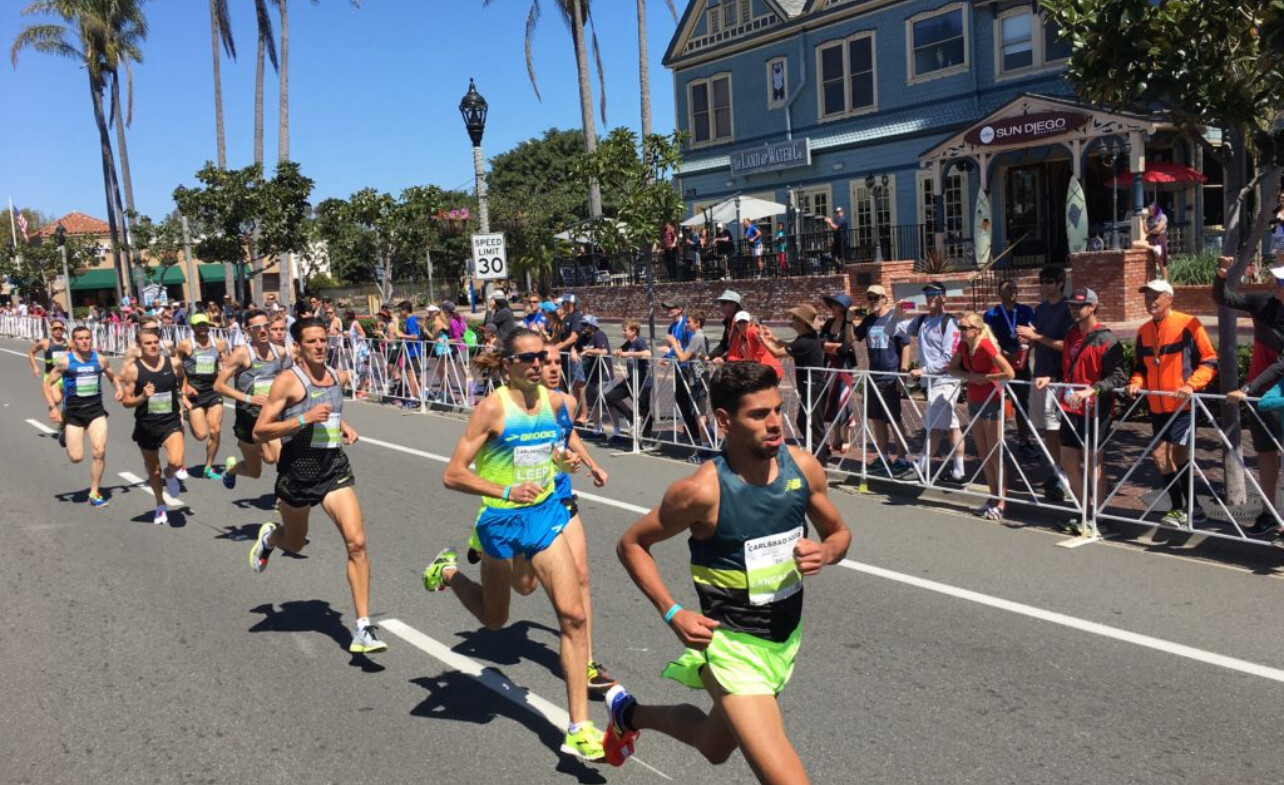
In June 2017, the Ironman Group, a subsidiary of China’s Wanda Sports Holdings, acquired the Carlsbad 5000. This transition led to shifts in race management and strategic direction, which some participants felt altered the event’s unique character. Concerns were raised about reduced prize money and a perceived decline in the overall participant experience. Recognizing these challenges, Groundwork Endurance, a San Diego-based company, acquired the Carlsbad 5000 in December 2018. The new ownership group includes U.S. Olympian Meb Keflezighi, who expressed enthusiasm for revitalizing the event and preserving its legacy. Keflezighi stated, “I am delighted to join the local ownership team in building upon the legacy of the Carlsbad 5000.”
Prize Money and Elite Participation
Historically, substantial prize purses attracted top-tier athletes to the Carlsbad 5000. For instance, in 2014, the event offered a guaranteed prize pool of $50,000, with $5,000 awarded to the overall champion. In contrast, the 2024 edition featured a total professional prize purse of $16,000, with $5,000 awarded to the first-place male and female finishers.
Additionally, amateur divisions offered a combined purse of $2,400, with $300 for first-place finishers in both the 40+ and 39-and-under categories. While these amounts demonstrate a commitment to rewarding athletic excellence, they may not be sufficient to attract the caliber of elite competitors necessary to restore the event’s world-class status.
Race Categories and Start Times
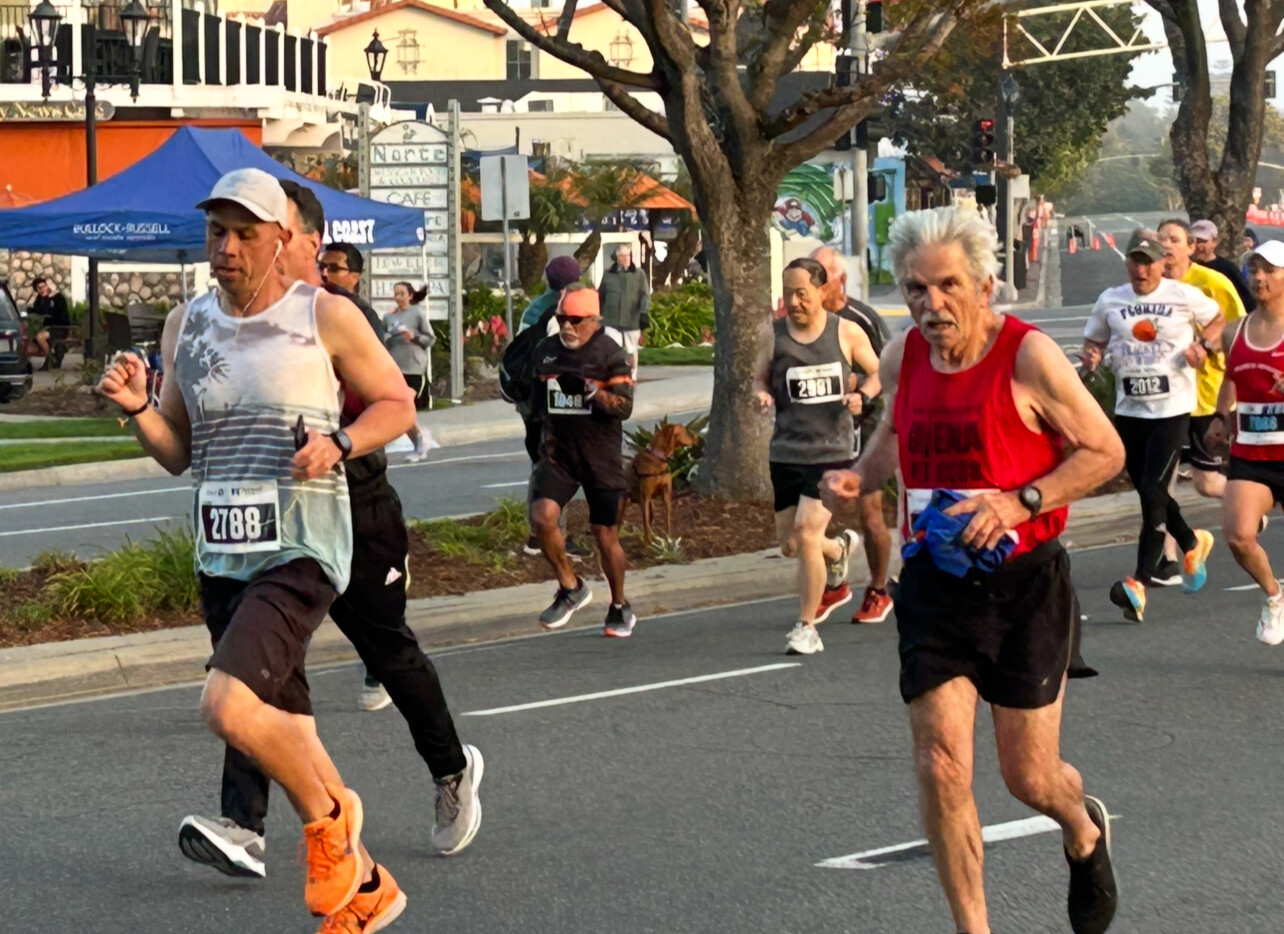
Traditionally, the Carlsbad 5000 features individual 5K races segmented by age and gender, each with its own start time. The categories include:
• Masters Men (Ages 40 & Above): This division caters to male runners aged 40 and over, providing a competitive environment among seasoned athletes.
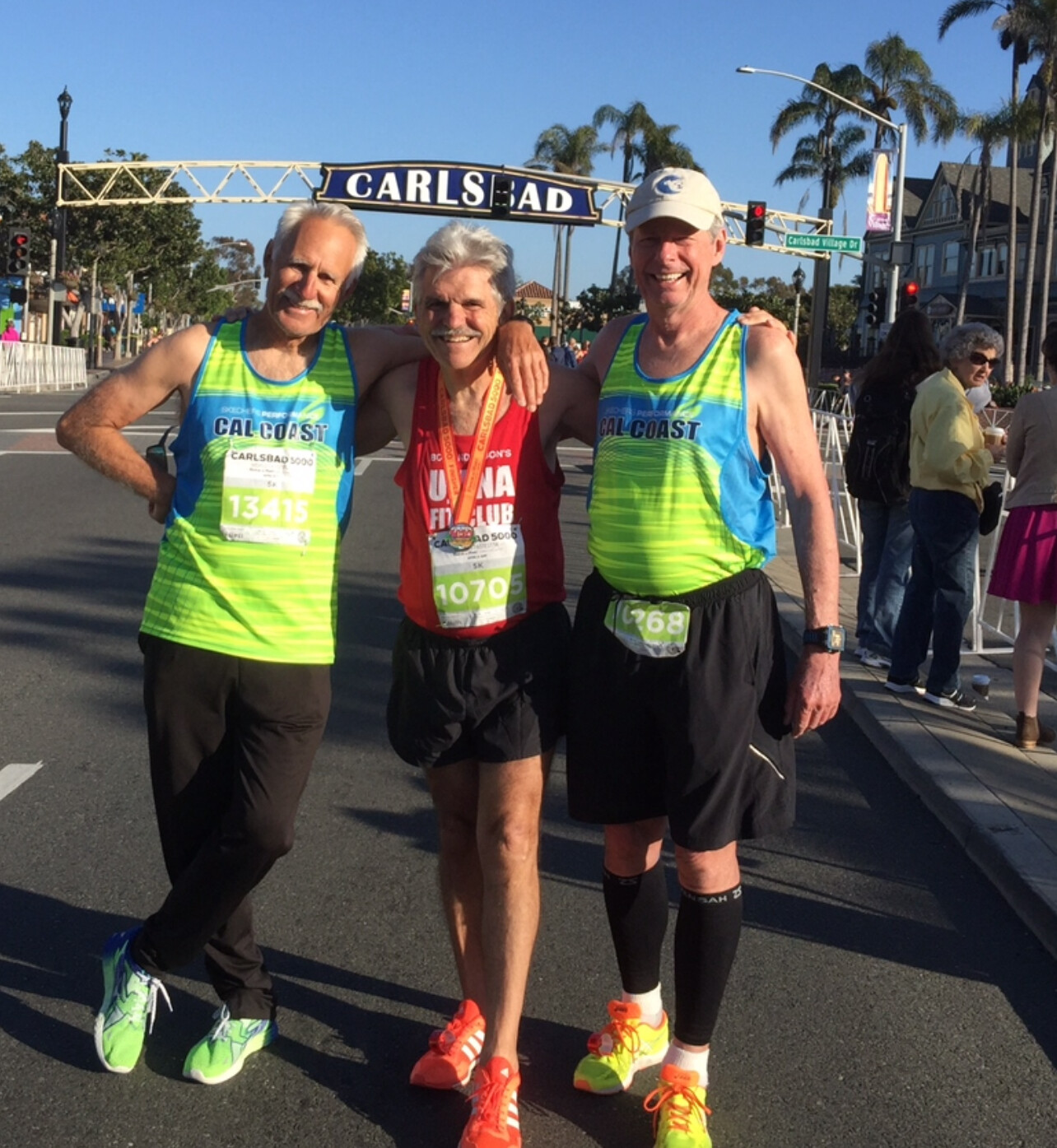
• Masters Women (Ages 40 & Above): Female runners aged 40 and above compete in this category, fostering a supportive atmosphere for experienced female athletes.
• Open Men (Ages 39 & Under): Younger male participants, up to age 39, race in this division, promoting competition among emerging runners.
• Open Women (Ages 39 & Under): This category is designed for female runners aged 39 and under, encouraging participation among younger women.
• People’s Race (All Ages & Abilities): A non-competitive race open to all genders and ages, welcoming joggers, walkers, and those seeking a more relaxed race experience.
"I ran the the Carlsbad 5000 for 25 straight years," says MBR editor Bob Anderson, "mostly because it had a master only race. I clocked 17:09 there when I was 49. It was such an exciting event." (Photos three and four)
This segmentation allows runners to compete alongside peers in similar life stages, enhancing the race’s appeal to a broad demographic.
Path Forward
To reclaim its position as a premier international road race, the Carlsbad 5000 may need to consider increasing its prize offerings to attract elite talent. Balancing financial incentives with the event’s rich history and community engagement will be crucial in revitalizing the race and restoring its reputation as the “World’s Fastest 5K.”
by Boris Baron with Bob Anderson
Login to leave a comment
Carlsbad 5000
The Carlsbad 5000 features a fast and fun seaside course where 16 world records have been set. Both rookie runners and serious speedsters alike enjoy running or walking in Carlsbad. Weekend festivities kick off Saturday morning with the beloved Junior Carlsbad, a kids-only event in the heart of Carlsbad Village featuring fun runs, toddler trots, and diaper dashes! On Sunday,...
more...Kenyans Set Their Sights on Regaining Vienna City Marathon Crown
This year’s Vienna City Marathon will form a unique bond with the classical music Austria’s capital is known for. Celebrating Johann Strauss’ 200th birthday, his Danube Waltz will be played before the start of the race. While the music will be soft and flattering, once the runners get on their way, the battle for victory is expected to be thrilling and fierce, with no clear favorite.
The Kenyan trio of Justus Kangogo, Douglas Chebii, and Stanley Kurgat lead the men’s elite field on April 6. With personal best times ranging from 2:06 to 2:07, they will be joined by two more athletes who have run under 2:09. The organizers of Austria’s premier road race event have officially announced the men’s top contenders.
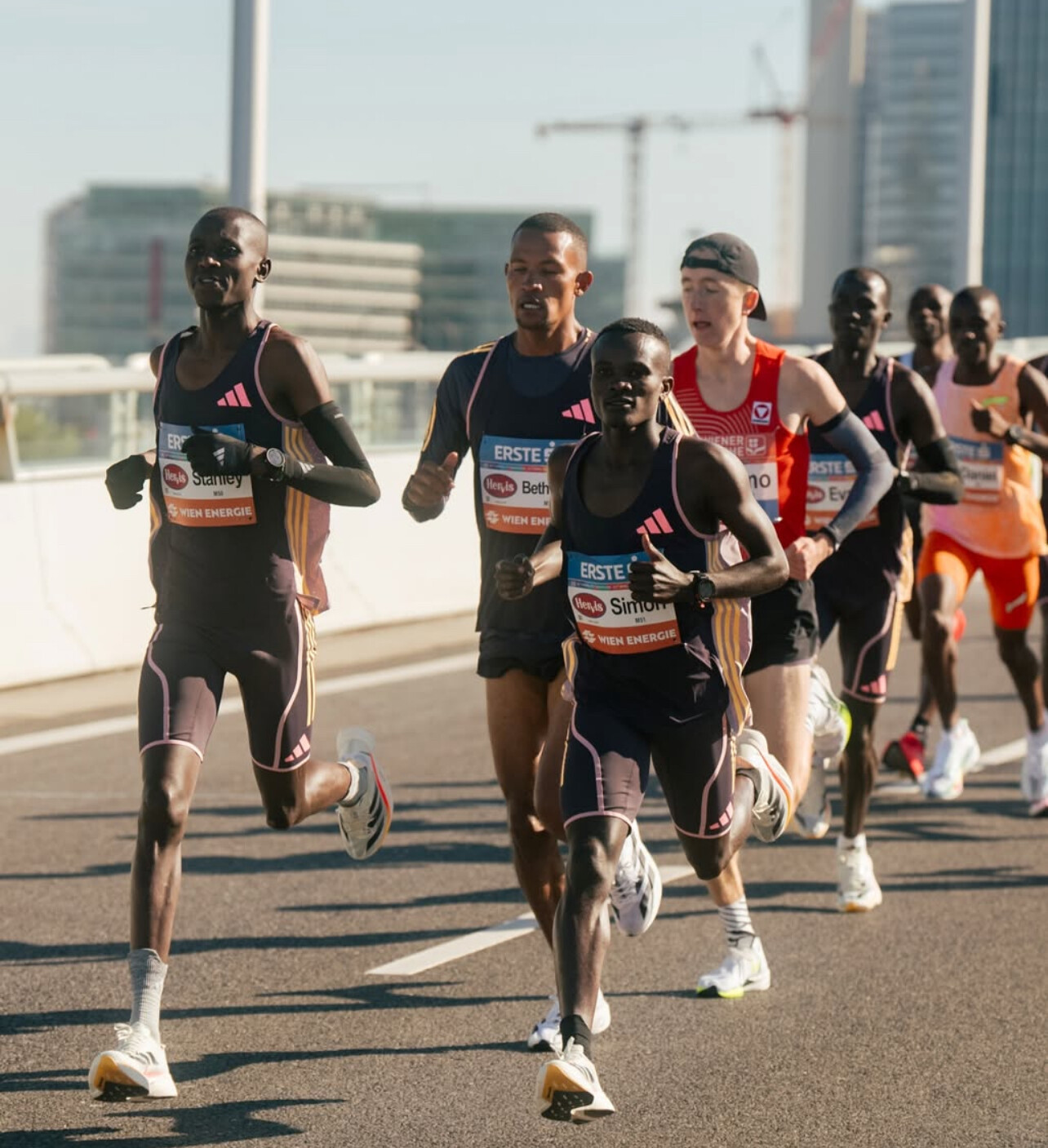
A record-breaking field of nearly 13,000 marathoners has been registered for the 42nd edition of the Vienna City Marathon, a World Athletics Elite Label Race. With shorter-distance events included, the total number of participants will exceed 45,000.
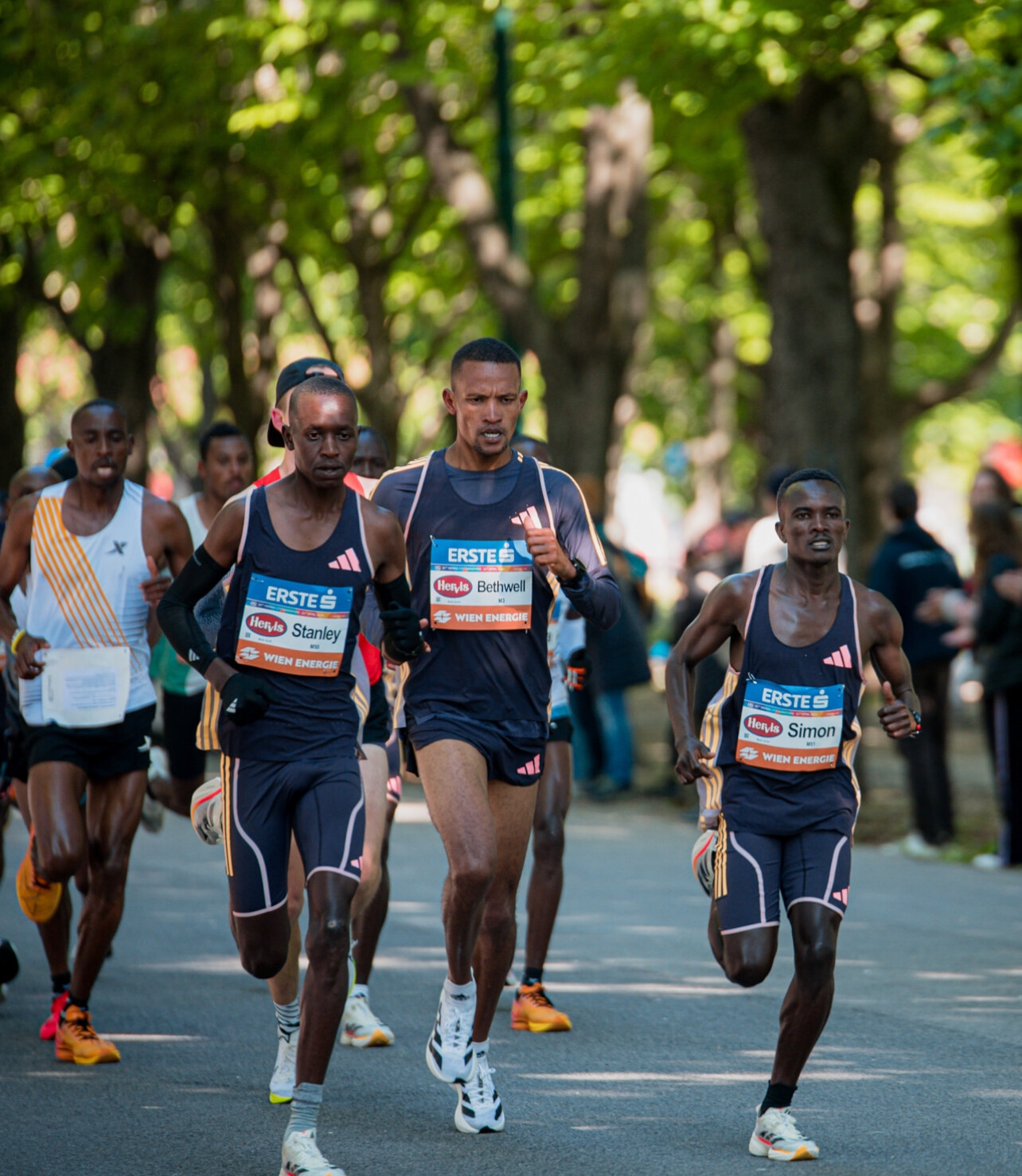
Kenya’s elite runners are eager to reclaim the men’s title after losing it last year to Ethiopia’s Chala Regasa. Prior to that, Kenya had dominated the event, securing four consecutive victories, culminating in Samwel Mailu’s record-breaking 2:05:08 win in 2023.
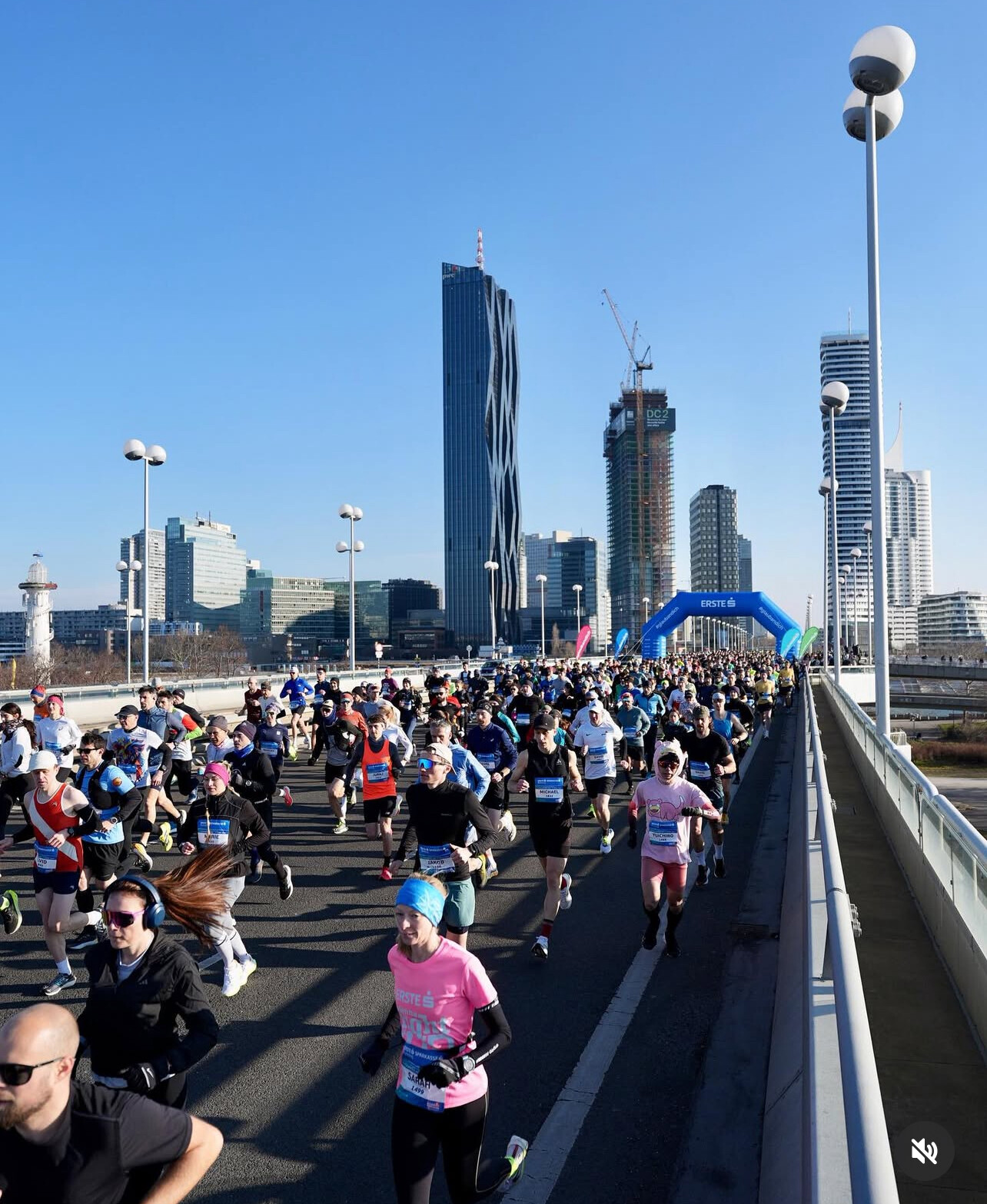
The three leading Kenyan contenders arrive in Vienna with strong credentials. Justus Kangogo, 29, clocked 2:06:45 for fourth place in Amsterdam last October. His personal best of 2:05:57 was set in Berlin in 2022. Douglas Chebii, 31, has demonstrated remarkable consistency, running 2:06:31 in Linz in 2022, 2:07:11 in Seville in 2023, and placing seventh in the highly competitive Dubai Marathon in 2024 with 2:08:15—making him the fastest Kenyan in Dubai that year.
The youngest of the trio, 25-year-old Stanley Kurgat, made a significant breakthrough just six months ago, improving his marathon time from 2:11:50 in his Valencia debut to 2:07:05 in Berlin. Though he finished 15th in that deep field, he now has a real shot at claiming his biggest career victory in Vienna. He also holds an advantage, having paced the race up to the 30K mark last year, giving him valuable experience on the course.
Other Kenyan hopefuls include Charles Ndiema and Benard Kimeli, both boasting sub-2:09 personal bests. Ndiema, who finished fourth in Vienna in 2022 with a time of 2:08:12, will look to improve on that performance. Kimeli ran 2:08:34 in Tokyo last year. Meanwhile, Bernard Muia is a potential dark horse. The Kenyan finished runner-up in Vienna last year with 2:10:42, surging from fourth to second place in the final two kilometers, closing a 48-second gap. Muia ran his PB of 2:09:17 when he won the Munich Marathon in 2023.
Austrian record holder Peter Herzog, who clocked 2:10:06 at the 2020 London Marathon, will lead the national elite field, aiming for a time around 2:12. Former Austrian record holder Lemawork Ketema (2:10:44) is also set to compete, hoping for a strong comeback after a long injury layoff.
With a highly competitive field and no clear frontrunner, the Vienna City Marathon promises an exciting showdown, as Kenya’s top athletes aim to reclaim the crown.
by Boris Baron
Login to leave a comment
Vienna City Marathon
More than 41,000 runners from over 110 nations take part in the Vienna City Marathon, cheered on by hundreds of thousands of spectators. From the start at UN City to the magnificent finish on the Heldenplatz, the excitement will never miss a beat. In recent years the Vienna City Marathon has succeeded in creating a unique position as a marathon...
more...Yuki Kawauchi Proves His Endurance with New Marathon Success in 2025
Yuki Kawauchi, known worldwide as the “Citizen Runner,” continues to defy expectations in the marathon world. From his historic 2018 Boston Marathon victory to his latest triumphs in 2025, Kawauchi remains one of the most consistent and determined long-distance runners in the sport. Now a full-time professional, he has overcome setbacks and continues to post impressive results on the global stage.
The 2018 Boston Marathon Victory
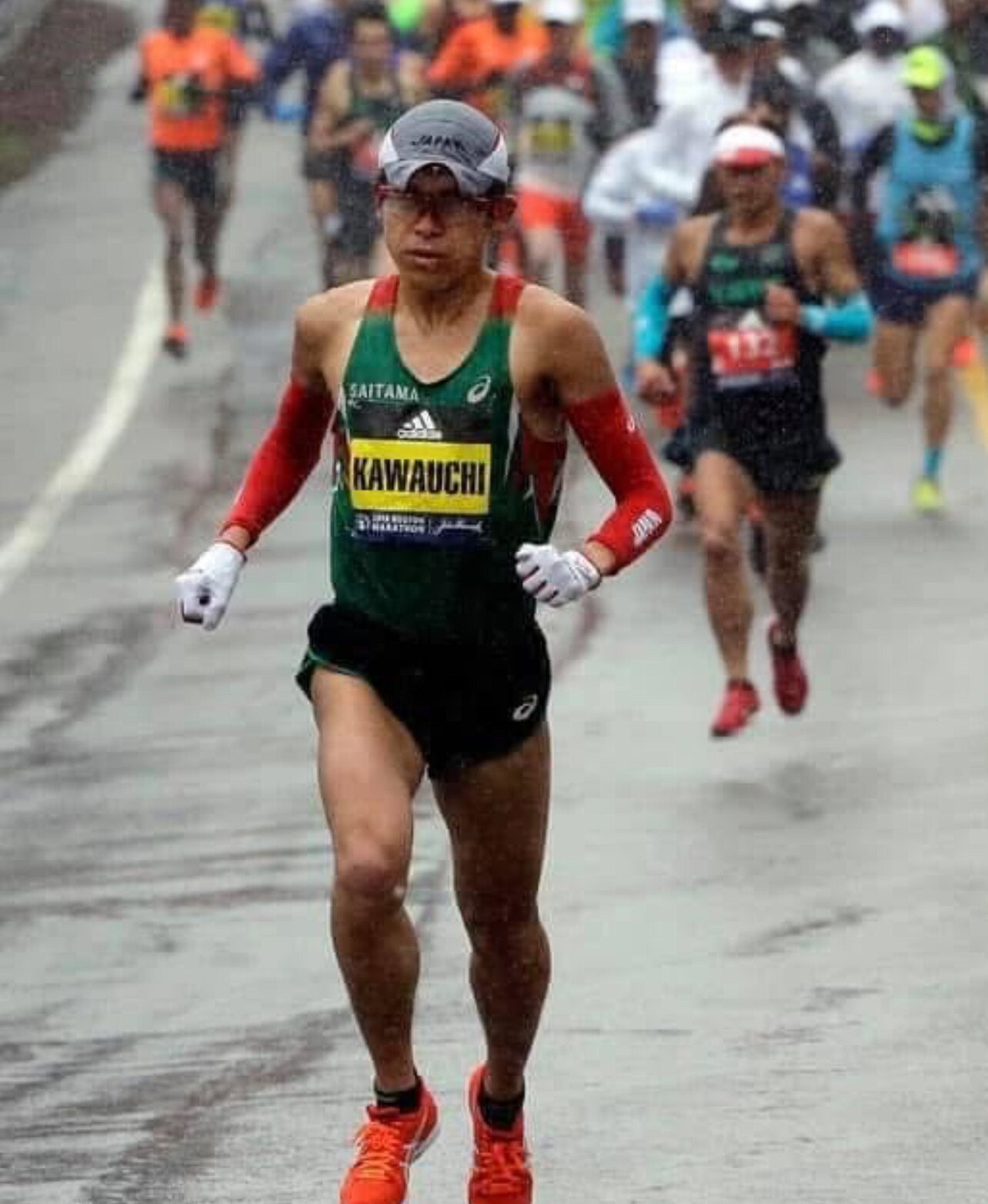
Kawauchi cemented his place in marathon history on April 16, 2018, when he won the Boston Marathon in one of the most challenging weather conditions the race had ever seen. With heavy rain, powerful headwinds, and freezing temperatures around 40°F (4°C), many elite runners struggled—but not Kawauchi. His relentless surges and fearless strategy allowed him to overtake defending champion Geoffrey Kirui in the final miles, crossing the finish line in 2:15:58. He became the first Japanese man to win the race since Toshihiko Seko in 1987.

Transition to Professional Running

Despite his international success, Kawauchi spent years balancing his training with a full-time job as a government clerk. In 2019, he made the long-awaited decision to turn professional, allowing him to focus entirely on training and racing. The transition led to an improvement in his performances, including a personal best marathon time of 2:07:27 at the 2021 Lake Biwa Marathon.

Battling Through 2024

The road to success is never without obstacles. In 2024, Kawauchi endured an inconsistent season, marked by injuries and slower race times. However, he continued to compete with determination, finishing several marathons despite the setbacks:
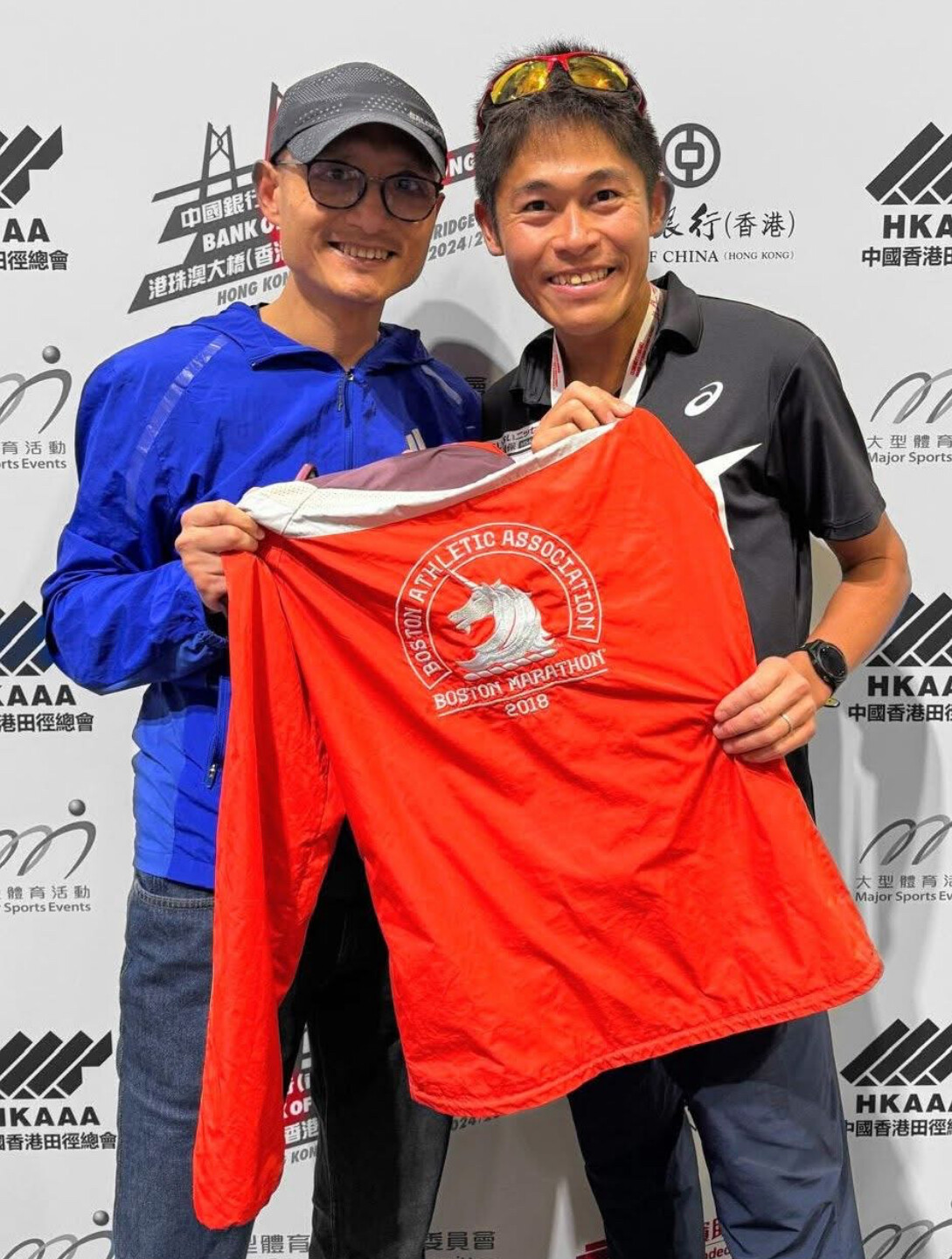
• Ibusuki Nanohana Marathon (January 2024): 1st place, 2:21:13

• Paris Marathon (April 2024): 75th place, 2:31:03
• Gold Coast Marathon (July 2024): 156th place, 2:42:26
• Hofu Yomiuri Marathon (December 2024): 38th place, 2:33:01
• Mie Matsusaka Marathon (December 2024): 6th place, 2:22:02
Despite these struggles, Kawauchi never lost sight of his goal—to return stronger in 2025.
A Strong Comeback in 2025
This year, Kawauchi has proven once again why he is one of the most enduring marathoners in the world. His persistence paid off with a strong performance early in 2025:
• Tokyo Marathon (March 2025): 15th place, 2:10:45
His victory at the Tohoku Miyagi Revive Marathon was a defining moment, signaling that Kawauchi is back in top form.
Training and Personal Life
Now a professional, Kawauchi has adapted his training regimen to include higher mileage and more structured workouts. He still follows an old-school approach, frequently training alone and racing more often than most elite marathoners. His high-volume racing strategy continues to set him apart, proving that consistency and experience can be just as valuable as raw speed.
In his personal life, Kawauchi married fellow runner Yuko Mizuguchi in 2019. The couple shares a passion for marathon running, supporting each other’s athletic careers. Their shared dedication to the sport has made them one of Japan’s most inspiring running duos.
A Lasting Legacy
Yuki Kawauchi has defied conventional wisdom in long-distance running, proving that elite performances don’t require sponsorships, high-tech training camps, or corporate teams. His dedication, work ethic, and ability to push through challenges continue to inspire runners of all levels.
With his recent 2025 victory and continued improvement, Kawauchi remains a formidable competitor in the global marathon scene. Whether battling extreme weather or personal setbacks, his resilience and love for the sport continue to make him a legend in the running community.
by Boris Baron
Login to leave a comment
No one has run more sub 2:20 marathons than Yuki.
As of March 8, 2025, Yuki Kawauchi has completed 104 marathons under 2 hours and 20 minutes. This milestone includes his recent performances in 2025:
Tokyo Marathon (March 2025): 15th place with a time of 2:10:45 and Tohoku Miyagi Revive Marathon (April 2025): 1st place, finishing in 2:11:18. - Bob Anderson 3/9 7:31 pm |
Shelby Houlihan’s Redemption Run – Back on Track After a Four-Year Ban
With her suspension concluding on January 13, 2025, Houlihan made a remarkable return to the track. On February 1, 2025, she competed in the Razorback Invitational at the Randal Tyson Indoor Track Center in Fayetteville, Arkansas. Demonstrating her enduring talent and resilience, Houlihan won the 3,000 meters with a time of 8:31.56, setting a new meet record and breaking the facility record previously held by Parker Valby.
Continuing Her Comeback
Building on her initial success, Houlihan competed in the Bruce Lehane Scarlet & White Invitational on February 8, 2025. She delivered an impressive performance in the mile, finishing with a time of 4:20.30. This achievement not only set a new facility record but also marked the second-fastest indoor mile ever recorded by an American woman.
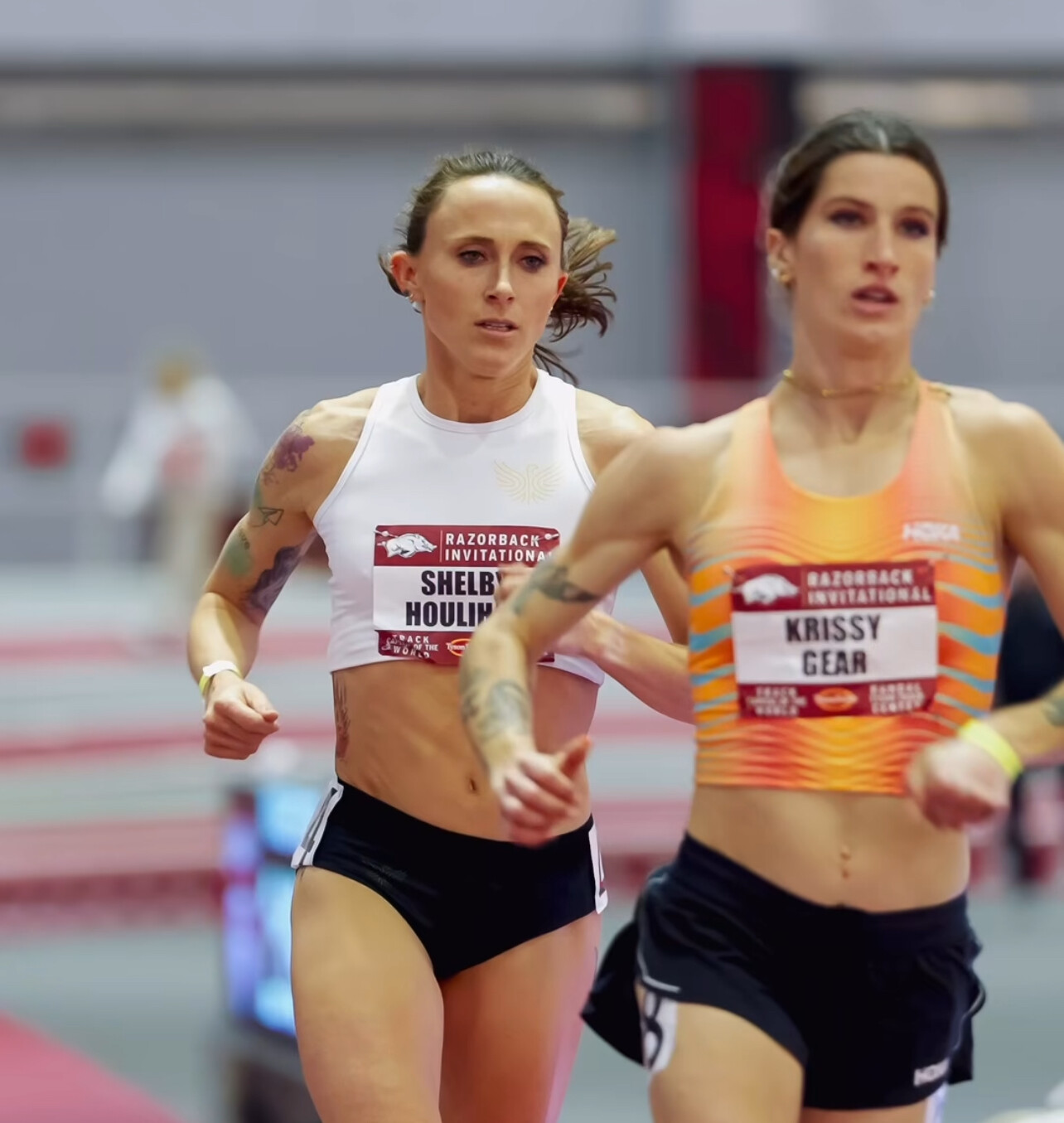
Qualifying for the World Indoor Championships
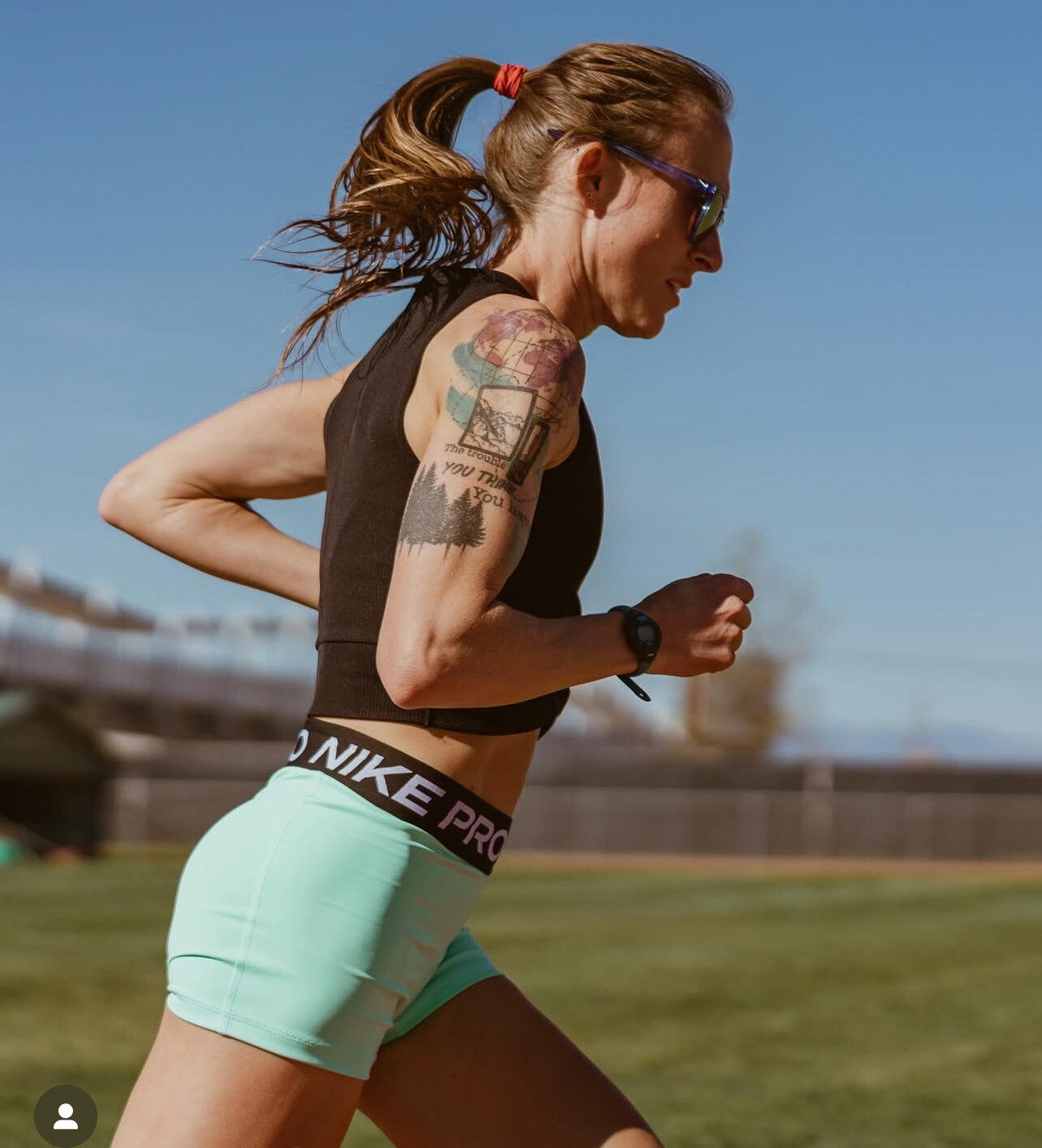
Houlihan’s comeback gained further momentum at the U.S. trials on February 22, 2025, where she competed in the 3,000 meters. She finished second with a time of 8:48.43, narrowly behind Nikki Hiltz, who won in 8:48.28. This performance qualified Houlihan for the World Indoor Championships, signaling her readiness to rejoin the international competitive arena.
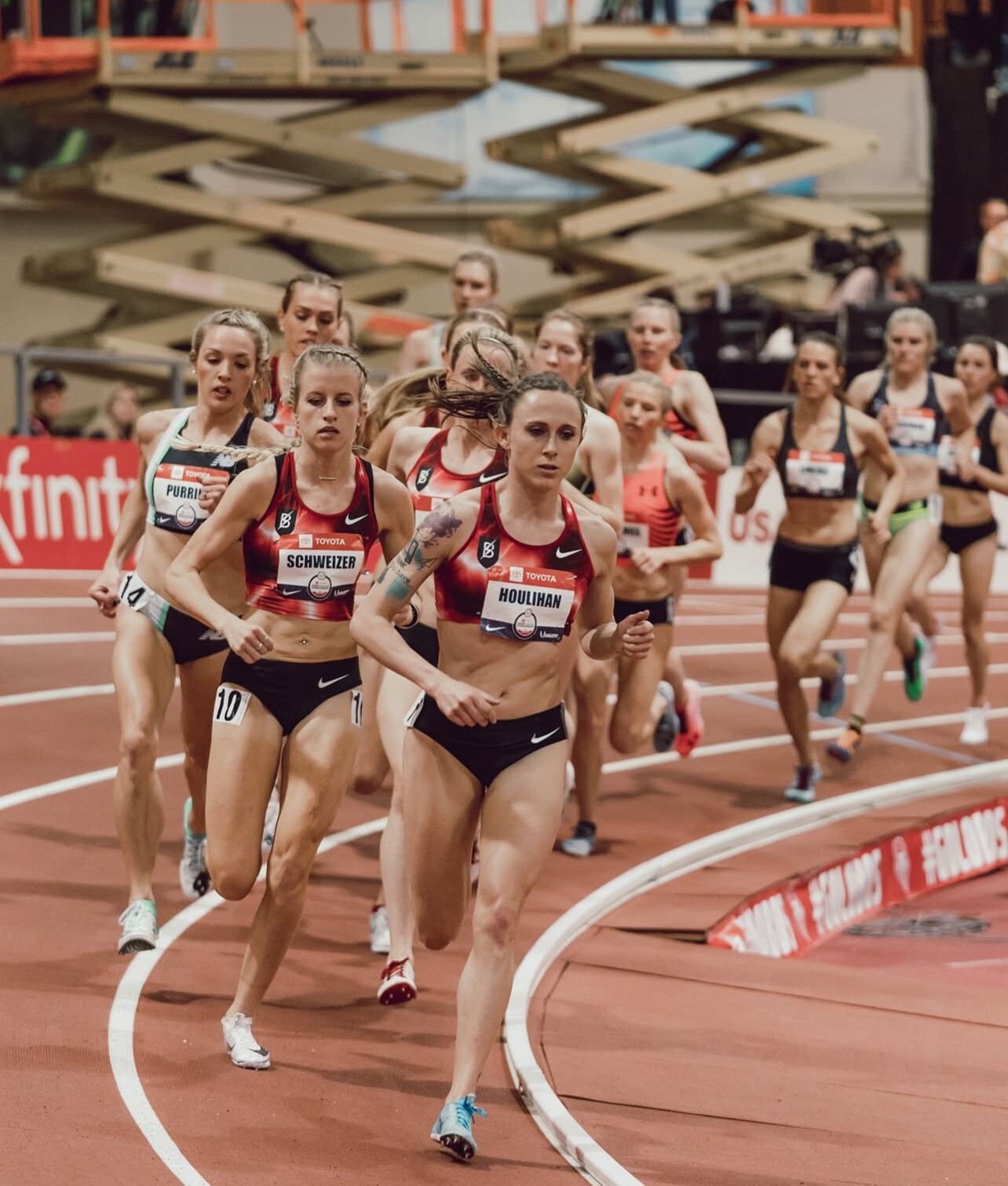
Looking Ahead
Houlihan’s swift return to top form after a prolonged absence underscores her dedication and resilience. As she sets her sights on upcoming competitions, including the World Indoor Championships, the athletics community watches with anticipation to see how her journey unfolds.
by Boris Baron
Login to leave a comment
Sheila Chepkirui Eyes Another Major Victory at Nagoya Women’s Marathon
Four months after her triumph at the New York City Marathon, Sheila Chepkirui is set to return to the roads, aiming for another major win at the Nagoya Women’s Marathon, a World Athletics Platinum Label event, on Sunday (March 9).
Chepkirui, 34, transitioned from a successful track career to the marathon in 2022, debuting with an impressive 2:17:29 in Valencia. Since then, she has delivered a series of strong performances, including sub-2:20 finishes in London and Berlin. However, her biggest achievement came last November when she claimed victory in New York, clocking 2:24:35 and outpacing global champions Hellen Obiri and Vivian Cheruiyot.

As the fastest entrant in the Nagoya field, Chepkirui stands as the race favorite, but she will face stiff competition. Ethiopian Ruti Aga, a seasoned marathoner with seven World Marathon Major podium finishes, comes into the race fresh off a 2:18:46 victory in Xiamen this past January. A past winner in Tokyo, Aga is well-versed in racing in Japan and will be looking to add another major title to her resume.
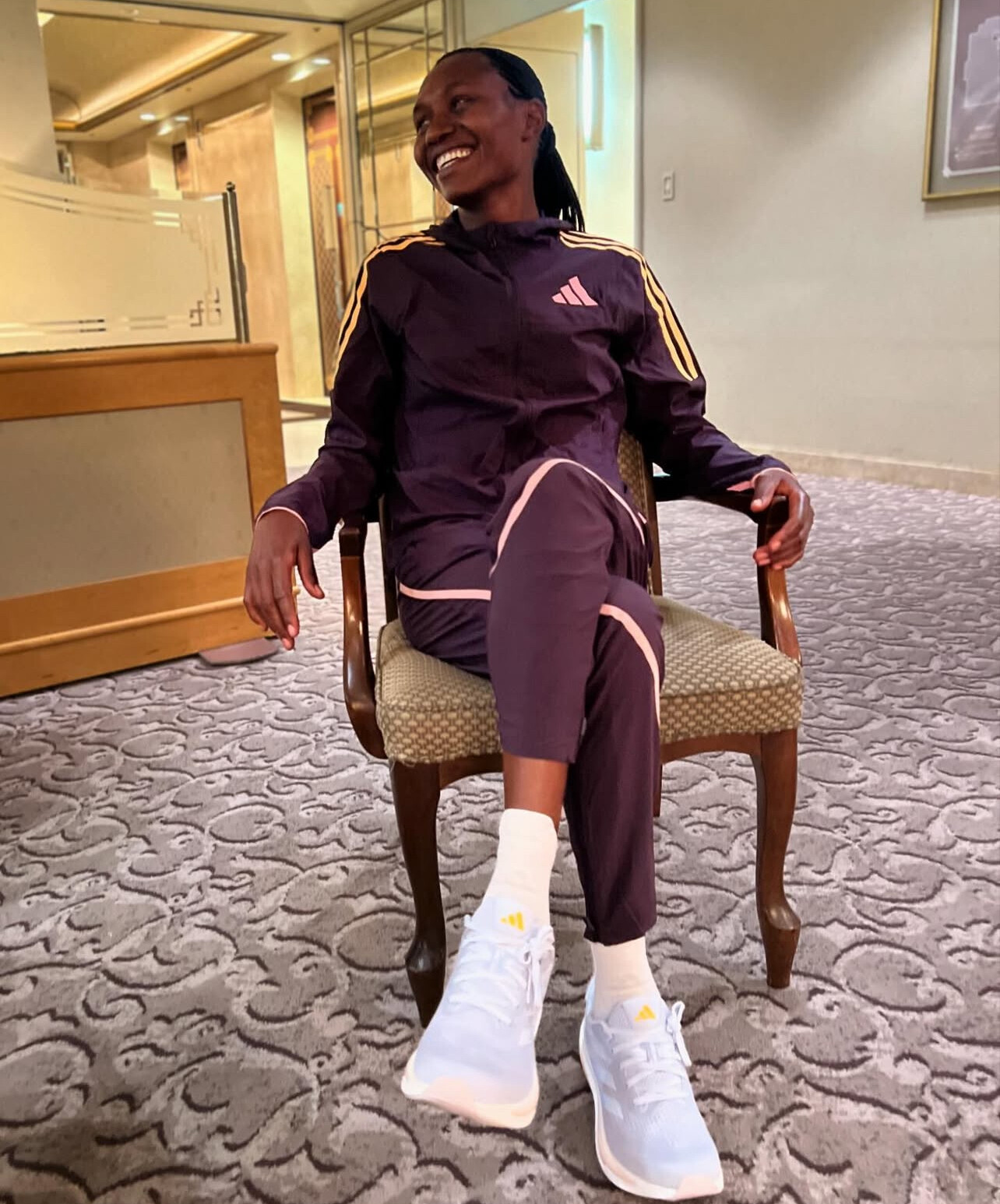
Also in contention is Bahrain’s Asian Games champion, Eunice Chumba. The 31-year-old finished second in Nagoya last year and took fourth in New York, proving her ability to compete at the highest level. With a personal best of 2:20:02, she will be eager to secure another podium finish.

For Japanese athletes, the stakes are even higher. Sunday’s race marks the final opportunity to qualify for the national team for the World Athletics Championships Tokyo 2025, guaranteeing an intense battle among domestic contenders.
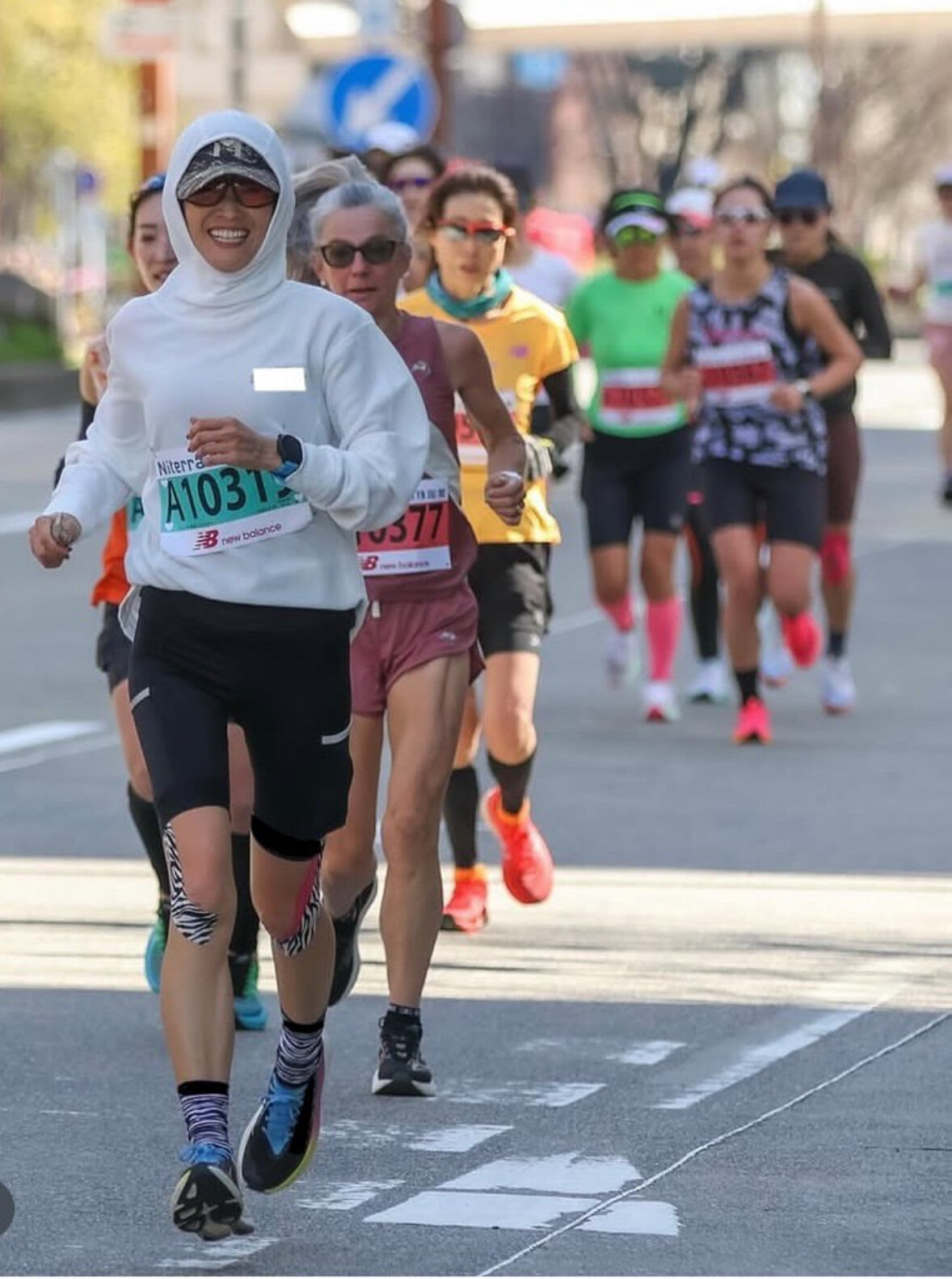
One of Japan’s top entrants, Hitomi Niiya, makes her return to the Nagoya course 16 years after her debut in 2009, when she finished eighth. The 37-year-old took a break from marathons before making a comeback in 2022. Since then, she has set national records in the 10,000m and half marathon and lowered her marathon PB to 2:19:24 in Houston last year.
Another strong contender, Rika Kaseda, represented Japan at the 2023 World Championships and will be determined to earn her spot on the national team again. Meanwhile, Rino Goshima, who competed in the 10,000m at the Paris 2024 Olympics, will be making her much-anticipated marathon debut.
With approximately 20,000 runners expected, the Nagoya Women’s Marathon remains the world’s largest all-women’s marathon, providing a grand stage for both elite and amateur athletes. As Chepkirui seeks another career-defining victory, she will have to overcome a field of hungry challengers, ensuring an exciting battle on the streets of Nagoya.
Login to leave a comment
Nagoya Women's Marathon
The Nagoya Women's Marathon named Nagoya International Women's Marathon until the 2010 race, is an annual marathon race for female runners over the classic distance of 42 km and 195 metres, held in Nagoya, Japan in early March every year. It holds IAAF Gold Label road race status. It began in 1980 as an annual 20-kilometre road race held in...
more...Gate River Run 2025 Returns to PRRO Circuit with Elite Competition and a Scenic Challenge
The Gate River Run is back for its 48th edition on Saturday, March 1, 2025, in Jacksonville, Florida, bringing together elite athletes, competitive runners, and thousands of participants for one of the most exciting road races in the country.
This year marks a historic moment as the race rejoins the Professional Road Running Organization (PRRO) Circuit for the first time since 1993, elevating its status on the international stage. With a challenging 15K course, a prize purse of $62,000, and the famous climb over the Hart Bridge, the Gate River Run is set to deliver another thrilling race in one of Florida’s most vibrant cities.
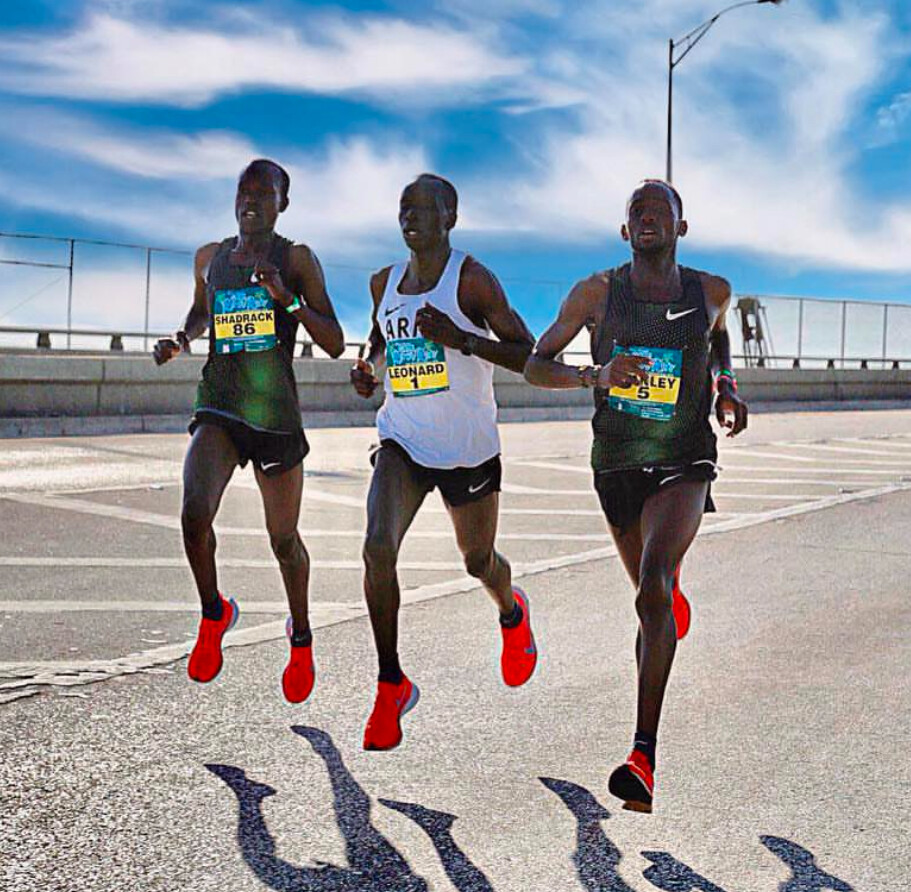
The event will once again serve as the USA 15K Championship, a title it has held since 1994, ensuring a strong field of American contenders alongside international competition. More than 18,000 runners are expected to take part, making this the largest 15K race in the country.
Elite field and prize structure
The 2025 Gate River Run is expected to feature a deep and competitive field, with elite athletes competing for national titles and significant prize money. As part of the PRRO Circuit, the race will draw top talent from both the U.S. and abroad.
The total prize purse for 2025 is $62,000, distributed as follows:
Open division: $20,500 each for men and women, awarded to the top ten finishers
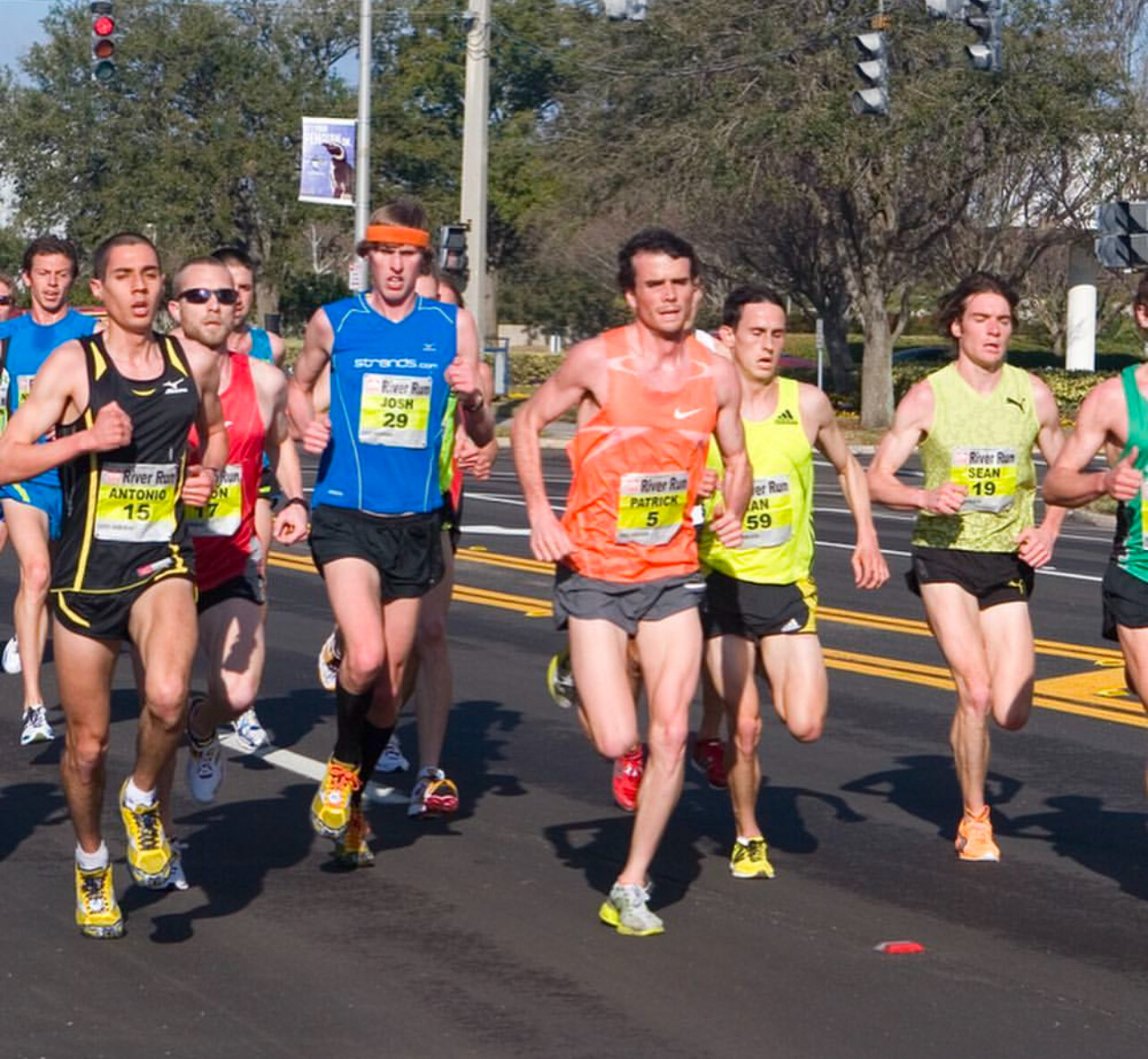
American Cup: $8,000 each for the top five U.S. male and female athletes
Equalizer bonus: $5,000 to the first athlete, male or female, to cross the finish line
Additional bonuses are available for record-breaking performances:
World record: $10,000
American record: $5,000
Course record: $3,000
The current course records belong to Todd Williams, who ran 42:22 in 1995, and Shalane Flanagan, who set the women’s mark of 47:00 in 2014.
Course details
The 15K (9.3-mile) course showcases some of Jacksonville’s most scenic and historic neighborhoods, including Downtown, San Marco, and St. Nicholas, with sweeping views of the St. Johns River. The early miles feature fast and flat stretches, allowing runners to settle into their rhythm before tackling the city’s signature challenge—the Hart Bridge.
Known as the “Green Monster,” the Hart Bridge presents a daunting climb in the final two miles, rising 141 feet above the river. The demanding half-mile ascent has tested even the strongest runners, making it one of the most memorable features of the race. After cresting the bridge, runners experience a thrilling downhill stretch toward the finish line at Metropolitan Park.
Event schedule
Elite women start at 7:55 am
Elite men and wave one start at 8:00 am
Subsequent waves begin shortly after, accommodating runners of varying paces
Jacksonville’s running heritage
Jacksonville has long been a city that embraces running. Home to one of the largest urban park systems in the U.S., its scenic riverfront, historic districts, and expansive green spaces have made it a favorite for runners of all levels. The Gate River Run, founded in 1978 by JTC Running, has played a major role in shaping the city’s running culture.
Over the years, the race has hosted some of the biggest names in distance running, including Olympic medalists Deena Kastor, Shalane Flanagan, and Meb Keflezighi. With its return to the PRRO Circuit, the event reaffirms its place as one of the premier road races in the country.
by Boris Baron
Login to leave a comment
Gate River Run
The Gate River Run (GRR) was first held in 1978, formerly known as the Jacksonville River Run, is an annual 15-kilometer road running event in Jacksonville, Fla., that attracts both competitive and recreational runners -- in huge numbers! One of the great running events in America, it has been the US National 15K Championship since 1994, and in 2007...
more...Running USA Reports 15% Growth in Race Finishers for Second Half of 2024
Running USA has released its final report on the top races in the U.S. for the second half of 2024, revealing a significant surge in participation across all major distances. The number of finishers in the top 100 races—spanning 5K, 10K, half marathon, and marathon distances—grew by an average of 15% compared to the same period in 2023.
A Strong Comeback for Road Racing
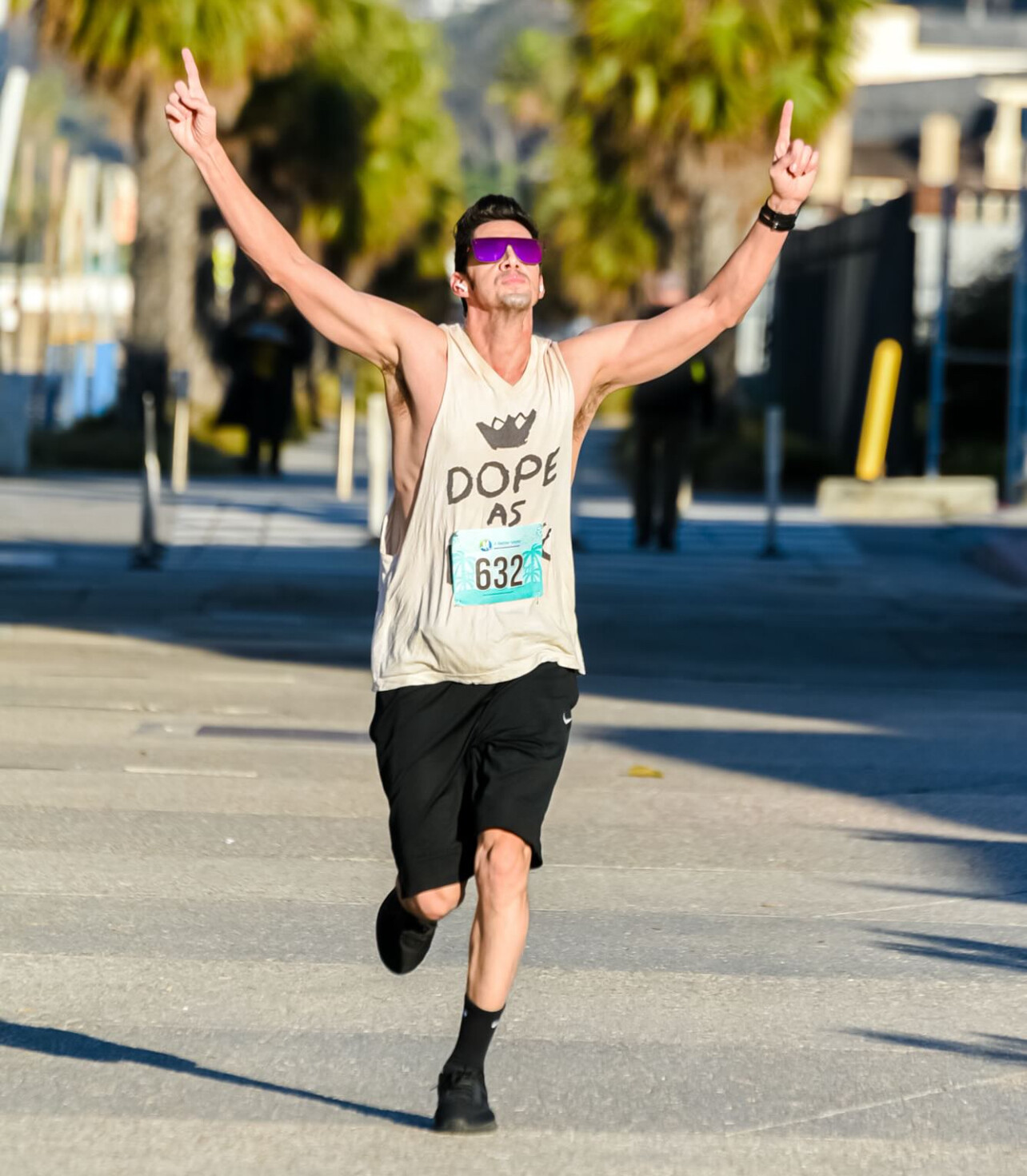
The report highlights a thriving road racing scene, with marquee events such as the TCS New York City Marathon and the Bank of America Chicago Marathon setting new records for participation. While these major fall marathons continue to attract massive fields, the growth in finishers was not limited to the biggest races.
“More than ever, runners want to race,” said Jay Holder, Executive Director of Running USA. “From the 5K to the marathon, they have hundreds of world-class races to choose from. Whether runners want to travel or run in their hometown, there are great events happening every weekend in every community in the country.”
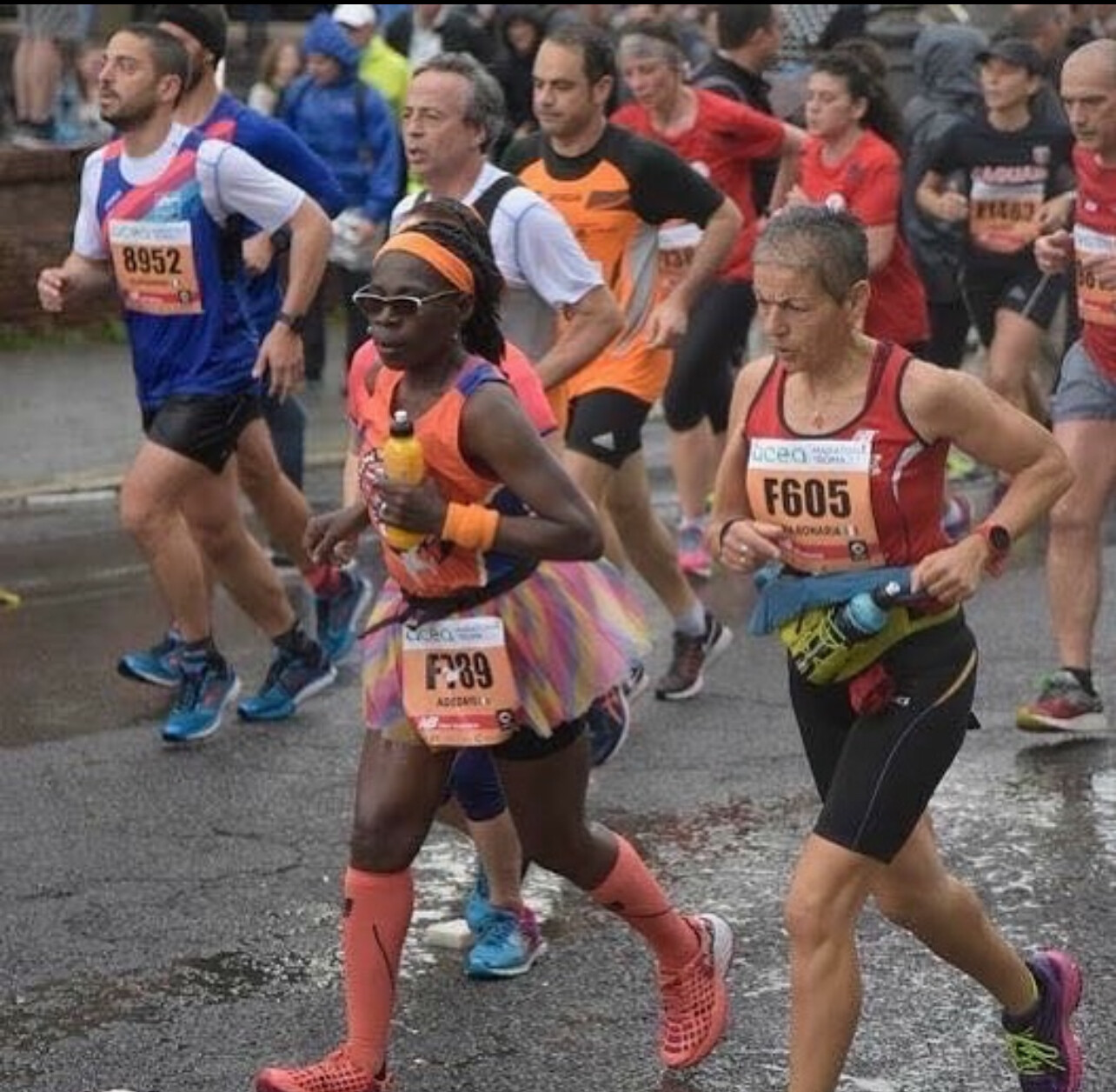
What’s Driving the Growth?
Several factors have contributed to this resurgence in race participation:
• Increased accessibility and variety– With more race options available, runners can find an event that suits their schedule, location, and personal goals.
• Strong community engagement– Local events have seen renewed enthusiasm, with runners eager to take part in in-person racing after years of disruptions.
• A growing running culture– The rise of social running groups, personalized coaching, and virtual training platforms has led to a more engaged and motivated running community.
• High-profile races drawing record numbers– Iconic races like the NYC and Chicago Marathons have continued to attract global participation, setting a benchmark for race organization and experience.
Looking Ahead
With momentum building in the second half of 2024, the road racing boom shows no signs of slowing down. Race directors and organizers are already planning for an even bigger 2025, ensuring that runners across the country have access to high-quality events.
Stay tuned to My Best Runs for more insights on the latest race trends, records, and upcoming events!
by Boris Baron
Login to leave a comment
Agnes Jebet Aims for Half Marathon World Record After Injury Comeback
Agnes Jebet, the reigning 10km world record holder, is preparing for her most ambitious goal yet—breaking the half marathon world record by the end of 2025. After a difficult 2024 season that saw her sidelined from the Paris Olympics due to injury, the 24-year-old Kenyan star is now fully recovered and determined to reach new heights in her running career.
Her journey back to the top will begin at the Sirikwa Classic World Cross Country Tour on February 22 in Eldoret, Kenya. Jebet sees the race as an opportunity to ease back into competition while also laying the groundwork for the bigger challenges ahead. Cross country has always been a critical part of her development as a distance runner, and she hopes this race will give her the confidence and fitness she needs to chase a historic half marathon performance.
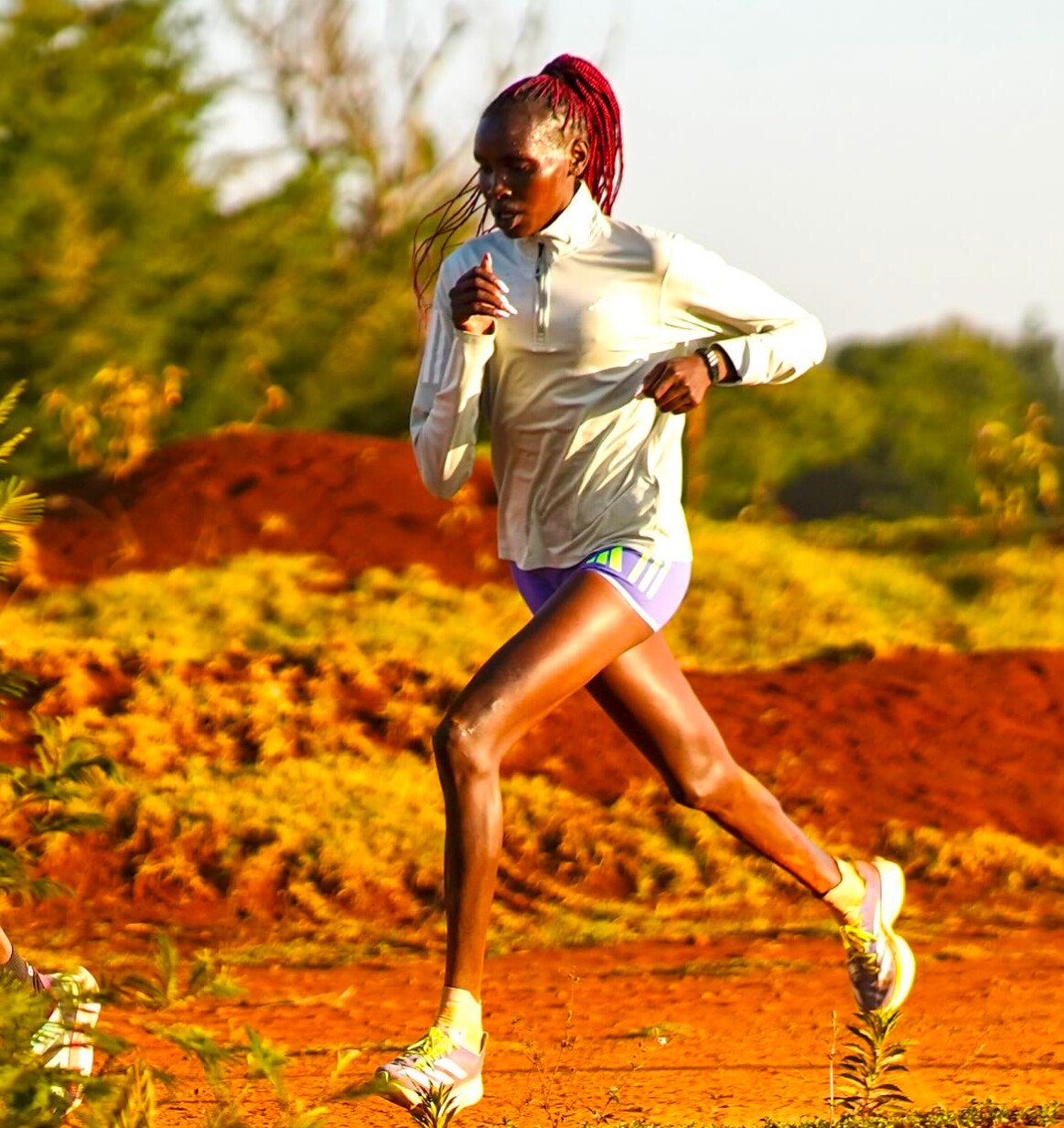
“Breaking the world record and coming close to smashing the one for the half marathon was a huge motivation for me, especially considering I missed the Paris Olympics with an injury,” Jebet shared. “That was my ultimate target, but I missed out. I still want more… I don’t want to stop at the 10km world record. I missed out on the world record for the half marathon, and I am motivated that I can do it.”
From 10km Champion to Half Marathon Record Aspirant
Jebet’s rise in long-distance road racing has been nothing short of extraordinary. Born and raised in Kenya, she developed her talent early on, excelling in both cross country and track before transitioning to road racing. Her breakthrough moment came in early 2024 when she smashed the 10km world record, running an astonishing 28:26 at the Valencia Ibercaja race. That performance cemented her status as one of the greatest road runners of her generation, and it also hinted at her potential over longer distances.
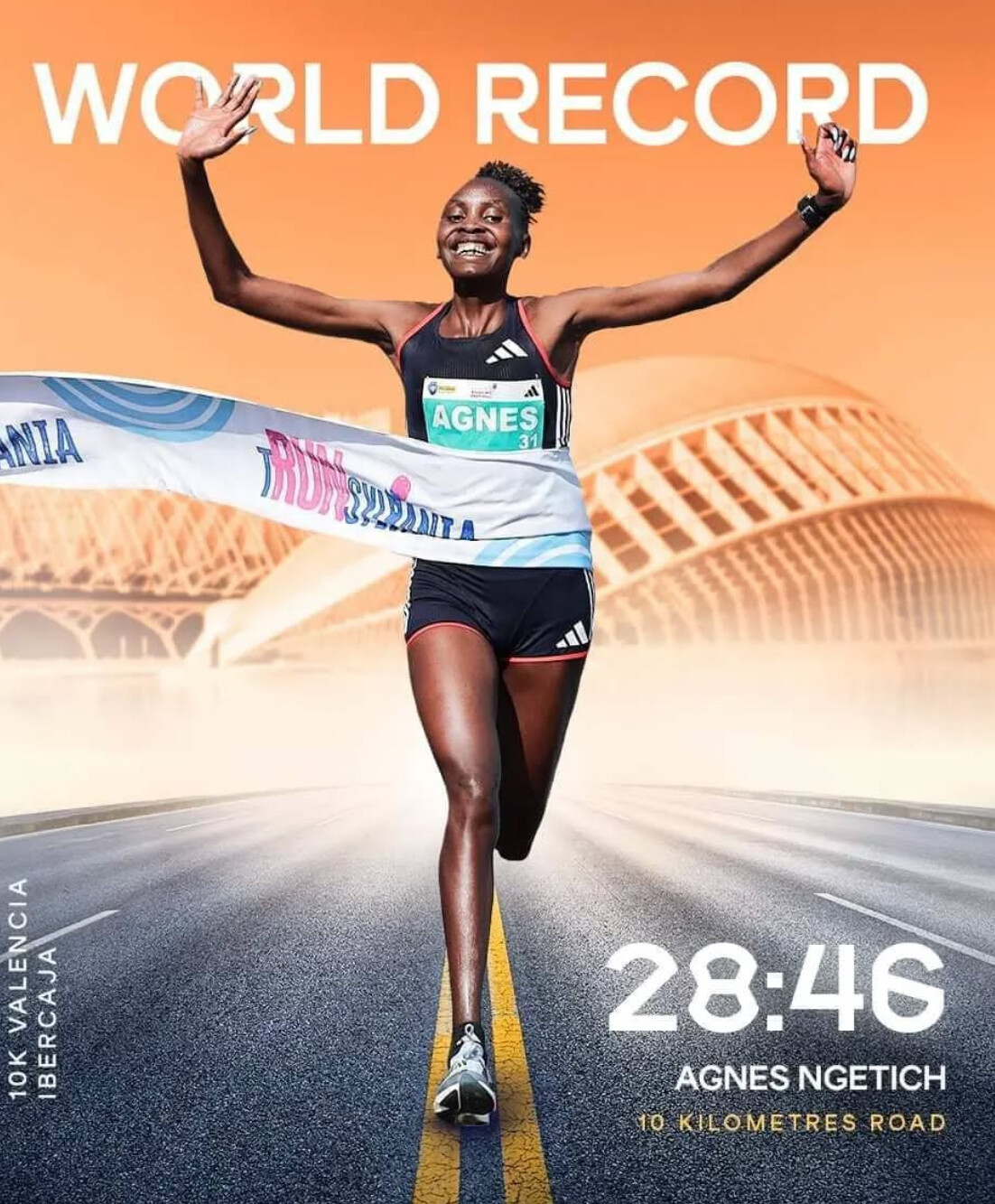
Later that year, she turned her focus to the half marathon and came heartbreakingly close to making history. At the Valencia Half Marathon, she crossed the finish line in 1:03:04, just five seconds shy of Letesenbet Gidey’s world record of 1:02:59, set in 2021. It was a performance that showcased her incredible endurance and speed, but it left her wanting more. Now, with a full recovery behind her, Jebet is more determined than ever to lower that mark and secure her place in history as the fastest half marathon runner of all time.
The Challenge of Breaking the Half Marathon World Record
The half marathon world record has seen a rapid evolution in recent years, with elite women pushing the limits of human performance. Gidey’s record of 1:02:59 was a game-changer, breaking the previous mark by over a minute. To surpass that, Jebet will need to average sub-3:00 per kilometer for the entire 13.1-mile distance.
Unlike the 10km, where sheer speed plays a dominant role, the half marathon requires a perfect blend of endurance, pacing, and race-day strategy. Jebet has already proven she can handle the distance, but to break the record, she will need optimal conditions, world-class competition to push her, and precise execution in her training and racing schedule.
Her decision to start her 2025 campaign with cross country is a strategic one. The strength and stamina gained from competing on uneven terrain will help build the endurance necessary for an assault on the half marathon record. She will likely target a few key road races later in the year, using each as a stepping stone toward her ultimate goal.
The Road Ahead
With her explosive speed, relentless determination, and proven ability to compete at the highest level, Jebet has all the ingredients to make history once again. If she stays healthy and continues to progress, 2025 could be the year she etches her name in the record books for a second time.
Her journey begins at the Sirikwa Classic, but the world will be watching to see how far she can go. Can she turn her disappointment from 2024 into one of the greatest comebacks in distance running history? If her past performances are any indication, she is more than capable of achieving something extraordinary.
by Boris Baron
Login to leave a comment
Denis Kimetto still racing strong as a master
Denis Kimetto etched his name into the history books in 2014 when he became the first man to run a marathon under 2:03, shattering the world record with a blistering 2:02:57 at the Berlin Marathon. Fast forward over a decade, and Kimetto is still proving his mettle on the marathon stage. Just ten days shy of his 41st birthday, Kimetto delivered a remarkable performance at the 2025 Dubai Marathon, clocking 2:14:53—a testament to his enduring talent and dedication to the sport.
A Legacy of Speed
In 2014, Kimetto’s world record run in Berlin redefined what was possible in the marathon. His groundbreaking performance not only showcased his speed and efficiency but also set a new benchmark for the sport, inspiring a new generation of elite runners to chase the seemingly impossible.
While the world record has since been lowered, Kimetto’s achievement remains one of the pivotal moments in marathon history, a milestone that marked the beginning of a new era in long-distance running.
A Masterful Comeback
At 40, many elite marathoners transition away from competitive racing or focus on shorter distances. Yet Kimetto’s performance in Dubai shows he still has plenty left in the tank. Crossing the finish line in 2:14:53, he defied expectations for his age, proving that his passion and commitment to the sport are as strong as ever.
This performance highlights not just his fitness but also his ability to adapt and compete against a younger field in a sport that demands both physical and mental resilience. For a runner who once held the world record, such a time might seem modest, but in the context of his age and the challenges of staying competitive over the years, it’s nothing short of extraordinary.
Looking Ahead
As Kimetto approaches his 41st birthday, his impressive showing in Dubai serves as a reminder of his incredible career and his lasting influence on the sport. While his days of chasing world records may be behind him, Kimetto continues to inspire with his perseverance, reminding us that age is just a number when it comes to passion and determination.
From his world record in Berlin to his master-class effort in Dubai, Denis Kimetto’s legacy is one of speed, endurance, and an unyielding love for running. As he enters this next chapter of his career, fans around the world will undoubtedly continue to cheer him on as he adds to his already legendary story.
by Boris Baron
Login to leave a comment
Ethiopian Sisay Lemma eyes successful Boston Marathon title defence against Kenyans John Korir, Cybrian Kotut & Co
Sisay Lemma is looking to replicate his 2024 success at this year's Boston Marathon but Kenyans John Korir and Cybrian Kotut are among those standing in his way.
Ethiopian marathon star Sisay Lemma is gearing up to defend his title at the 2025 Boston Marathon, set to take place on April 21.
Fresh off his thrilling victory in 2024, Lemma will look to replicate his success and conquer the demanding course once again.
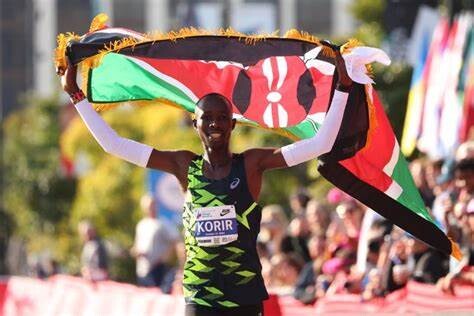
In the 2024 edition, Lemma surged ahead of a fierce field that included his fellow Ethiopian Mohamed Esa, as well as Kenyan marathon giants Evans Chebet and John Korir, who finished second, third, and fourth, respectively.
Lemma's winning time of 2:06:17 was a testament to his impressive form, but he remains aware of the heightened challenge awaiting him this year.
“I was very happy after winning the Boston Marathon last year, and in 2025 I know it will be an even bigger challenge to win again,” Lemma said via World Athletics, acknowledging the difficulty of repeating such a remarkable performance.
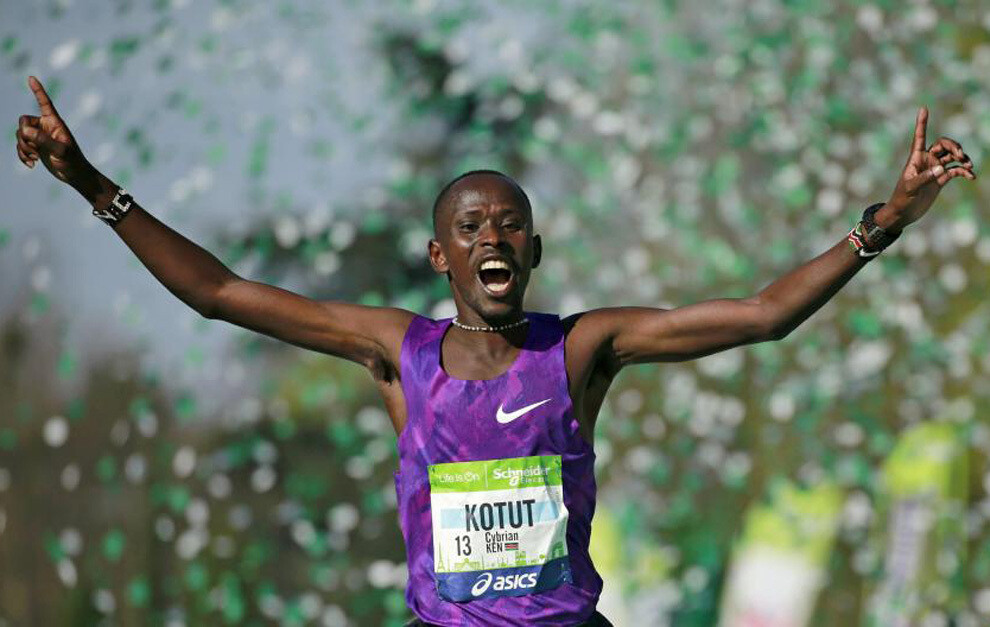
While the Boston Marathon holds a special place in his heart, Lemma’s 2024 season was marred by injury setbacks.
The Ethiopian was hoping to redeem his Olympic performance after a disappointing debut at the 2020 Tokyo Olympics, where he failed to finish the race.
Unfortunately, injury prevented him from competing in Paris in 2024, further hindering his plans for an Olympic comeback.
His struggles continued as he missed a podium finish at the Valencia Marathon that same December due to a lack of full fitness.
“I was unlucky, because of an injury, not to be able to participate at the 2024 Olympic Games in Paris and I was not completely ready at the Valencia Marathon last December,” Lemma confessed.
Now, with the Olympics behind him, Lemma has set his sights firmly on the Boston Marathon. Despite the challenges of the past year, he remains confident in his preparation.
“I will be 100% ready in April because the Boston Marathon is a special event,” Lemma asserted, emphasizing the importance of the race in his career.
However, Lemma will face stiff competition. Among the challengers is last year’s bronze medalist, Kenyan marathon star Evans Chebet, who clocked 2:07:22, just behind Lemma’s winning time.
Chebet, who has proven his endurance and speed on the Boston course, will be looking to outpace the Ethiopian this time around.
He will be joined by a strong Kenyan contingent, including John Korir, who finished fourth last year, as well as Cybrian Kotut, Daniel Mateiko, Abel Kipchumba, and Albert Korir.
With a fierce field and his sights set on history, Lemma’s journey toward a successful title defense will undoubtedly be one of the highlights of the 2025 marathon season.
by Stephen Awino
Login to leave a comment
Boston Marathon
Among the nation’s oldest athletic clubs, the B.A.A. was established in 1887, and, in 1896, more than half of the U.S. Olympic Team at the first modern games was composed of B.A.A. club members. The Olympic Games provided the inspiration for the first Boston Marathon, which culminated the B.A.A. Games on April 19, 1897. John J. McDermott emerged from a...
more...Former world record holder coming out of retirement to run Boston Marathon
It’s been over a decade since former women’s marathon world record holder Paula Radcliffe ran her last marathon, but the 51-year-old says she’s ready to make her awaited return. Radcliffe says she intends to run the 2025 Tokyo Marathon and the 2025 Boston Marathon seven weeks later.
On Monday, Radcliffe announced her comeback on her newest podcast, Paula’s Marathon Run Club, which she co-hosts with two-time British Olympic marathoner Chris Thompson.
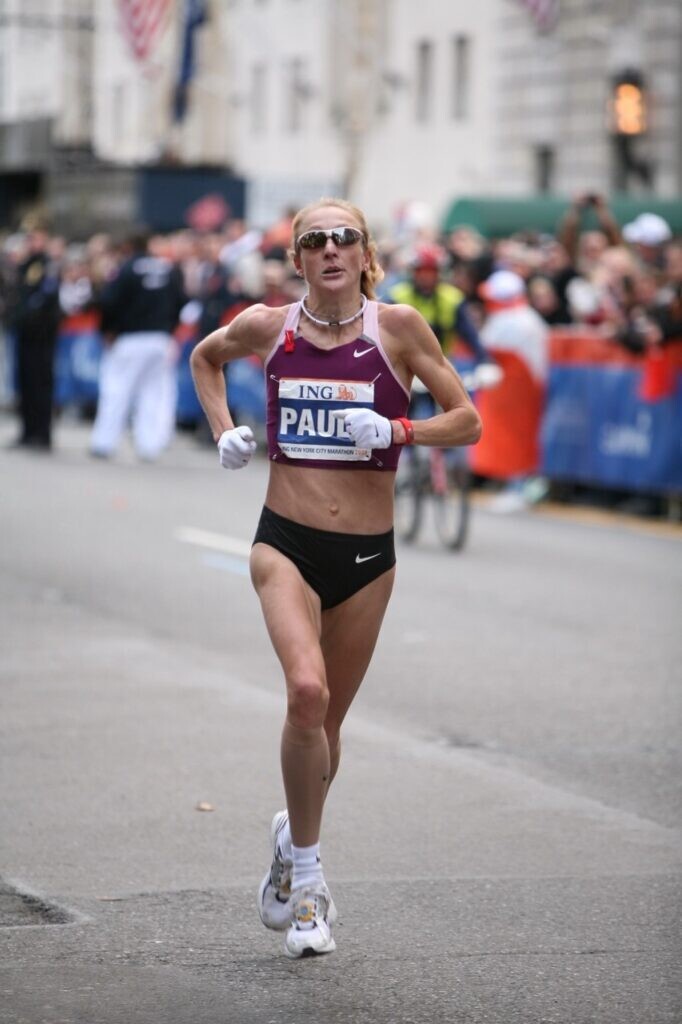
Radcliffe is the most decorated British female marathoner in history, having won both the London and New York marathons three times in her career. She is a seven-time Abbott World Marathon Major champion, and her 2:15:25 from the 2003 London Marathon still stands as the British marathon record. She held the world record for 16 years until Kenya’s Brigid Kosgei broke the mark in 2019.
The 51-year-old hasn’t announced her specific goals for either race yet, but it will be interesting to see if she still has the speed in her legs. Her last marathon came in 2015 in London, where she ran 2:36:55, winning her W40-44 age category and the masters division at the time. Despite it being 10 years ago, it will be intriguing to see if she can still run fast and challenge the British W50+ masters record of 2:47:44.

The 2025 Tokyo Marathon is scheduled for March 2, and the 2025 Boston Marathon is seven weeks later on Monday, April 21.
The weekend after Boston, Radcliffe revealed she will be heading to London to cheer on her daughter Isla as she makes her marathon debut. Isla will be running the race for charity, raising funds for Children with Cancer UK, which supported her family after she was diagnosed with cancer at age 13.
by Marley Dickinson
Login to leave a comment
Boston Marathon
Among the nation’s oldest athletic clubs, the B.A.A. was established in 1887, and, in 1896, more than half of the U.S. Olympic Team at the first modern games was composed of B.A.A. club members. The Olympic Games provided the inspiration for the first Boston Marathon, which culminated the B.A.A. Games on April 19, 1897. John J. McDermott emerged from a...
more...Benson Kipruto eyes comeback at Tata 25K after life-changing Paris Olympic glory
Life has changed for the better for Olympic bronze medal-winning Kenyan marathoner Benson Kipruto.
The 33-year-old, who earned a Paris Olympic medal in his debut competition for his country, took a break to soak in the massive euphoria back home.
During this time, he began constructing his dream house -- "now 90% complete" -- and exactly four months later, he is set for his much-anticipated comeback at the Tata Steel World 25K in Kolkata on Sunday to test how his body has adapted.
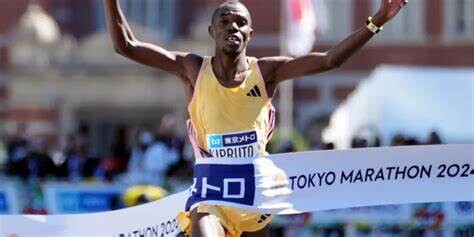
"Life has changed since Paris. I'm now getting a lot of invitations to run in marathons," Kipruto told reporters during an interaction ahead of the race day.
"I'm building a house in a small village near my training place -- it's 90% complete now. This is all thanks to my running achievements," he proudly stated.
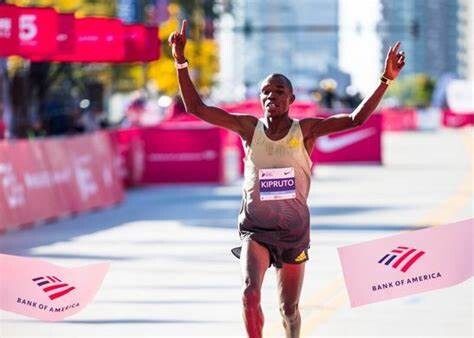
Kipruto was raised by his mother after his father died. He could not always attend school and worked in a farm before trying his luck in running inspired by the success of his elder brother Dickson Chumba.
He went on to win the Boston Marathon in 2021, followed by victories at the Chicago Marathon in 2022 and the Tokyo Marathon in 2024 where he clocked his personal best of 2:02:16. He also claimed second place at the Chicago Marathon in 2023.
Paris Olympics was his first event for Kenya and he won the bronze with a timing of 2:07.00. "After Paris, there was a massive celebration. It was my first time representing my country, and winning a bronze medal was a huge achievement for me. "I had never represented my country in any international event before -- nowhere, never. It was my first time representing Kenya on such a stage, and it felt incredible."
After Paris, Benson took a well-deserved break to recover, skipping other races to focus on his physical and mental well-being. Now, with his sights set on returning to competition, he eyes to dethrone his compatriot Daniel Ebenyo who is also the event record holder. "After Paris, I decided to take a break. I didn't participate in any races for a while. Initially, I was supposed to run in Chicago, but I said no because Paris was tough, and I needed time to recover. "I've now started preparing for my next marathon. That's why I came here to participate and see how my body has adapted after the break," he added.
Asked about his consistency and advice to the youngsters, he said: "Consistency in our sport comes with many things, but the most important is discipline. "Discipline is key. Second is training and being patient. Patience pays off, and that comes from the level of training you commit to," said Kipruto, a fan of two-time Olympic champion Eliud Kipchoge.
"I usually run 25–30 kilometers a day. This routine helps me adapt to marathon running and maintain my performance," he concluded.
by The Week
Login to leave a comment
Kolkata 25k
In Kolkata, a city rich in history, culture and custom, the third Sunday in December is a date that is eagerly anticipated. The Tata Steel Kolkata 25K (TSK 25K) has become synonymous with running in eastern India since it began in 2014. India’s first AIMS-certified race in the unique 25 km distance, the TSK 25K went global in its fourth...
more...Oscar Coggins returns to competition with LA28 in mind
The Hong Kong triathlete, who participated in the Tokyo 2020 Olympic Games, has overcome a stage of physical and mental challenges that temporarily took him away from competition last year. Now, with renewed passion, he plans a future full of great goals in which Los Angeles shines with intensity.
In statements to the South China Morning Post, Oscar Coggins reflected on his evolution following a self-imposed pause in his career. "I didn't feel bitterness or sadness watching the Paris Games on television. I accepted that my performance level wasn't there," he explained this week. Although he returned to competition this summer after eight months of inactivity, the triathlete did not take part in the Paris event, as it coincided with the early stages of his comeback.
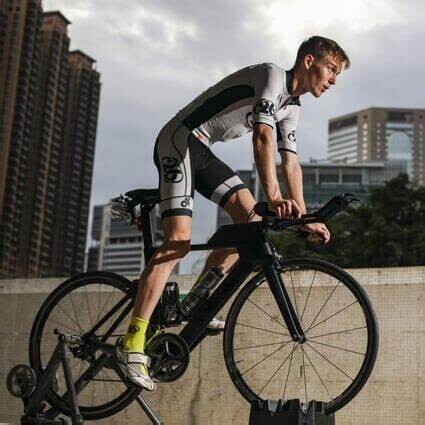
Coggins' return began in May, but it was in September, during his participation in the World Triathlon Championship Series (WTS) in Weihai, that he demonstrated he had completed his recovery process. This achievement marked the start of his comeback to the highest competitive level. "I would have done anything to compete in a WTS again, a year later, against all the best," he admitted, recalling his withdrawal during the 2023 Asian Games.
The athlete also shared how the pause helped him understand the impact of external factors on his performance. As he commented to the South China Morning Post in April, he acknowledged that stress had gone unnoticed for a long time. "If my training had been too intense, the cracks would have shown within weeks, but what I hadn't accounted for was the stress coming from external sources that I was enduring," he explained.
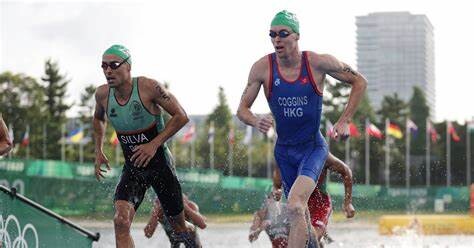
Coggins recounted that reaching this turning point was not easy. During the Asian Games, he abandoned the competition during the swimming stage, realising that his body "just wasn’t there." This episode led him to question his relationship with triathlon. "I thought: 'I hate this sport right now.' But I knew it wasn’t triathlon I hated; it was the negative emotions associated with my recent experiences," he remarked.
The change came alongside seeking professional help, as he turned to a clinical psychologist to manage the expectations he placed on himself and to rediscover his passion for the sport. "Making peace with my failures and mistakes is an ongoing process, but I’m getting better every day," he affirmed.
With a renewed perspective, Coggins is optimistic about both his immediate and long-term goals. Among his aims are participating in next year's National Games and pursuing medals at the 2026 Asian Games. However, his primary focus is on the Los Angeles 2028 Olympics, where he aspires to secure a top-10 finish.
"I'm still in this sport, enjoying it and excited about the competitions, which shows, to some extent, that the process is working," he stated. "I have many years ahead of me and am definitely aiming for Los Angeles 2028."
Coggins' story highlights not only the pressure faced by high-performance athletes but also the importance of addressing mental health. "I recognised there was a problem, and I couldn’t ignore it; I was adding an extra burden that I couldn't bear," he shared.
by Javier Carro
Login to leave a comment
LA 2028 Summer Olympics Games
Discover how the Los Angeles Candidature Committee describes their vision for the Games and the legacy they plan to leave behind: For centuries, people have been following the sun to California – to a coastal paradise of beautiful weather, inspiring landscapes and an ocean of possibilities. Since it was first settled, LA – the City of Angels – has built...
more...'Life has been good' - Eliud Kipchoge reflects on post-Olympics recovery and future goals
Eliud Kipchoge has embraced life after his Paris Olympics setback, resuming training and focusing on inspiring others while preparing for a strong comeback.
Eliud Kipchoge has already put his Paris Olympic Games setback behind and is working towards becoming a better athlete next year.
The former world marathon record holder revealed that after the Paris Olympic Games, he took a much-needed break and then resumed training. Kipchoge recorded his first-ever ‘did not finish’ in a full marathon at the Paris Olympic Games amid chasing history.
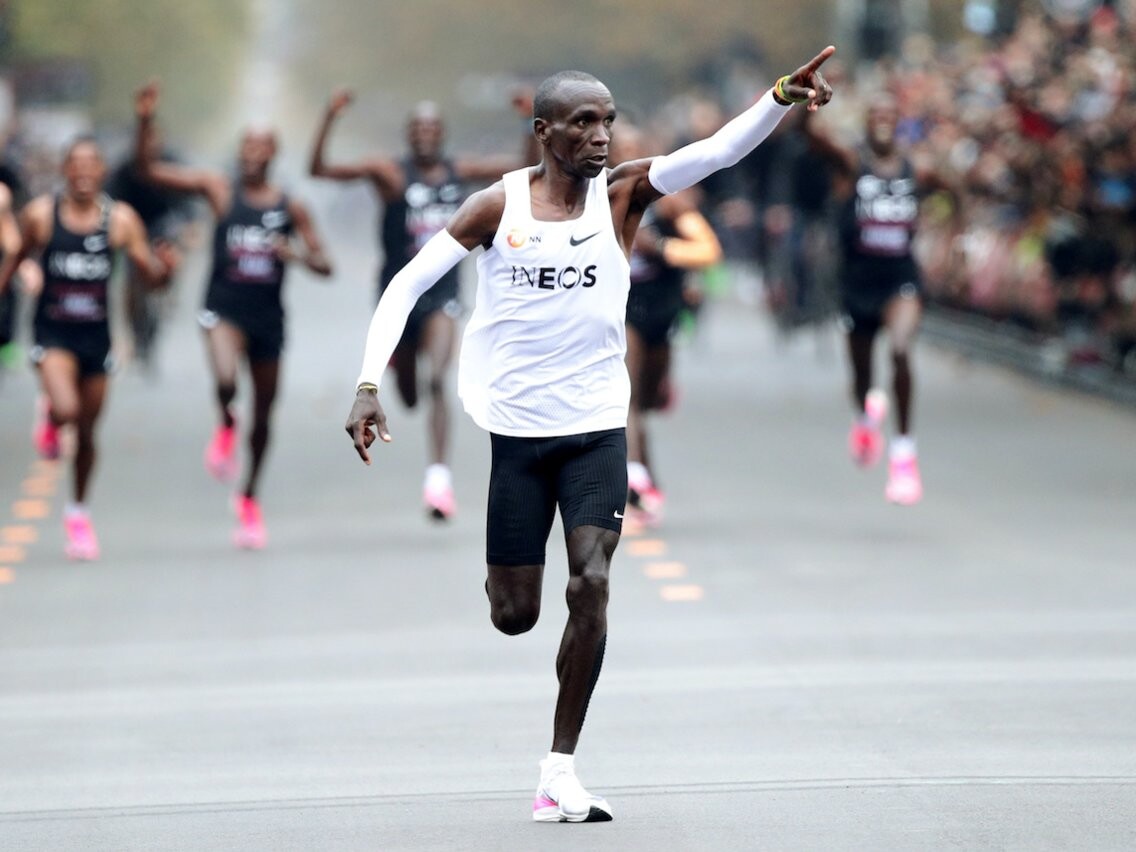
The five-time Berlin Marathon champion was looking to win his third consecutive Olympic title after claiming top honours at the 2016 Rio Olympics and the delayed 2020 Tokyo Olympic Games but could not live up to the billing. However, he is not giving up on his dream as he eyes a strong comeback in 2025.
He revealed that genuinely being interested in the sport has helped him have a smooth landing on his comeback. Eliud Kipchoge added that he wants to continue inspiring the young generation to keep going despite the series of setbacks they are bound to face.
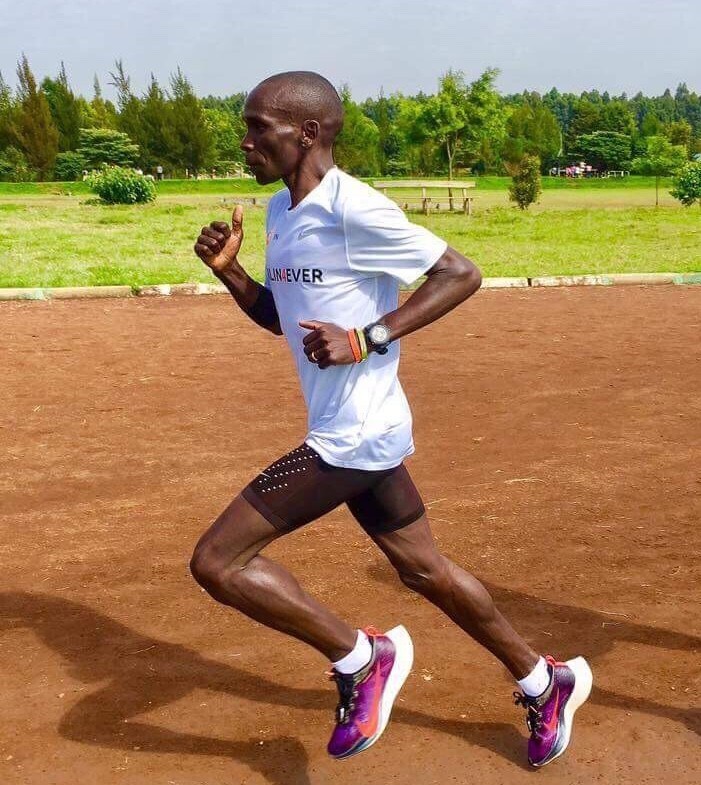
“I took a short break then went back to training…life has been good. Sport is about pushing, pushing and pressing on every day. It’s life…there are things you can’t prevent and what has happened has happened. One way is to convince my mind to try and move on and try to fulfil what has been on my bucket list,” Kipchoge told China Daily.
“The drive is the love of sport and you know the inspiration that I’m still into the general humanity of this world is what makes me wake up early in the morning to go for a run. I’ve been combining the love of sport and you know, the inspiration that I’m still in, we are still together campaigning for the sport.”
The four-time London Marathon champion says that growing up, he always wanted to see where his dream in running would take him and having achieved a lot, his heart is full.
Eliud Kipchoge believes he has accomplished his mission of competing and inspiring others although he still wants to continue pushing.
“That’s my happiness…it was a clear sign of love, the love of running and wanting to go to other countries to showcase my talent. That happened, and then life changes and thinking changes and I got a new thinking and pushing the limits,” he added.
by Abigael Wafula
Login to leave a comment
Tata Steel World 25K Kolkata 2024: Defending Champions Ebenyo and Kebede set to return
The ninth edition of the Tata Steel World 25K Kolkata, the world's first World Athletics Gold Label 25K race, is set to take place on Sunday, December 15, 2024.
With a prize pool of USD 142,214 and equal rewards for men and women, the event will see elite athletes competing for top honors on the fast and scenic streets of Kolkata.
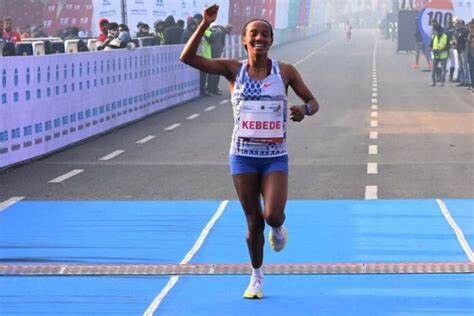
Daniel Ebenyo (Kenya) and Sutume Kebede (Ethiopia), defending champions and current event record holders, will lead the star-studded lineup. Ebenyo set the men's record at 1:11:13 last year, while Kebede clocked 1:18:47 to dominate the women's race. Both are determined to better their timings and defend their titles.
Ebenyo aims to surpass his personal best and challenge the unofficial world record of 1:11:08, set by Eliud Kipchoge during a marathon split. "The Kolkata roads are fast, and conditions are ideal; it's a perfect opportunity to defend my title and better my timing," Ebenyo said.
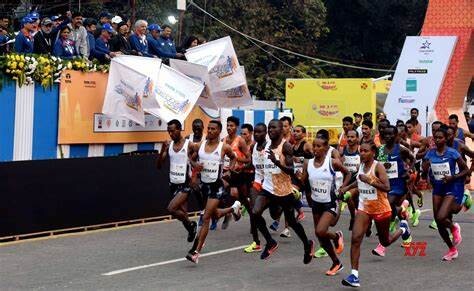
Women's Race
The women's field is packed with talent. Kebede, the reigning champion, has shown remarkable improvement this year with personal bests in the half marathon (1:04:37) and marathon (2:15:55). Her competition includes:
Desi Jisa (Bahrain), the 2022 champion, known for her strong performances in marathons and cross-country events.
Degitu Azimeraw (Ethiopia), 2017 Kolkata champion, fresh off a sixth-place finish at the Chicago Marathon following a comeback post-maternity break. Alemaddis Eyayu (Ethiopia), winner of the 2024 Vedanta Delhi Half Marathon, making her 25K debut.Viola Chepngeno (Kenya), a consistent top-three finisher in international races. Sintayehu Lewetegn (Ethiopia), a World Cross-country bronze medalist. Men's Race Along with the current champion Daniel Ebenyo, there will be some other tough competitors as well.Benson Kipruto (Kenya), Tokyo Marathon 2024 champion and Paris Olympics bronze medalist, who was officially timed at 1:11:39 for 25K this year. Stephen Kissa (Uganda), fifth in the 2023 World Championships Marathon and a half marathon PB of 58:56.Haymanot Alew (Ethiopia), a top performer from last year's race, eager to make it to the podium. Diriba Girma (Ethiopia), making his debut and aiming to follow in the footsteps of his world-champion brother, Lamecha Girma. With runners motivated by an Event Record Bonus of USD 5,000, the competition promises excitement and potentially record-breaking performances.
by MyKhel Staff
Login to leave a comment
Kolkata 25k
In Kolkata, a city rich in history, culture and custom, the third Sunday in December is a date that is eagerly anticipated. The Tata Steel Kolkata 25K (TSK 25K) has become synonymous with running in eastern India since it began in 2014. India’s first AIMS-certified race in the unique 25 km distance, the TSK 25K went global in its fourth...
more...Lelisa Desisa, 2019 world marathon champion, returns for 2025 Dubai Marathon
The 34-year-old won global gold in Doha five years ago plus Boston and New York City marathon titles.
Former world marathon champion Lelisa Desisa will return to the scene of one of his most memorable victories when he joins the elite field of world-class athletes at the 24th Dubai Marathon on Sunday January 12.
In 2013, the Ethiopian set a personal best of 2:04:45 when winning the Dubai Marathon, producing a performance that announced his arrival on the world stage and set him on a path that would lead to two wins in the Boston Marathon, victory in the 2018 New York Marathon and a gold at the World Championship in 2019.
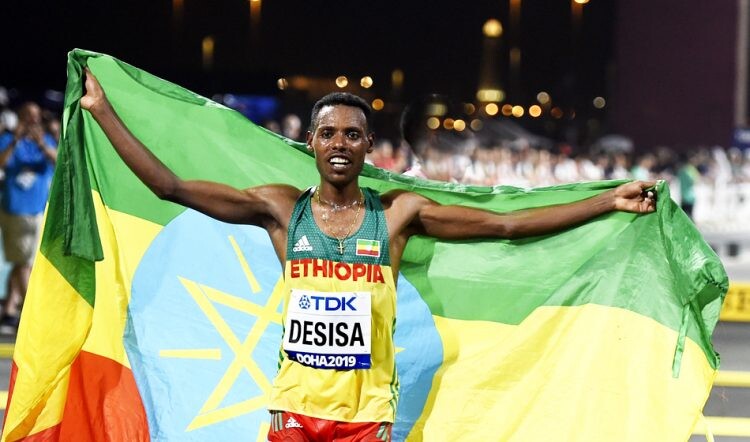
Staged under the auspices of the Dubai Sports Council, the Dubai Marathon will see the 34-year-old return to competitive competition after a few years devoted to business and family matters.
Following his World Championship win in Doha in October 2019, Desisa found his international running opportunities curtailed by the global pandemic and with an eye on his post-running future focused his efforts on starting a business in Ethiopia.

With his affairs now sorted and two young children recently welcomed to the Desisa family, the three-time big city marathon champion is back in full-time training having confirmed the Dubai Marathon for his running return.
“Lelisa’s victory in 2013 saw one of the most memorable finishes in the history of the Dubai Marathon so we are happy to welcome him back to the event,” said Race Director Peter Connerton.
“Eleven years ago, Lelisa won in a sprint finish that saw the top five all finish in under 2:05 – the first time that had happened in marathon history. It’s a testament to the flat and fast route we have in Dubai that Lelisa wants to continue his comeback in the UAE on January 12.”
Prior to the pandemic, Desisa was one of the hottest properties in long distance running – eight top three big city marathon finishes, including those three victories, in six years established him at the top of the sport – and his return to international competition will be eagerly anticipated.
Desisa, who also won the Ras Al Khaimah Half Marathon in 2014, will join a field of world-class elite athletes for the 24th staging of the Middle East’s fastest international marathon and will be joined by thousands of runners competing in the three-race event. Registration for the marathon, the 10km road race and the 4km fun run can made online only at dubaimarathon.org.
by Athletics Weekly
Login to leave a comment
Dubai Marathon
In its relatively brief history (the race was first held in 2000), the Dubai Marathon has become one of the fastest, most respected and the most lucrative marathon in the world in terms of prize money. Each year thousands of runners take to the roads in this beautiful city in the United Arab Emirates (UAE) for this extraordinary race starting...
more...Three tips for runners making a comeback
Pressed pause on training for a period? Here's how to make your return to running pain and problem-free.
Every runner faces a return to the sport at some point, whether it’s after months or even years away. Rebuilding your strength and fitness can be a fulfilling part of the process, but it’s crucial to do it thoughtfully—and we have some tips to help you stay on track. Whether it was an injury, a major life change or an unplanned extended break that kept you sidelined, now is the time to focus on moving forward.

1.- Leave your past behind
One of the biggest challenges when returning to running is resisting the urge to compare your current abilities to your past performance. It’s natural to feel frustrated when you think back to times when running felt easier, especially when every step now feels more difficult. But here’s the reality: you’re starting fresh from today. Dwelling on past achievements won’t get you anywhere; instead, focus on the progress you’re making as you move forward. Accept where you are right now and take pride in rebuilding your strength for the next phase of your running journey.

2.- Start slow and steady
Rebuilding is not the time for all-or-nothing thinking. Avoid the temptation to jump from zero runs to a packed training schedule—gradual increases are key to avoiding injury and burnout. While your return-to-running plan should be customized with your unique abilities and level of fitness in mind, it’s a good idea to start with two to three short runs per week. Sprinkle in walk breaks as needed, and keep it simple. Add new elements, like strength training or extra mileage, only after you’ve built consistency over several weeks.
3.- Forget pace and heart rate—for now
Press pause on worries about pace or heart rate data. Early in your return, the goal is to enjoy the act of running. Forget about pace, effort or numbers—instead focus on consistency and how running makes you feel. Keeping things comfortable and sustainable will help you rediscover what you love about the sport.
by Keeley Milne
Login to leave a comment
Athing Mu finally opens up on the pain of failing to make US team to Paris 2024 Olympics
Athing Mu reflected on her challenging season, marked by injuries and disappointment at the US Olympic trials, but remains hopeful, trusting in her faith for a major comeback.
Athing Mu has for the first time expressed her emotions after her unfortunate fall at the US Olympic trials earlier this season.
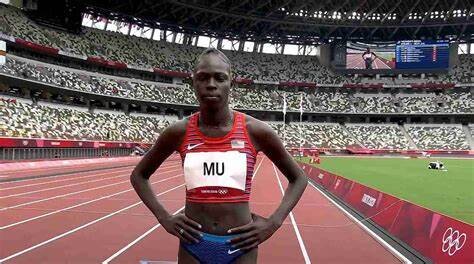
The former Olympic 800m champion got an injury earlier in the season and had to start her campaign at the US Olympic trials. She had been confirmed to open her season at the Prefontaine Classic but had to withdraw due to the injury.
Mu was off to a great start at the trials, finishing third in her heat before winning the semifinal. In the final, the unfortunate happened as she fell down and faded to a ninth-place finish. Athing Mu tried to bounce back at the Holloway Pro Classic but could only afford a fifth-place finish and ended her season there.
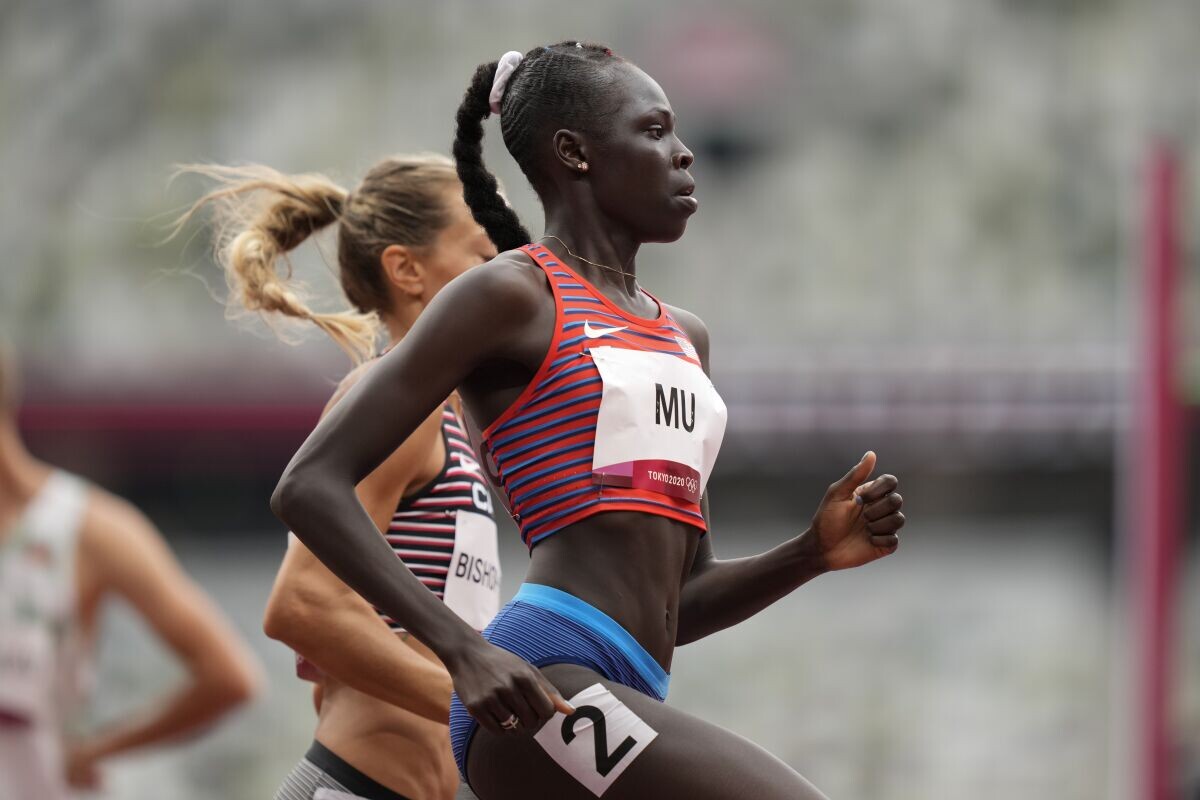
Speaking on the Jinger and Jeremy Vuolo show, Athing Mu pointed out that her season turned out awful and it was something she never expected. She was hopeful of defending her title but after the injury, reality started dawning on her that she might the Olympic Games.
However, she felt ready to get back to the track at the US Olympic trials and making it to the final was a confidence booster for her but things did not go as planned in the final.
“Olympic trials were a very tough time and I guess, just this whole in season part of the year has been really tough because a lot of things have happened, leading up and then post-Olympic trials. About six weeks before the Olympic trials, I tore my hamstring and that was the first thing we needed to heal from before going into the Olympic trials,” Athing Mu said.
“When that happened, I was still kind of hopeful about the Olympic trials but I didn’t know what was going to happen but the idea of going and winning was a little bit diminishing because I knew that healing a hamstring was a pretty tough injury to speed up.
“Making it to the Olympic trials was great and I gained a little bit of confidence throughout the rounds and then running the final, super unfortunate, I did not expect that to happen at all. I was absolutely distraught but finishing the race, I can’t really say,” she added.
After the Olympic trials, she dealt with a lot of emotions before finally getting back into training. After a few training sessions in Europe, she got another injury and could not continue with her season.
She revealed that having to end her season in such a way was devastating but she had to trust in her strong faith.
“I actually broke down a little bit and I didn’t know if I could do it and I decided to get myself together and just trust in what the LORD would do at the end of the season. when I went to train in Europe, I got another injury and knew this season was done,” she said.
by Abigael Wafula
Login to leave a comment
Dina Asher-Smith sparks speculation over potential partnership with Shelly-Ann Fraser-Pryce
British sprinter Dina Asher-Smith has got fans excited over a potential project in the works between her and Jamaican legend Shelly-Ann Fraser-Pryce following her latest social media post.
British sprinter Dina Asher-Smith has got fans wondering if there could be a new project in the works between her and Jamaican legend Shelly-Ann Fraser-Pryce.
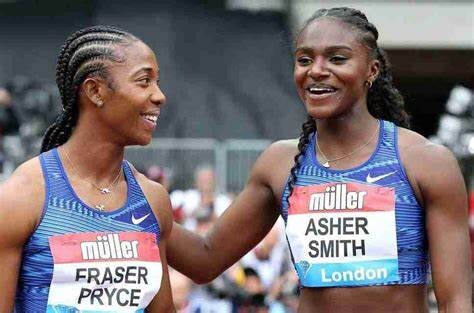
Asher-Smith, who is on holiday in Mexico, posted on her Instagram story saying she was waiting for Fraser Pryce and American hurdler Anna Cockrell to join her, leaving fans excited over a potential project involving the two.
Fraser-Pryce has been mum over her next career move since pulling out of her semi-final race at the Paris 2024 Olympics and recently split up with her coach Raynaldo Walcott.

With Asher-Smith, now based in the United States, having started working with coach Edrick “Flo” Floreal ahead of the Paris Olympics, fans are now speculating if the two sprinters could end up training together or if it was something not related to their careers.
Fraser-Pryce is looking to revive her career in 2025 after enduring tough moments in the last two years where injuries and poor form slowed her down.
The 37-year-old recovered from an injury to win bronze and the 2023 World Championships but any hopes of a major comeback in Paris went up in smoke when she withdrew from her 100m race at the Olympics for reasons she is yet to reveal.
She has, however, been in good spirits attending to her Pocket Rocket Foundation, and was recently pictured on holiday alongside her family as she plots her next step.
Asher-Smith, meanwhile, did not meet her desires since her move to the US as she exited the 100m at the semi-final before finishing fourth in 200m with her saving grace being the 4x100m relay silver with Great Britain.
by Joel Omotto
Login to leave a comment
Joe Klecker Plans His Half Marathon Debut
In a live recording of The CITIUS MAG Podcast in New York City, U.S. Olympian Joe Klecker confirmed that he is training for his half marathon debut in early 2025. He did not specify which race but signs point toward the Houston Half Marathon on Jan. 19th.
“We’re kind of on this journey to the marathon,” Klecker said on the Citizens Bank Stage at the 2024 TCS New York City Marathon Expo. “The next logical step is a half marathon. That will be in the new year. We don’t know exactly where yet but we want to go attack a half marathon. That’s what all the training is focused on and that’s why it’s been so fun. Not that the training is easy but it’s the training that comes the most naturally to me.”
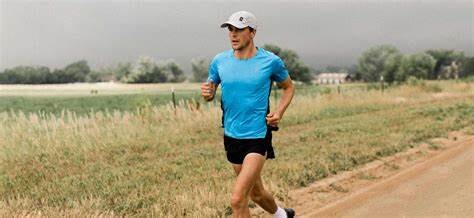
Klecker owns personal bests of 12:54.99 for 5000m and 27:07.57 for 10,000m. In his lone outdoor track race of 2024, he ran 27:09.29 at Sound Running’s The Ten in March and missed the Olympic qualifying standard of 27:00.00.
His training style and genes (his mother Janis competed at the 1992 Summer Olympics in the marathon and won two U.S. marathon national championships in her career; and his father Barney previously held the U.S. 50-mile ultramarathon record) have always linked Klecker to great marathoning potential. For this year’s TCS New York City Marathon, the New York Road Runners had Klecker riding in the men’s lead truck so he could get a front-row glimpse at the race and the course, if he chooses to make his debut there or race in the near future.
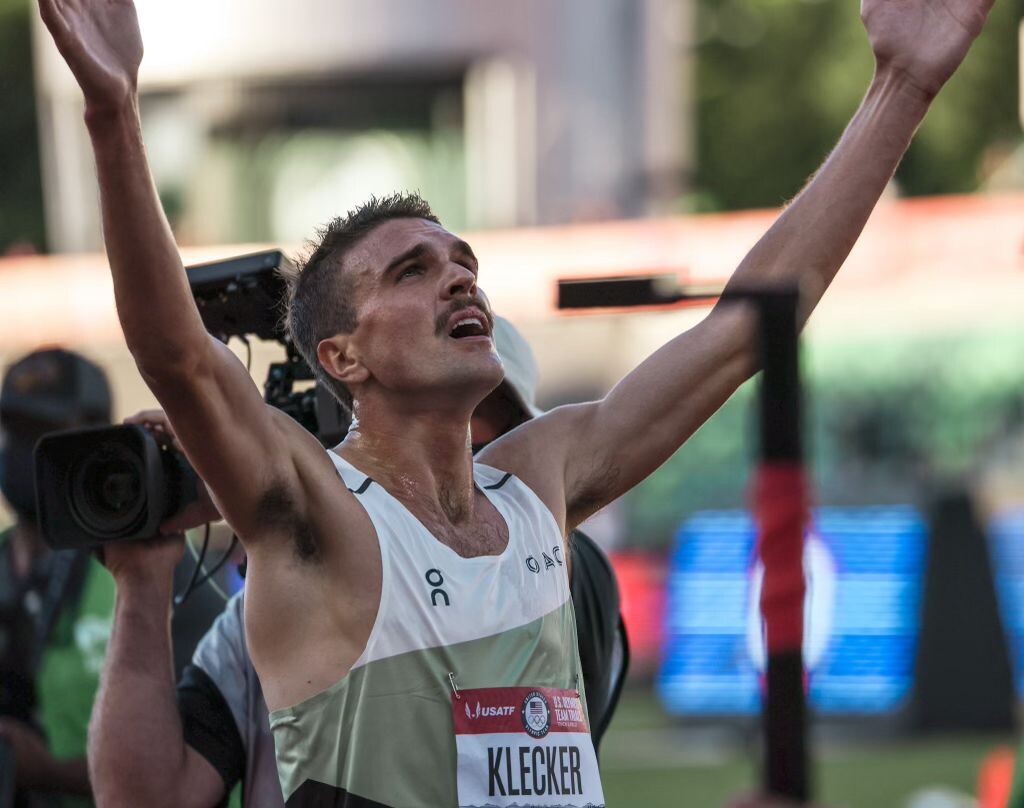
The Comeback From Injury
In late May, Klecker announced he would not be able to run at the U.S. Olympic Track and Field Trials in June due to his recovery from a torn adductor earlier in the season, which ended his hopes of qualifying for a second U.S. Olympic team. He spent much of April cross training and running on the Boost microgravity treadmill at a lower percentage of his body weight.
“The process of coming back has been so smooth,” Klecker says. “A lot of that is just because it’s been all at the pace of my health. I haven’t been thinking like, ‘Oh I need to be at this level of fitness in two weeks to be on track for my goals.’ If my body is ready to go, we’re going to keep progressing. If it’s not ready to go, we’re going to pull back a little bit. That approach is what helped me get through this injury.”
One More Track Season
Klecker is not fully prepared to bid adieu to the track. He plans to chase the qualifying standard for the 10,000 meters and attempt to qualify for the 2025 World Championships in Tokyo. In 2022, after World Athletics announced Tokyo as the 2025 host city, he told coach Dathan Ritzenhein that he wanted the opportunity to race at Japan National Stadium with full crowds.
“I’m so happy with what I’ve done on the track that if I can make one more team, I’ll be so happy,” Klecker says. “Doing four more years of this training, I don’t know if I can stay healthy to be at the level I want to be. One more team on the track would just be like a dream.”
Klecker is also considering doubling up with global championships and could look to qualify for the 2025 World Road Running Championships, which will be held Sept. 26th to 28th in San Diego. To make the team, Klecker would have to race at the Atlanta Half Marathon on Sunday, March 2nd, which also serves as the U.S. Half Marathon Championships. The top three men and women will qualify for Worlds. One spot on Team USA will be offered via World Ranking.
Sound Running’s The Ten, one of the few fast opportunities to chase the 10,000m qualifying standard on the track, will be held on March 29th in San Juan Capistrano.
Thoughts on Ryan Hall’s American Record
The American record in the half marathon remains Ryan Hall’s 59:43 set in Houston on Jan. 14th, 2007. Two-time Olympic medalist Galen Rupp (59:47 at the 2018 Prague Half) and two-time U.S. Olympian Leonard Korir (59:52 at the 2017 New Dehli Half) are the only other Americans to break 60 minutes.
In the last three years, only Biya Simbassa (60:37 at the 2022 Valencia Half), Kirubel Erassa (60:44 at the 2022 Houston Half), Diego Estrada (60:49 at the 2024 Houston Half) and Conner Mantz (60:55 at the 2021 USATF Half Marathon Championships) have even dipped under 61 minutes.
On a global scale, Nineteen of the top 20 times half marathon performances in history have come since the pandemic. They have all been run by athletes from Kenyan, Uganda, and Ethiopia, who have gone to races in Valencia (Spain), Lisbon (Portugal), Ras Al Khaimah (UAE), or Copenhagen (Denmark), and the top Americans tend to pass on those races due to a lack of appearance fees or a stronger focus on domestic fall marathons.
Houston in January may be the fastest opportunity for a half marathon outside of the track season, which can run from March to September for 10,000m specialists.
“I think the record has stood for so long because it is such a fast record but we’re seeing these times drop like crazy,” Klecker says. “I think it’s a matter of time before it goes. Dathan (Ritzenhein) has run 60:00 so he has a pretty good barometer of what it takes to be in that fitness. Listening to him has been really good to let me know if that’s a realistic possibility and I think it is. That’s a goal of mine. I’m not there right now but I’m not racing a half marathon until the new year. I think we can get there to attempt it. A lot has to go right to get a record like that but just the idea of going for it is so motivating in training.”
His teammate, training partner, and Olympic marathon bronze medalist Hellen Obiri has full confidence in Klecker’s potential.
“He has been so amazing for training,” Obiri said in the days leading up to her runner-up finish at the New York City Marathon. “I think he can do the American record.”
by Chris Chavez
Login to leave a comment
Aramco Houston Half Marathon
The Chevron Houston Marathon provides runners with a one-of-a-kind experience in the vibrant and dynamic setting of America's fourth-largest city. Renowned for its fast, flat, and scenic single-loop course, the race has earned accolades as the "fastest winter marathon" and the "second fastest marathon overall," according to the Ultimate Guide to Marathons. It’s a perfect opportunity for both elite athletes...
more...Yemane Haileselassie And Fentaye Belayneh Win Chilly Boston Half-Marathon
Fentaye Belayneh of Ethiopia and Yemane Haileselassie of Eritrea won this morning’s 22nd Boston Half-Marathon on a sunny and near-freezing morning here. Employing completely different tactics, Belayneh won in a pack-sprint to the finish in Franklin Park where the first three women finished in a span of just one second. Haileselassie won in a solo breakaway, dominating the final miles and winning by 15 seconds. Both athletes won $12,000 in prize money.
The women’s race got out slowly, and the first mile was completed in just 5:41, a comfortable training pace for athletes at this level. Britain’s Calli Hauger-Thackery was at the front. She said that she felt good taking the lead and wanted to work on some of her racing skills.
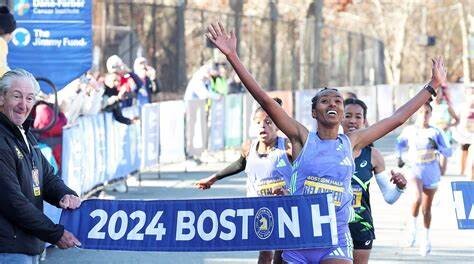
“I felt good doing that,” Hauger-Thackery told Race Results Weekly. “I was practicing not being set in a set pace. I’ve got to practice surging… not be afraid to put in a five minute mile here and there.”
The first real move happened just before 5-K where Ethiopia’s Mestawut Fikir, who was fifth at this race last year, put in a surge. The field responded immediately, and Kenyan’s Veronica Loleo and Daisy Jepkemei, and Ethiopians Melknat Wudu and Mebrat Gidey followed her single file. They passed through 5-K in 17:17 and four miles in 21:45. The downhill fourth mile was passed in a fast 5:05.
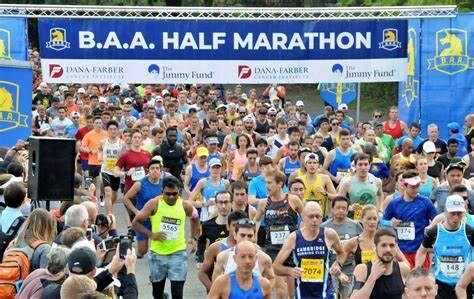
Fikir’s mini-surge only brought the lead pack down to 12. Although the second, five-kilometer segment was faster (16:27) it wasn’t enough to dwindle the field further. Fikir decided to go again just after the 10-K mark, and that move sent Hauger-Thackery and Australia’s Lauren Ryan several steps back. Kenya’s Mercy Chelangat was also having trouble holding on. Mile-8 went into the books at 5:10, and the serious racing had begun.
But after that, none of the women were keen to open up the race further, and the pace slowed enough that Chelangat managed to catch up. Remarkably, eight women were still together as they ran back to Franklin Park for the finish. Indeed, the race would not be decided until the final 200 meters when Belayneh, who had not led one step of the race, jumped the field and broke for the tape. She was ready for that kind of move.
“I prepared very well and I knew Boston was a good course,” Belayneh said with the help of a translator. “I prepared very well.”
Fikir and Senayet Getachew, another Ethiopian, were right on Belayneh’s heels as she bolted for the tape, but they just couldn’t catch their speedier rival. She broke the tape, arms raised with a huge smile, in 1:10:26. Fikir was given the same time, and Getachew was just one second back. Loleo got fourth in 1:10:29, and Wudu was fifth in 1:10:30. The first seven women finished in just a six-second span.
“At the end, I decided at the end,” Belayneh said when asked when she knew that the time was right for her final move. “It was a rough race, but I knew I could hold on and push. I had some little (energy) left over. I used that.”
Farther behind, Chelangat finished eighth in 1:10:43 and Hauger-Thackery was ninth in 1:10:49. The two women, both former NCAA stars who know each other from training in Flagstaff, embraced at the finish line.
“It was fun, it was good,” said Hauger-Thackery, who plans to run the California International Marathon in December with her husband, Nick. She added: “This was a good race to go for it, get the blood flowing.”
Unlike Belayneh, Haileselassie did not want to wait for the final sprint. In the ninth mile, he and Isaac Kipkemboi of Kenya and Haimro Alame of Israel pulled away from the field. Haileselassie was on the front, and kept pressing.
“Actually, when I lead in mile-nine I give them a little bit gap,” Haileselassie told Race Results Weekly. “I looked over my back, I had little bit gap. I know they can’t touch me.”
The Eritrean crossed to the finish line alone in 1:01:46. Kipkemboi was a clear second in 1:02:01, but Alame faded in the final miles and only finished sixth in 1:02:12. Taking the final podium position was Canadian miler Kieran Lumb, who was making his half-marathon debut. Lumb, who made the Paris Olympic 1500m semi-finals, was timed in 1:02:03. He was happy with his race, a good fitness test before the Canadian Cross Country Championships later this month, even if it hurt a little.
“It was hard,” said Lumb. “Honestly, it was pretty hard early on. I would say, like 20 minutes in, I didn’t feel amazing. I did not sleep well last night, either. I slept like four hours.”
Today’s event was the third and final race in the 2024 Boston Athletic Association’s Distance Medley which included the Boston 5-K on April 13 and the Boston 10-K on June 23. About 6500 runners finished today’s race.
by David Monti ,
Login to leave a comment
B.A.A. Half Marathon
Dana-Farber and the Jimmy Fund have partnered with the B.A.A. in the Half Marathon for 13 years as the race’s presenting sponsor. Through this relationship, team members have collectively raised more than $5 million to support groundbreaking cancer research, and enabled Dana-Farber scientists and clinicians to positively impact the lives of cancer patients around the world. Dana-Farber runners often participate...
more...MARATHON GROUNDBREAKERS
Since Australia’s Derek Clayton ran history’s first sub—2:10 marathon in Fukuoka, Japan, on 3 December 1967, there have been a total of 4538 sub—2:10 marathons (as of 30 October 2024), 4537 by men, one by a woman.
As with any new ground-breaking performance, Ruth Chepngetich’s 2:09:56 in Chicago on 13 October has forced us to reassess all our past assumptions, or, like many, to doubt the validity of the performance itself. But no matter how we got here, to whatever you want to ascribe it, this is where we are now, 2:09:56 by a woman.
In this new reality, until proven otherwise, Ruth Chepngetich is the new Paula Radcliffe, just as Paula was the new Grete Waitz, one ground-breaker to the next, 1978 to 2003 to 2024.
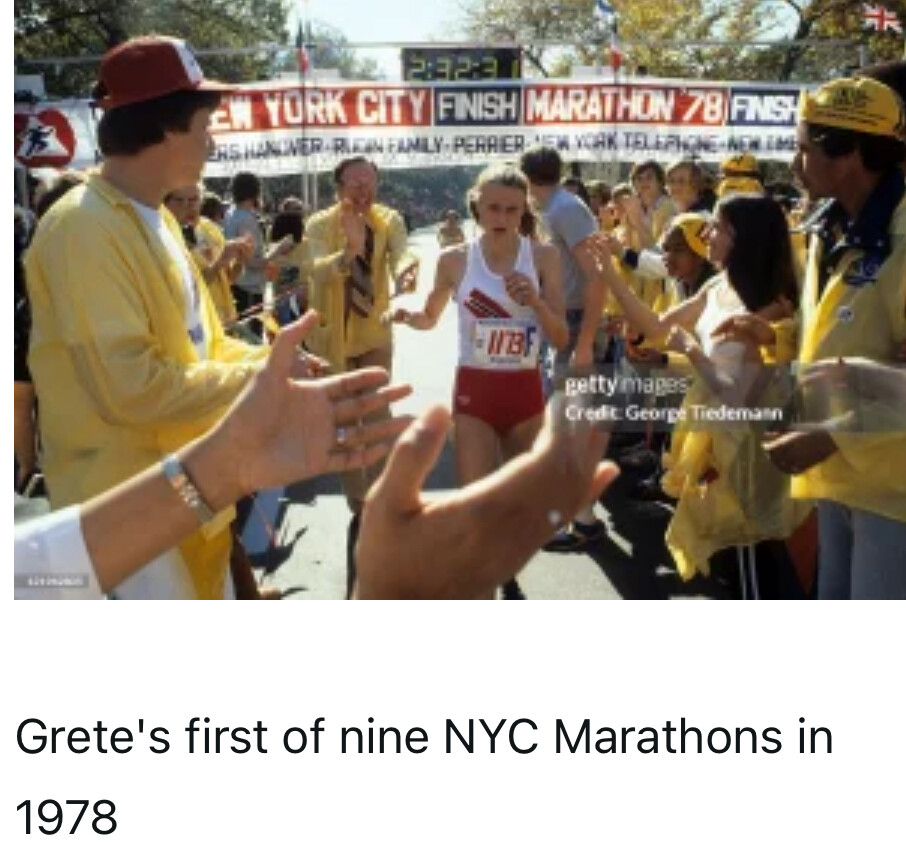
There have been many talented women champions through the years besides those three, including all the pioneers who had to overcome centuries of gender bias that restricted women from even showing their stuff.
But in terms of pure ground-breaking, the 1978 New York City Marathon drew a bright line between what once was and what would be.
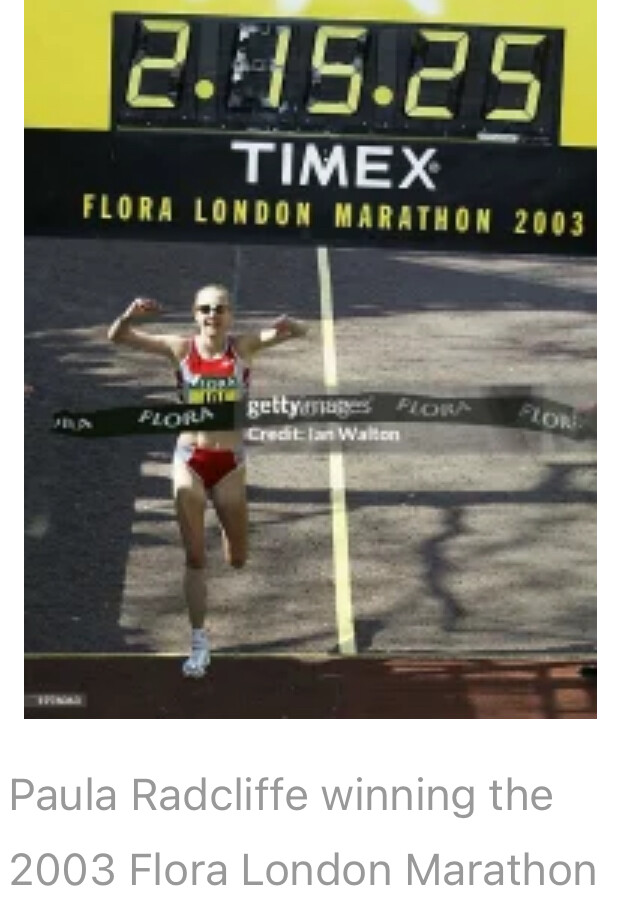
On 22 October 1978, Norway’s track and cross-country star Grete Waitz participated in the marathon for the first time, almost on a whim, as the trip was more of a honeymoon for her and husband Jack after the long track season.
The 2:32:30 world record Grete ran that day was totally unexpected by both the public and Grete herself. She wore bib #1173, wasn’t included on the list of elite women, and came with no specific marathon preparation (not a single run over 13 miles). In fact, she was so upset with husband, Jack, for suggesting she come run the marathon that she threw her shoes at him in the hotel room following her victory.
Still, like almost all debuting marathoners, after a short period of recovery and reflection, Grete concluded she could probably improve next time.
Thus, in New York 1979, following a more careful preparation, Grete ripped nearly five full minutes off her 1978 mark to record history’s first sub—2:30 by a woman at 2:27:33. Her margin of victory over England’s Gillian Adams was 11 minutes (2:38:33). The combination of the mild-mannered former geography teacher from Oslo and the raucous New York City crowds proved transformative, elevating women’s running to heights previously unimagined.
Though Japan’s Naoko Takahashi broke the 2:20 barrier for women in Berlin 2001, after Norway’s Ingrid Kristiansen (2:21:15, London ‘85), America’s Joan Benoit Samuelson (2:21:21, Chicago’85), and Kenyan Tegla Loroupe (2:20:43, Berlin ‘99) all challenged the barrier in the 1980s and ‘90s, it was England’s Paula Radcliffe who established new headlands in the marathon in London 2003 with her 2:15:25.
Nearly two minutes faster than her own 2:17:18 record from Chicago the year before, her 2:15 arced away from Catherine Ndereba’s 2:18:47 from Chicago 2001, completed just one week after Takahashi’s first sub-2:20 in Berlin.
The quality of Paula’s 2:15 can be seen in the 16 years and an entire shoe technology revolution that developed before Kenya’s Brigid Kosgei did Paula one better in Chicago 2019 at 2:14:04. That performance plowed new ground again. And now we have Ruth Chepngetich in Chicago 2024 with history’s first sub-2:10, just a year after Ethiopia’s Tigst Assefa’s first sub—2:12 in Berlin `23 (2:11:53).
Twice before, Chepngetich had come to Chicago with world record intentions. In 2022, she won the race in 2:14:18, just 14 seconds off Kosgei’s record. In 2023 she finished second in 2:15:37. On both occasions she flew through halfway under 66 minutes, only to falter in the second half. Perhaps she was a close reader of Malcolm X.
“There is no better teacher than adversity. Every defeat, every heartbreak, every loss, contains its own seed, its own lesson on how to improve your performance the next time.” – Malcolm x
In simple terms, making innovative strides in athletics requires time, experimentation, and reviewing, similar to how new scientific theories are examined before full acceptance. But women just haven’t been at the marathon game long enough to produce a large enough sample size to define their outer limits with any accuracy. They are barely two generations in since 1978.
Men have been competing for a much longer time with a much larger sample size.
Though Eliud Kipchoge surpassed the two-hour barrier in Vienna in 2019, that was accomplished as an exhibition, not a sanctioned race. In that sense, we are still awaiting the next barrier breaker on the men’s side in the Marathon.
Looking back, England’s Jim Peters stands as the first modern barrier breaker with his 2:18:40 win at the 1953 Polytechnic Marathon between Windsor and Chiswick in West London, England, history’s first sub—2:20.
Next was Ethiopia’s Abebe Bikila, the legendary double Olympic victor in Rome 1960 and Tokyo 1964. His 2:15:17 in Rome still stands as the barefoot marathon world record.
Next came Australia’s Derek Clayton, the first man under both 2:10 and 2:09. His 2:08:34 from Antwerp 1969 lasted for 12 years, holding off challenges throughout the entire Running Boom era headed by Americans Frank Shorter and Bill Rodgers.
Though never world record holders, the two Americans dominated the 1970s boom era, Shorter through the first half, Rodgers the second.
The Eighties were the last decade of international marathon champions: American (Al Salazar, Greg Meyer); European (Steve Jones, Carlos Lopes); Japanese (Toshihiko Seko and the Soh brothers); and Australian (Rob de Castella). Kenya’s Joe Nzau won Chicago in 1983 in a thrilling duel with England’s Hugh Jones when Chi-town was still developing its reputation as a world class event.
Ibrahim Hussein set new records in Honolulu and kick-started the Kenyan marathon revolution
The full East African deluge didn’t begin until 1987 and ‘88 when Kenya’s Ibrahim Hussein (already a two-time and soon to be three-time Honolulu Marathon champion) became Africa’s first New York City and Boston Marathon winner and Ethiopia’s Belayneh Dinsamo set the world record, 2:06:50, in Rotterdam 1988 that lasted over a decade.
The list of marathon stars from other nations scaled back markedly in the 1990s. Mexico had its turn at the top via greats like Dionicio Cerón (1994-`96 London champion), and back-to-back New York Ciy winner German Silva (1994 & 1995).
Moroccan-born American Khalid Khannouchi twice ran a world marathon record, first in Chicago 1999 (2:05:42), then three years later in London 2002 (2:05:38). And who could forget the personable Brazilian, Marílson Gomes dos Santos, who won New York City twice in 2006 & 2008, or Meb in NYC `09 and Boston 2014??
But the United Nations pickings get rather meager after that as East African athletes have had a stranglehold on the sport of marathoning, most dominatingly by Kenya’s Eliud Kipchoge. His run of sustained excellence over 42.2 kilometers was, and is, unprecedented in its longevity, including double gold in Rio 2016 and London 2020. And his last world record of 2:01:09 in Berlin 2022.
Sadly, the current record holder, Kelvin Kiptum, died in a car accident in February 2024 after establishing the 2:00:35 world record in Chicago 2023.
With the 2024 TCS New York City Marathon scheduled this weekend, we don’t expect to see any record performances. Yet, all the above is why we follow the game, isn’t it, to witness the arc of improvement over time, while hoping to discover a new name to remember? It’s as valid a focus as any other in this life.
And despite its many flaws and corruptions, the sport of marathoning retains an innate dignity that many endeavors do not. People may have bruised, battered, and tarnished it in the name of glory and money. But it survives, nonetheless, as a simple reflection of the human drive to achieve more in the quest to discover our best.
Doesn’t always turn out that way, but I don’t think we are done with it quite yet. Onward!
by Toni Reavis
Login to leave a comment
50 Motivational Running Quotes About Racing
Find Inspiration from Running Icons and Legends
Even the most motivated among us occasionally has a challenging time wanting to lace up our shoes and hit the pavement running. Bookmark this page for the next time motivation is waning for you. Read on for inspirational race quotes to pump you up before your next run.
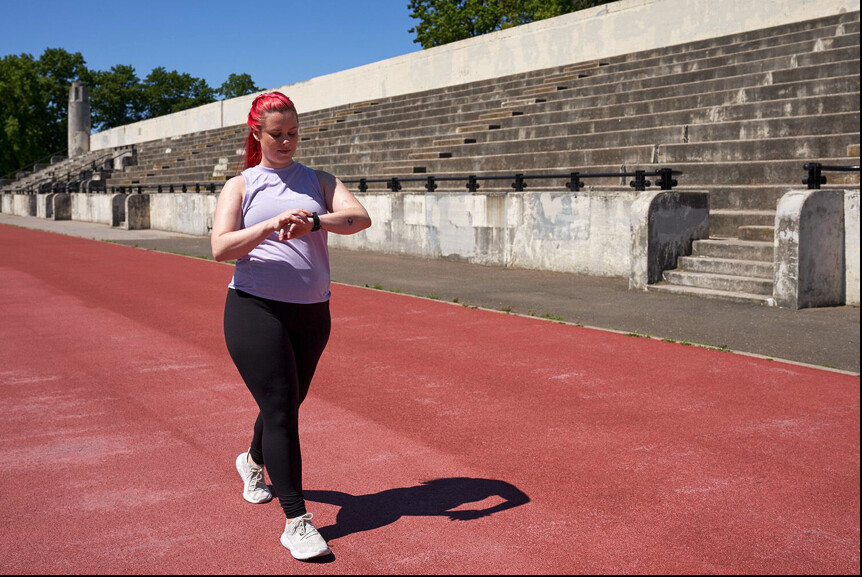
"The miracle isn't that I finished. The miracle is that I had the courage to start." —John Bingham, running speaker and writer
"Fear is gradually replaced by excitement and a simple desire to see what you can do on the day." —Lauren Fleshman, American distance runner
"It doesn't matter whether you come in first, in the middle of the pack, or last. You can say, 'I have finished.' There is a lot of satisfaction in that." —Fred Lebow, co-founder of the New York City Marathon
"When you put yourself on the line in a race and expose yourself to the unknown, you learn things about yourself that are very exciting." —Doris Brown Heritage, women's distance running pioneer
"Good health, peace of mind, being outdoors, camaraderie: those are all wonderful things that come to you when running. But for me, the real pull of running—the proverbial icing on the cake—has always been racing." —Bill Rodgers, winner of four Boston Marathons
"Big occasions and races which have been eagerly anticipated almost to the point of dread, are where great deeds can be accomplished." —Jack Lovelock, environmentalist and futurist
"I also realize that winning doesn't always mean getting first place; it means getting the best out of yourself." —Meb Keflezighi, 2004 Olympic Marathon silver medalist
"Why race? The need to be tested, perhaps; the need to take risks; and the chance to be number one." —George Sheehan, running columnist and writer
RELATED: A Beginner's Guide to Becoming a Runner
"Everyone in life is looking for a certain rush. Racing is where I get mine." —John Trautmann, Olympic runner
"I'm always nervous. If I wasn't nervous, it would be weird. I get the same feeling at all
"My thoughts before a big race are usually pretty simple. I tell myself: 'Get out of the blocks, run your race, stay relaxed. If you run your race, you'll win.'" —Carl Lewis, nine-time Olympic gold champion
RELATED: How to Plan a Running Route Using Map Apps on Your Phone
"I love controlling a race, chewing up an opponent. Let's get down and dirty. Let's fight it out. It's raw, animalistic, with no one to rely on but yourself. There's no better feeling than that." —Adam Goucher, U.S. Nationals 5K race champion
"I'm going to work so that it's a pure guts race at the end, and if it is, I am the only one who can win it." —Steve Prefontaine, legendary American long-distance runner
"Let's just say it and be done with it. Racing hurts. But here's another truth: having put in the effort to prepare for a race and then not giving it your all hurts even more. The first kind of hurt goes away in hours or a day. The second kind of hurt can last a lifetime." —Larry Shapiro, author of Zen and the Art of Running
"Different people have different reasons for racing, but
"Running is in my blood—the adrenaline flows before the races, the love/hate of butterflies in your stomach." —Marcus O'Sullivan, Irish middle-distance runner
"It's just as important to remember that each footstrike carries you forward, not backward. And every time you put on your running shoes you are different in come way than you were the day before. This is all good news." —John Bingham, American marathon runner
"Racing teaches us to challenge ourselves. It teaches us to push beyond where we thought we could go. It helps us to find out what we are made of. This is what we do. This is what it's all about." —PattiSue Plumer, U.S. Olympian
"You didn't beat me. You merely finished in front of me." —Hal Higdon, American writer and runner
"Fast running isn't forced. You have to relax and let the run come out of you." —Desiree Linden
"No marathon gets easier later. The halfway point only marks the end of the beginning." —Joe Henderson, famed running coach
RELATED: Race Day Tips for Running Your First 5K
"No matter how old I get, the race remains one of life's most rewarding experiences." —George Sheehan
"If you feel bad at
"What distinguishes those of us at the starting line from those of us on the couch is that we learn through running to take what the days gives us, what our body will allow us, and what our will can tolerate." —John Bingham, running writer and speaker
"For me, races are the celebration of my training." —Dan Browne, National Champion 5K and 20K runner
"Run when you can, walk if you have to, crawl if you must; just never give up." —Dean Karnazes, ultramarathon runner
"Every race is a question, and I never know until the last yards what the answer will be. That's the lure of racing." —Joe Henderson
"It's amazing how the same pace in practice can feel so much harder than on race day. Stay confident. Trust the process." —Sara Hall, American long-distance runner
"Winning has nothing to do with racing. Most days don't have races anyway. Winning is about struggle and effort and optimism, and never, ever, ever giving up." —Amby Burfoot, American marathon runner
"Your goal is simple: Finish. Experience your first race, don’t race it." —Bob Glover, author of The Runner's Handbook
"Don't dream of winning, train for it!" —Mo Farah, Olympic long
"Nothing, not even pain, lasts forever. If I can just keep putting one foot in front of the other, I will eventually get to the end." —Kim Cowart, runner and journalist
"The real purpose of running isn't to win a race. It's to test the limits of the human heart." —Bill Bowerman, co-founder of Nike
"Our running shoes have magic in them. The power to transform a bad day into a good day; frustration into speed; self-doubt into confidence; chocolate cake into muscle." —Mina Samuels, author of Run Like a Girl
"There is magic in misery. Just ask any runner." —Dean Karnazes
"Run often. Run long. But never outrun your joy of running." —Julie Isphording, American Olympic runner
Login to leave a comment
Bernard Ngeno headlines strong men's field for Boston Half Marathon
Thousands of athletes, including top contenders like Bernard Ngeno and Melknat Wudu, will compete in the Boston Half Marathon on November 10, with elites aiming for records and personal bests.
Thousands of athletes will be looking to make an impression at the Boston Half Marathon on Sunday, November 10.
The men’s race boasts four men who have clocked personal bests under one hour. Headlining the field will be Bernard Ngeno who has a personal best time of 59:07 minutes. Isaac Kipkemboi (Kenya, 59:17), Bravin Kiptoo (Kenya, 59:37) and American Leonard Korir are also some of the headliners of the field.

Bernard Ngeno is fresh from racing at the Principality Cardiff Half Marathon where he finished 15th. He is one of the most decorated road runners and has won eight international half-marathons. On his part, Leonard Korir has represented Team USA at two Olympic Games, including at the Paris Olympic Games.
Others confirmed for the event include Ben Flanagan of Canada and Yemane Haileselassie from Eritrea and they are both familiar with the roads. Flanagan finished second at the 2023 Boston 5K while Haileselassie was third at last year’s Boston Half Marathon.
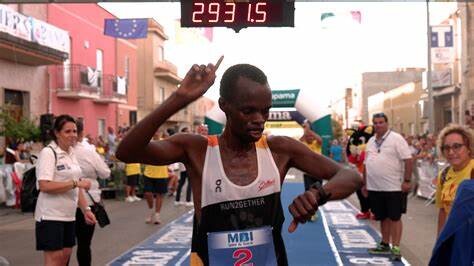
Others confirmed for the race include Sam Chelanga who was third at the 2012 Boston Half Marathon and seventh last year. Daniel Mesfun finished 15th at the U.S. Olympic Trials Marathon.
The women’s race is headlined by Ethiopia’s Melknat Wudu who is fresh from winning the 10km title and she will be back to make her half marathon debut. Wudu ran 31:15 to win the race and is a two-time World Junior Championships silver medalist on the track.
She will be up against fellow Ethiopians including Mestawat Fikir and Bosena Mulatie, the duo who finished second and third at last month’s Berlin Marathon.
Uganda’s Sarah Chelangat, Ethiopians Fentaye Belayneh and Mebrat Gidey, and Britain’s Calli Hauger-Thackery will also be in the race. Chelangat placed 12th at the 2024 Olympic 10,000m, while Belayneh was runner-up at the Boston Half Marathon in 2023 and she will be out to go one place better.
Gidey placed 10th at the 2024 World Cross Country Championships while Hauger-Thackery set a lifetime best 2:21:24 at the Berlin Marathon this year, finishing seventh.
“Nearly 9,000 athletes will take part in this year’s Boston Half, and at the front of the field will be fan favorites striving for event records and personal bests,” said Jack Fleming, President and CEO of the B.A.A.
“We’re eager to welcome competitors from more than 40 countries to the roads of Boston, ranging from the world’s best to those looking to complete their first half marathon.”
by Abigael Wafula
Login to leave a comment
B.A.A. Half Marathon
Dana-Farber and the Jimmy Fund have partnered with the B.A.A. in the Half Marathon for 13 years as the race’s presenting sponsor. Through this relationship, team members have collectively raised more than $5 million to support groundbreaking cancer research, and enabled Dana-Farber scientists and clinicians to positively impact the lives of cancer patients around the world. Dana-Farber runners often participate...
more...

